Reading tens of thousands of books is better than traveling thousands of miles and driving a five-belt journey to China with a family of three and a half (including entering Tibet)











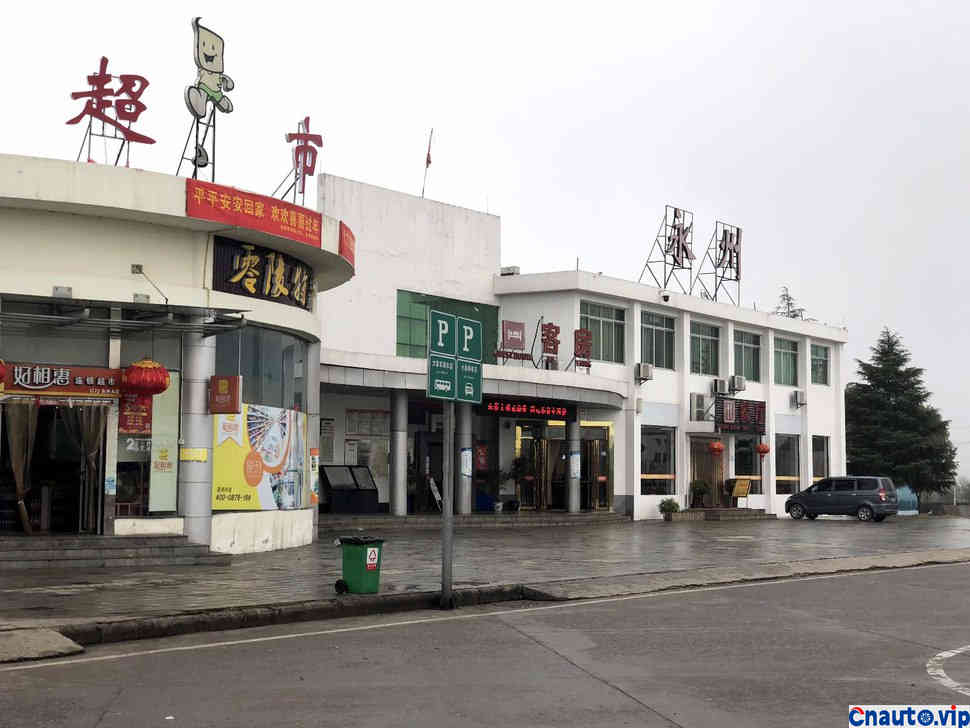








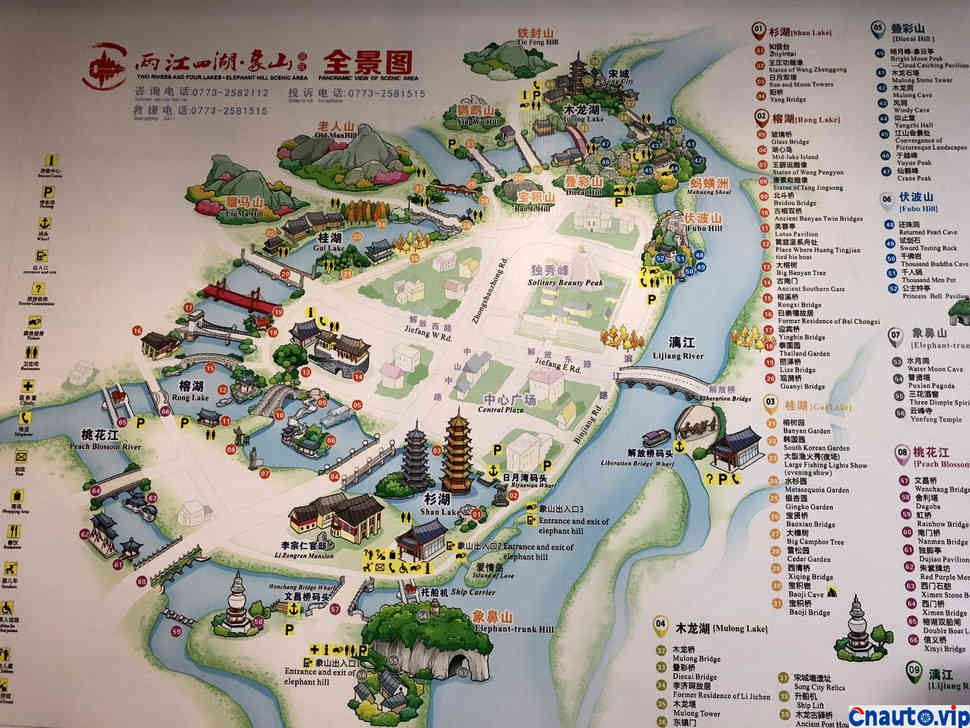


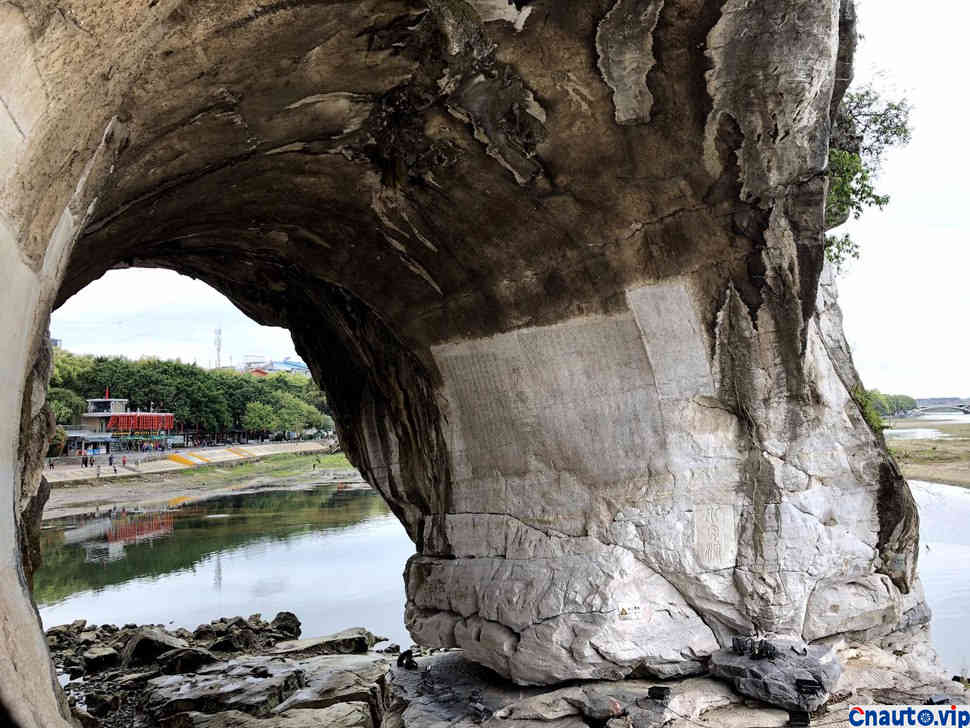




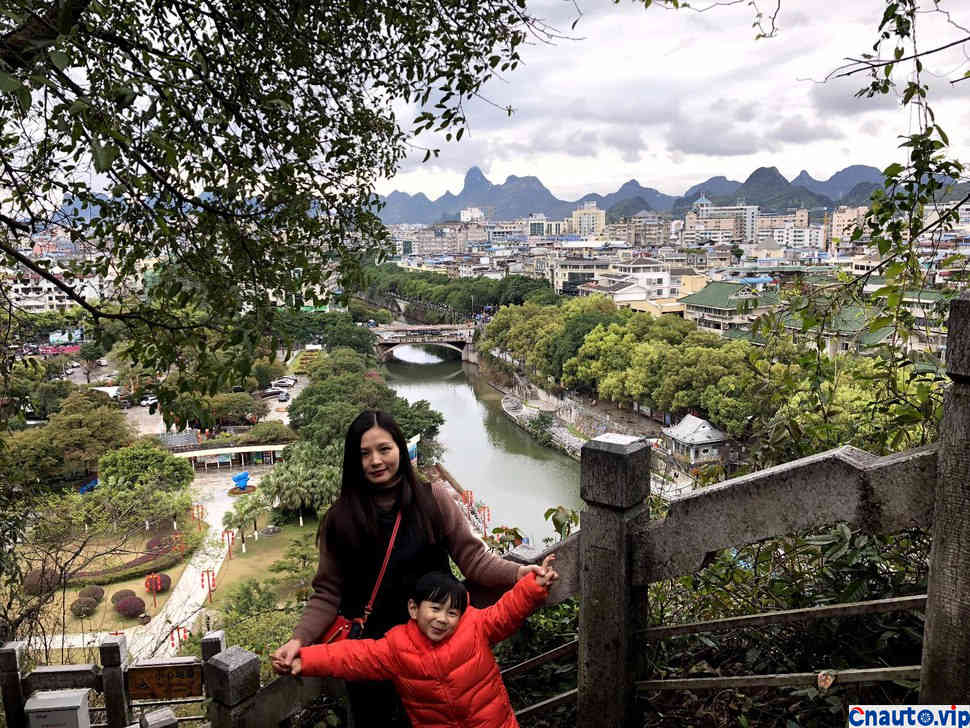
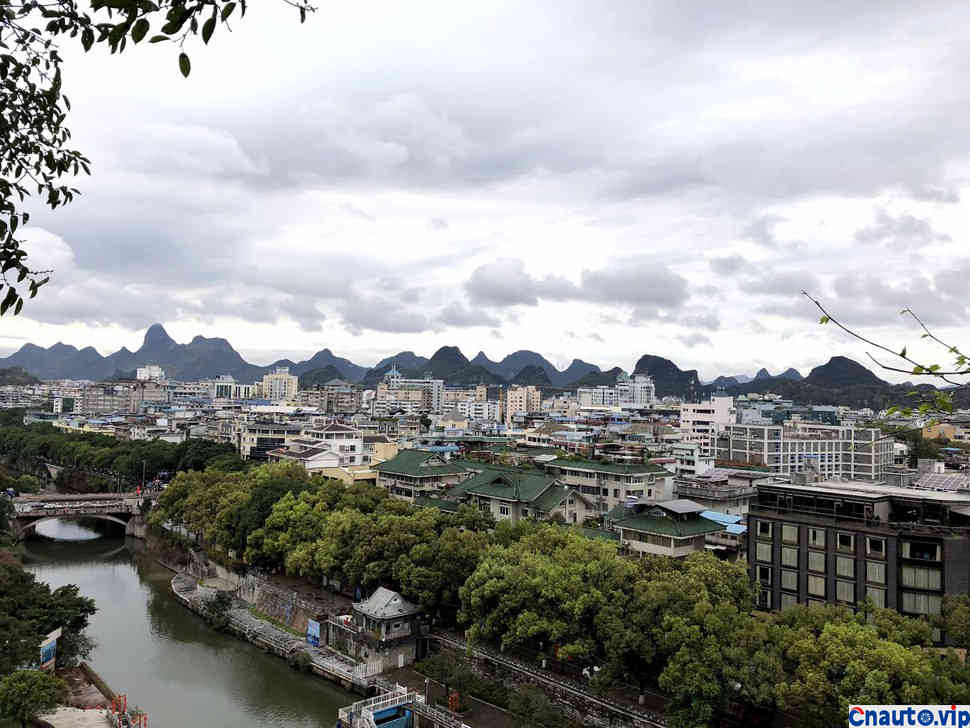

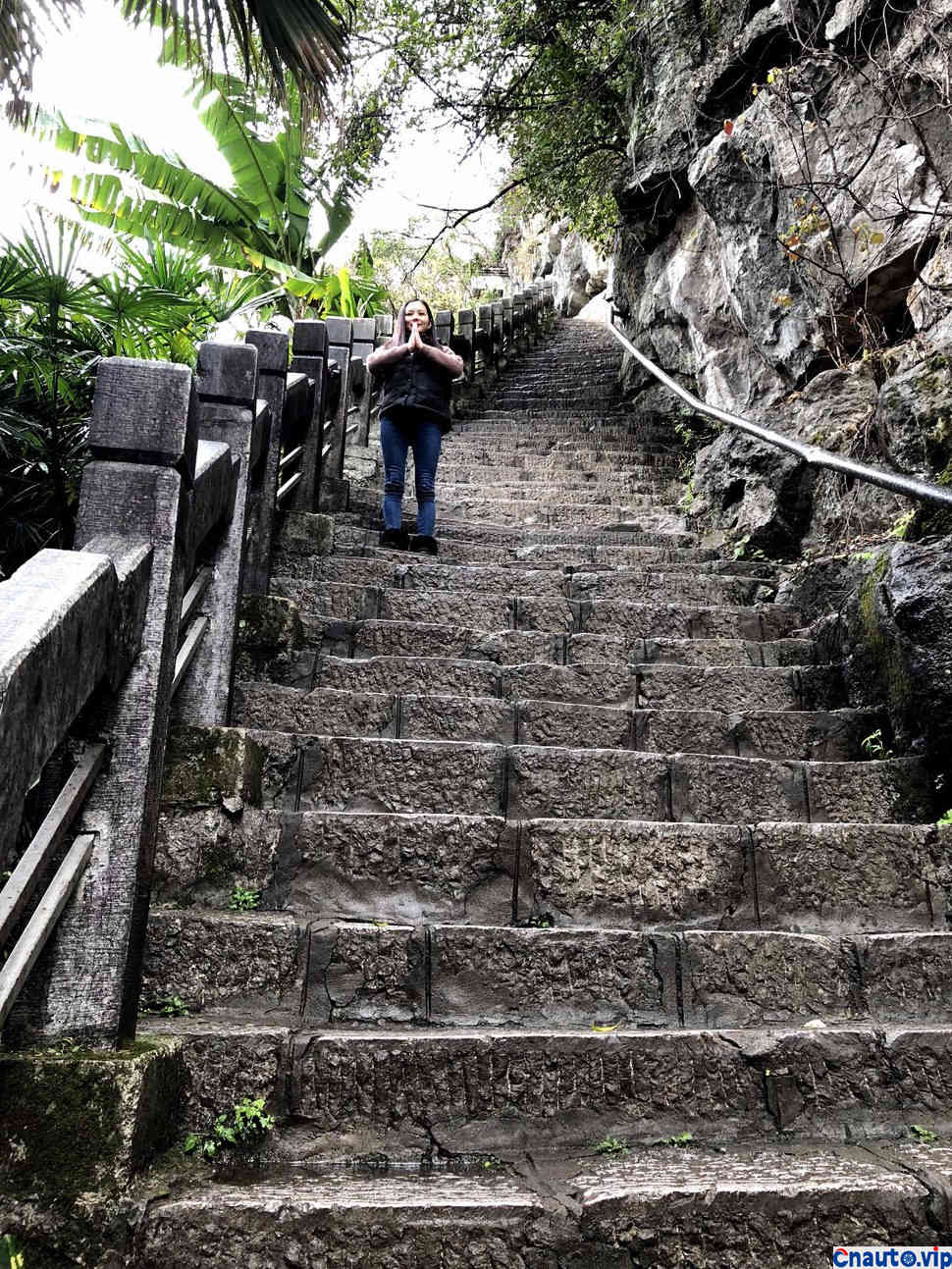



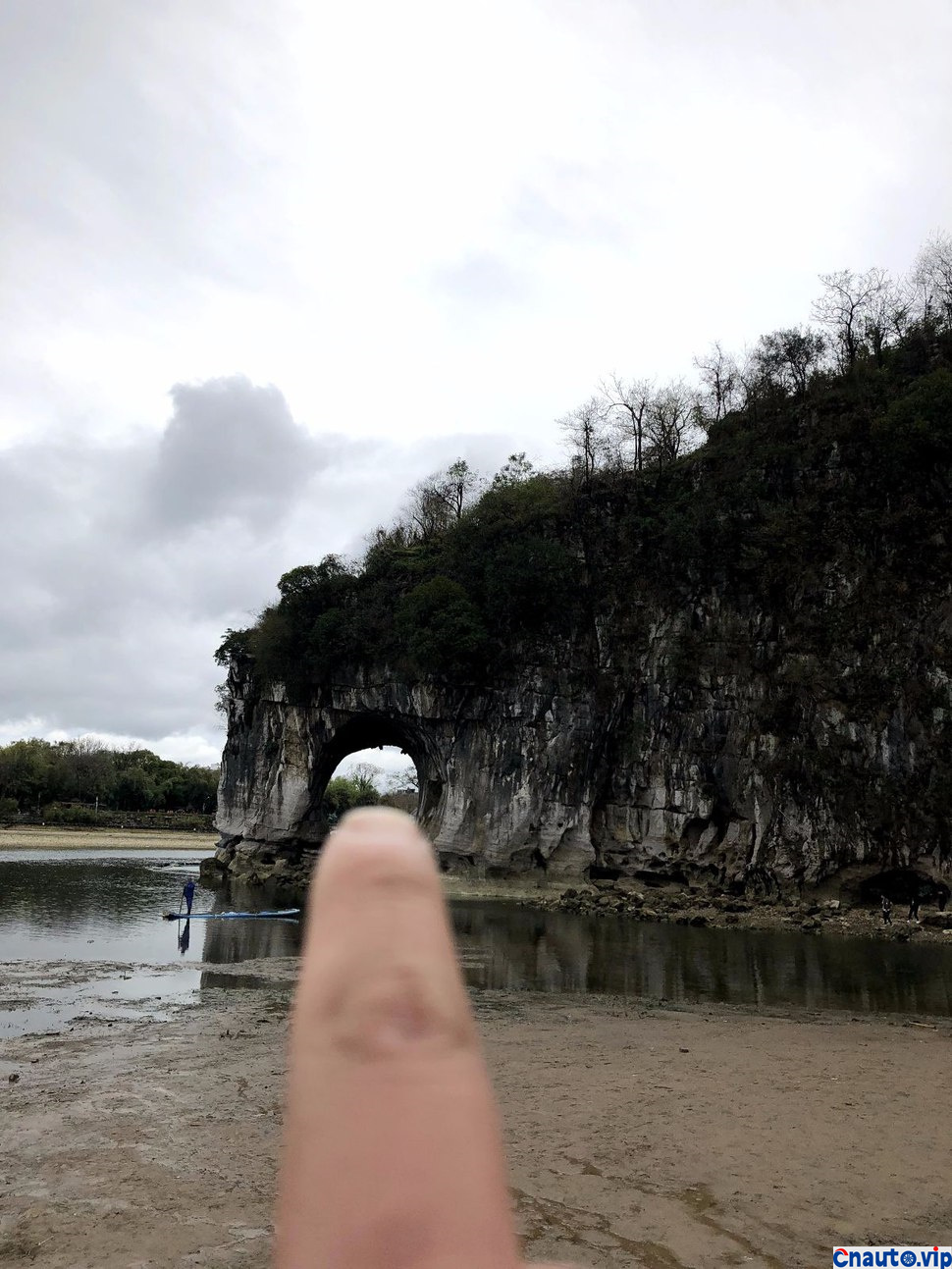

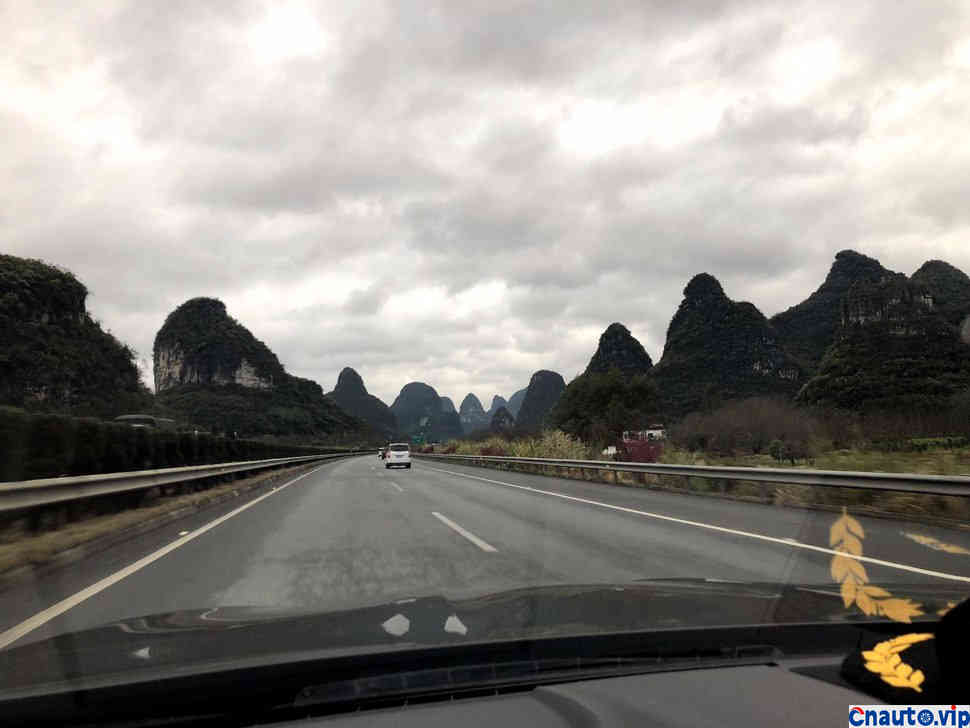

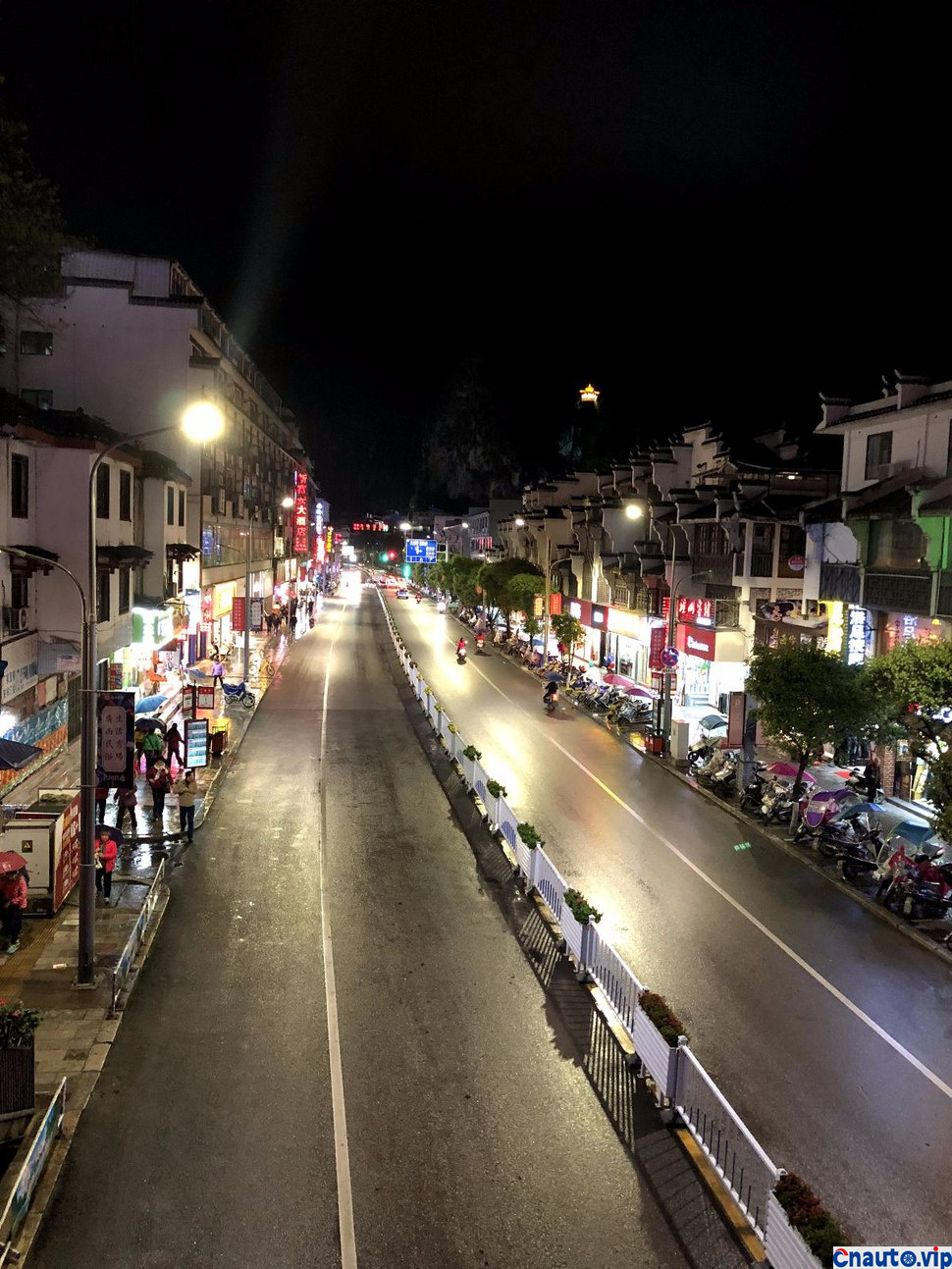
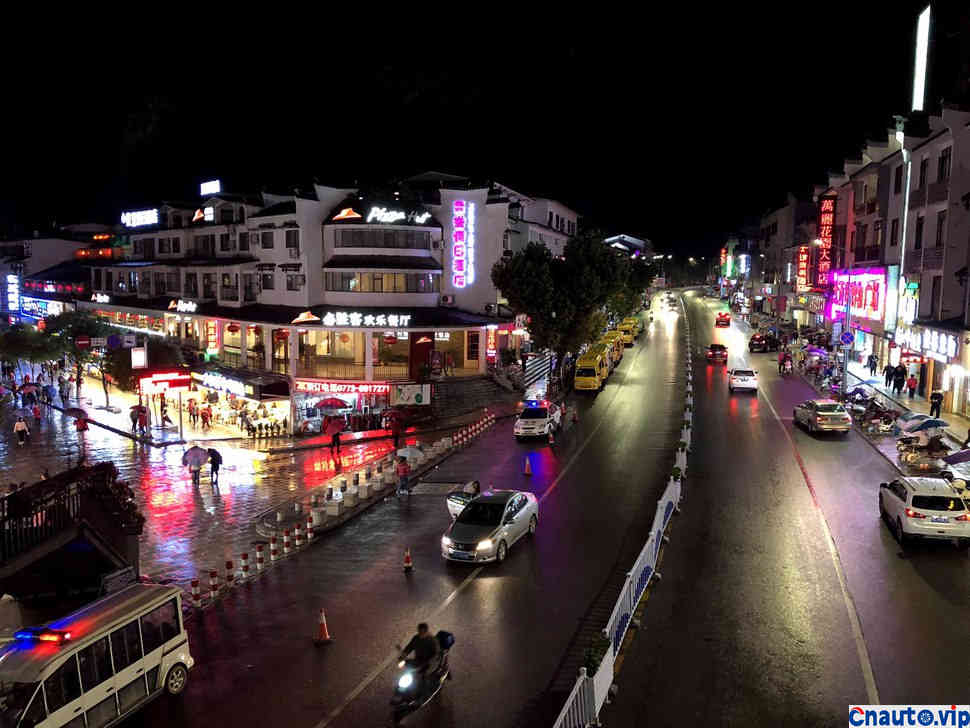




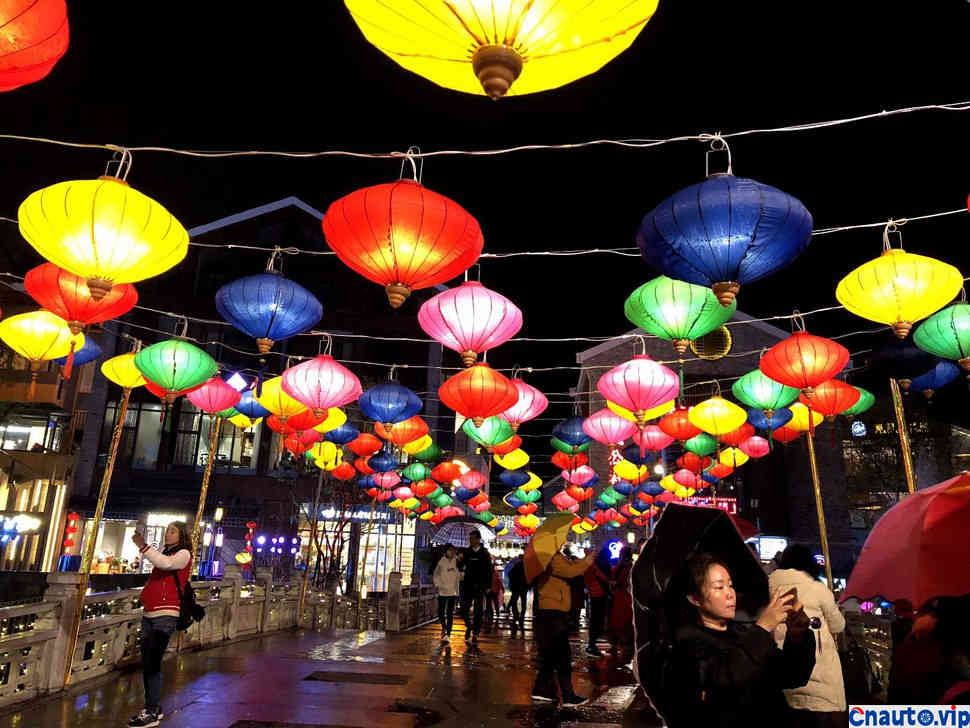













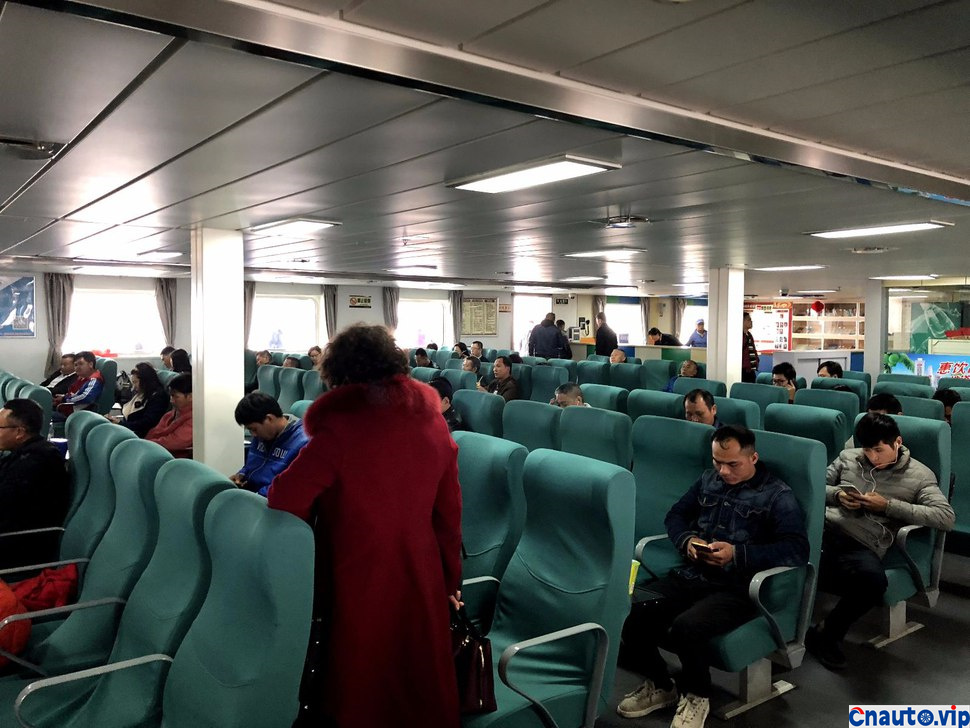
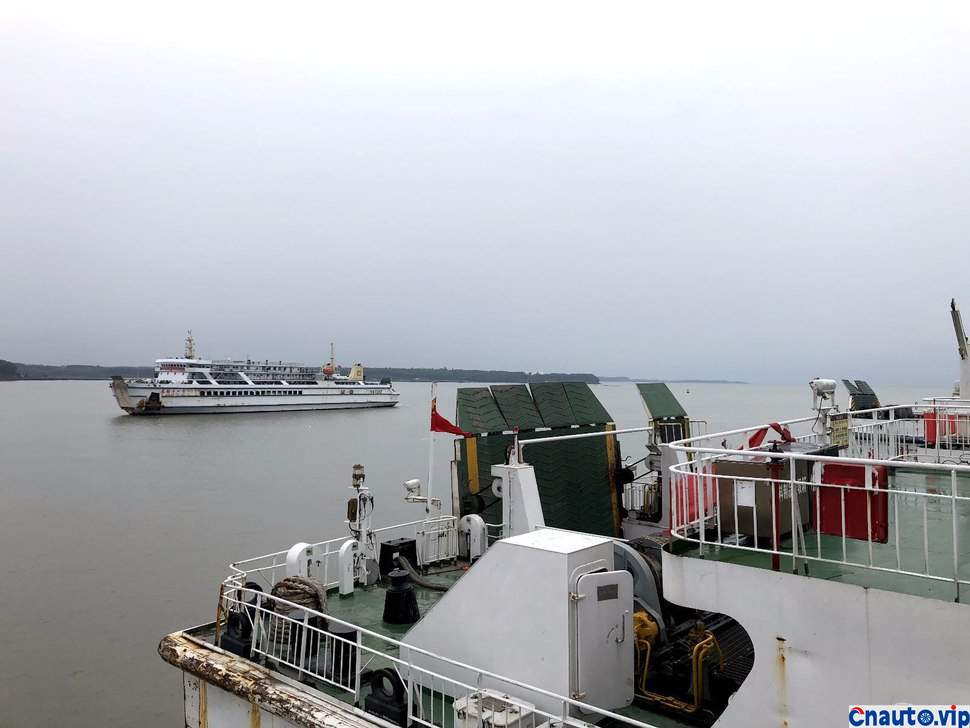
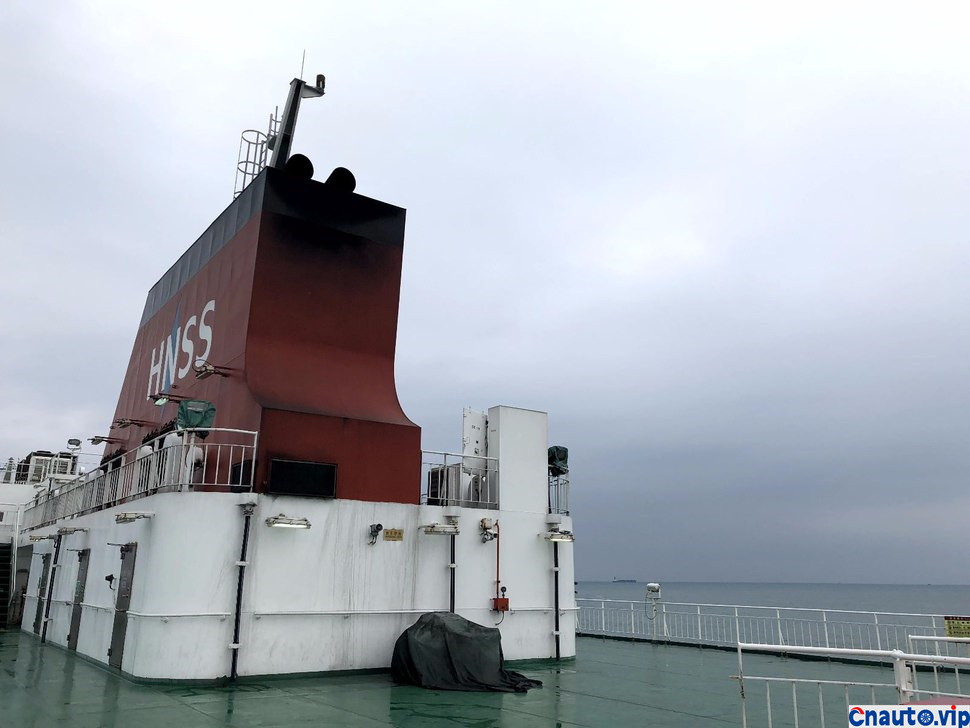


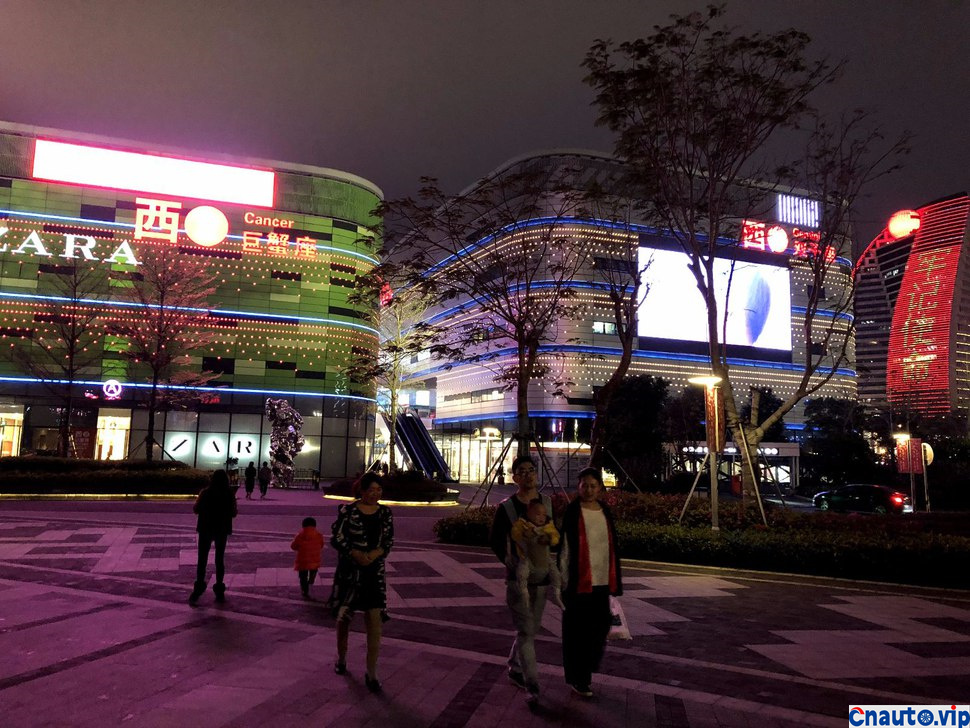
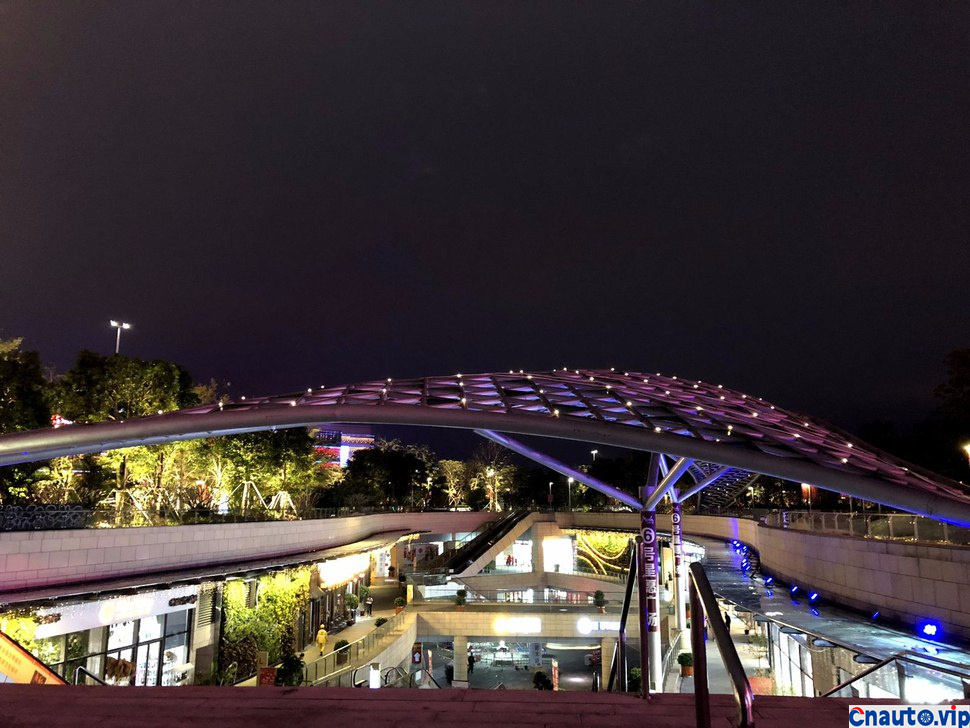
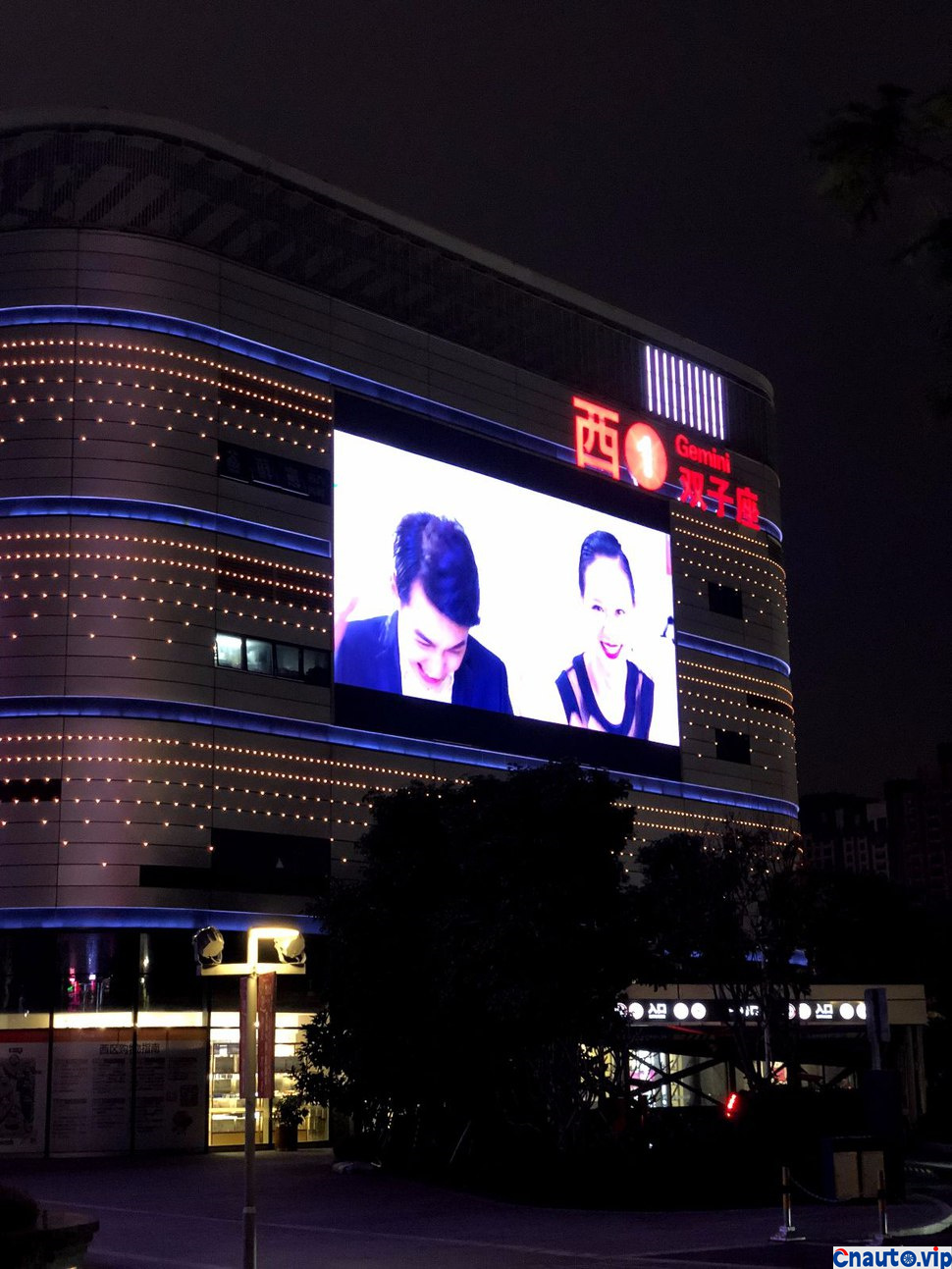


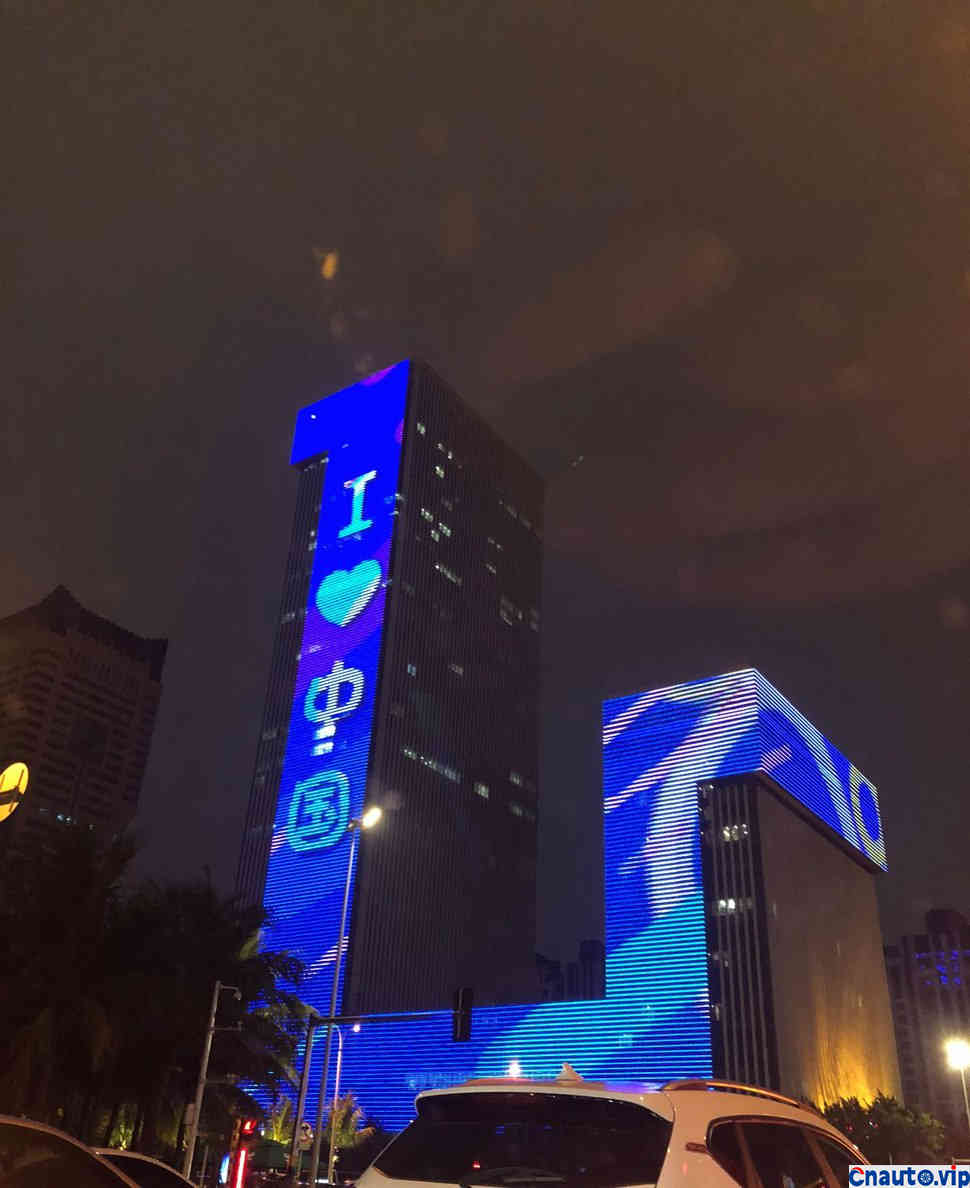


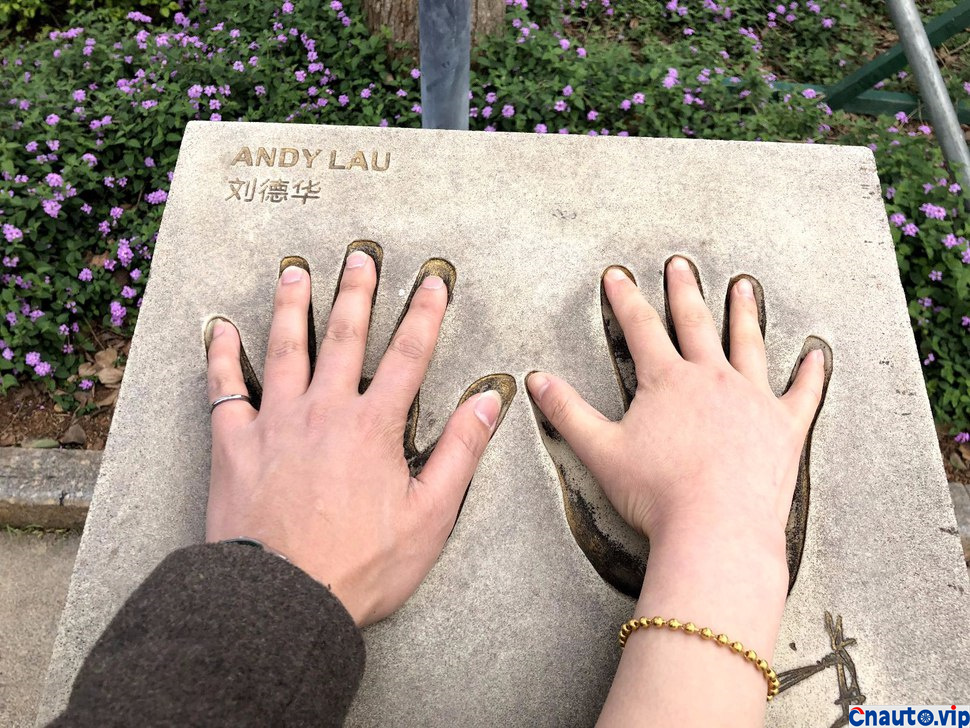



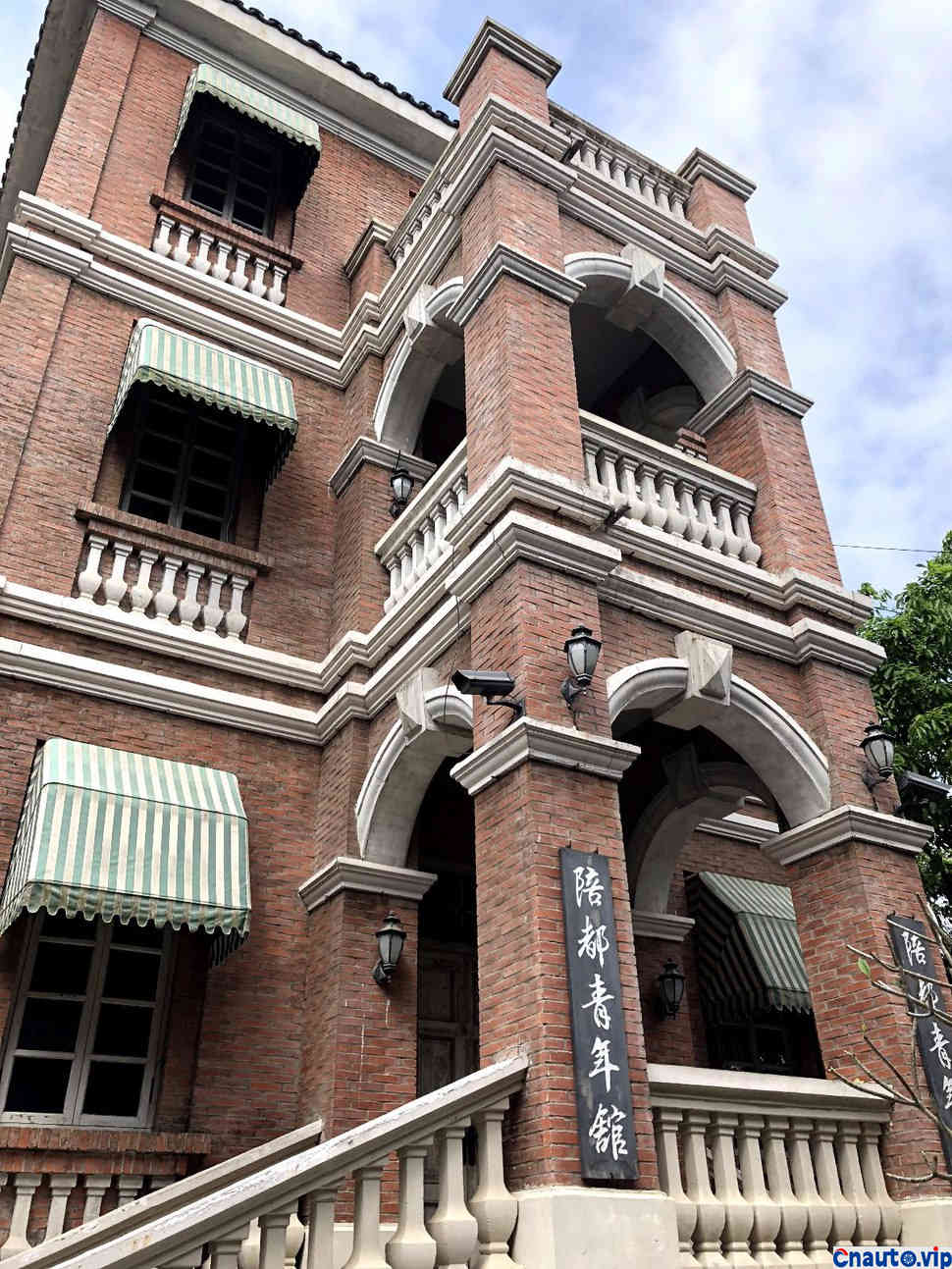








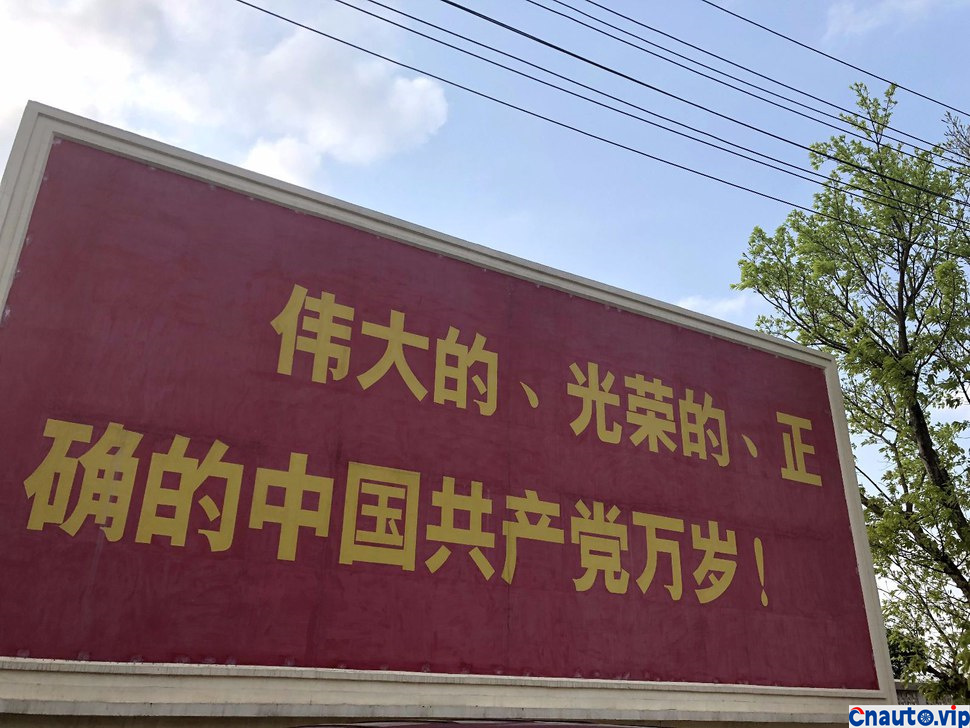












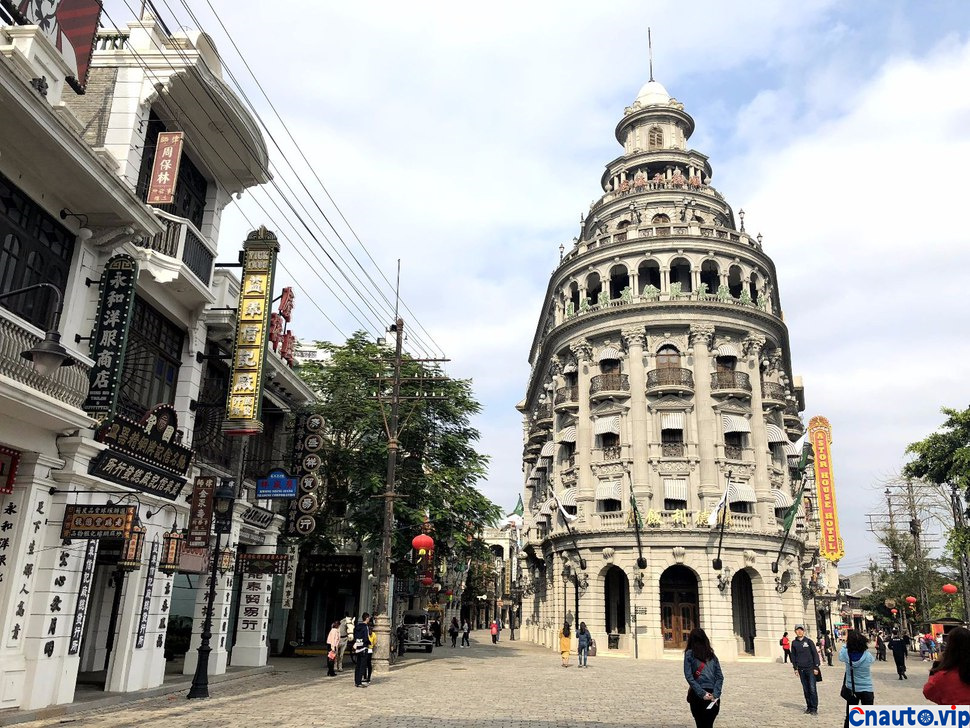

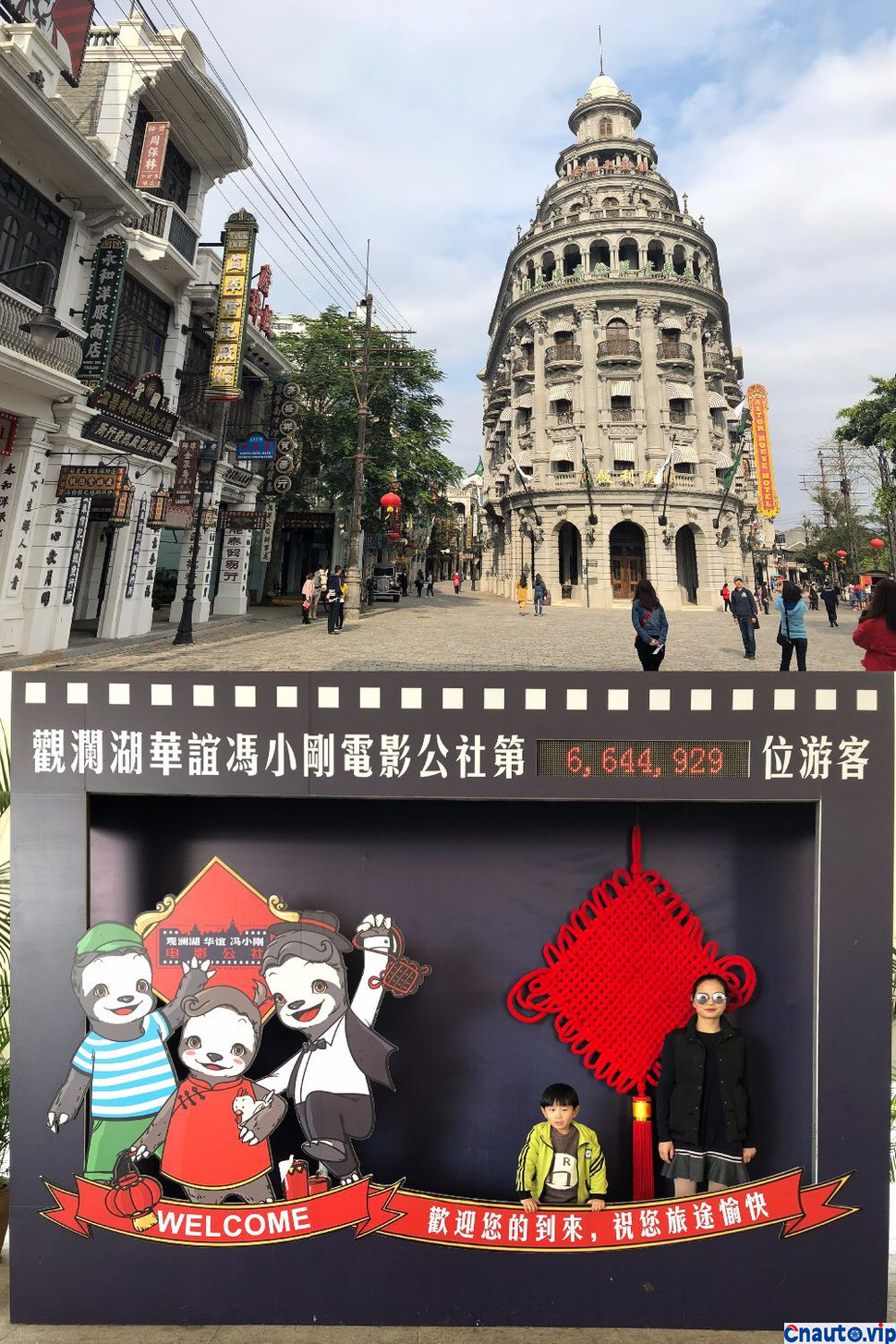


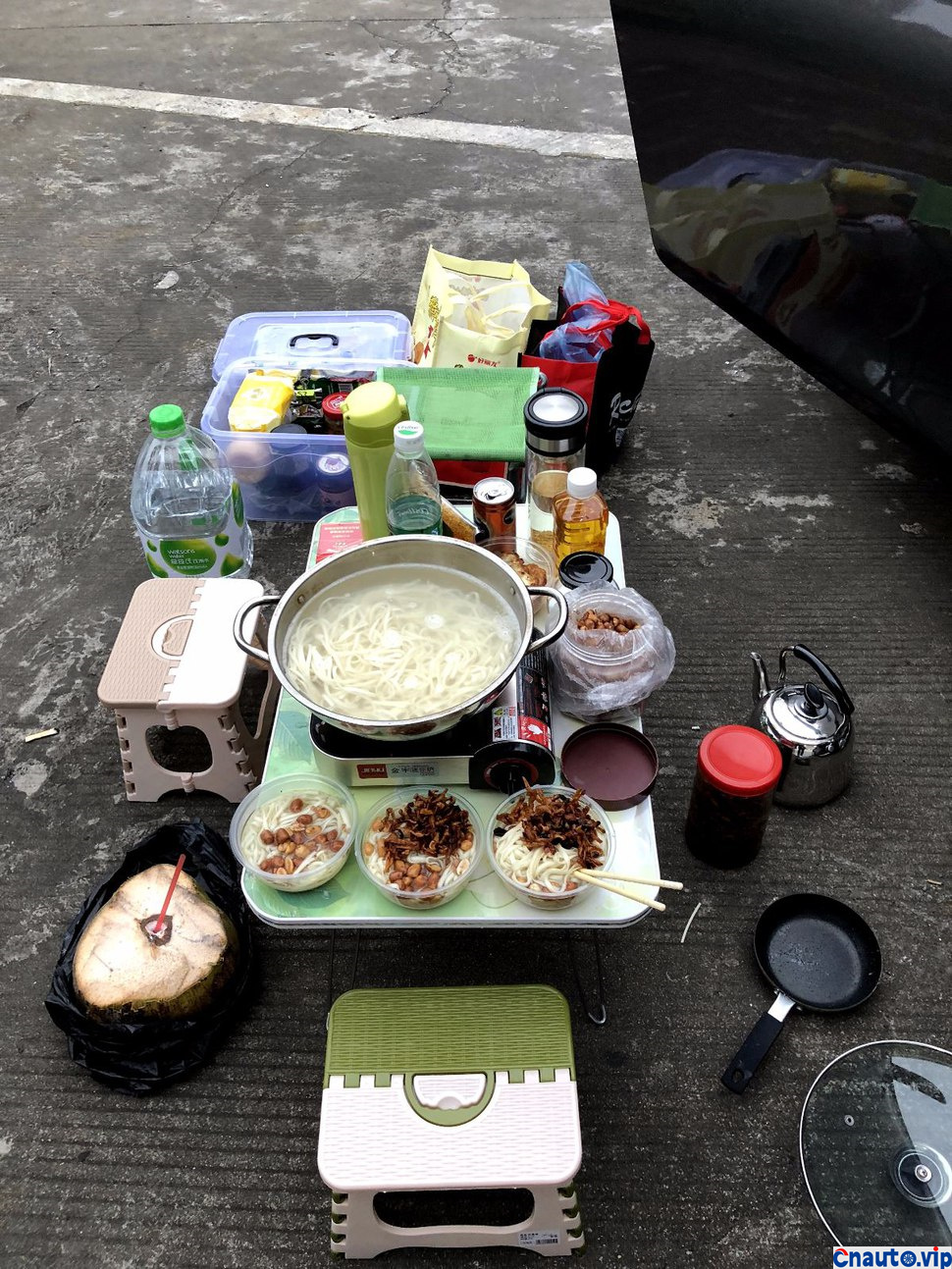






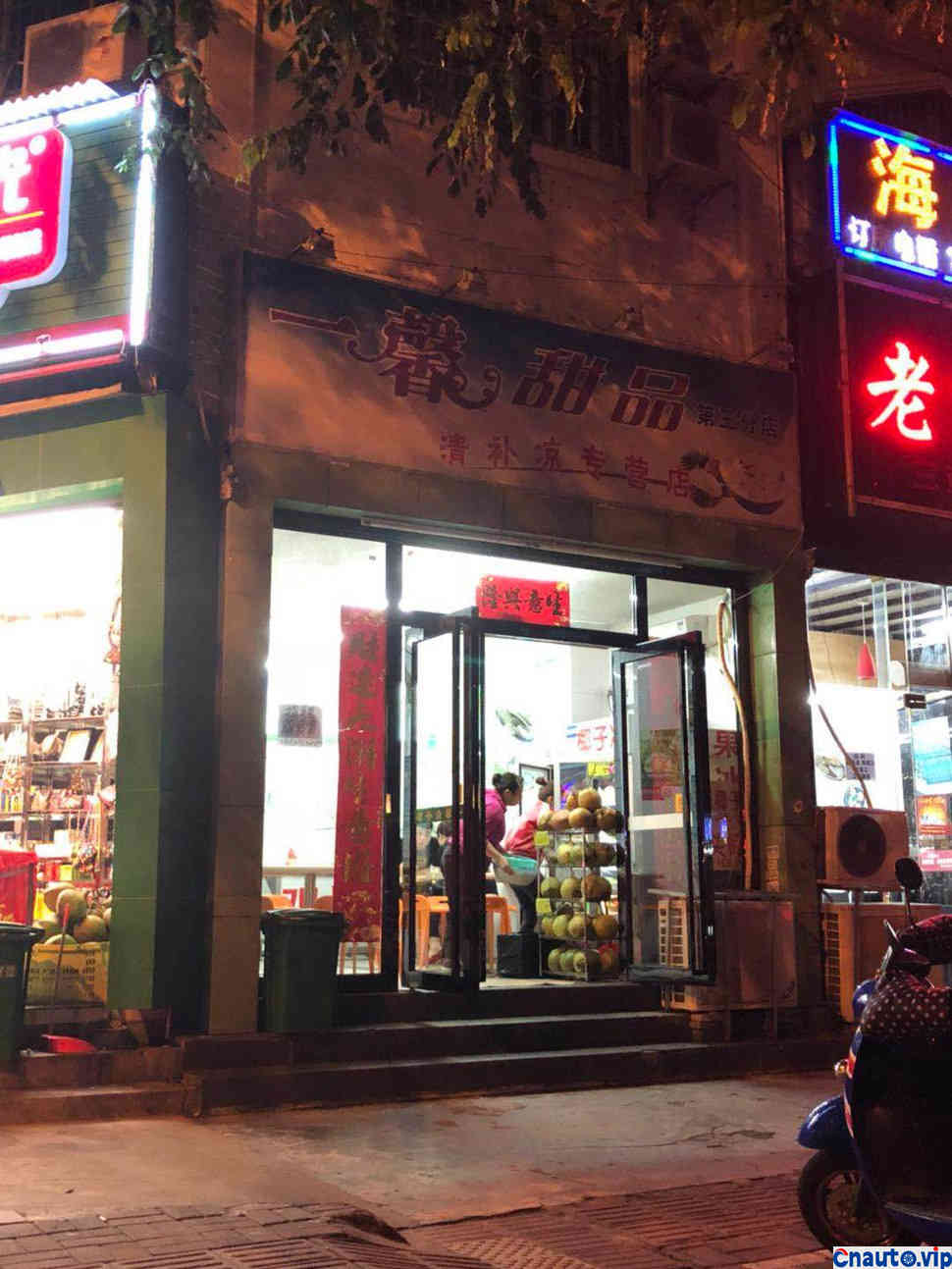
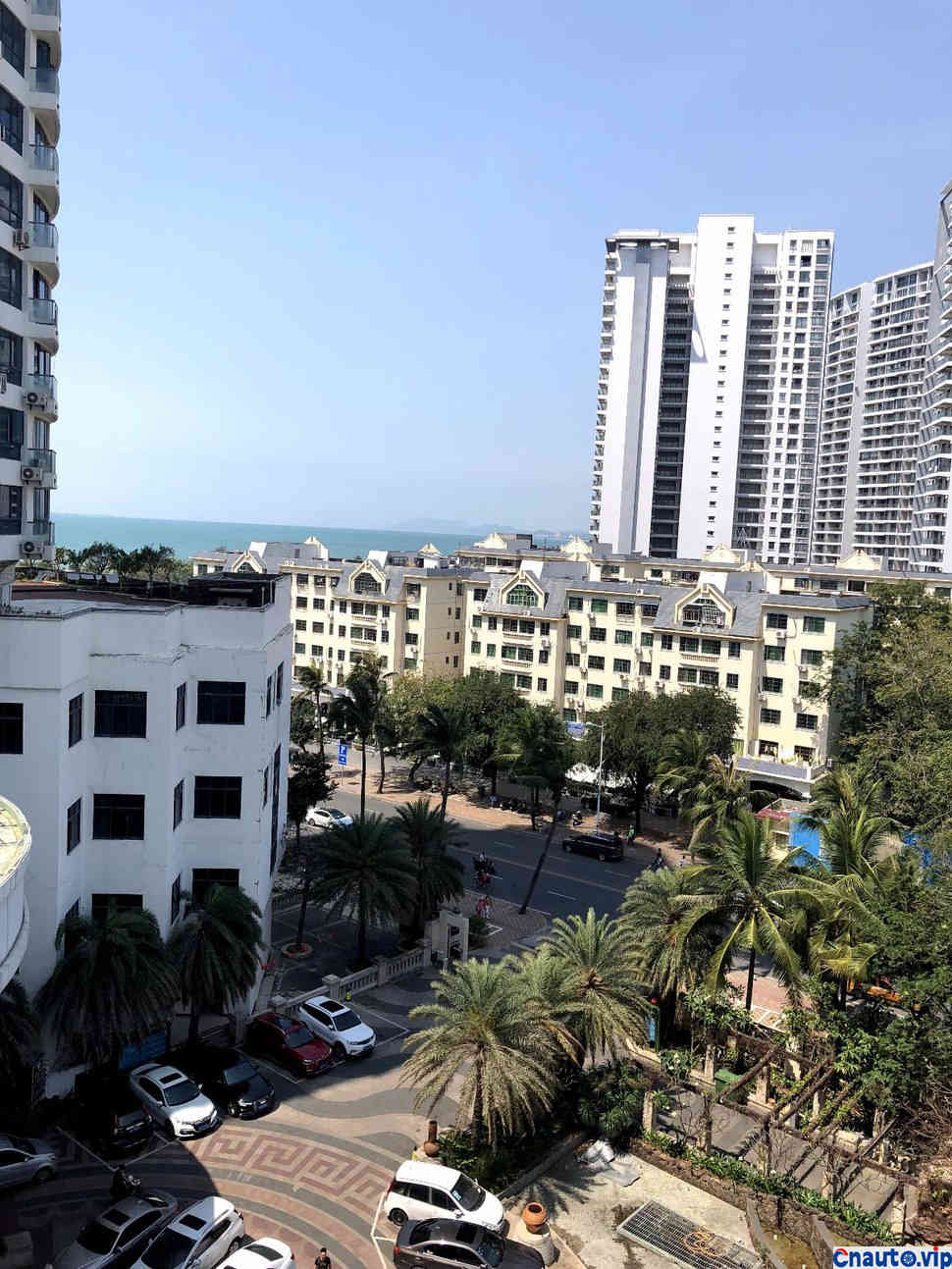

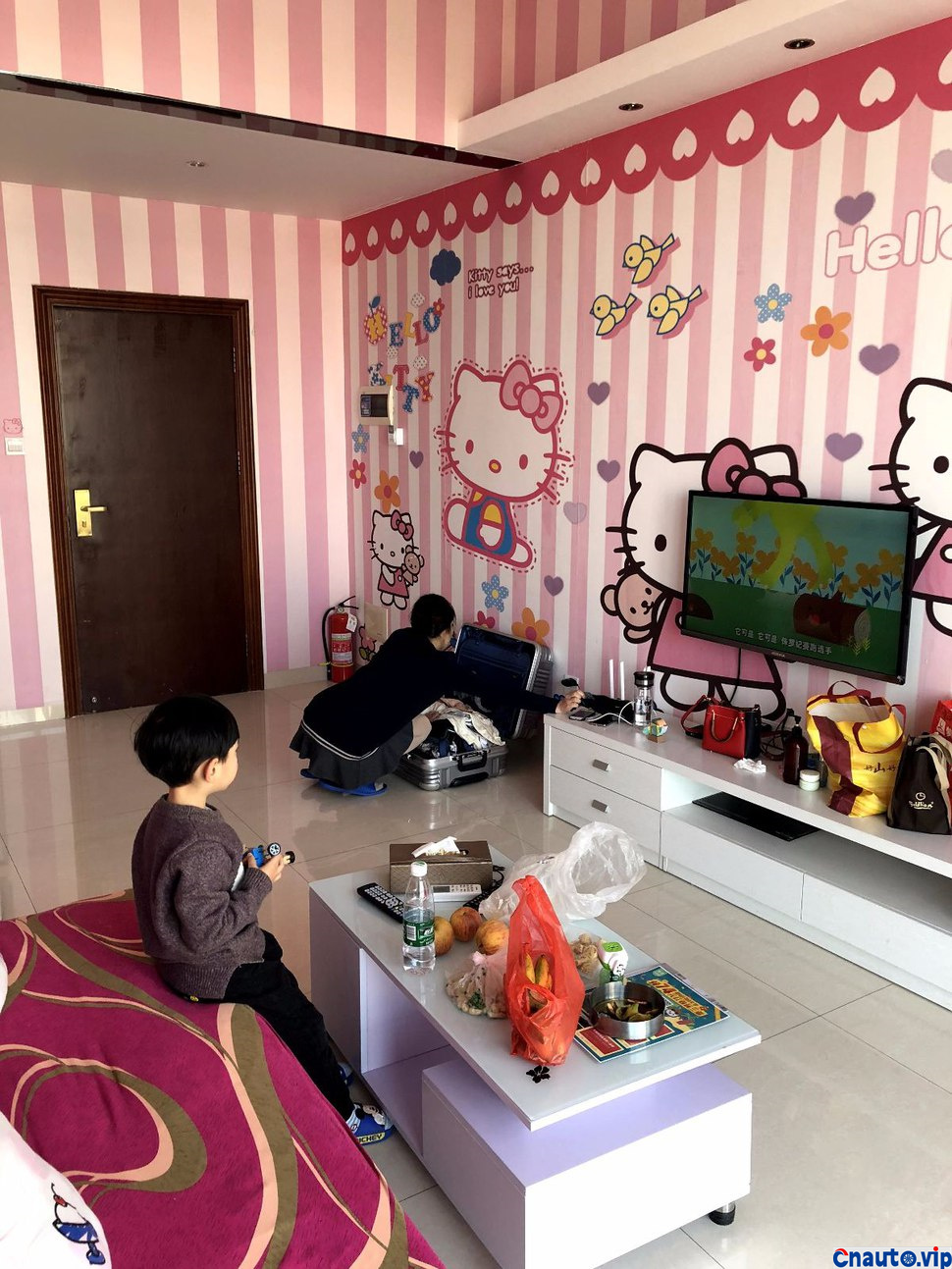
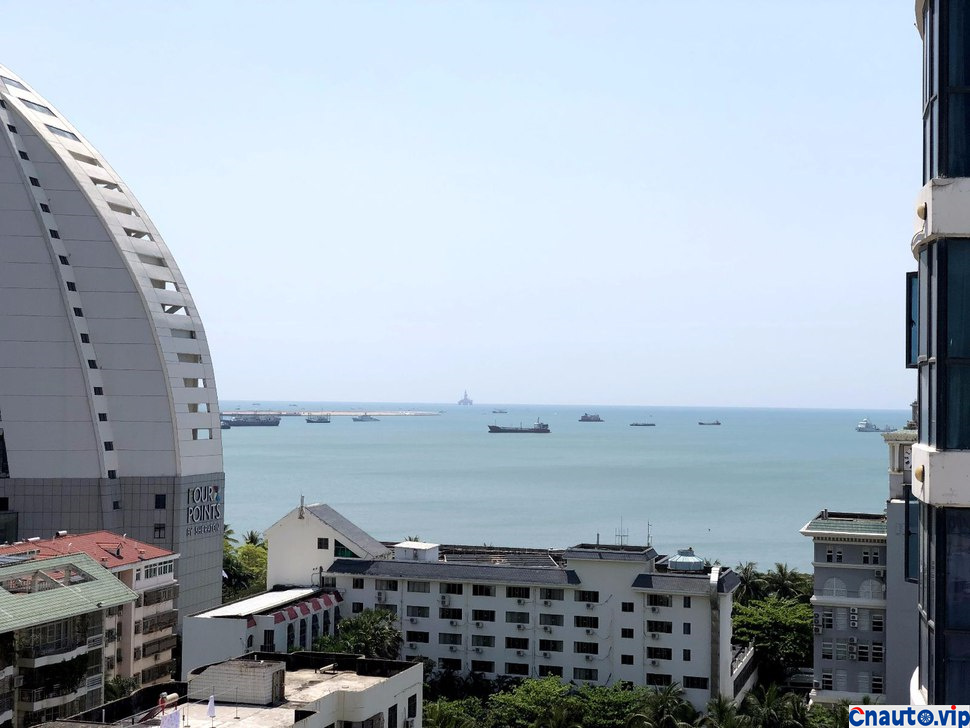

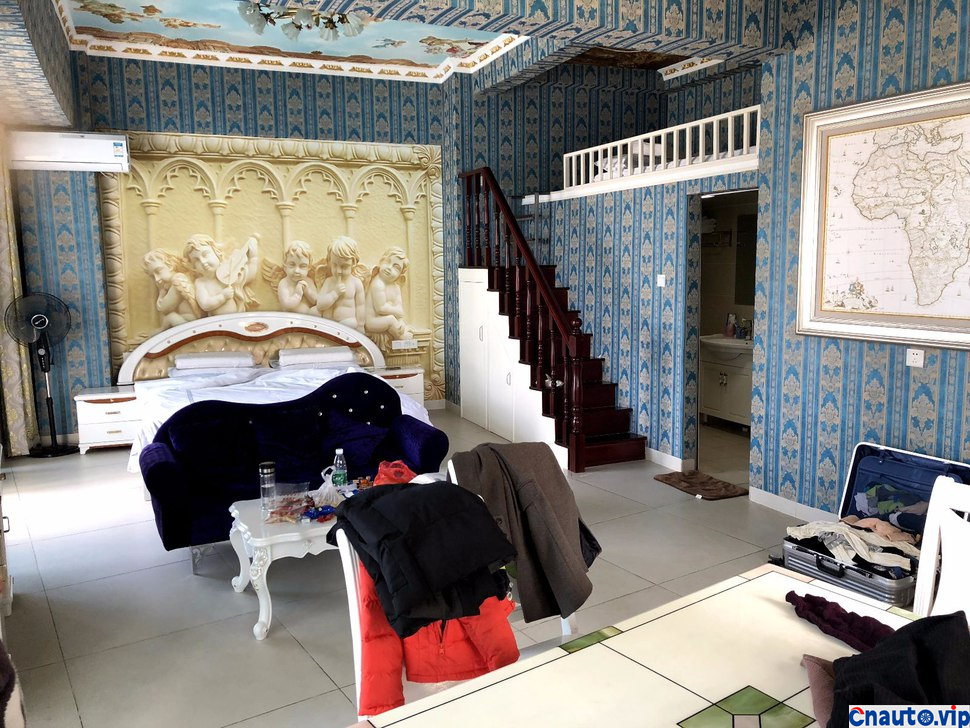
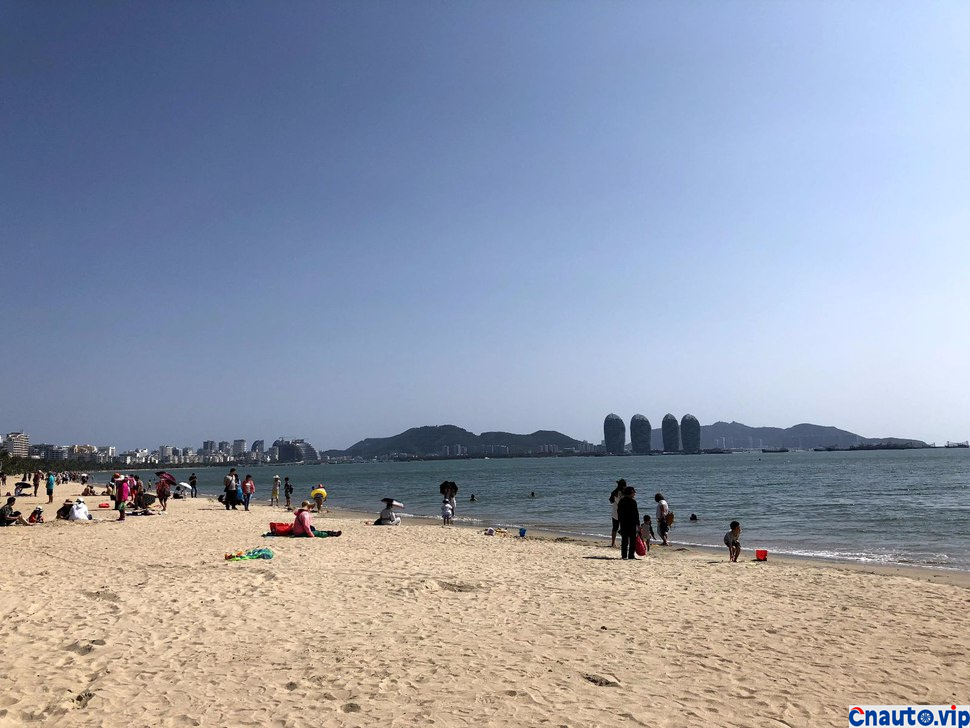
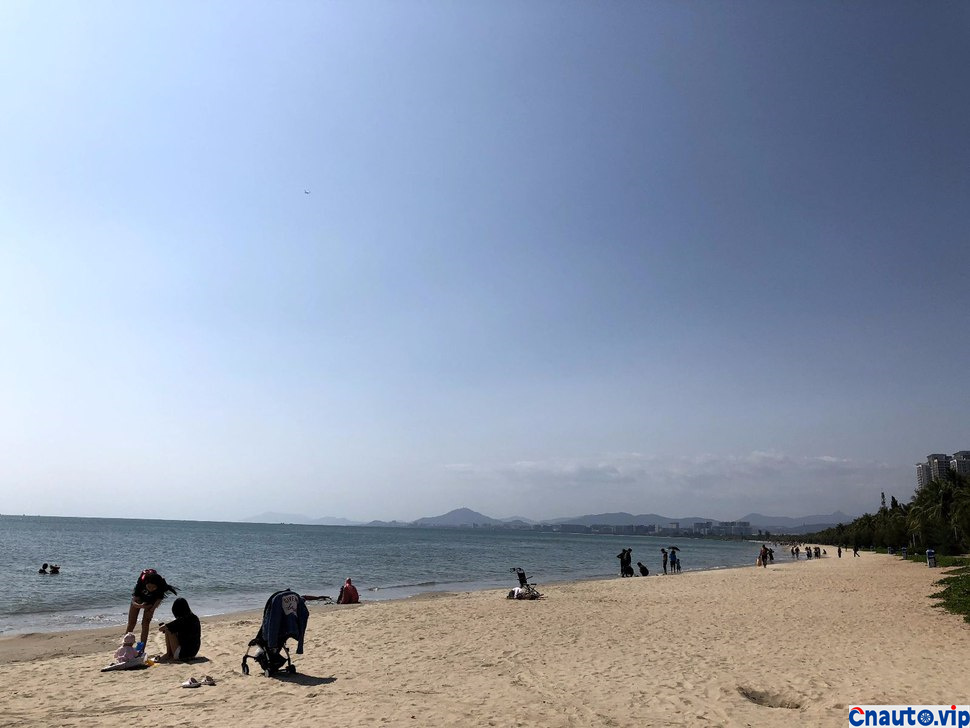


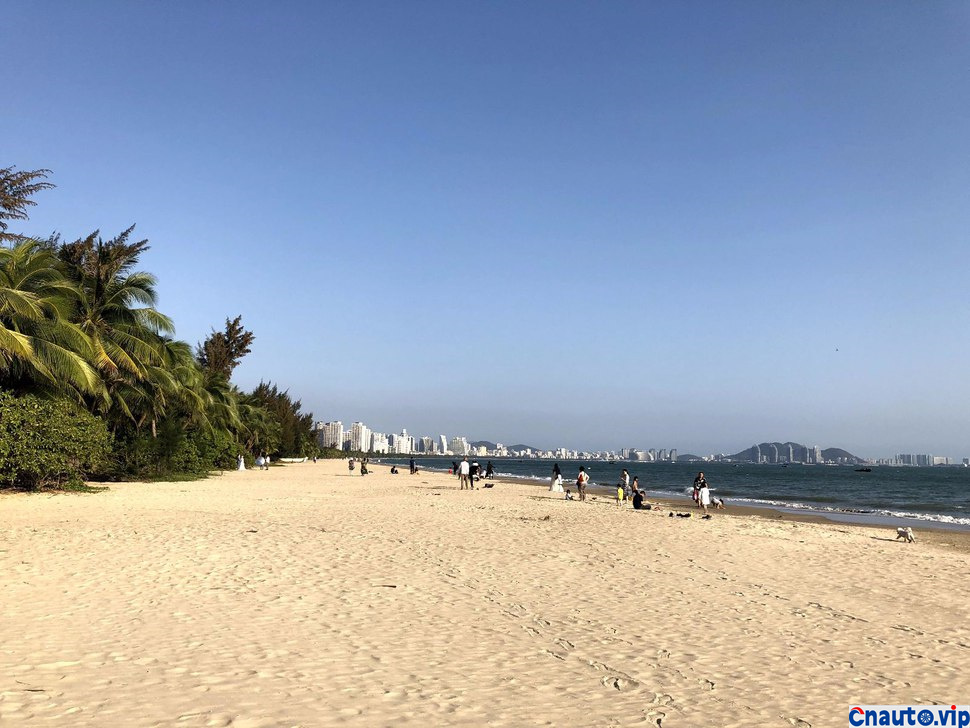
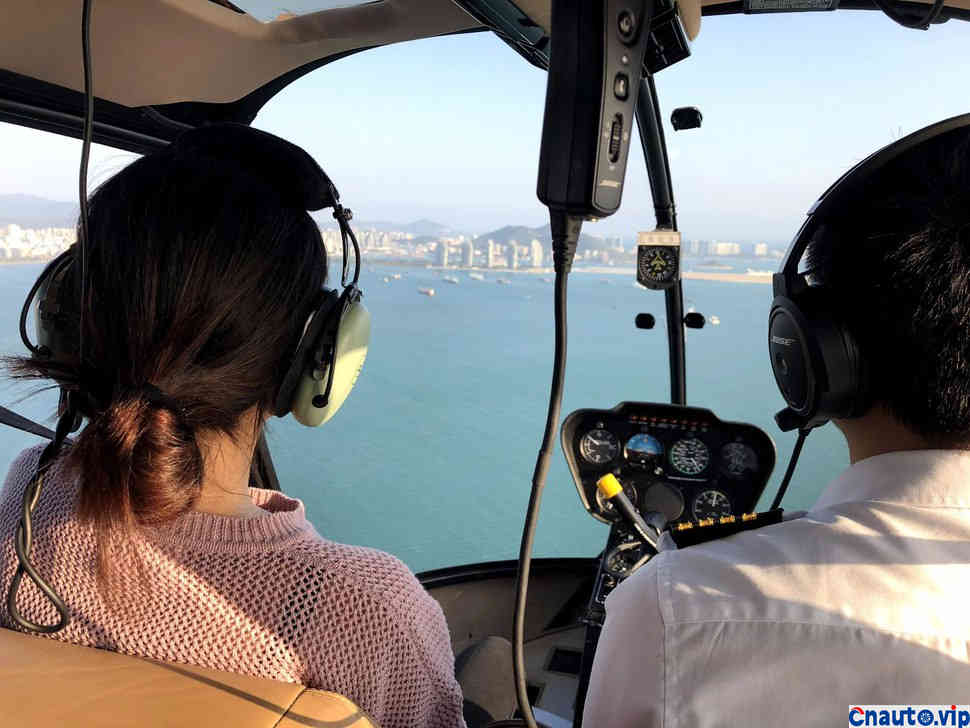



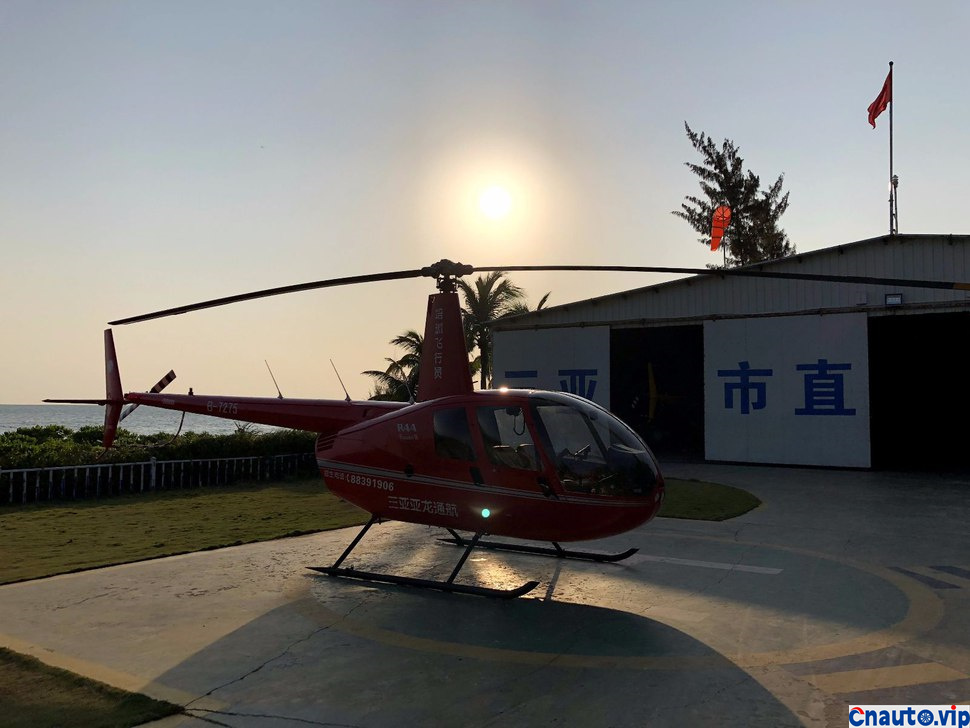


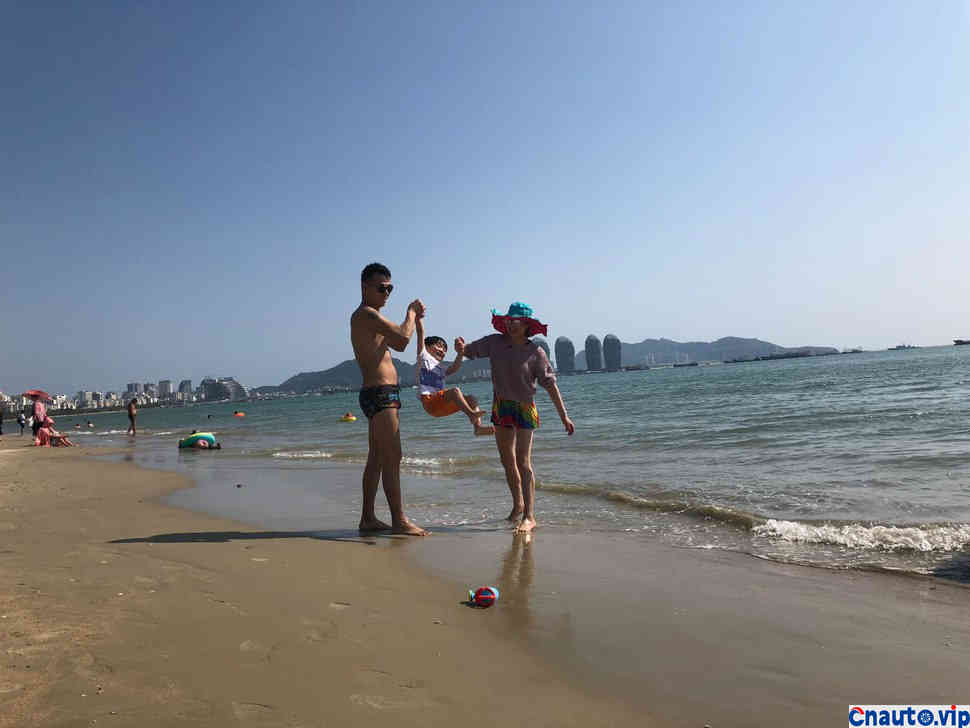

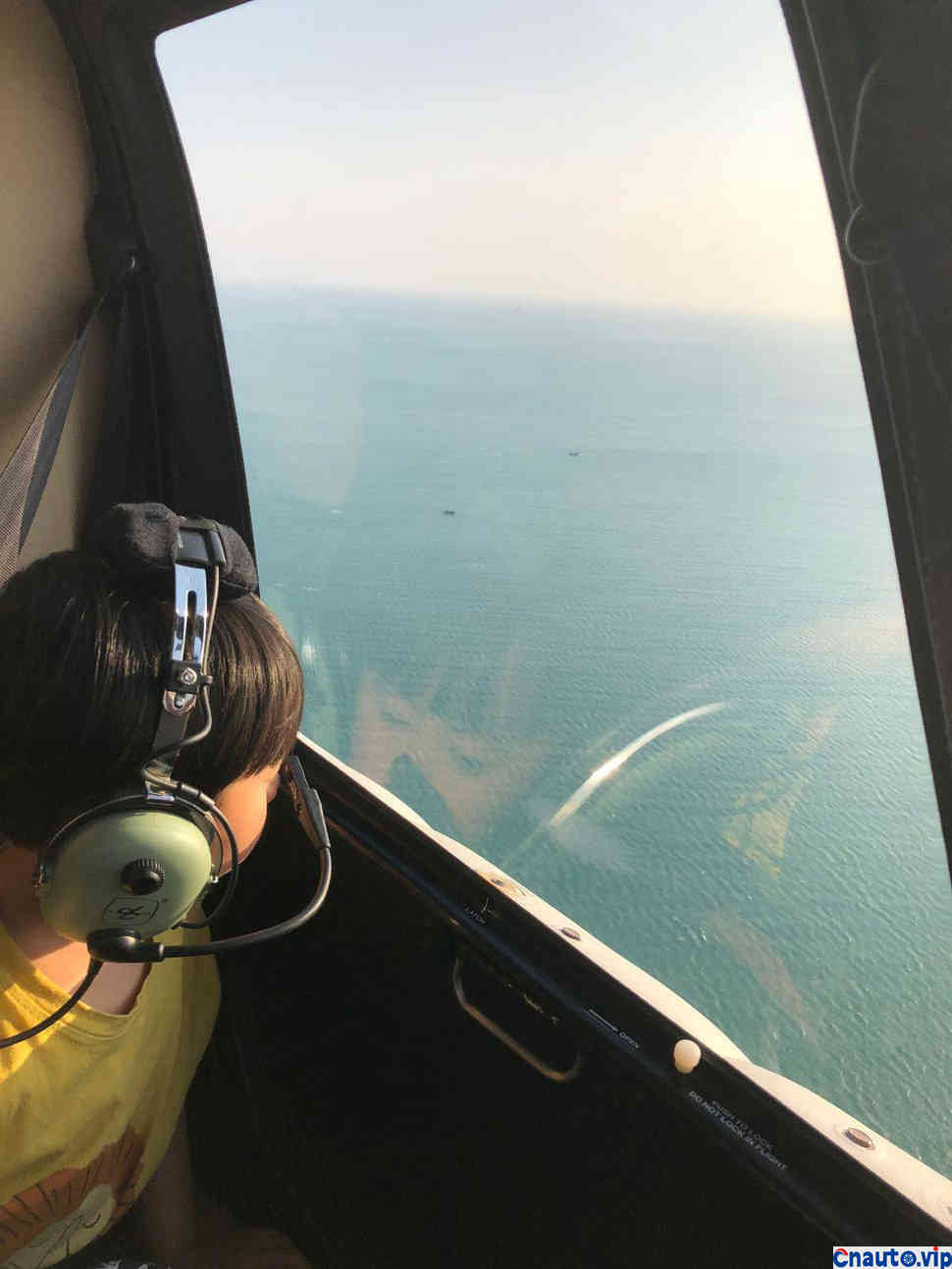




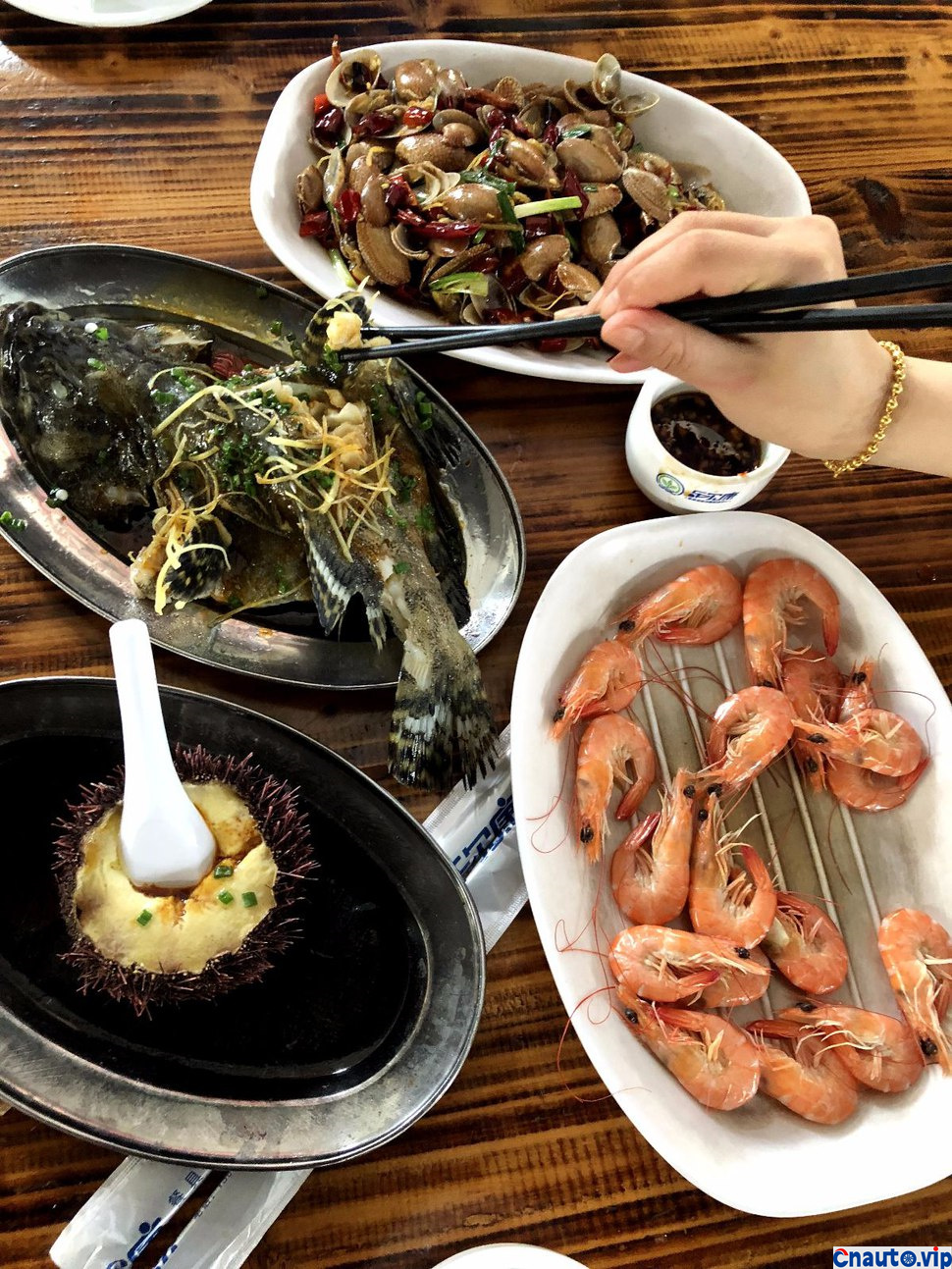

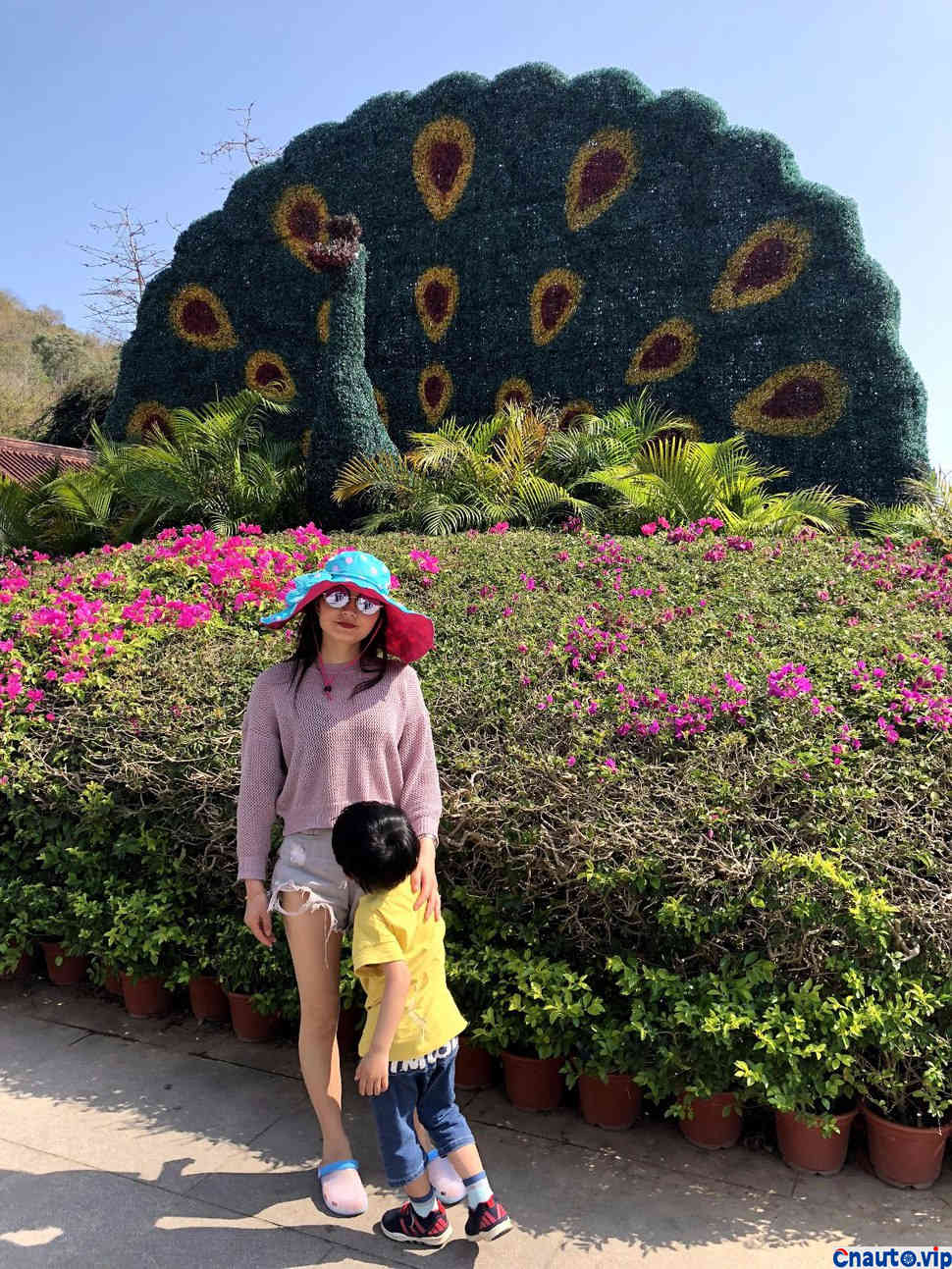
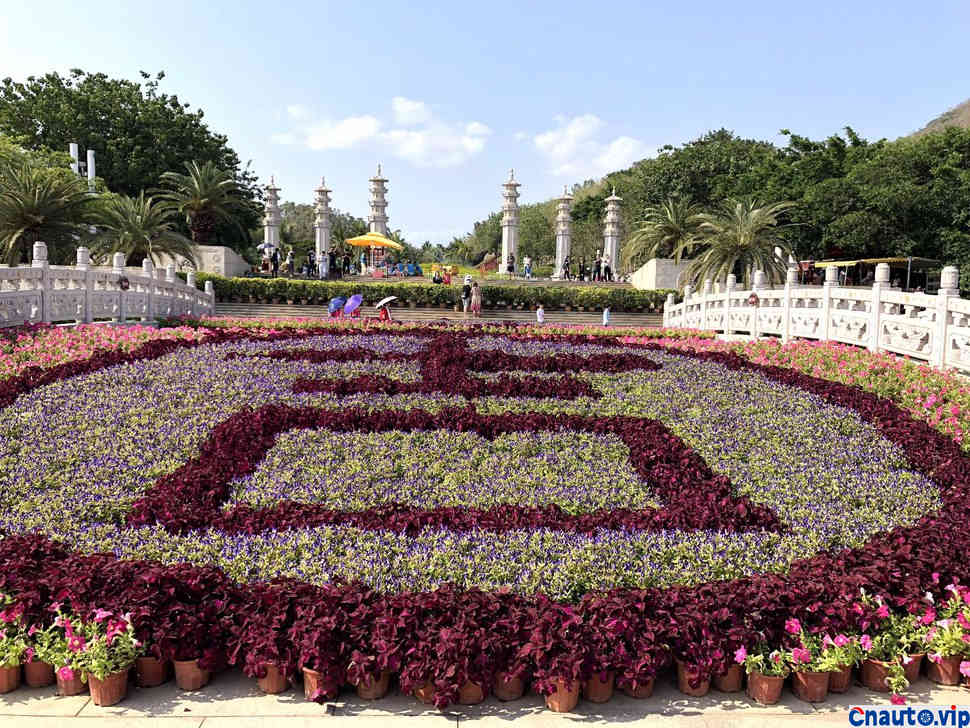
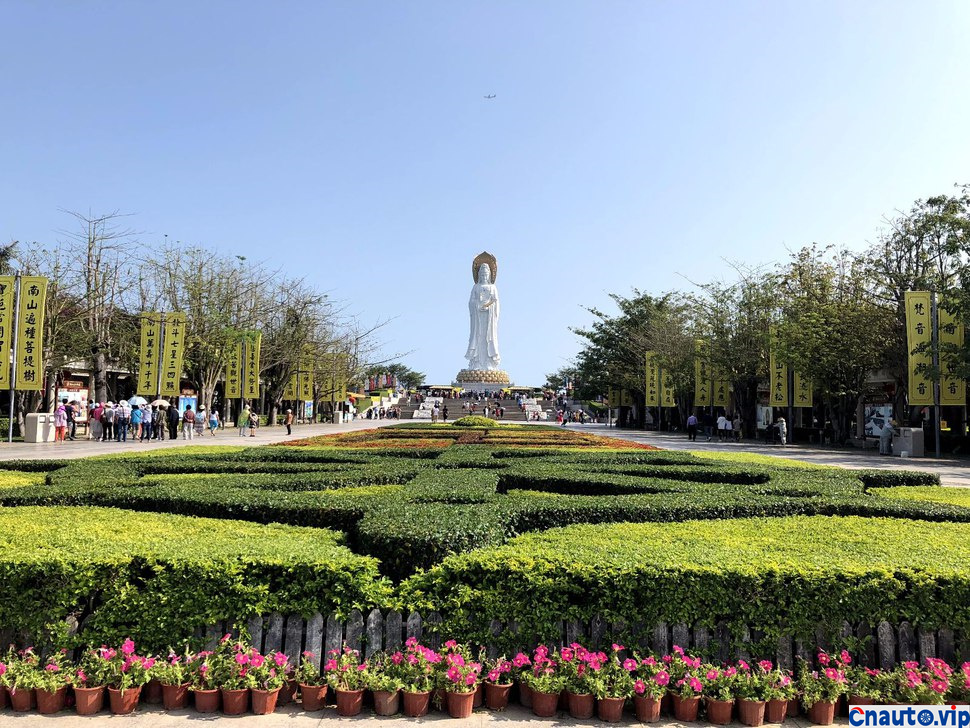





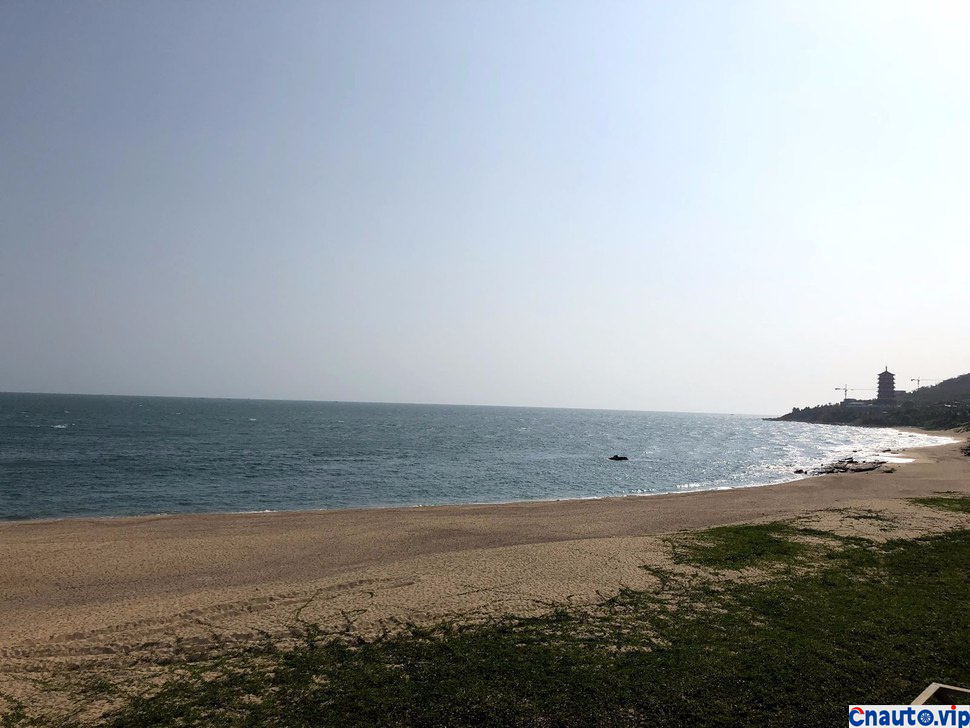
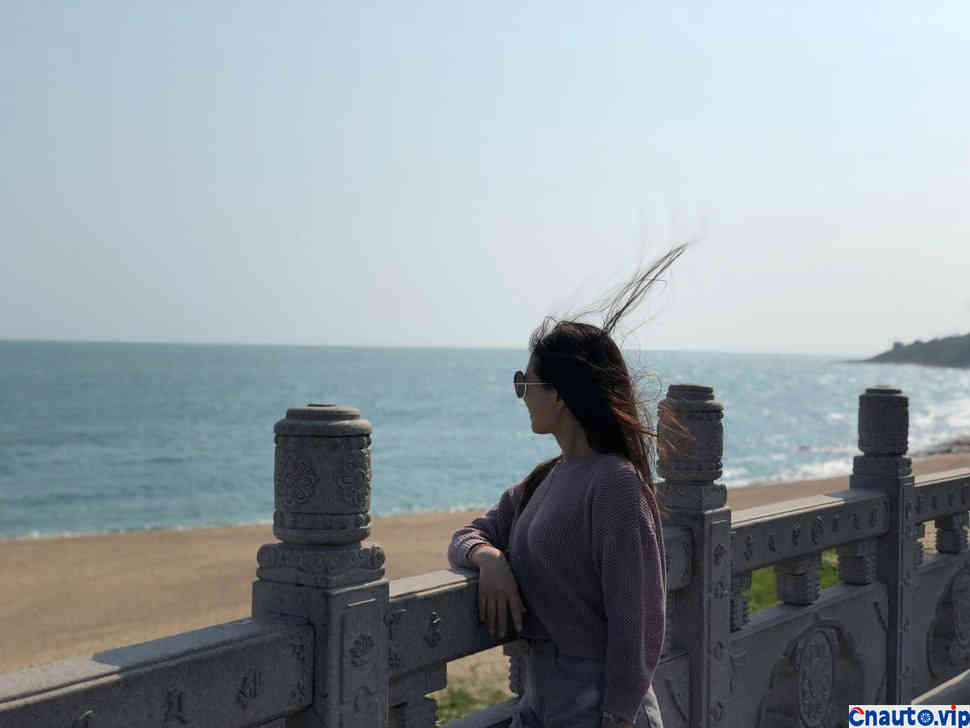
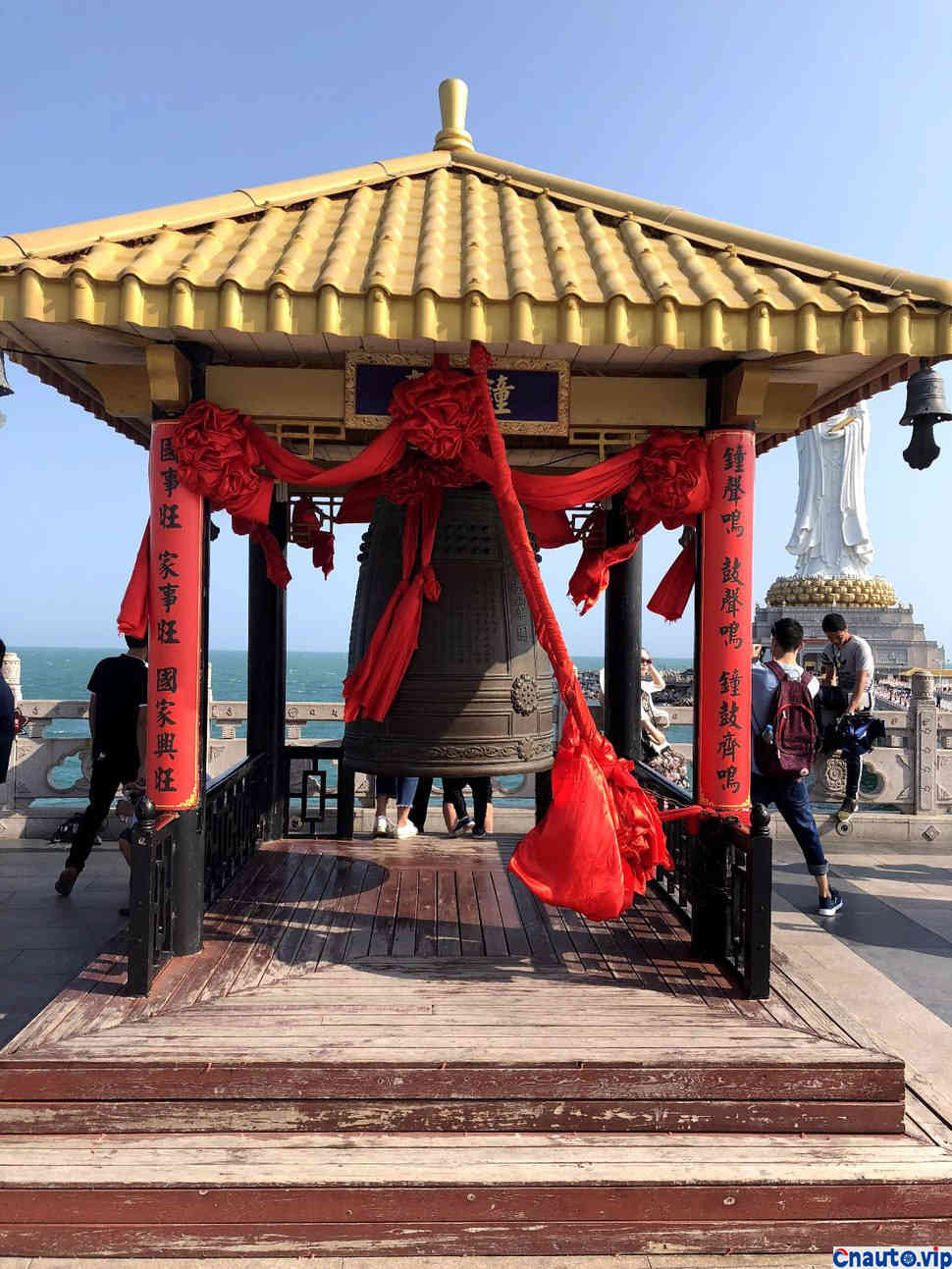


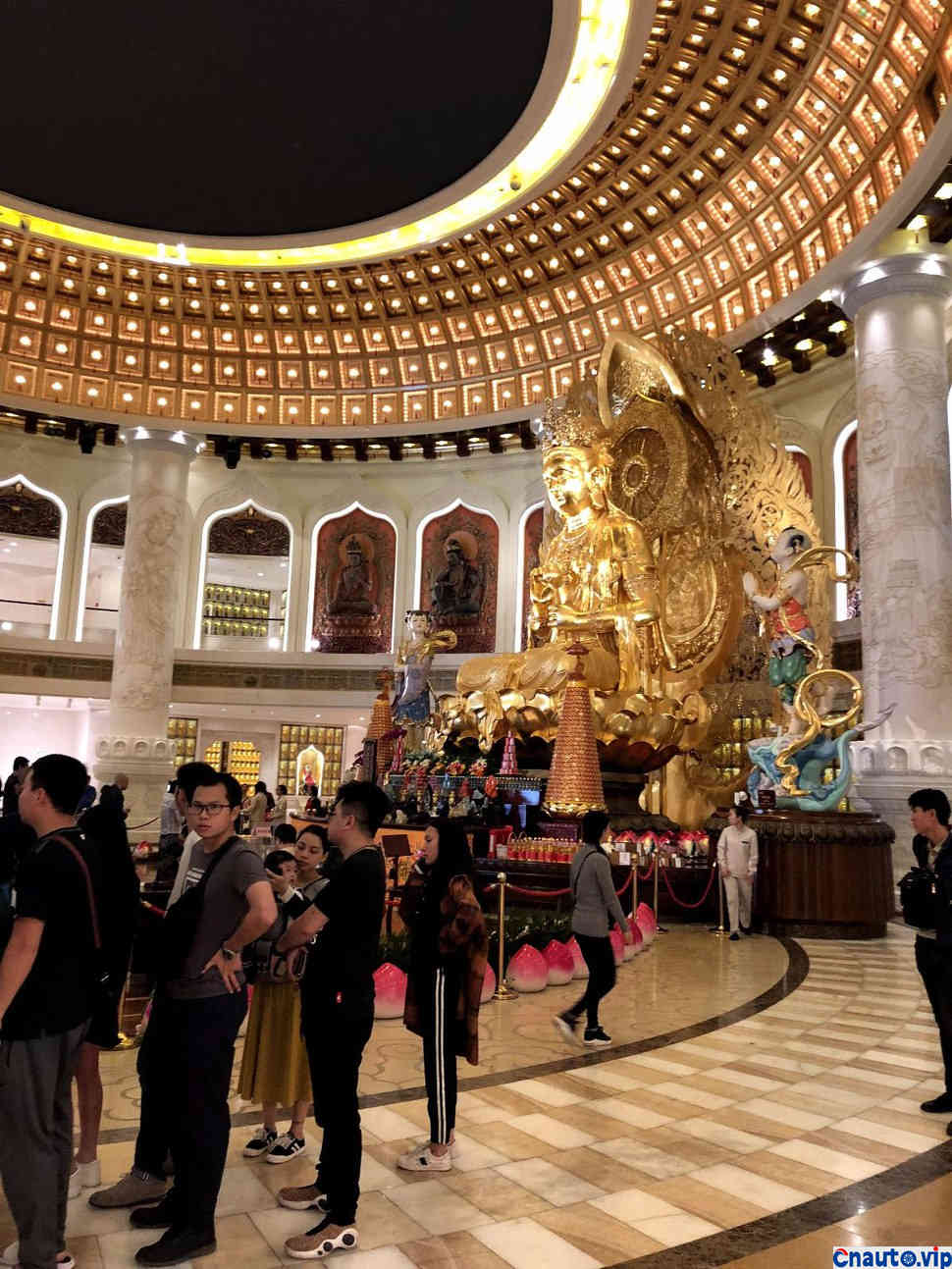



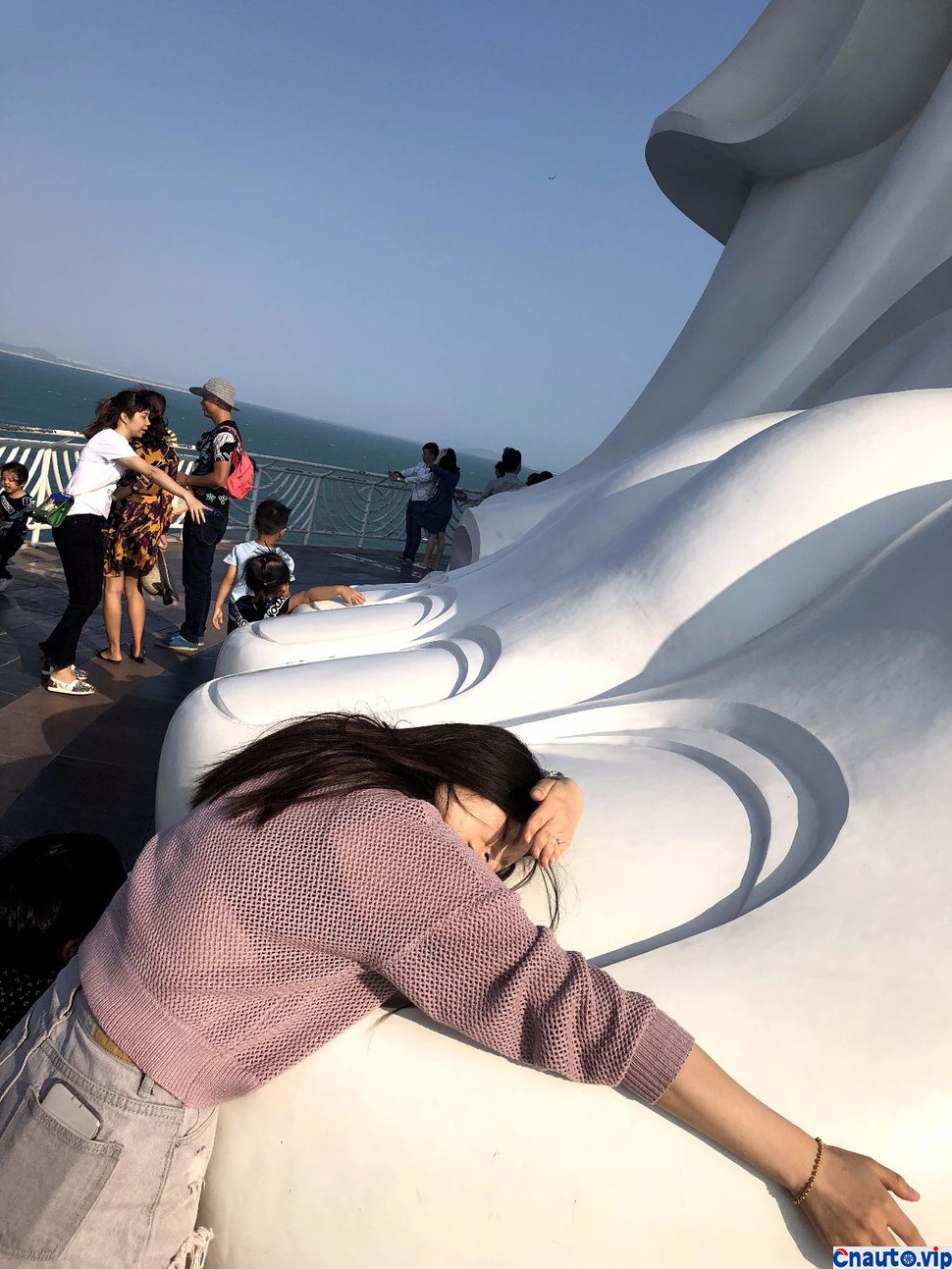



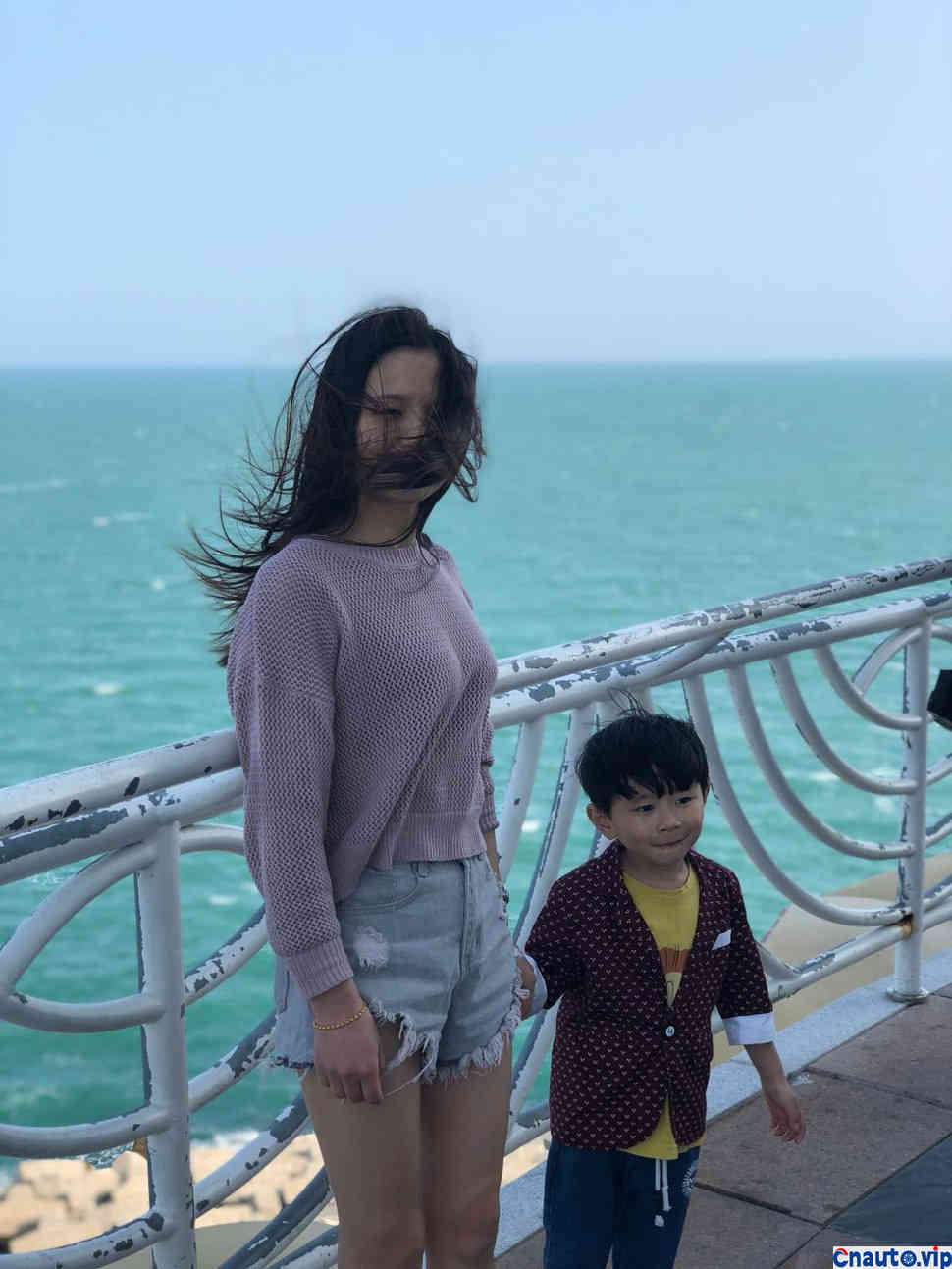


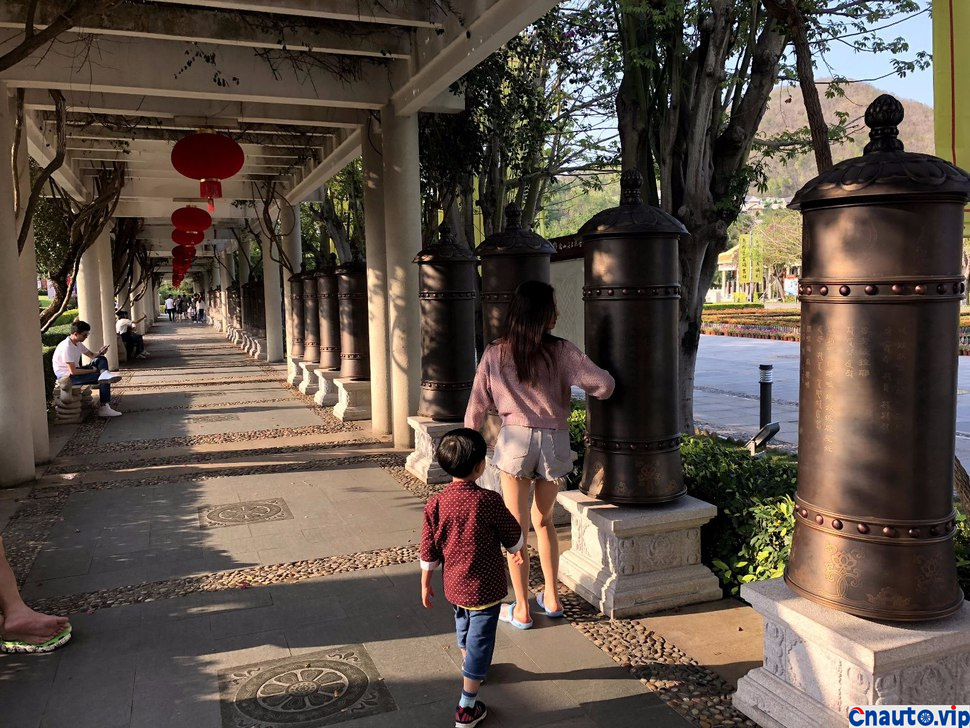
















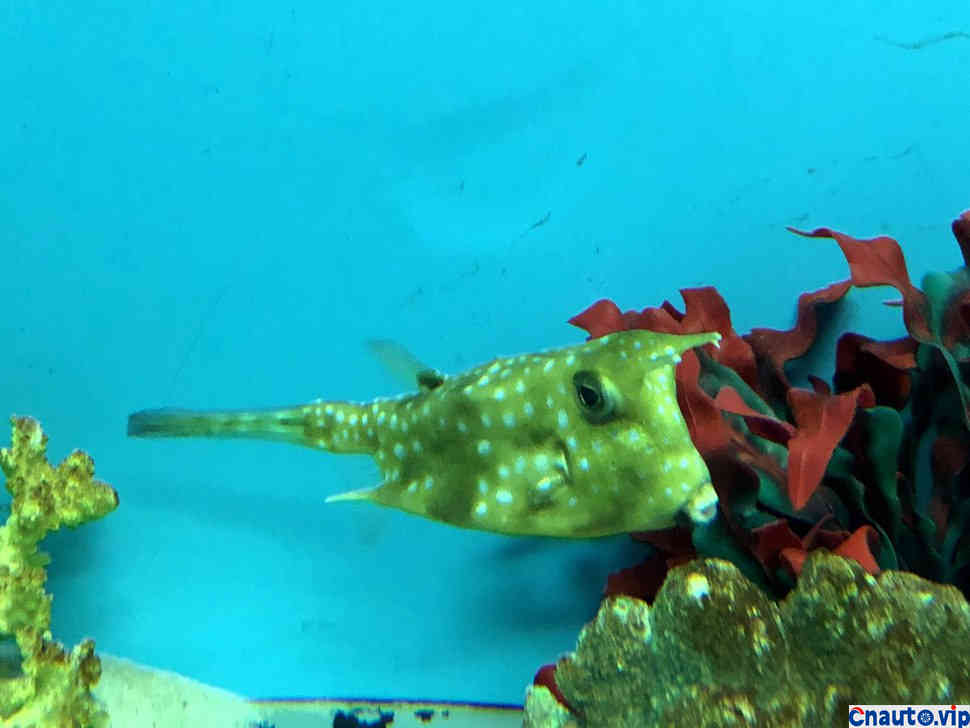


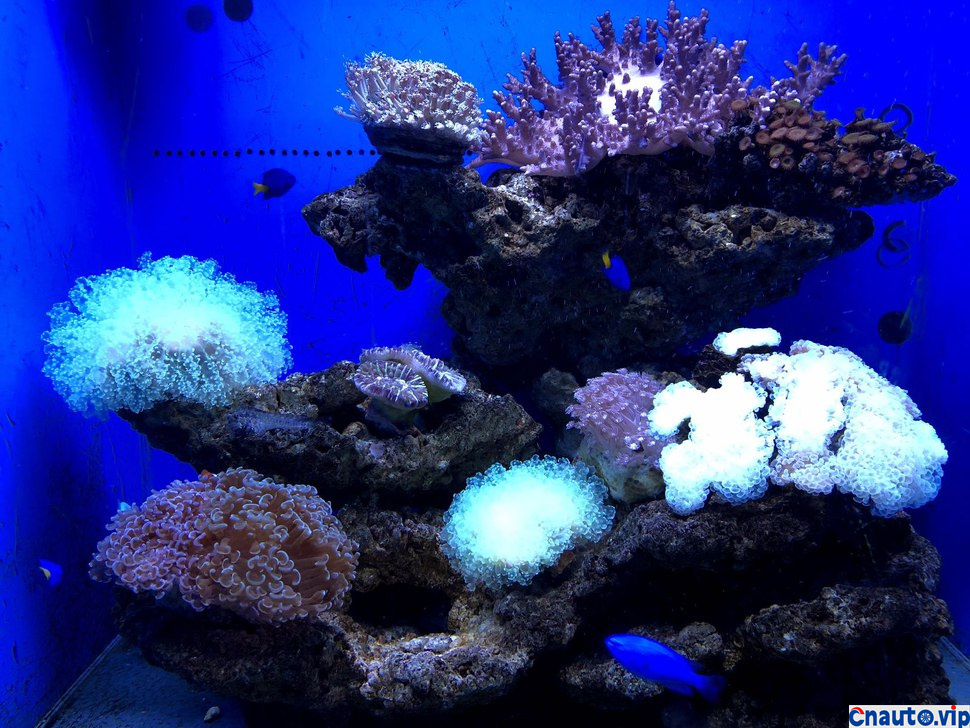



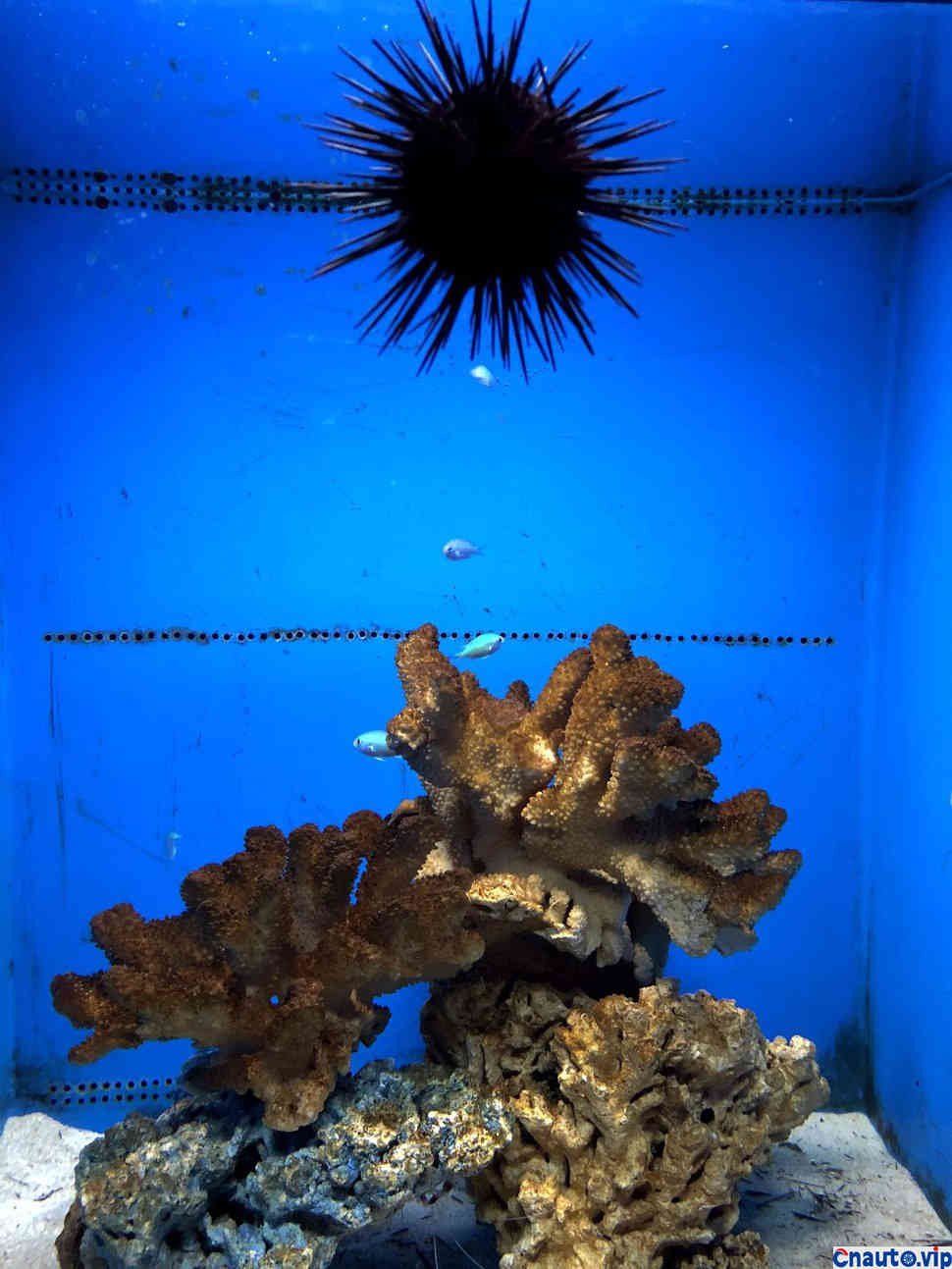












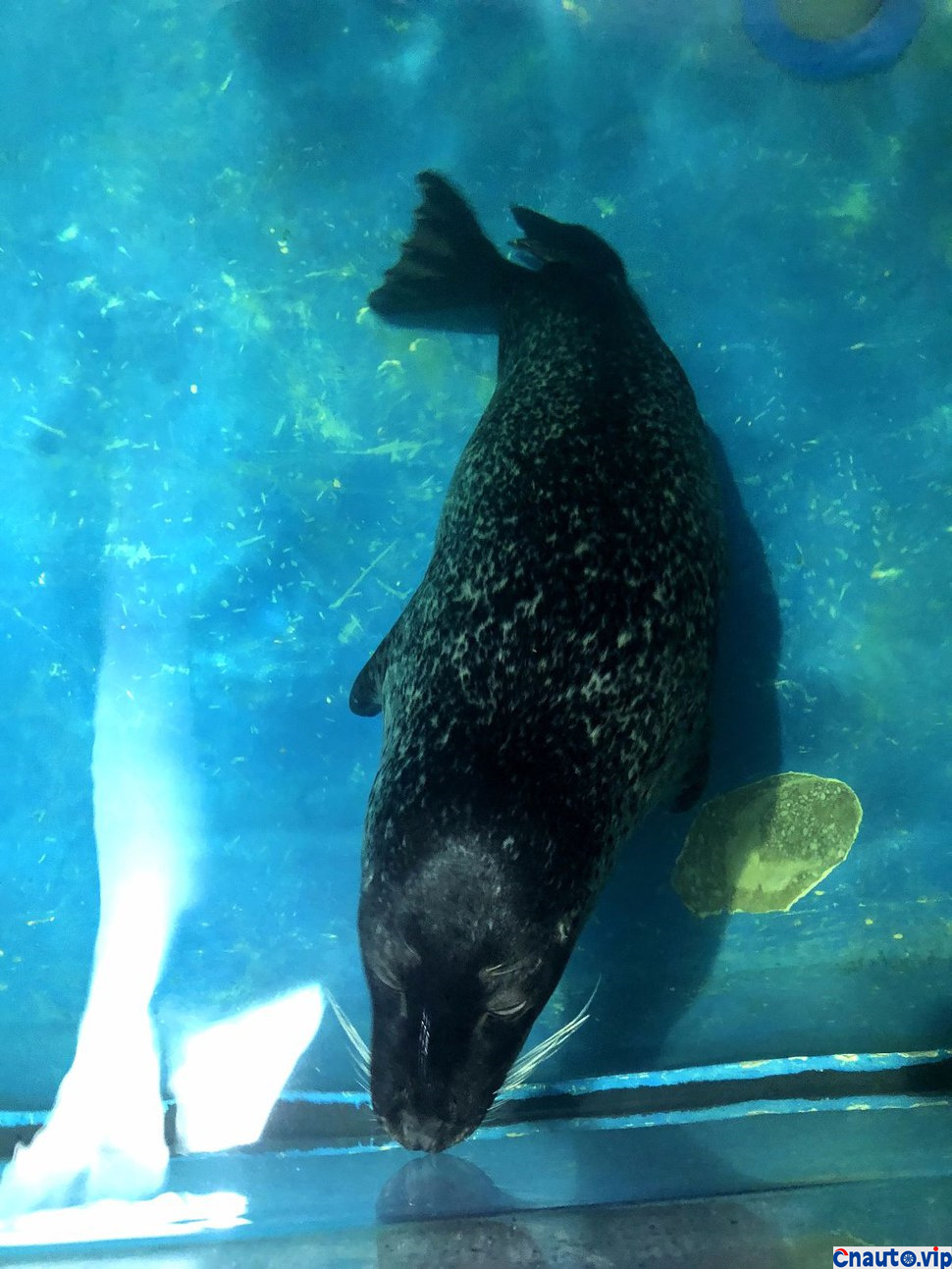



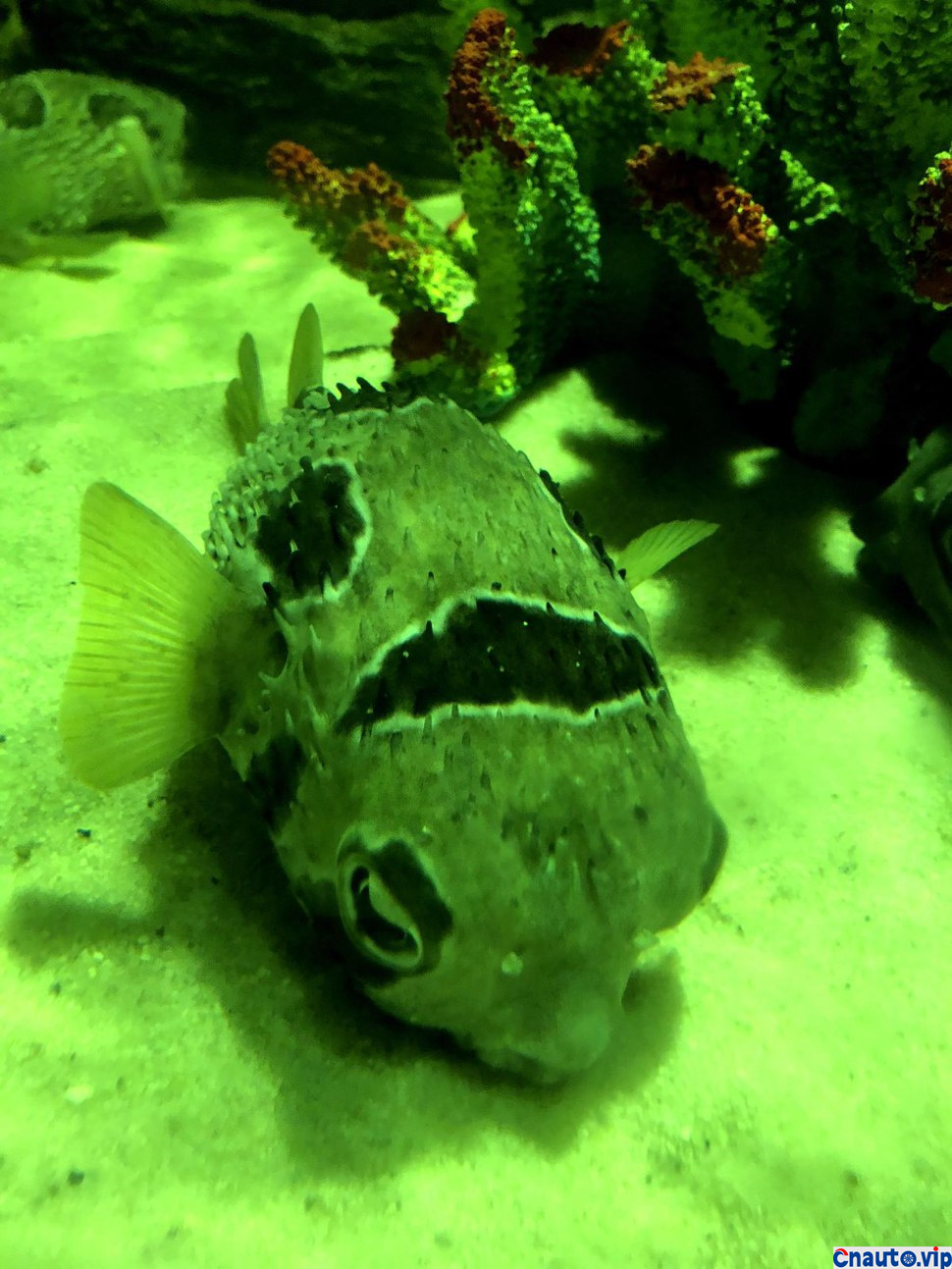
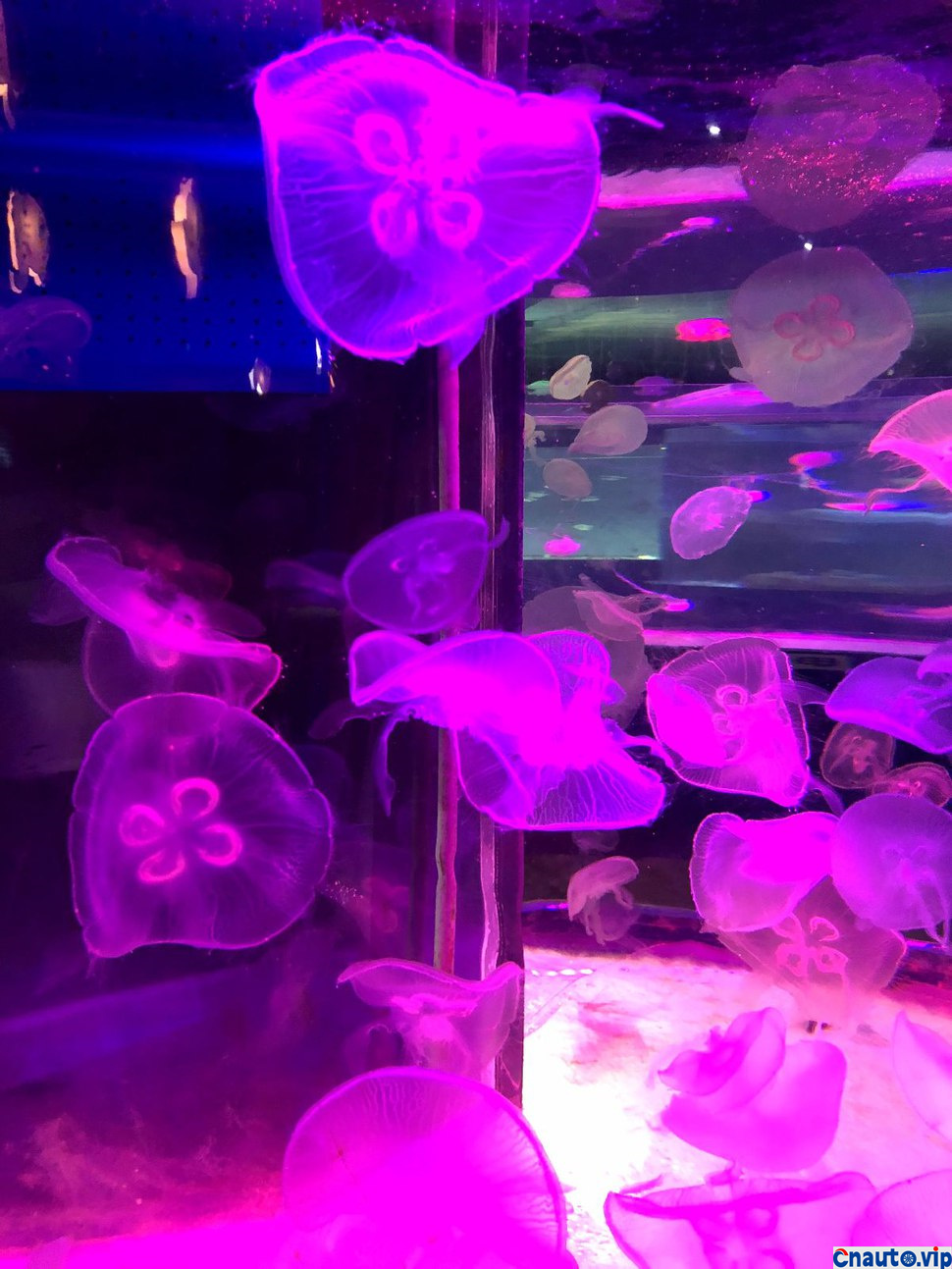






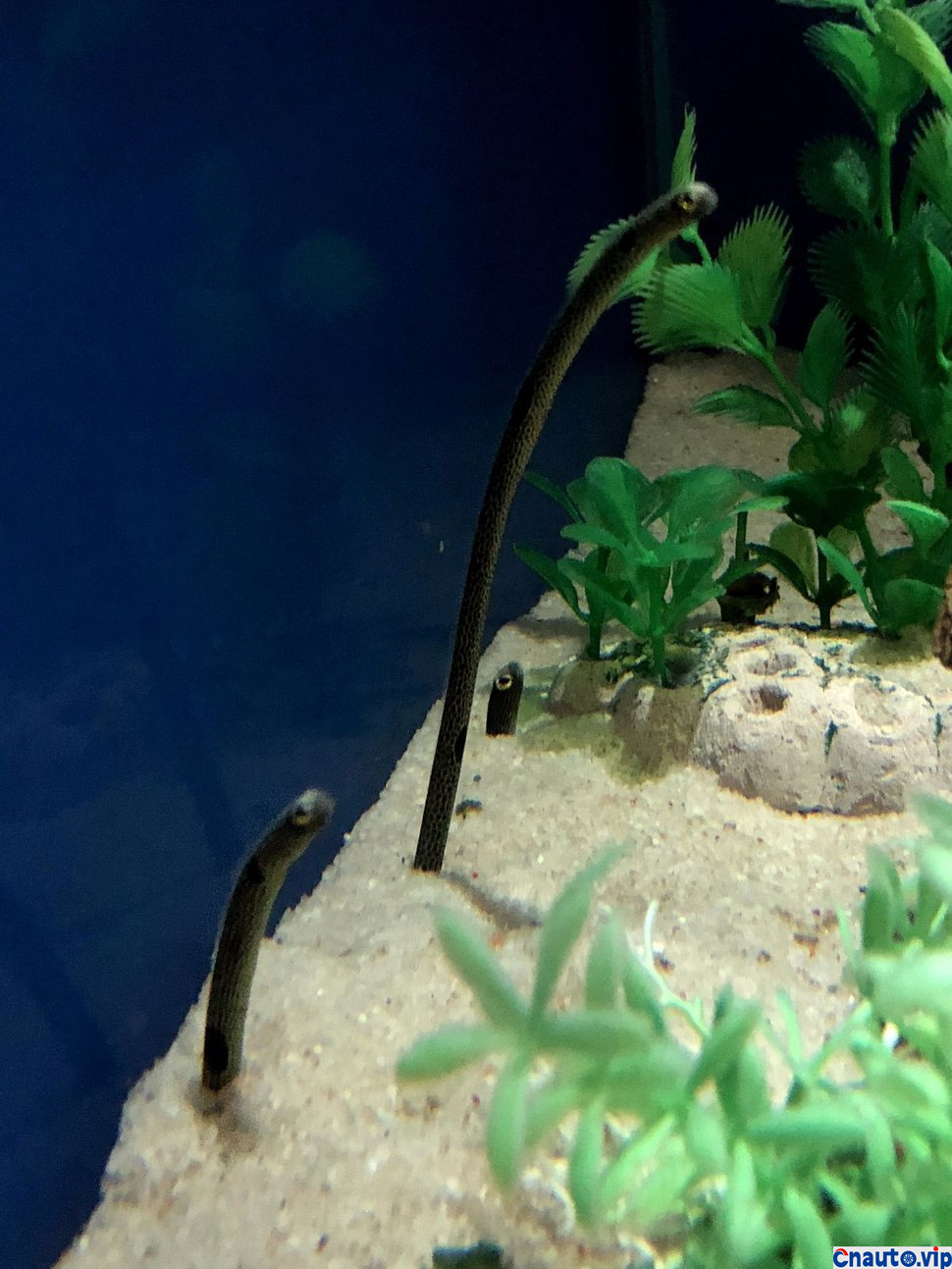


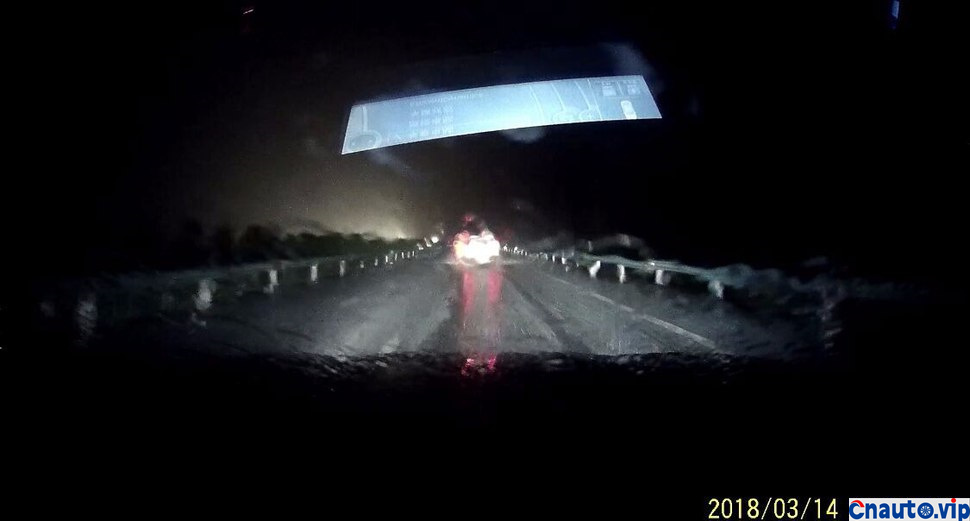


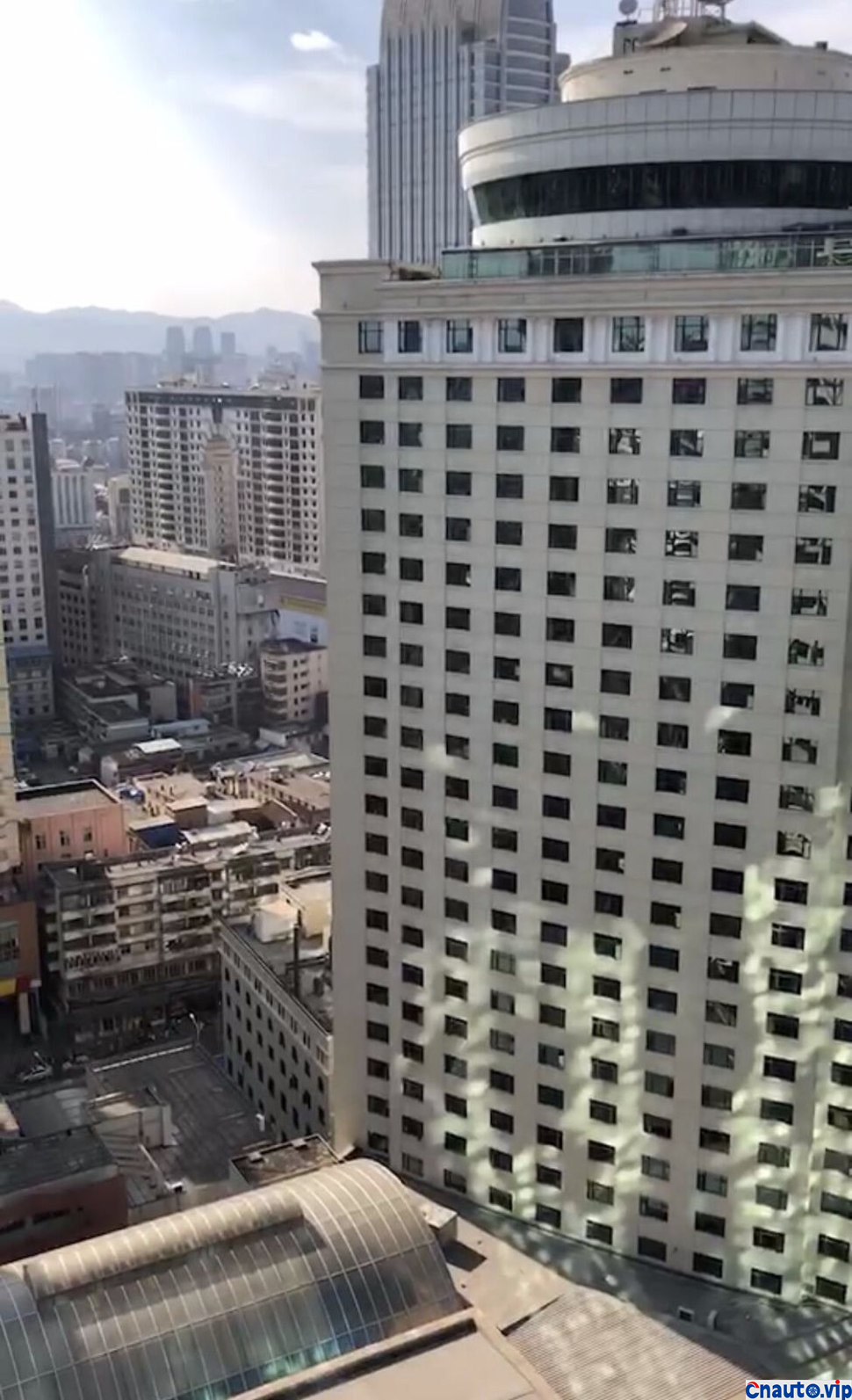

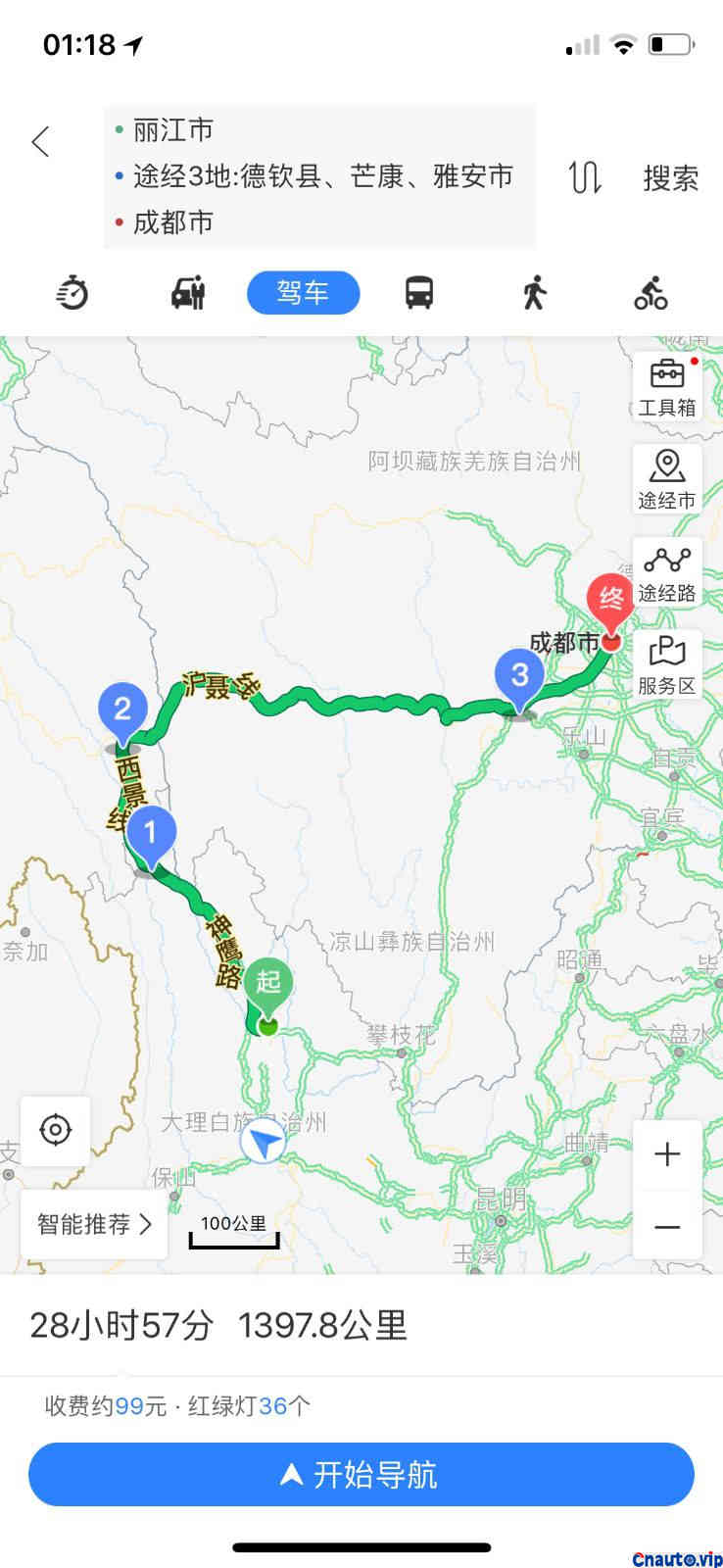


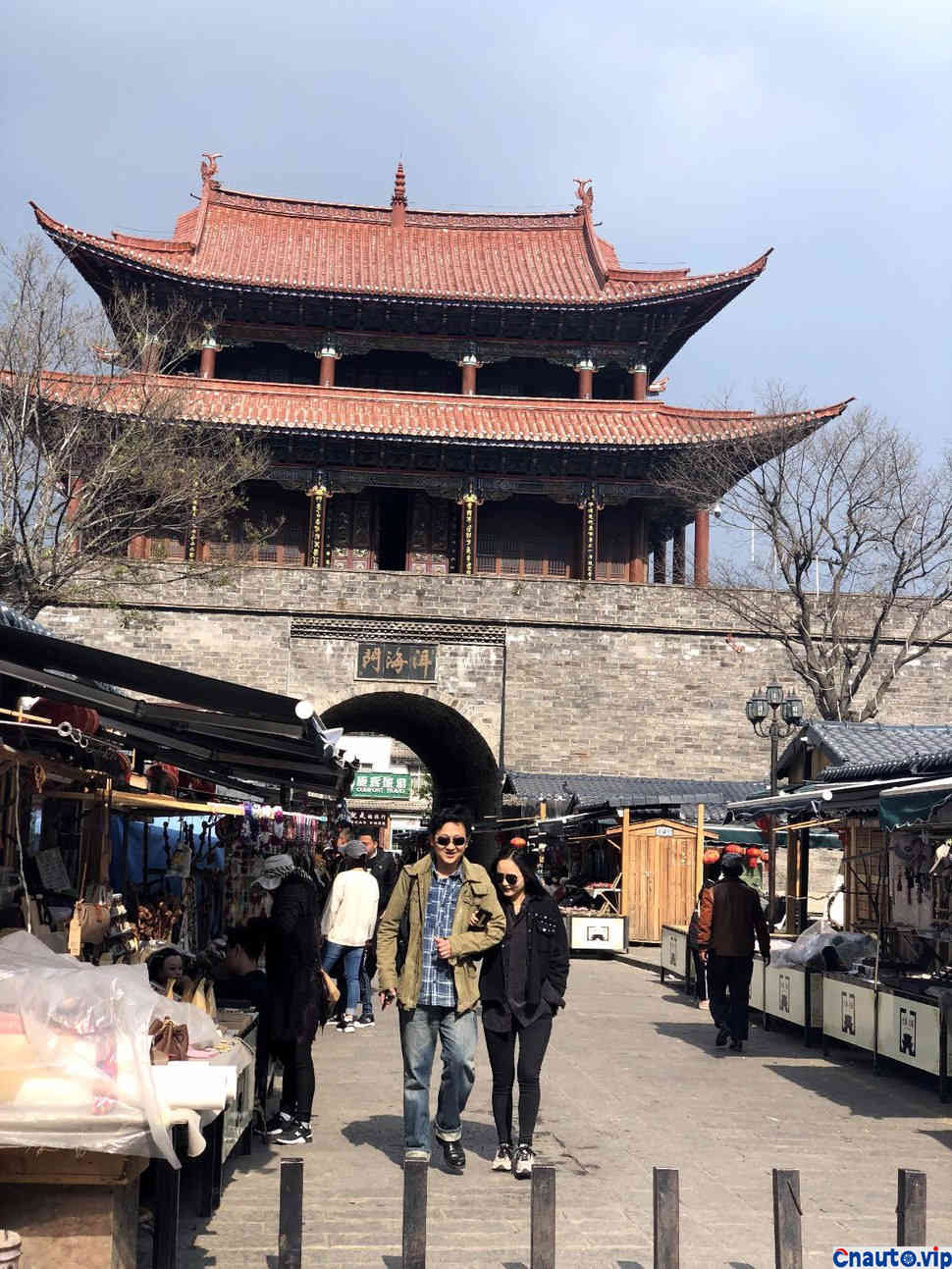
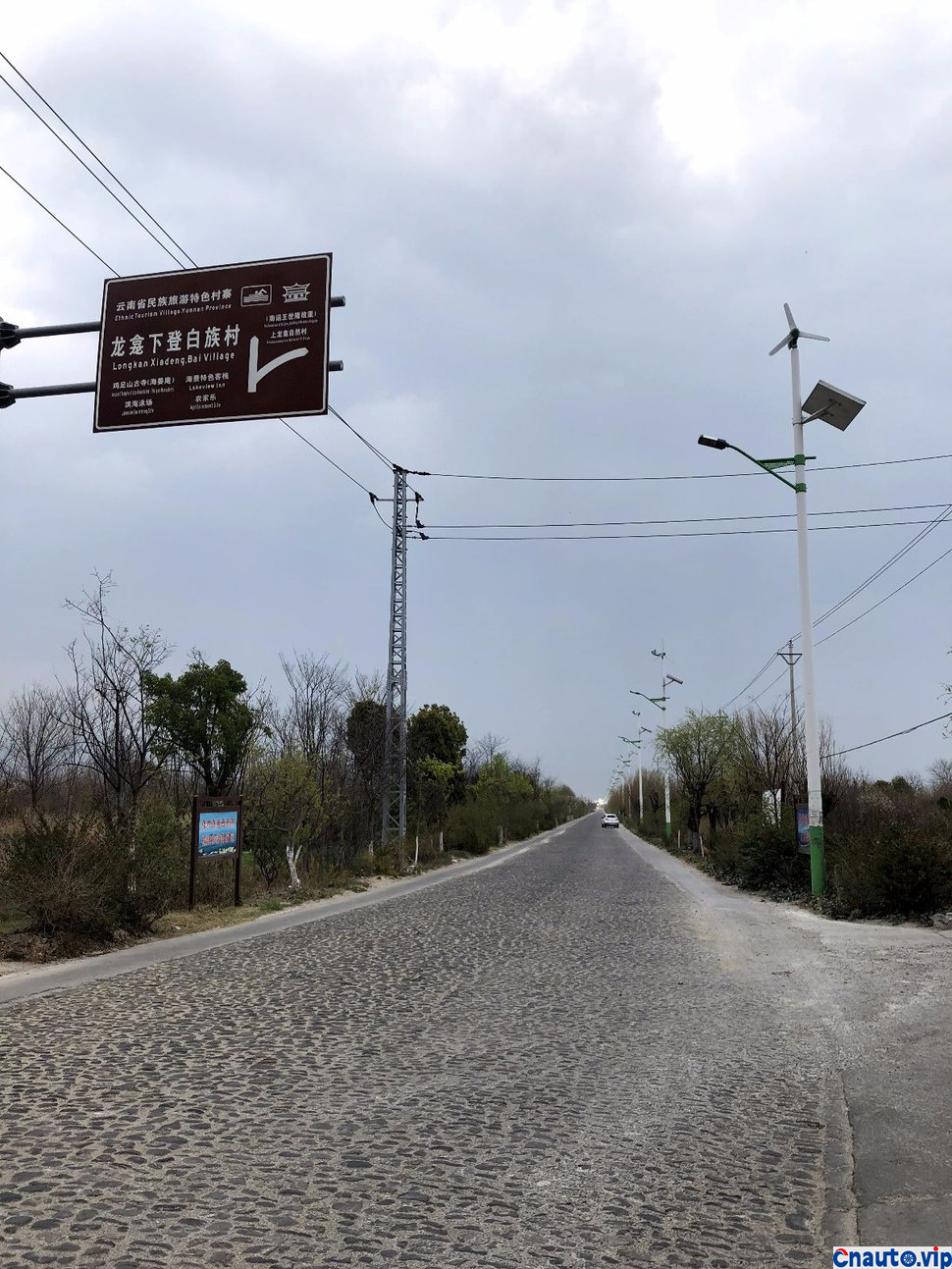

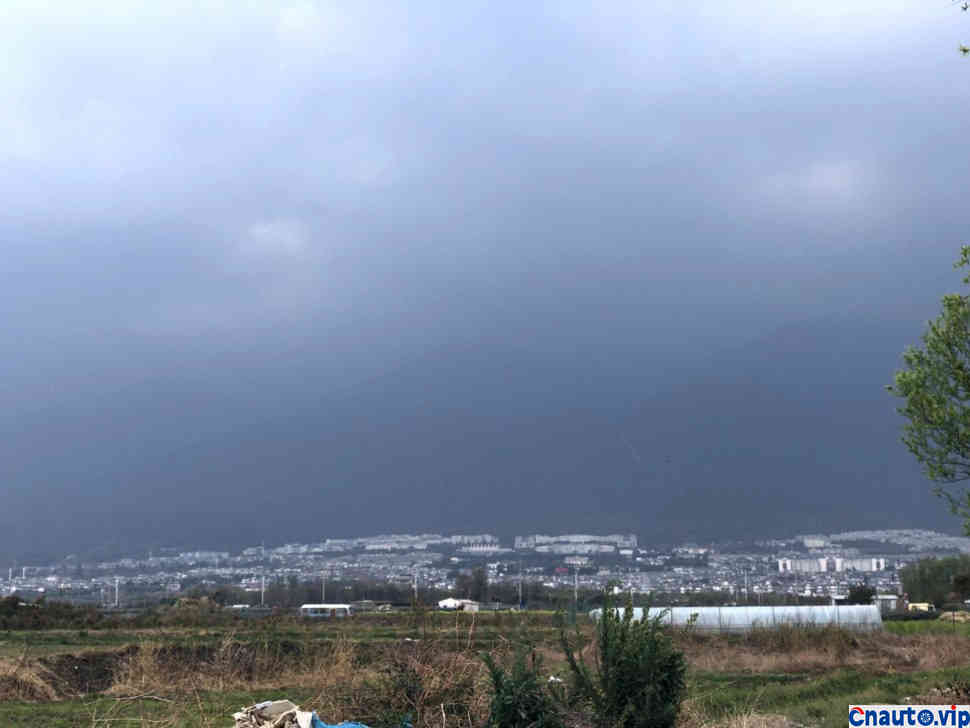
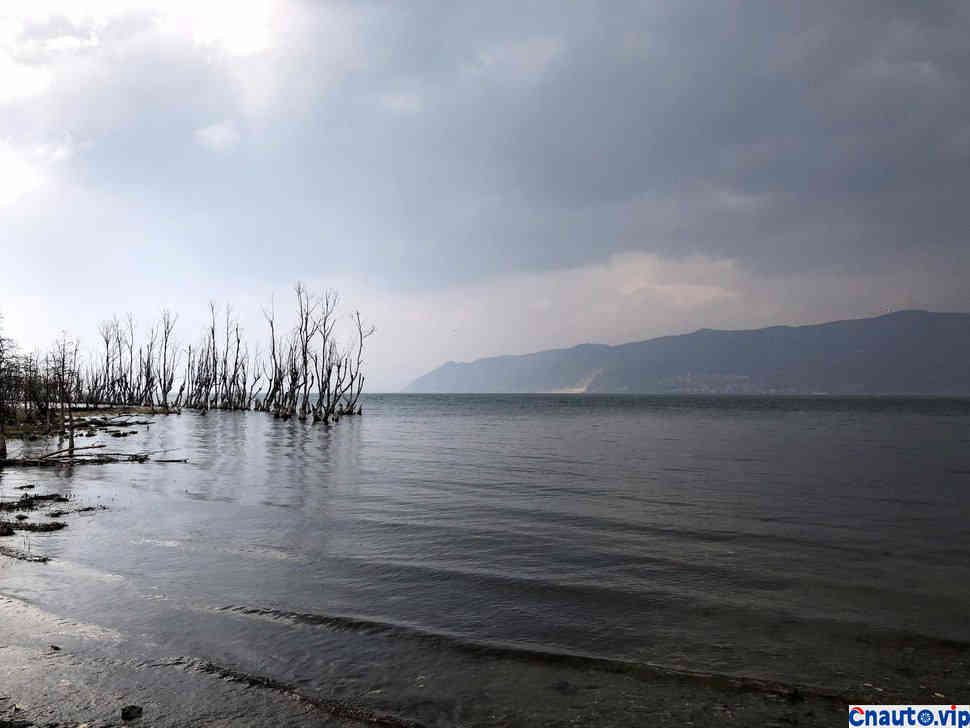

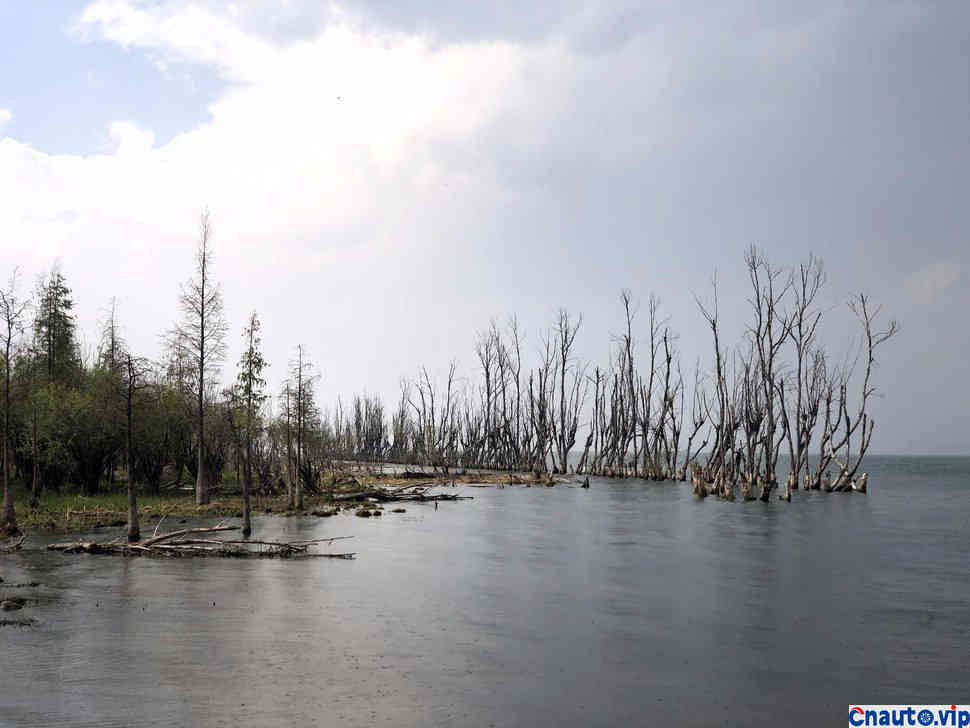






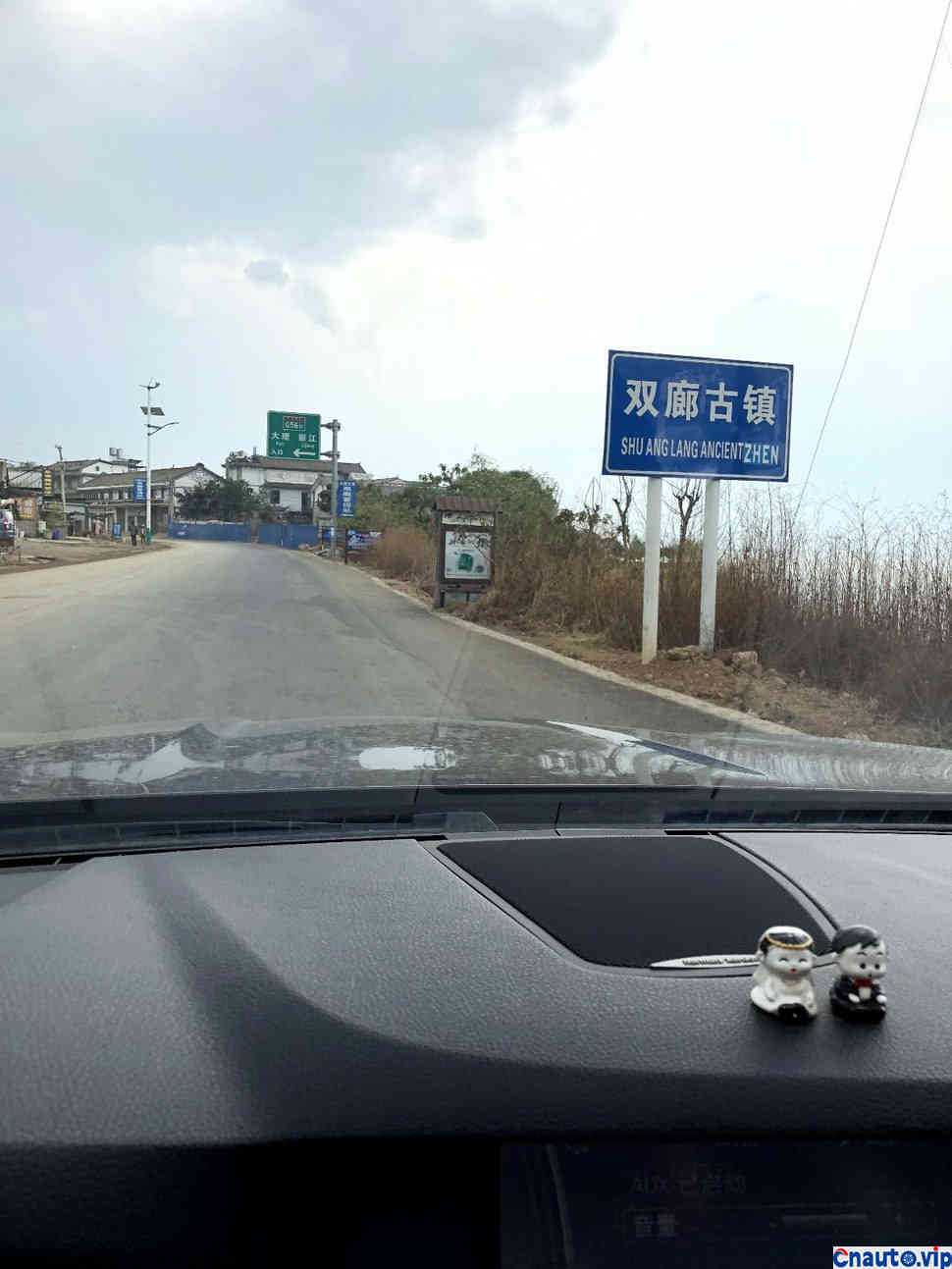



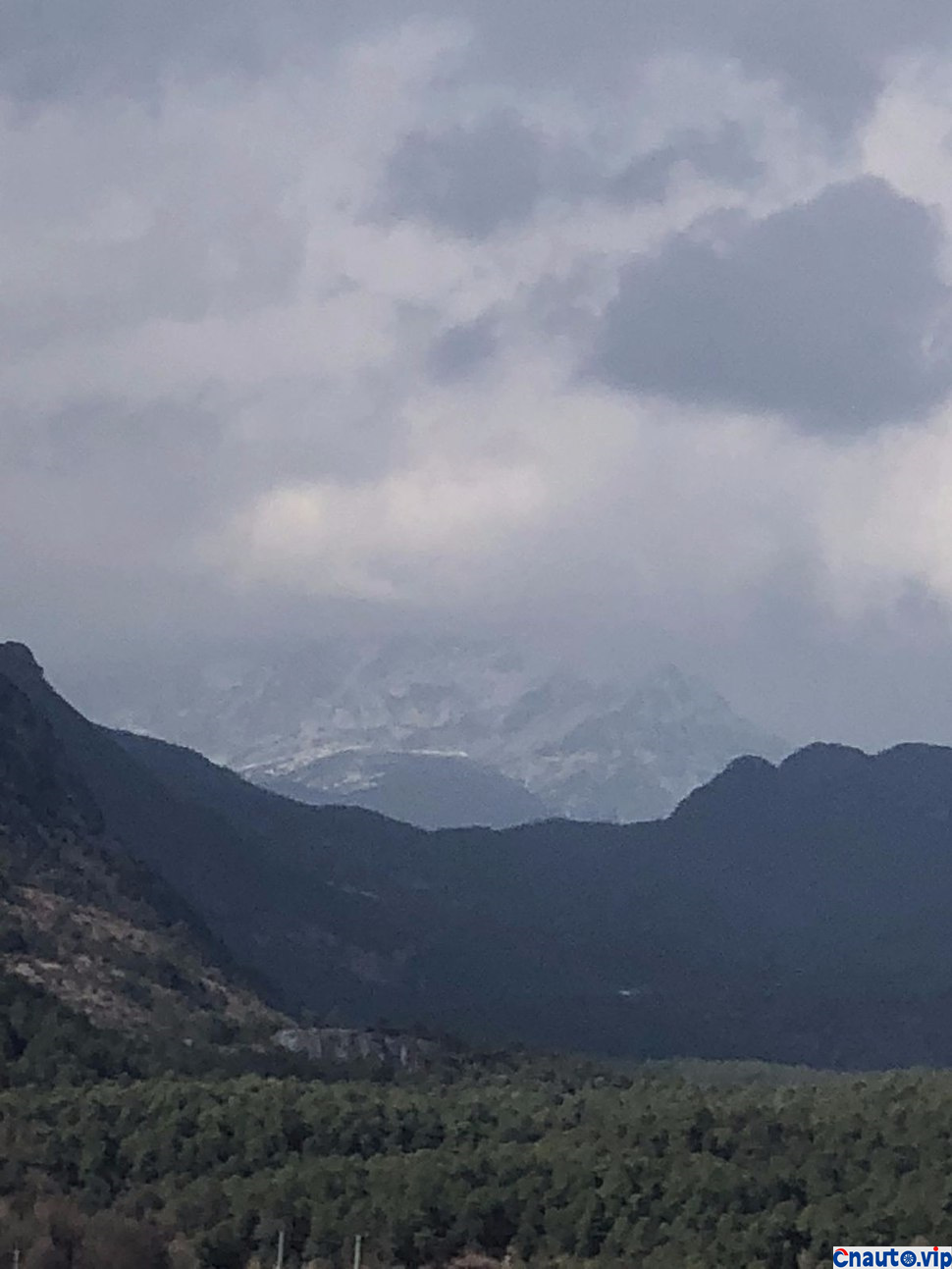



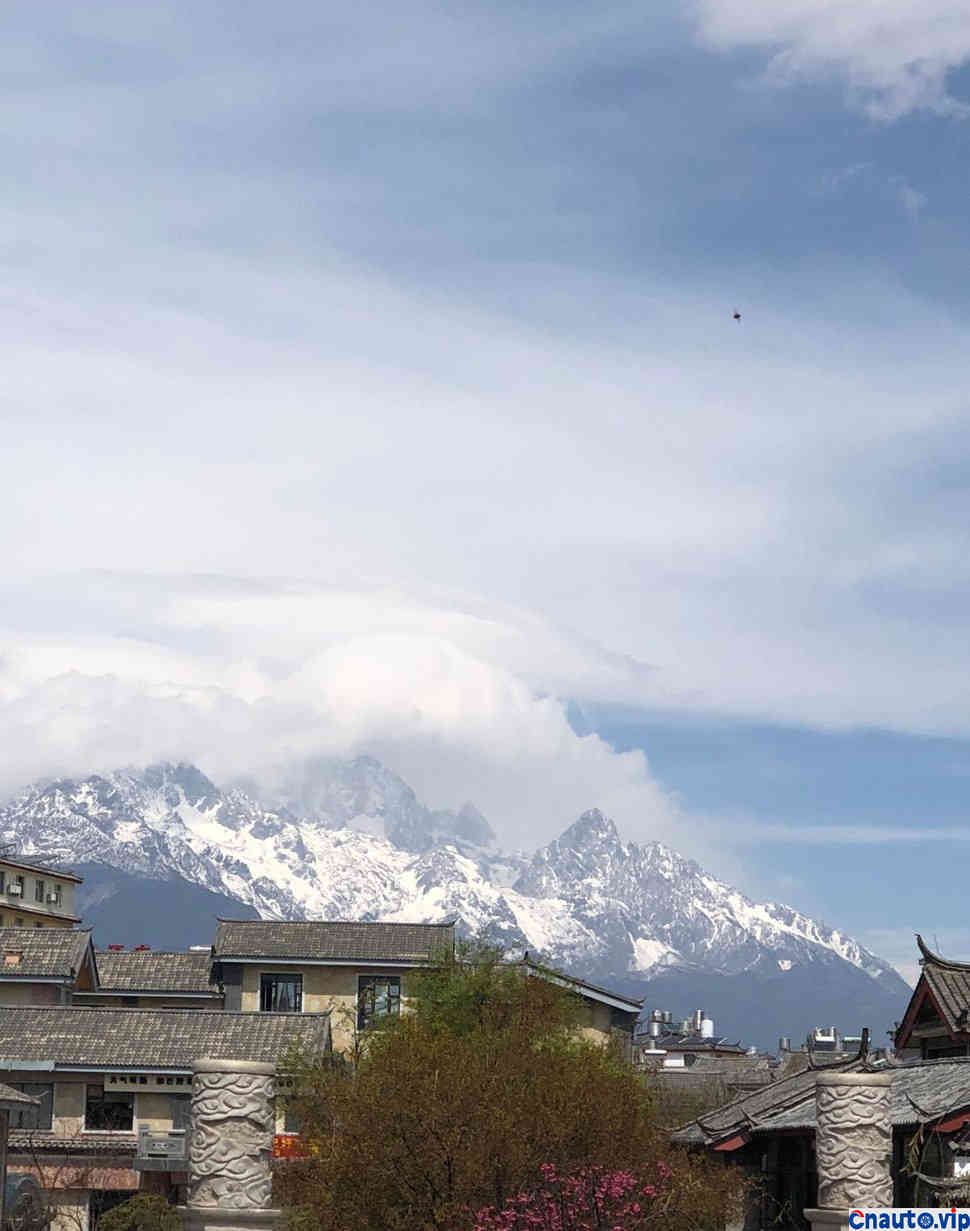
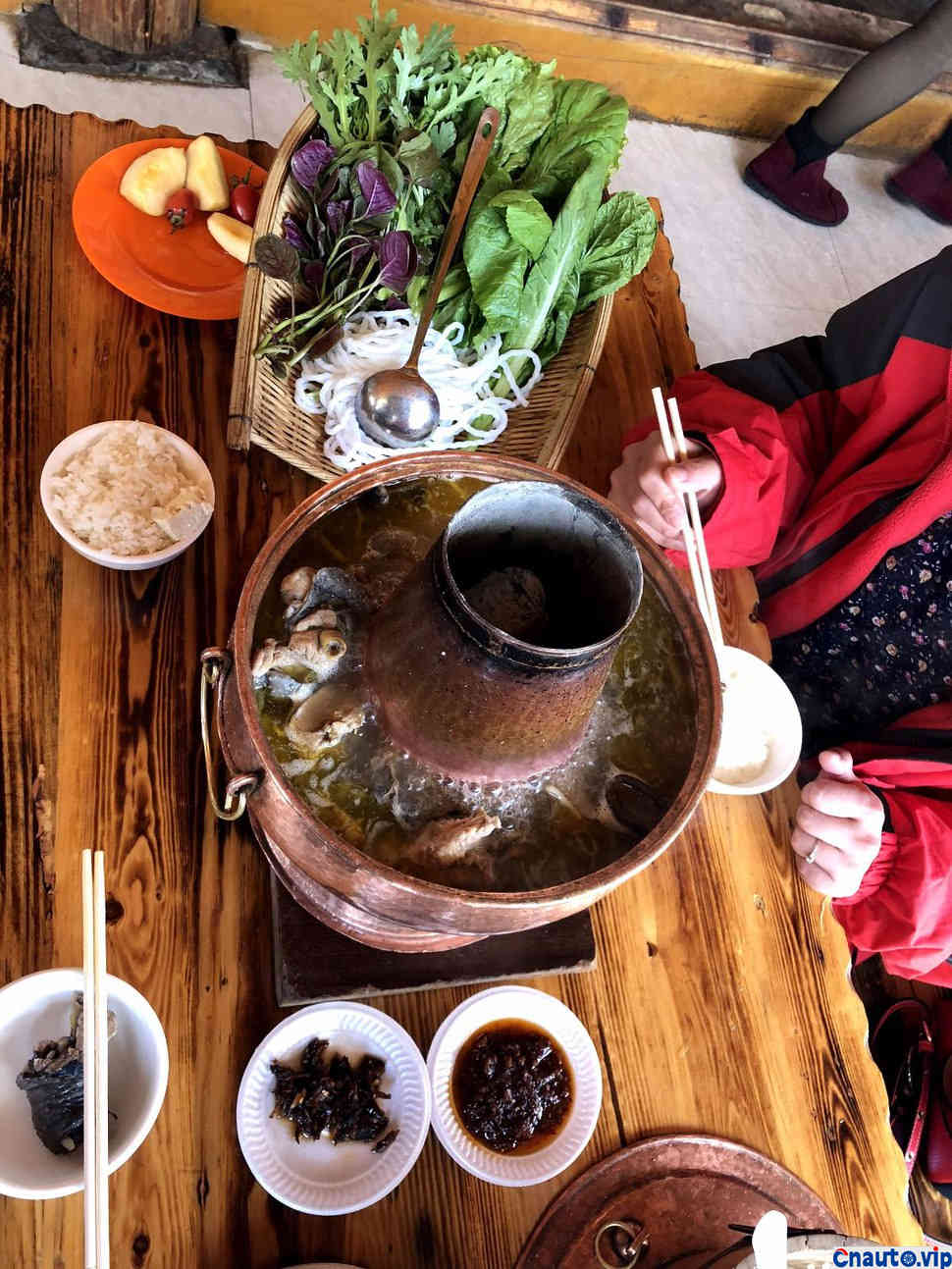
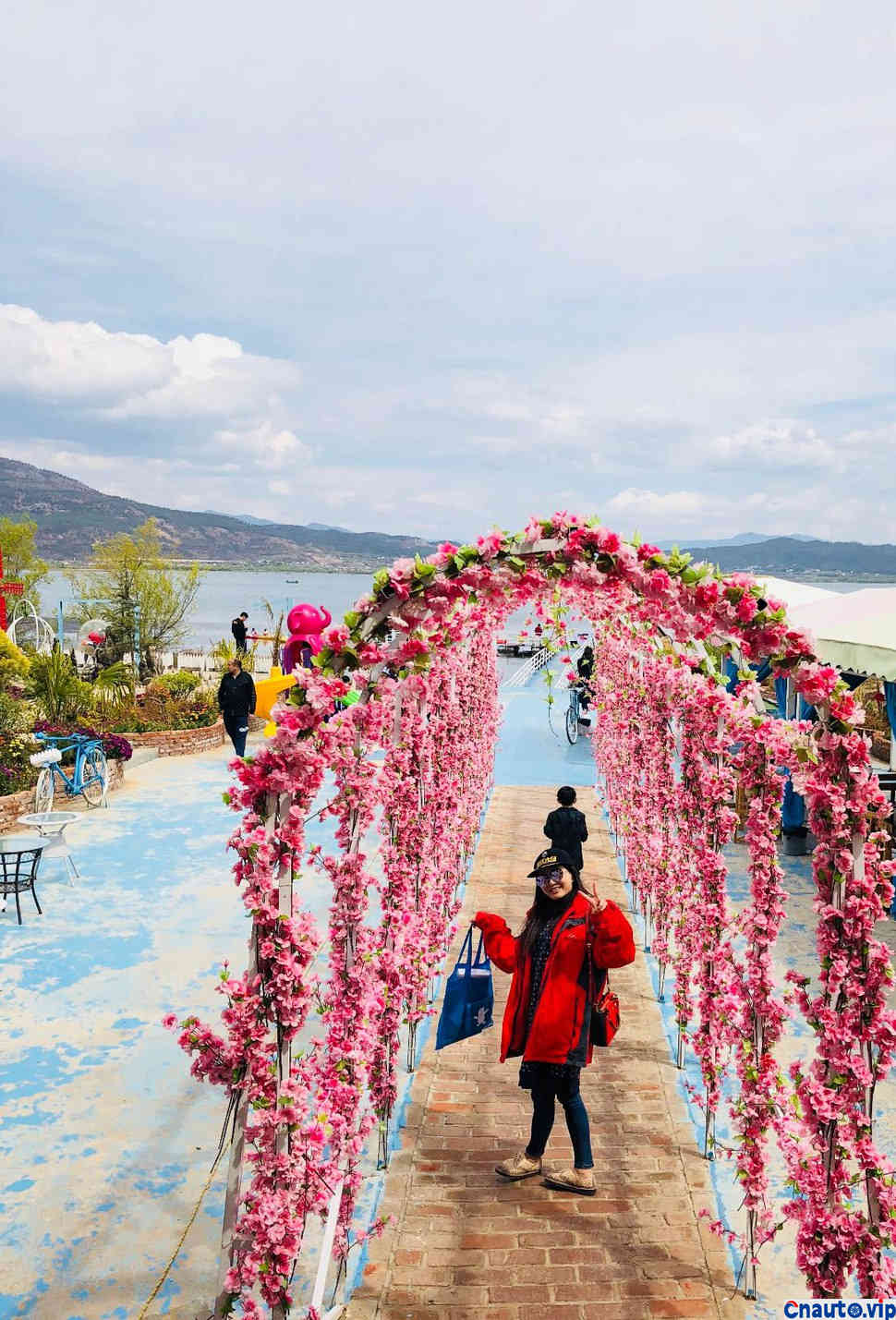





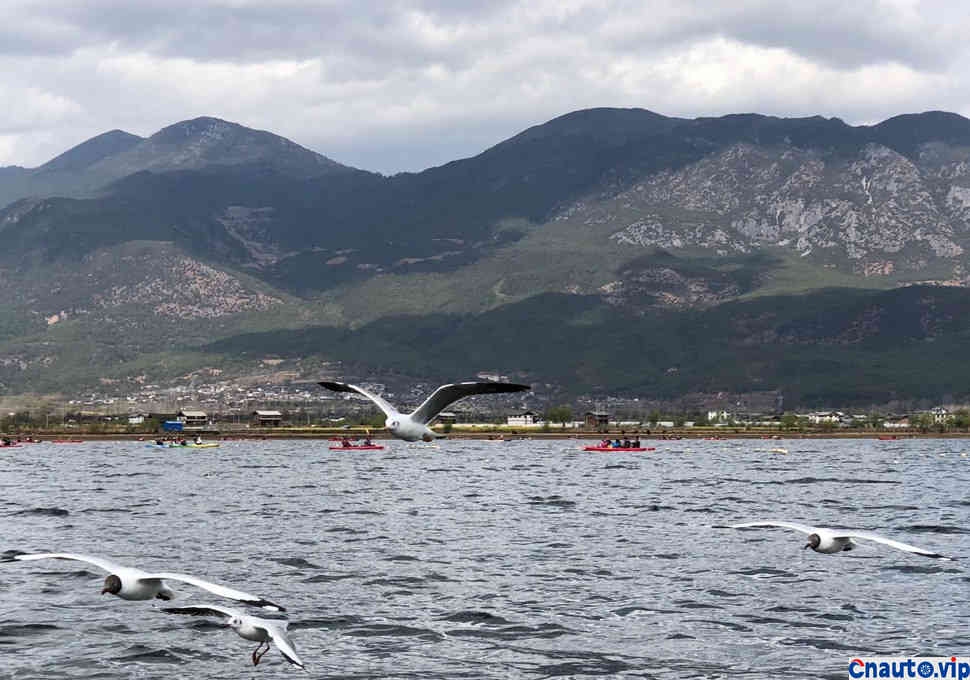


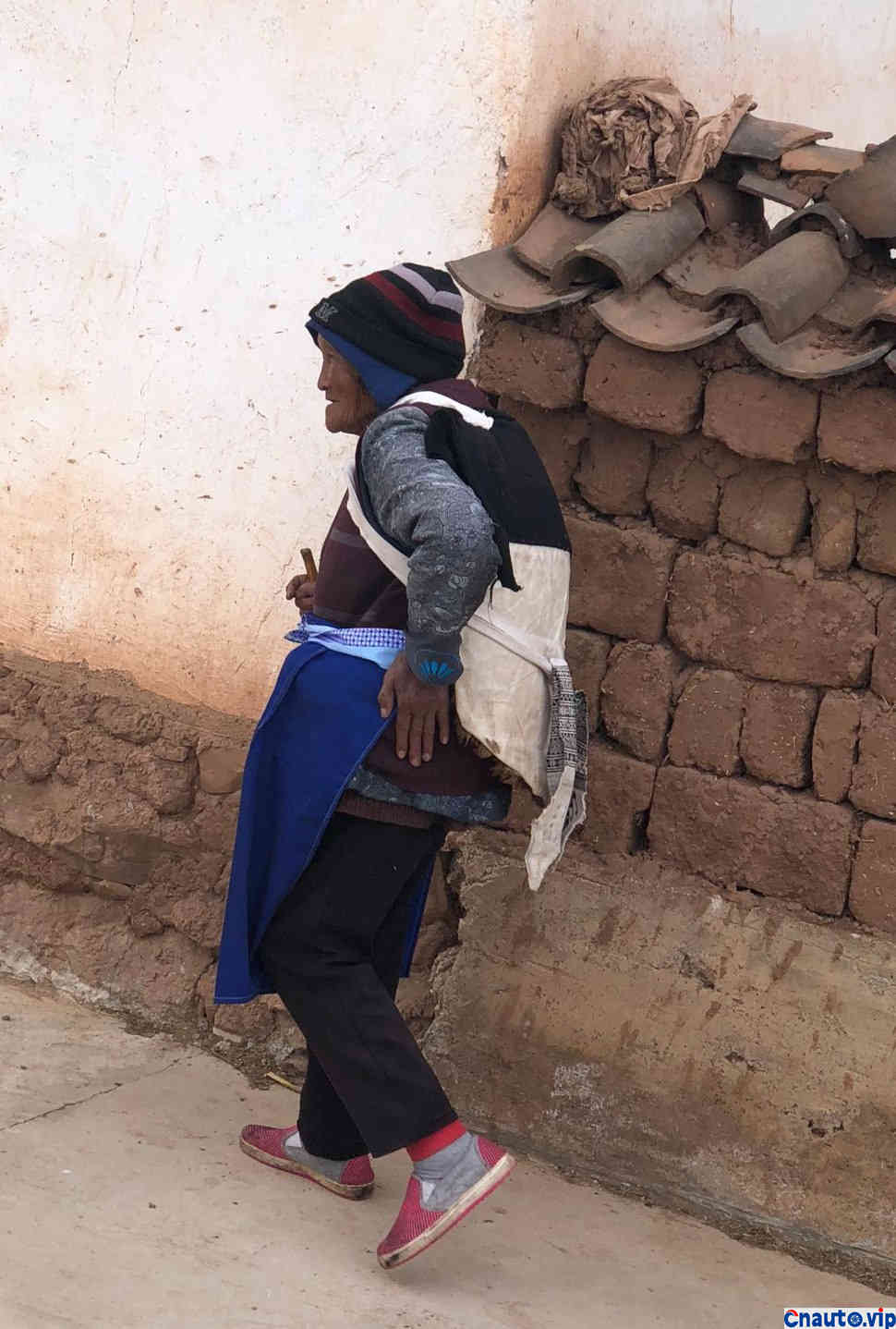




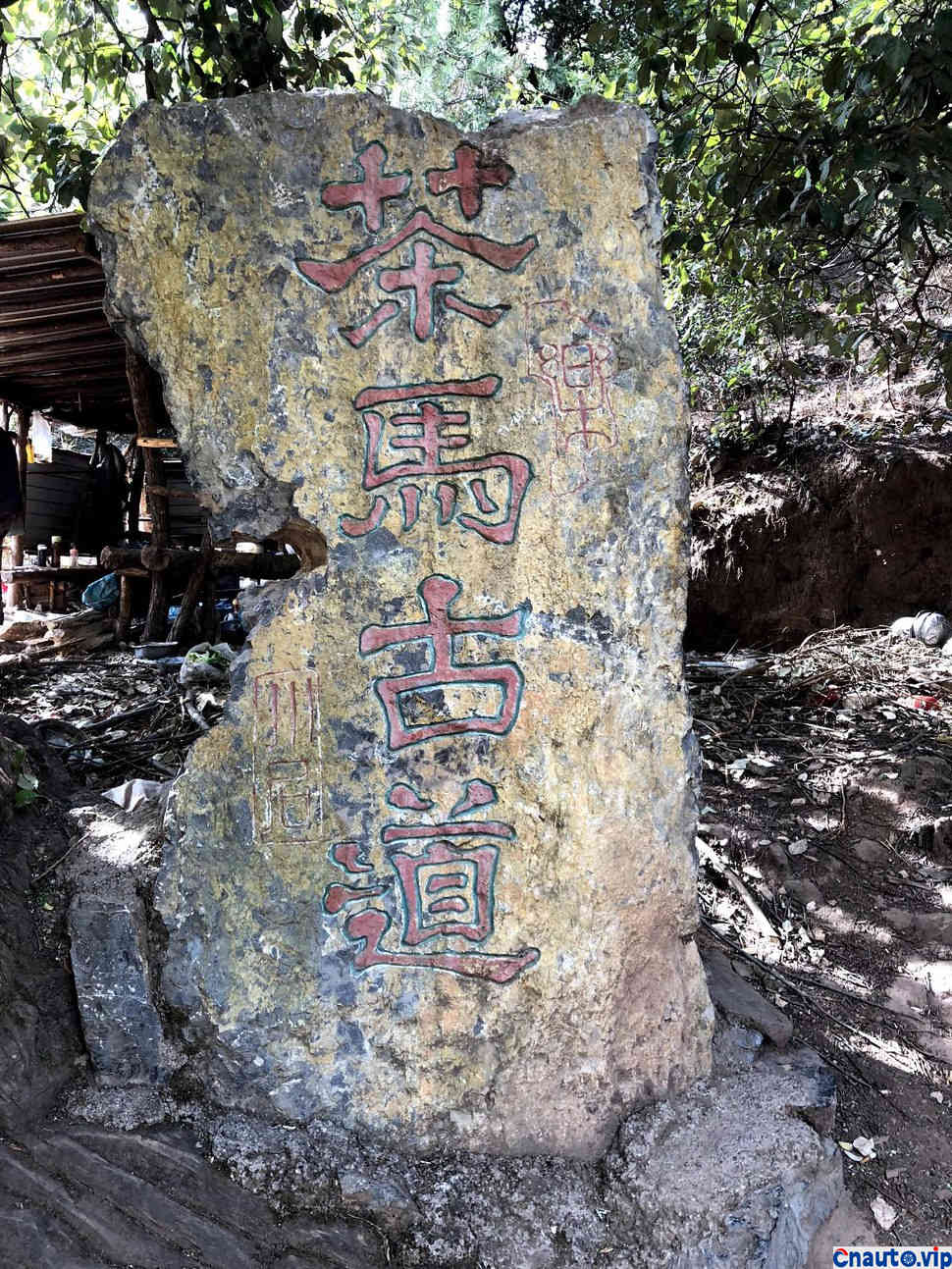


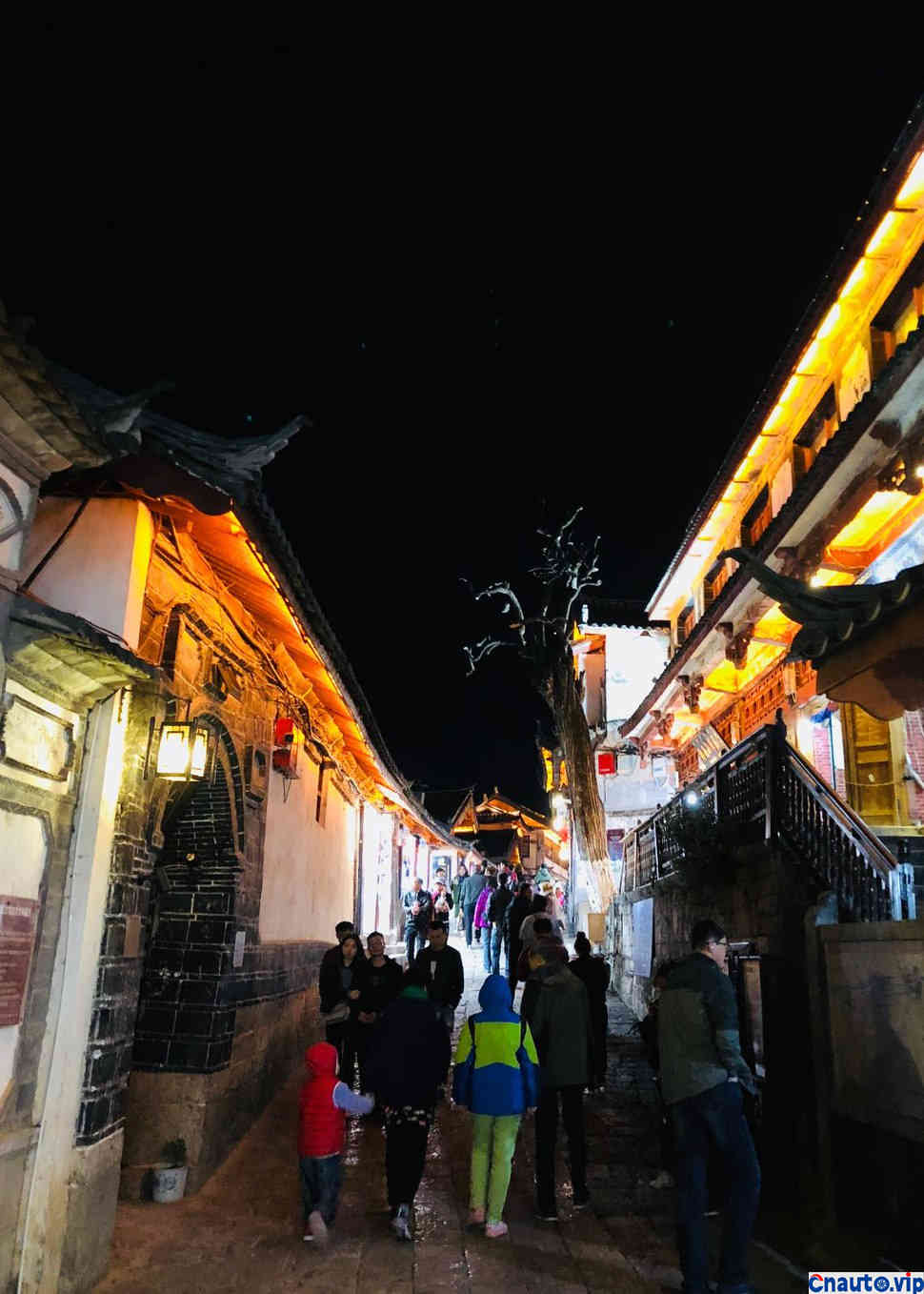
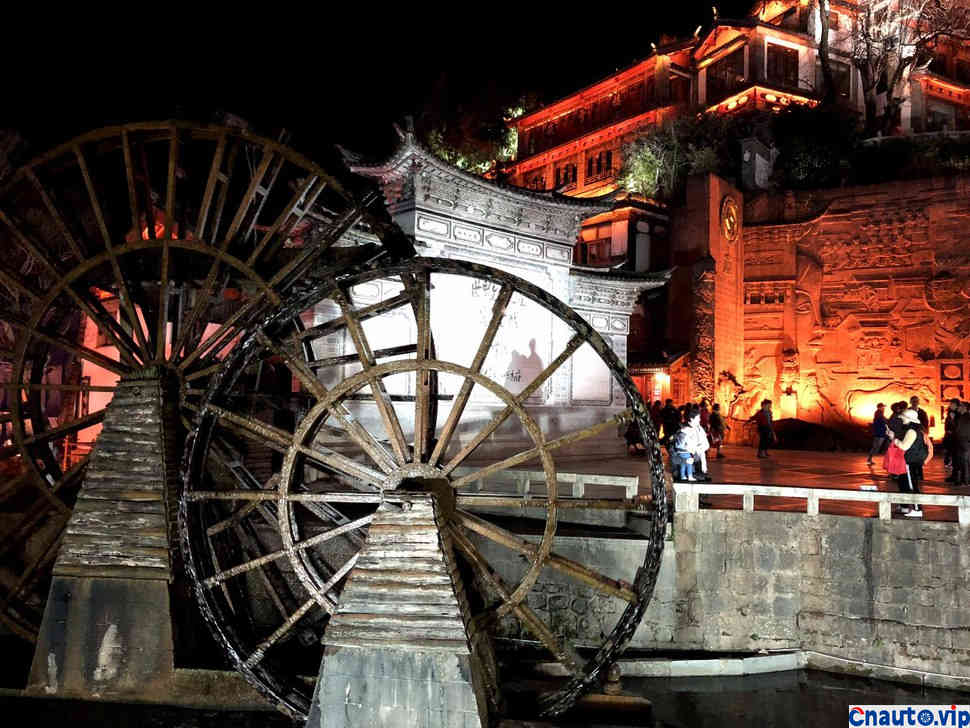

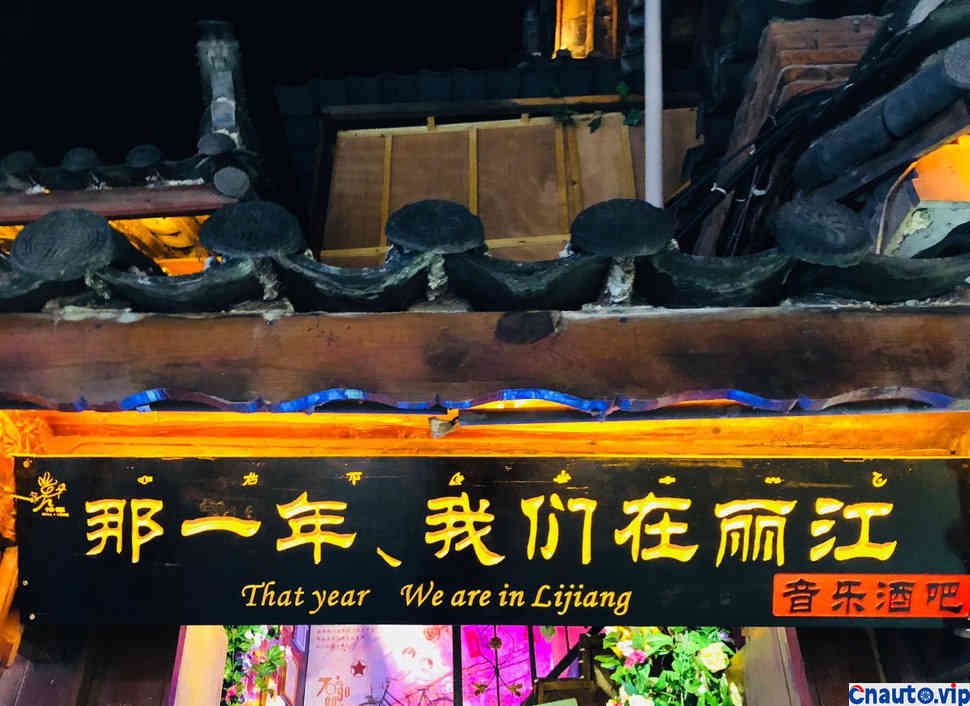
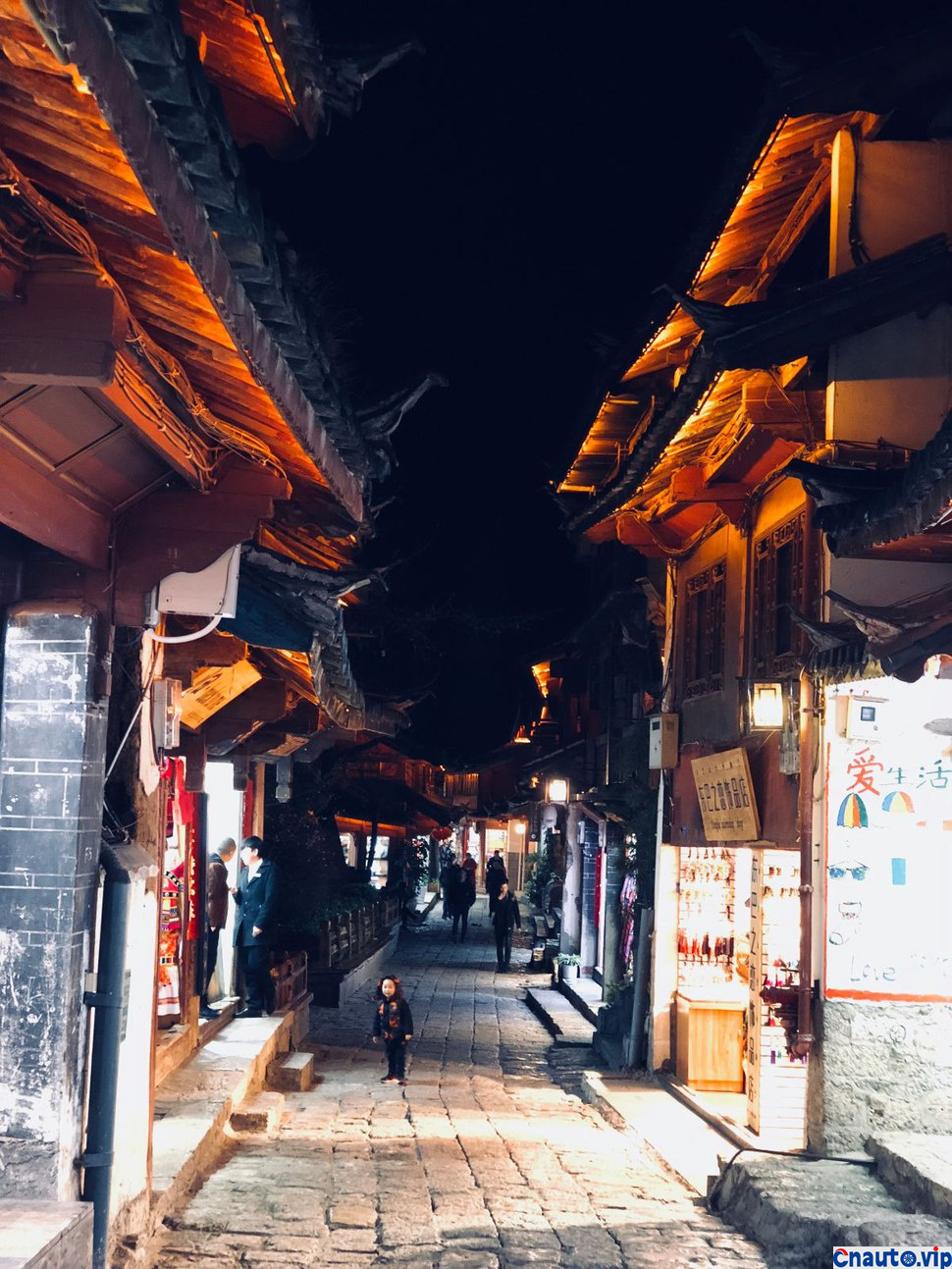



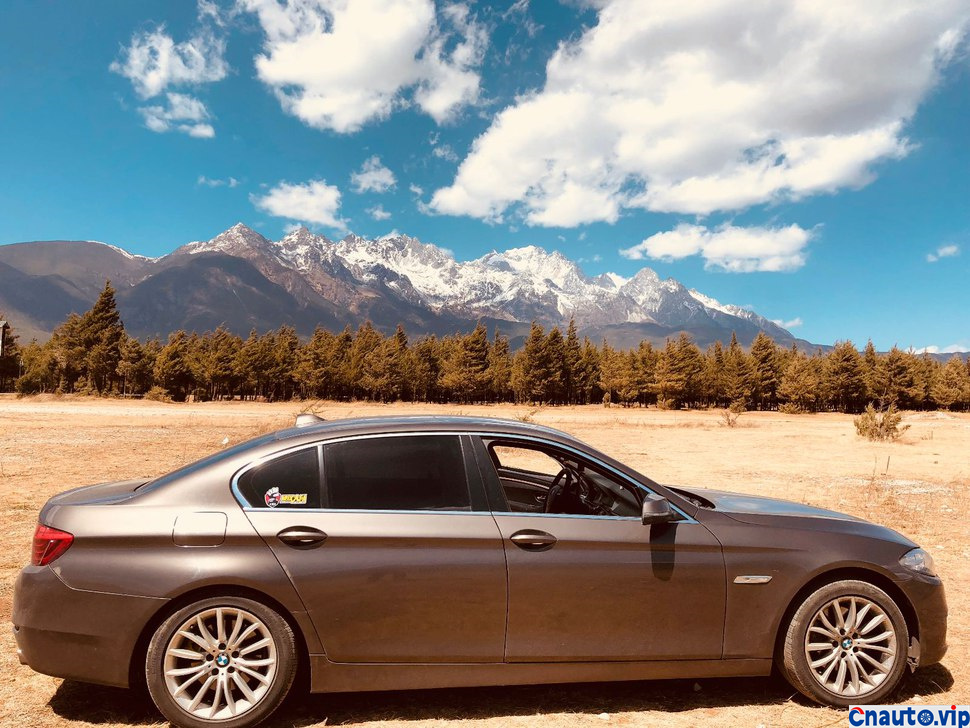


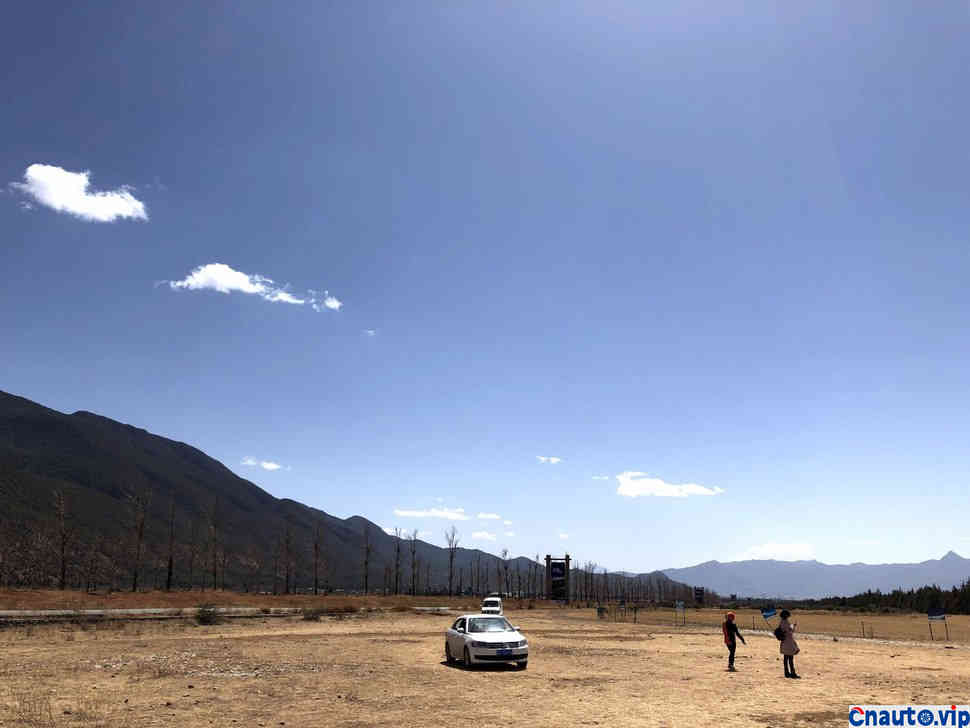
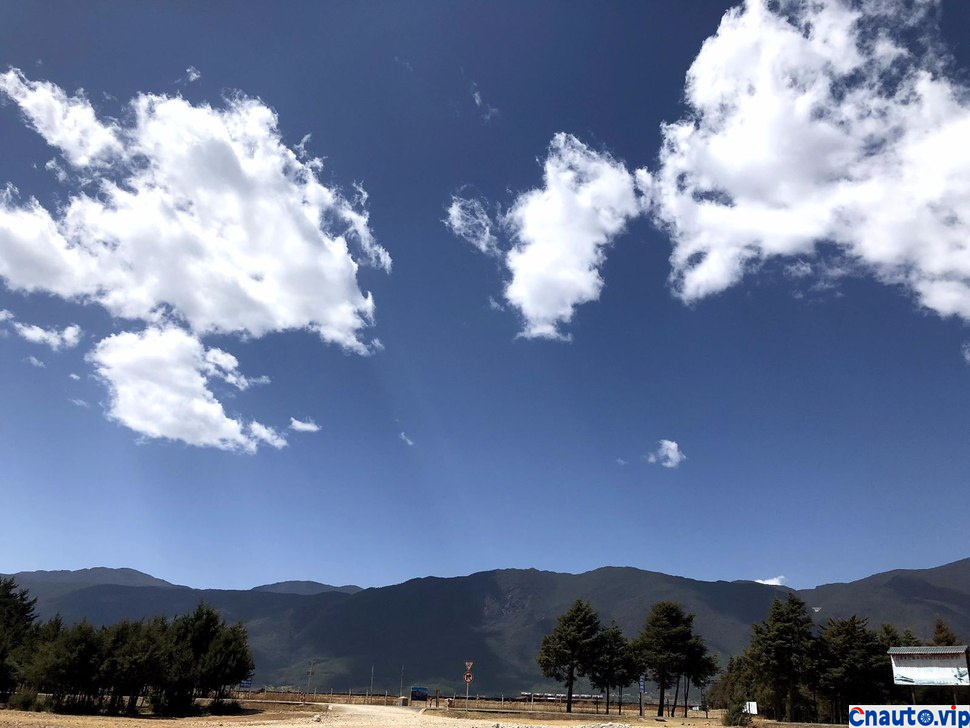





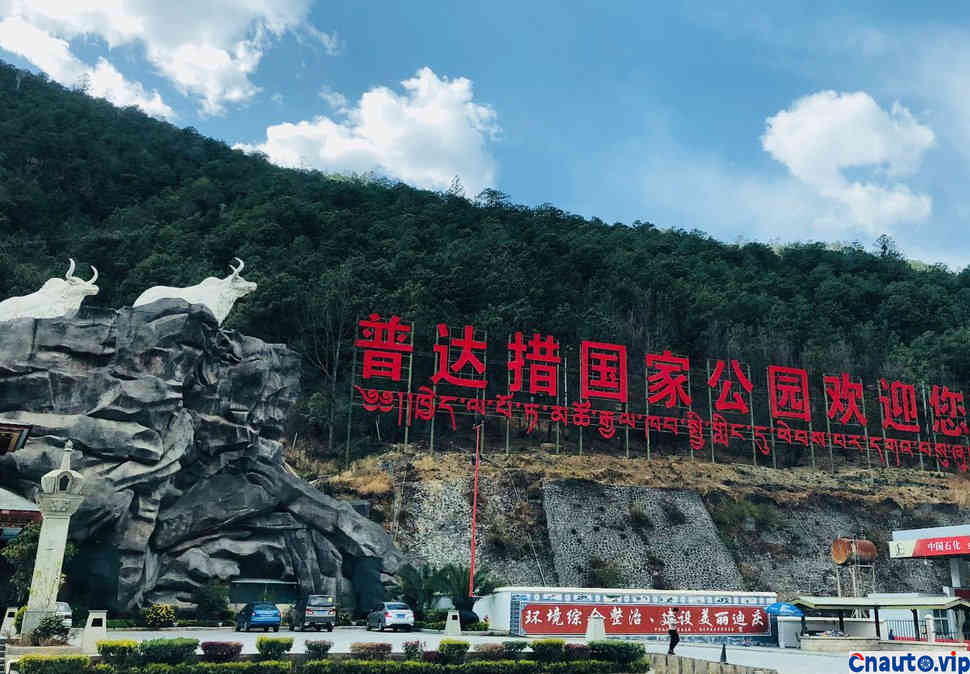


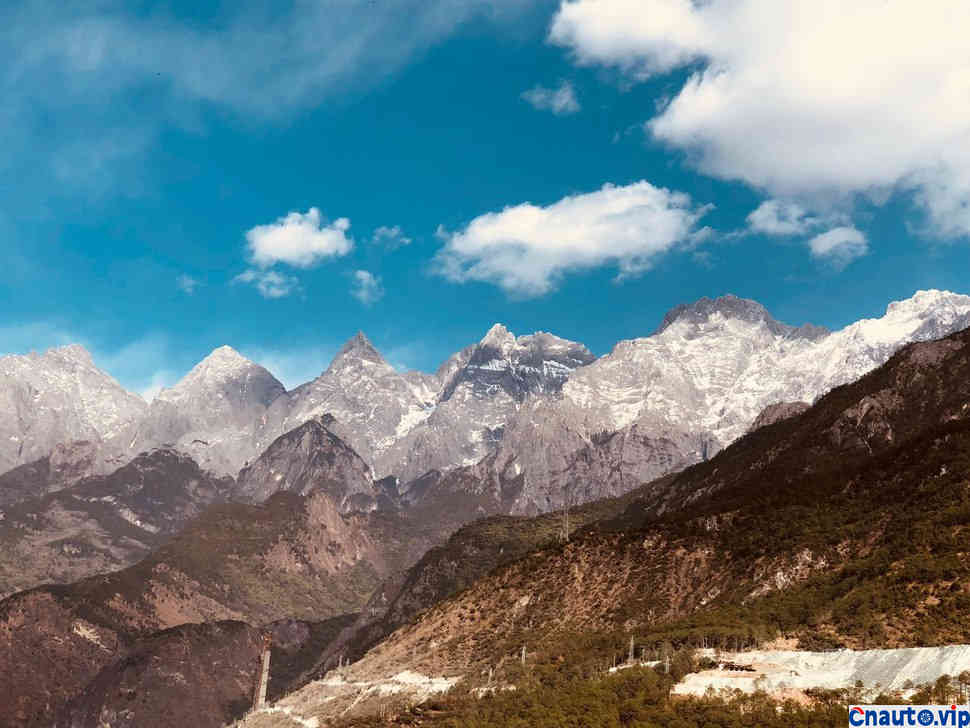




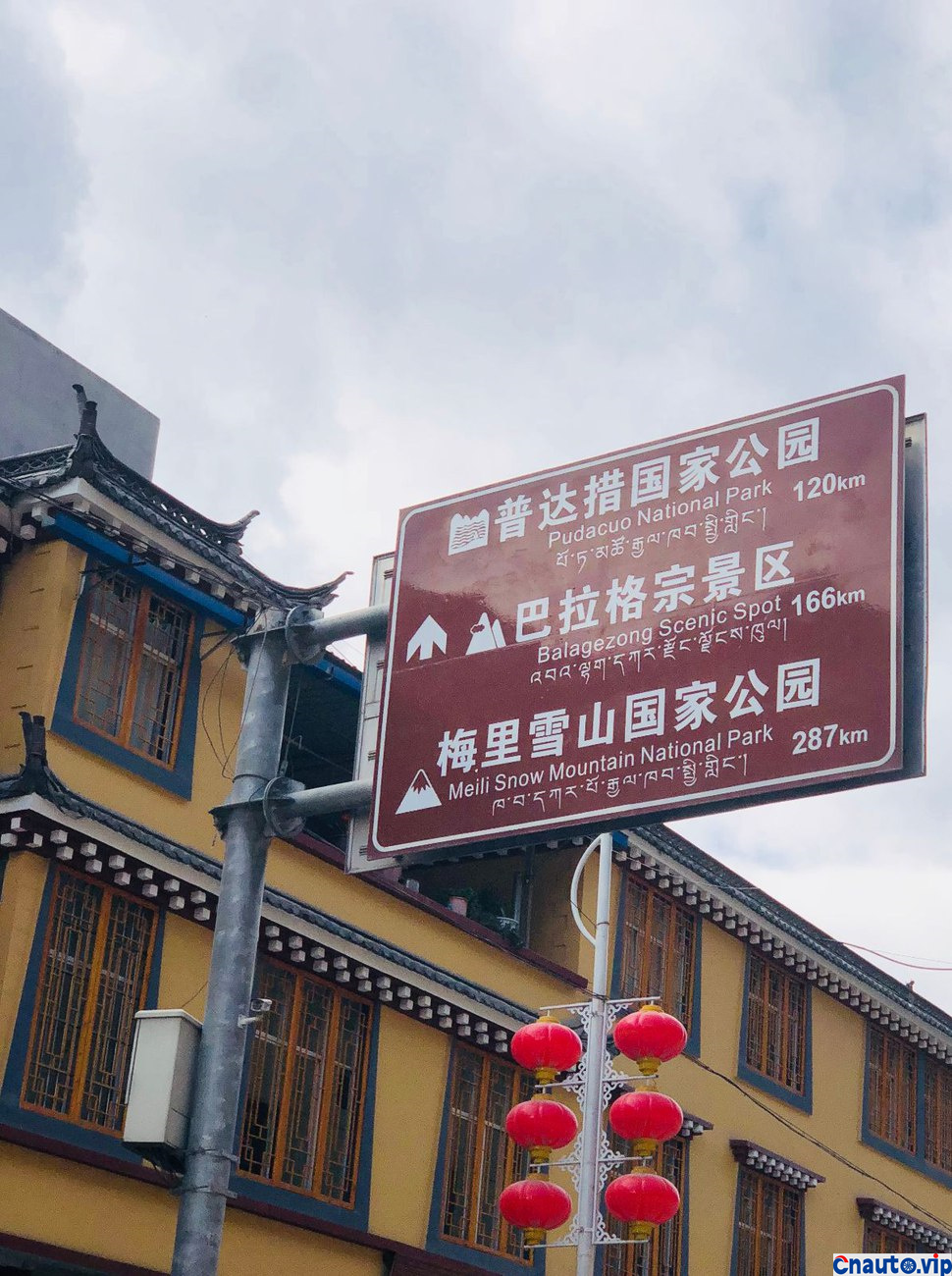

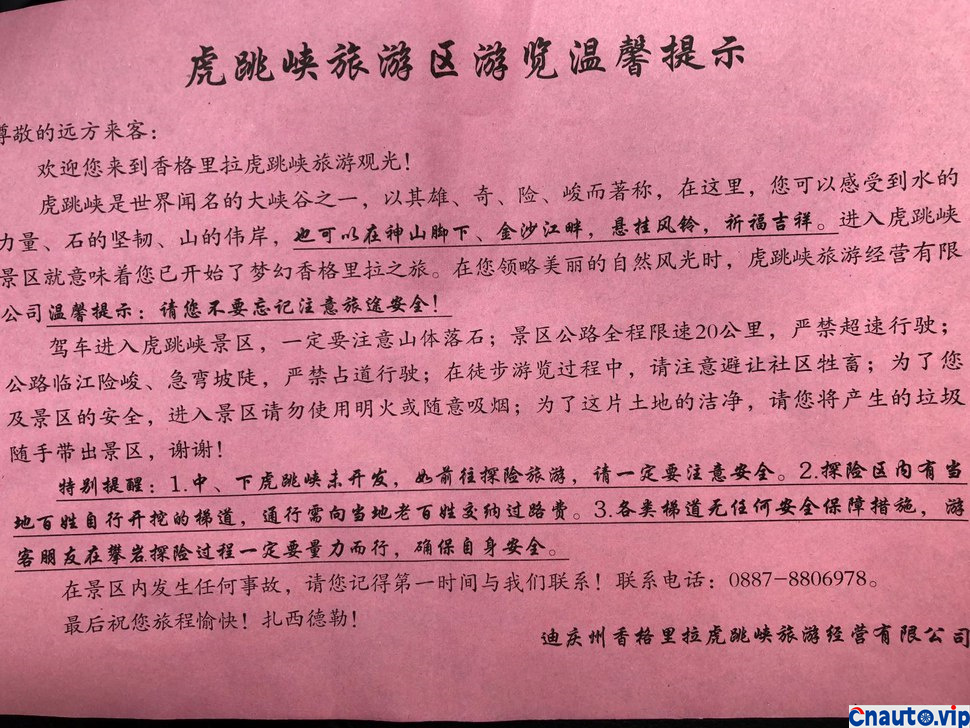
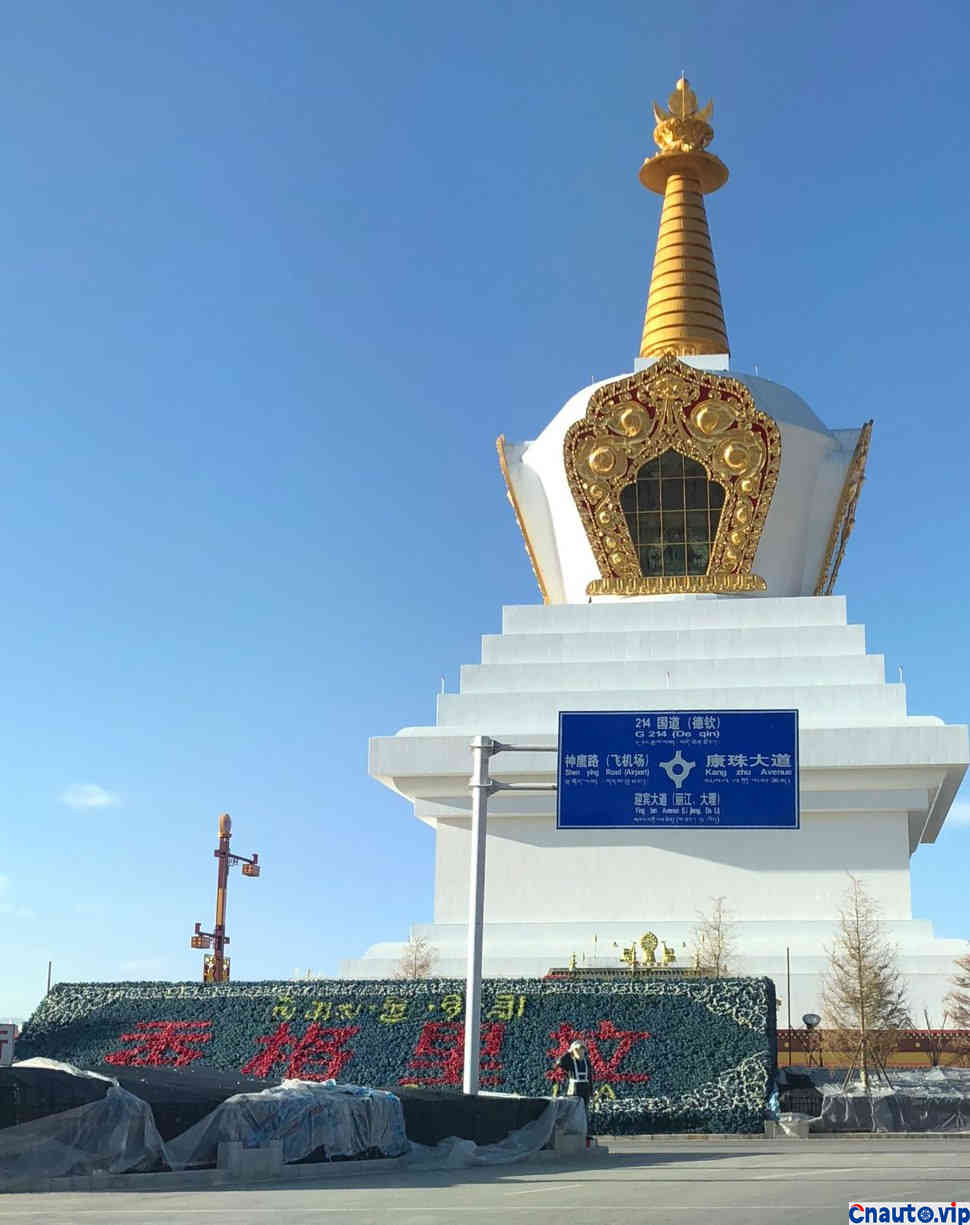
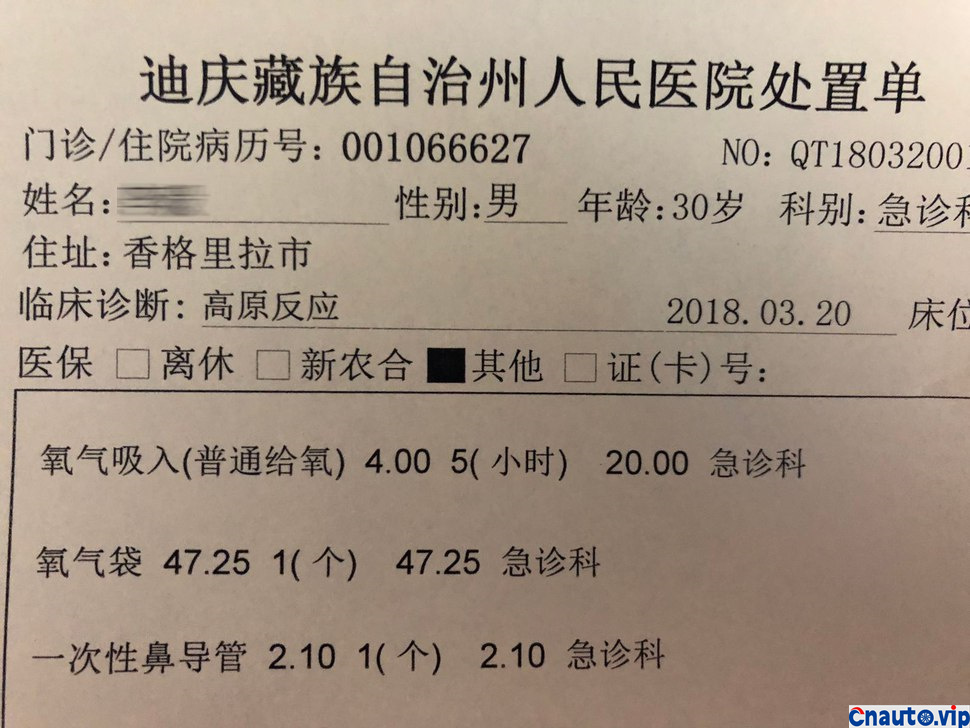


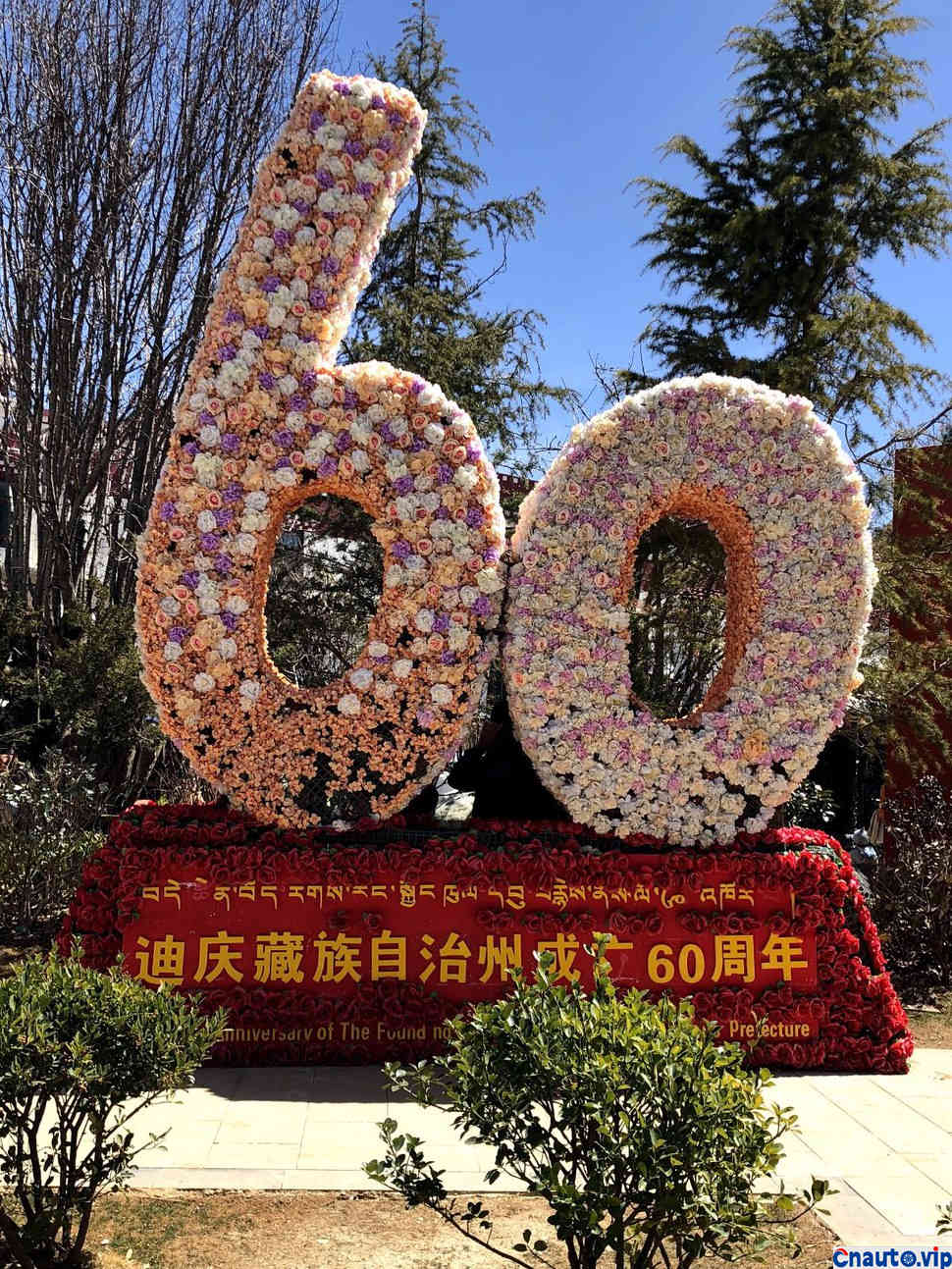


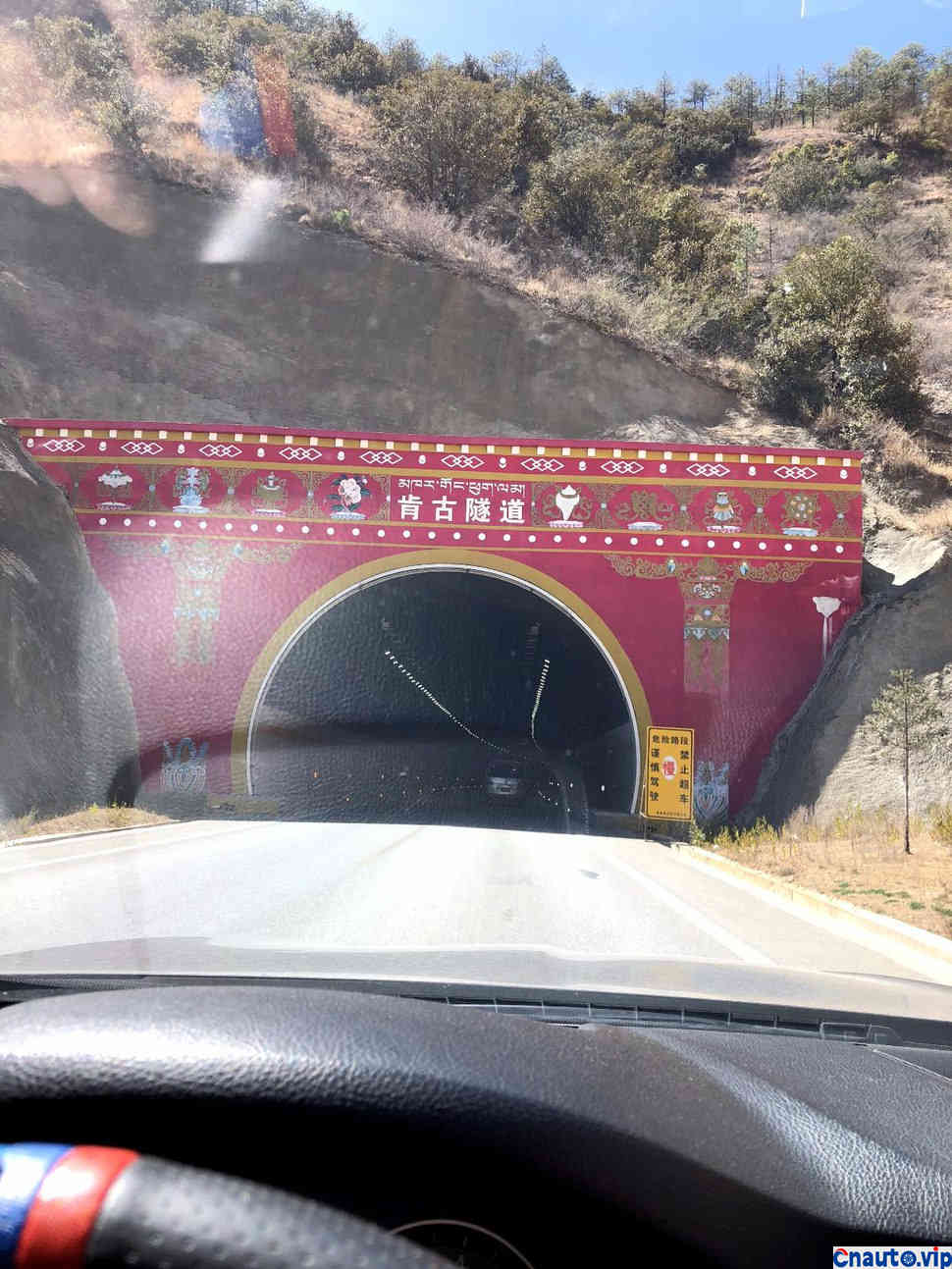




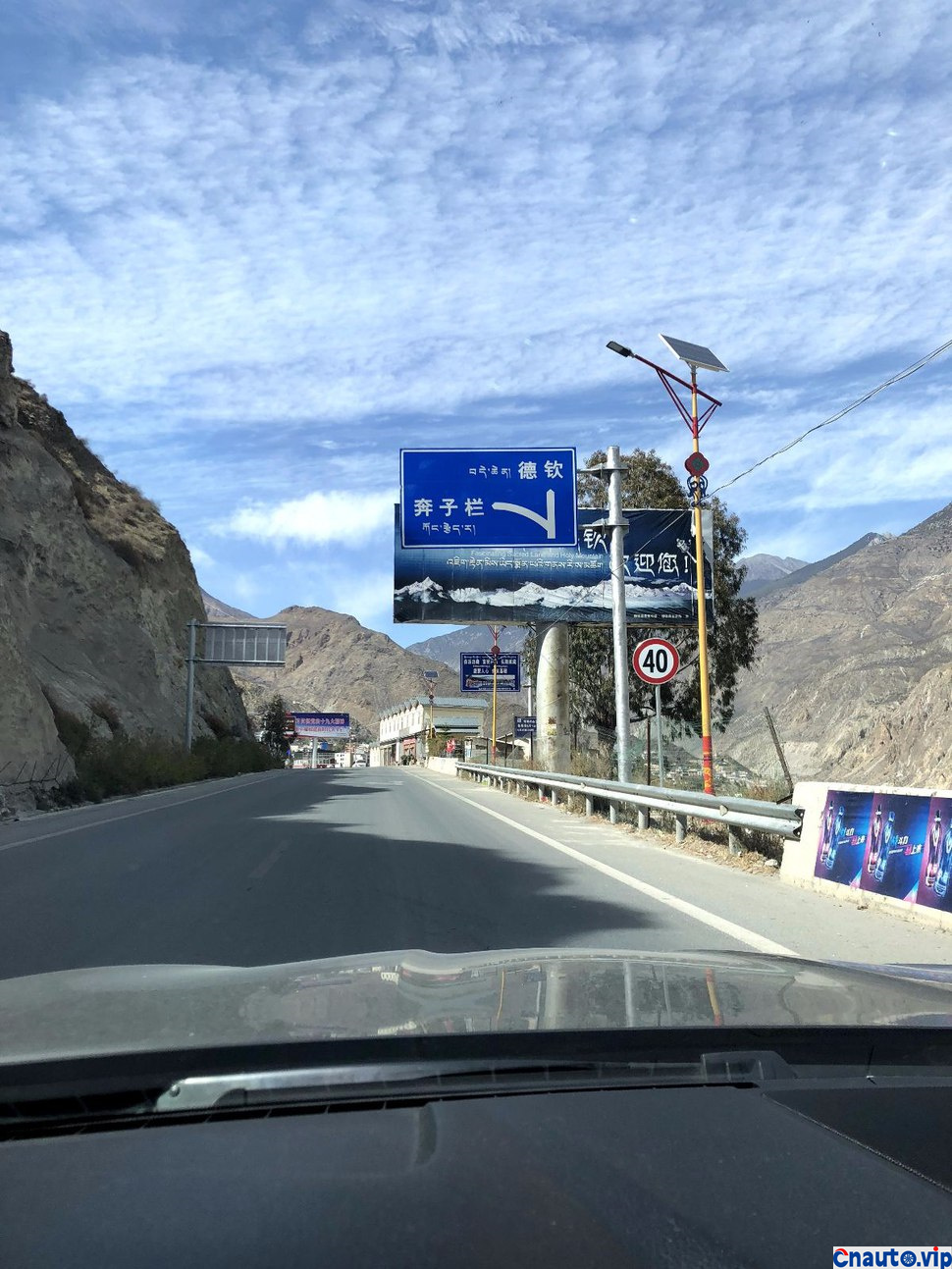
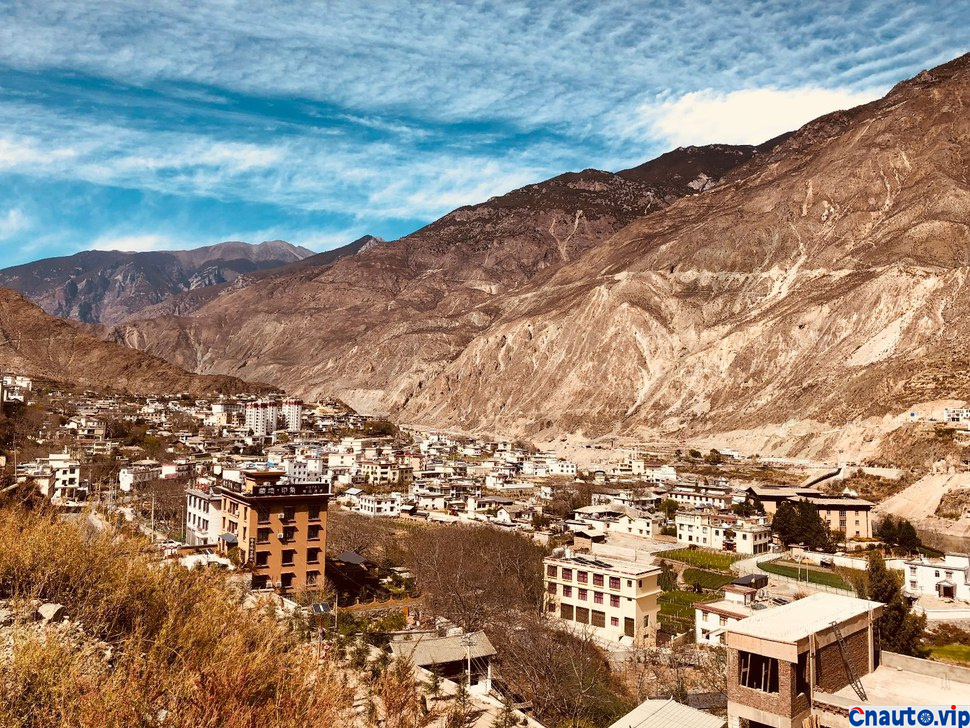

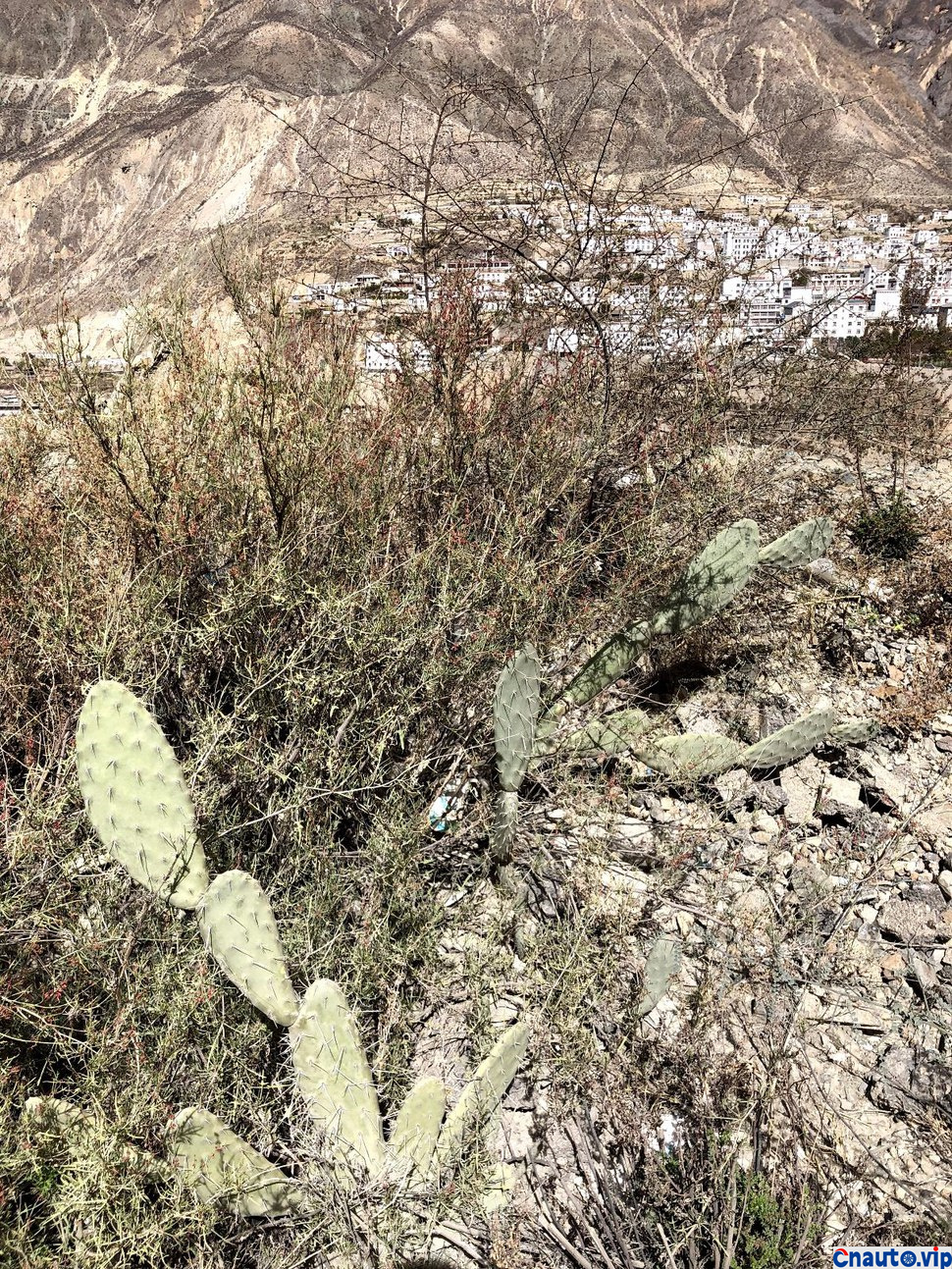




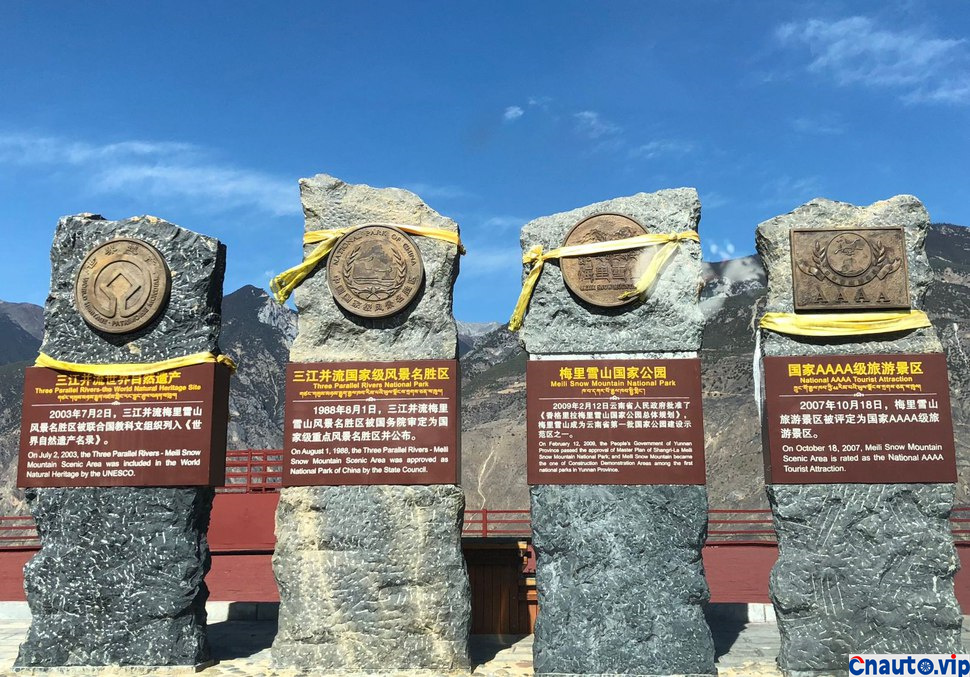





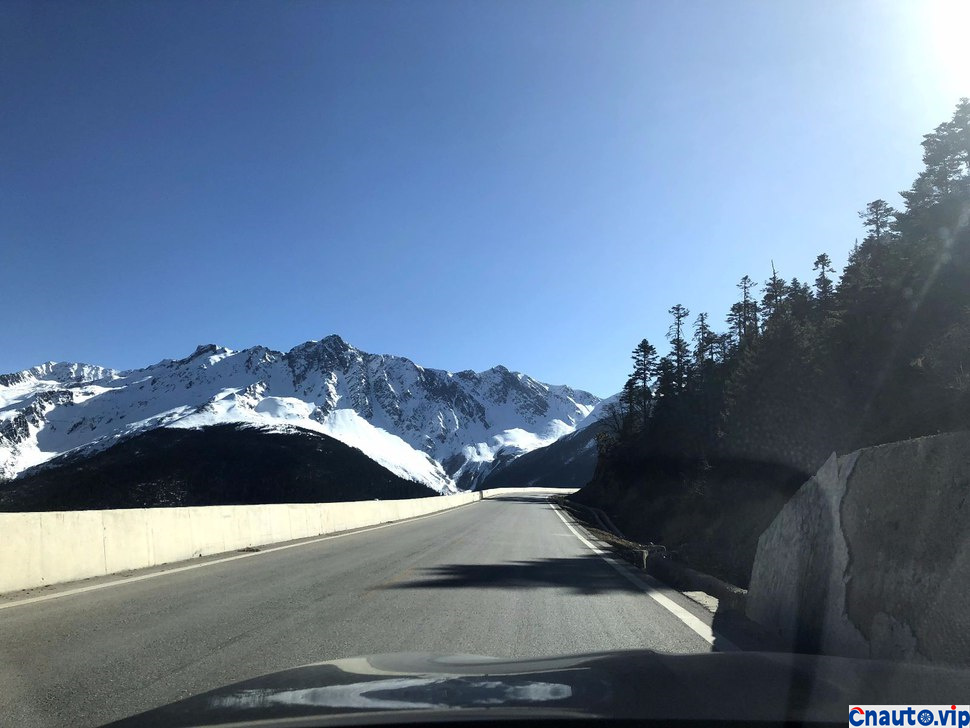






Meili Snow Mountain, with a total length of 150km, is a huge north-south snow mountain group located in the east of Xizang Chayu County and the west of Jingyunling Township, Deqin County, Diqing Tibetan Autonomous Prefecture, Yunnan Province. It is called Kawagbo Snow Mountain in Tibet, and the word “Meili” is translated into Chinese by Deqin Tibetan language mainri, which means Yaoshan. It is named because it is rich in a variety of valuable medicinal materials [1-2]. At the same time, it is also a sacred place of Bon Religion in Yongzhong, and it is also known as the four sacred mountains of Tibetan Buddhism, along with Xizang’s Gang Rinpoqi, Qinghai’s A * Qing Mountain and Qinghai’s Gadujevo.
The highest peak, Kawagbo, is 6740 meters above sea level and is the highest peak in Yunnan Province. It is located 10 kilometers northeast of Deqin County and 184kilometers away from Zhongdian County. It is about 30 kilometers long, of which the highest pyramid peak is Kawagbo Peak, which is 6740 meters above sea level. It is an extremely high mountain protruding nearly one kilometer from the top of the surrounding mountains. It is the highest peak in Yunnan Province. The activity of the Meili Snow Mountain fault is strong and towering, with 13 peaks above 6000 meters above sea level around Kawagbo Peak, which is the highest mountain on the southeastern edge of the Qinghai-Xizang Plateau.

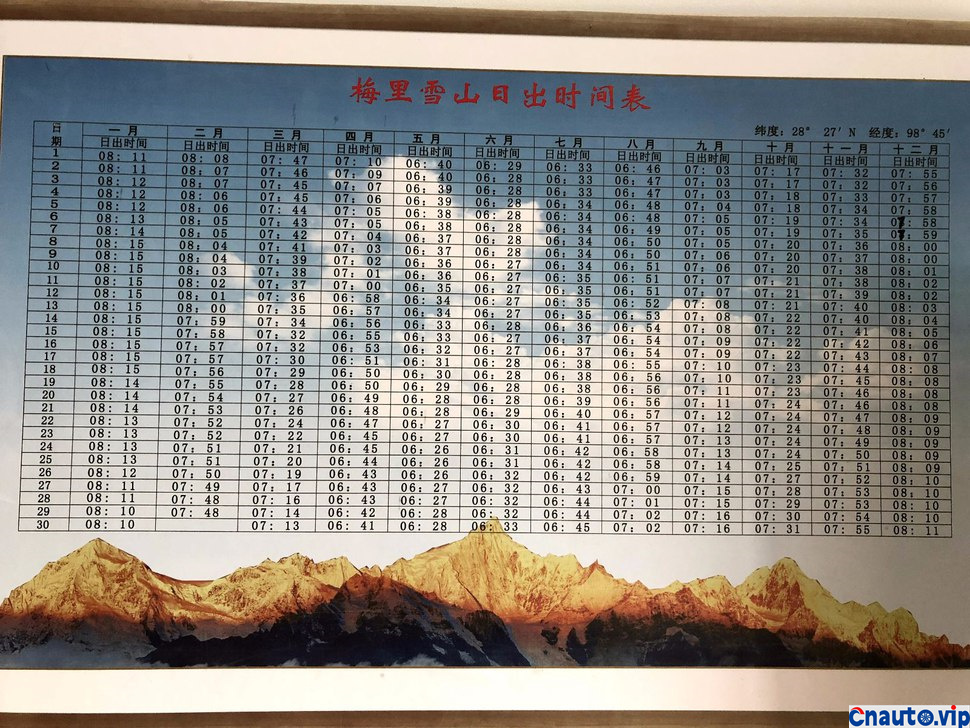


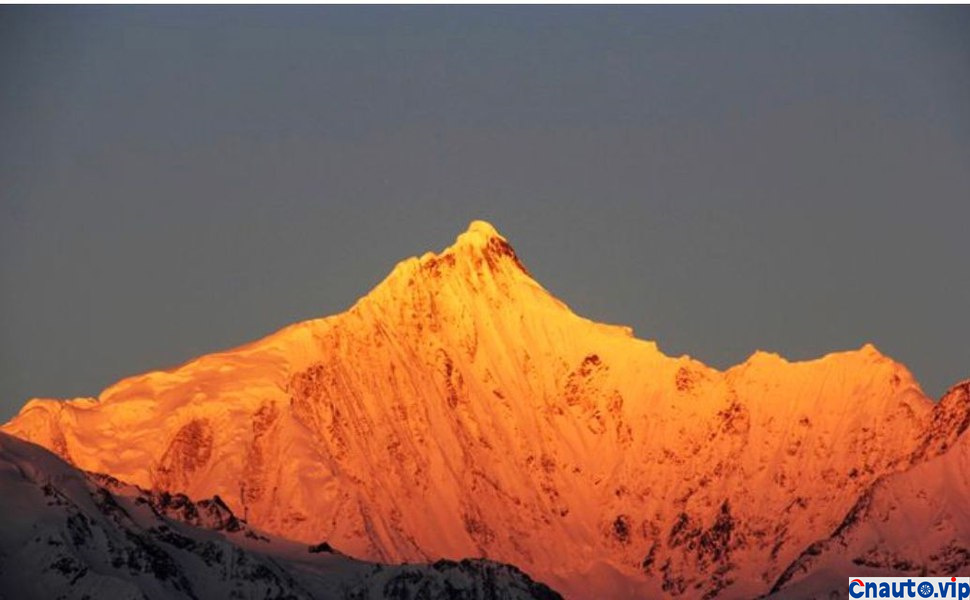


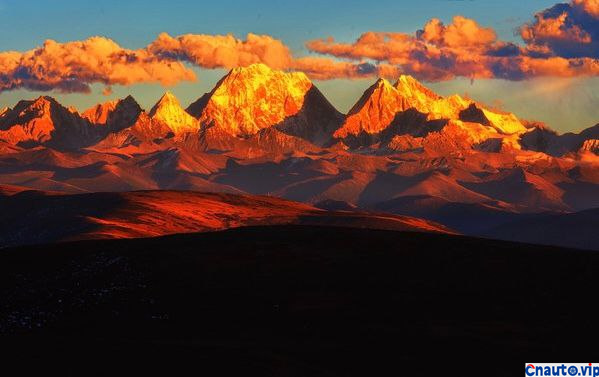
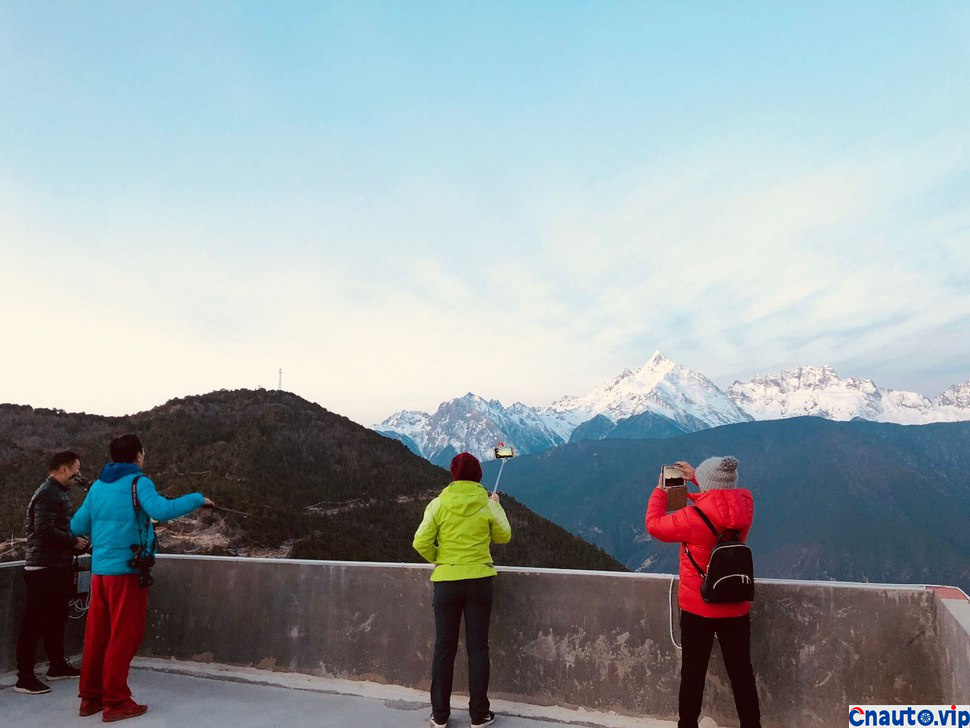
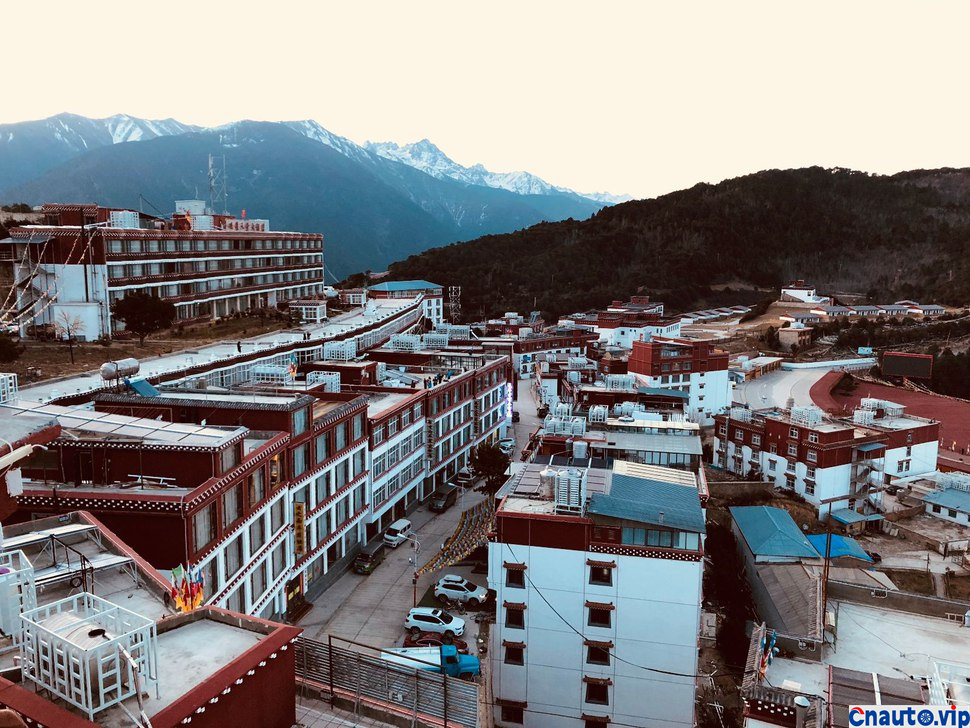
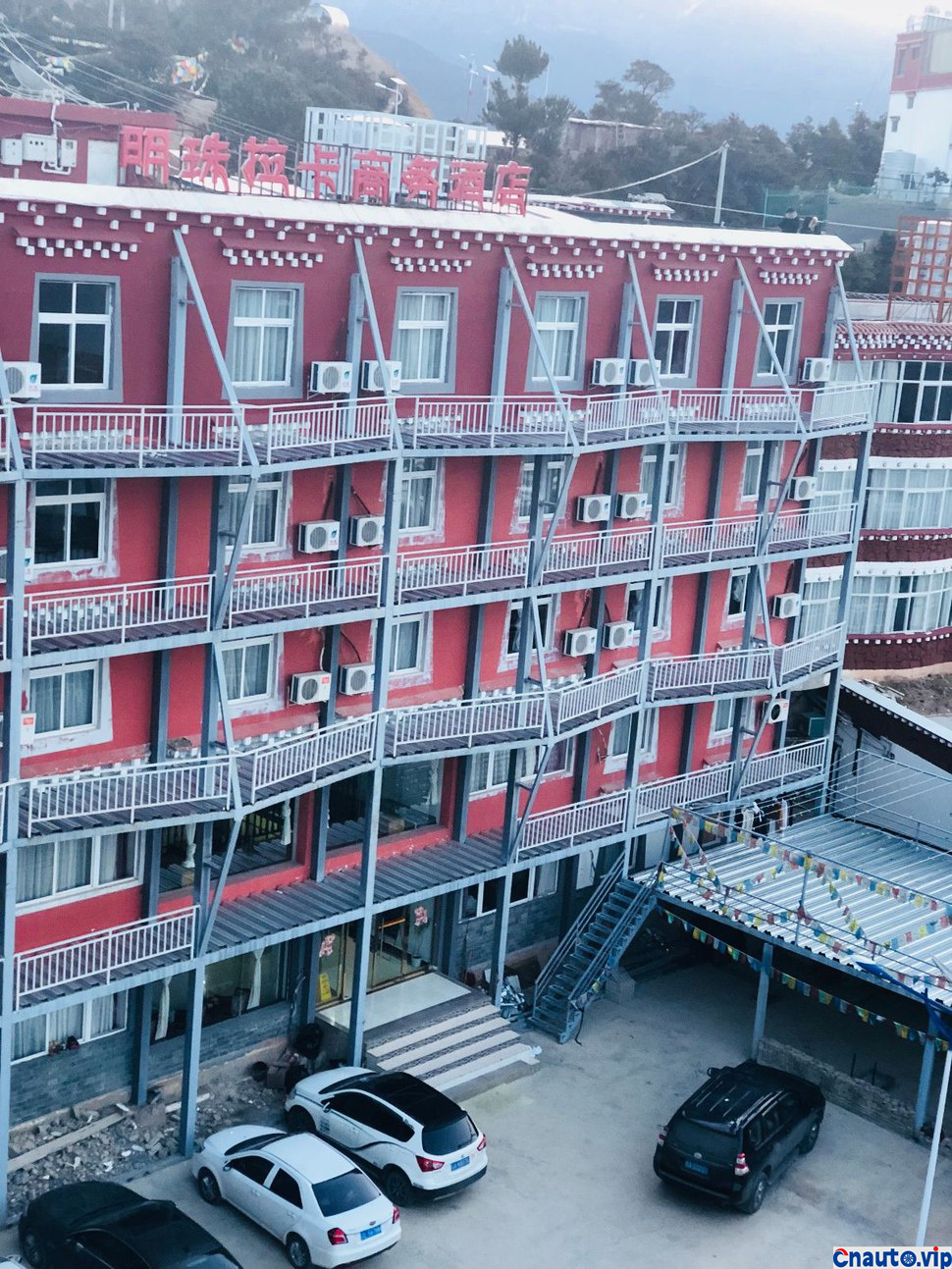


Meili Snow Mountain is one of the main natural landscapes of the World Natural Heritage “parallel flow of the three Rivers”. It is located in Deqin County, at the junction of Yunnan and Tibet in the northwest of Yunnan Province. there are more than 10 snow mountains with an average elevation of more than 6000 meters, and the main peak Kawagbo Peak is 6740 meters above sea level. Due to the climate, Meili Snow Mountain is shrouded in snow curtain and clouds all the year round. The rare “Rizhao Jinshan” landscape often occurs in the early morning of a sunny day, when the sun suddenly shines over the obstacles on the top of the snow-capped mountains, and then gradually expands, forming a stunning spectacle of “Rizhao Jinshan”, which lasts for about 20 minutes. Finally, the snow mountain as a whole turned white and lost its golden impression.

In the narrow sense of Meili Snow Mountain, Meili Snow Mountain only refers to the Prince Snow Mountain section of the middle and northern part of the Nushan Mountains in the Hengduan Mountains (coordinates 98 °30 “98 °46’E, 28 °10 °28 °32’N) to the north of Meili Snow Mountain (coordinates 98 °30 °98 °40’E, 28 °33 °28 °41’N). The thirteen peaks headed by Kawagbo belong to the Prince Snow Mountain. However, in many versions of the text, the two are called Meili Snow Mountain in a broad sense, and Kawagbo Peak is regarded as the landmark of Meili Snow Mountain. [3-7]
Meili Snow Mountain belongs to the Nushan Mountains on the southeast edge of the Qinghai-Tibet Plateau and the Yunnan-Tibet boundary between the Lancang River and the Nujiang River. it is connected to Tanantaen Mountain in the north and Biluo Snow Mountain in Gongshan County, Nujiang Prefecture, Yunnan Province in the north. Kawagbo Peak, the highest peak in Yunnan Province, is 6740m above sea level, and the lowest elevation is 900m at the junction of Charitong and Yanmen Township along the Lancang River, with a relative height difference of 4840m. [8]

Kawagbo’s towering beauty and lofty and sacred status in religion have attracted countless Chinese and foreign tourists and climbers. However, all the large-scale mountaineering activities from the beginning of the 20th century to the present all ended in failure. It has been more than 50 years since mankind climbed the earth at an altitude of 8000 meters. in half a century, although climbers have conquered more than a dozen peaks in the world at an altitude of more than 8000 meters one after another, Kawagbo at an altitude of 6740 meters is still the “virgin peak” that mankind has not conquered. Since 1902, human beings have climbed Mount Kawagbo more than ten times, all of which ended in failure. Many professional climbers came armed with their heads held high and left silently when they came down the mountain, but the last climbers never came down again.
In 1991, 17 members of the Sino-Japanese joint academic mountaineering team attacked the main peak of Meili Snow Mountain. They rushed to the top from Camp 3, and when the weather suddenly became bad when they rose to 6400 meters above sea level, they had to withdraw and prepare to continue to climb the next day. However, when the team members had their last voice contact with the base camp that night, they were hit by a large-scale avalanche at an altitude of more than 5000 meters, killing all the team members and resting in Kawagbo. Kawagbo has become the second largest mountain disaster in the history of human mountaineering. Some of the remains were found by grazing Tibetans a few years later on a large ice plate on the other side of the main peak. Once again, man’s attempt to conquer the god of snow-capped mountains ended in complete failure. From then on, it also makes people understand that Tibetan compatriots have a more sincere and profound understanding of the relationship between man and nature: man can live in harmony with nature only by respecting nature and loving nature; if man is bent on being the enemy of nature and only wants to conquer nature, it will end in extinction.
Usually in various hotels and temples at the foot of Meili Snow Mountain, Tibetan compatriots call for a ban on climbing the snow-capped mountain. The proposal is concise and sharp, but it has profound meaning.
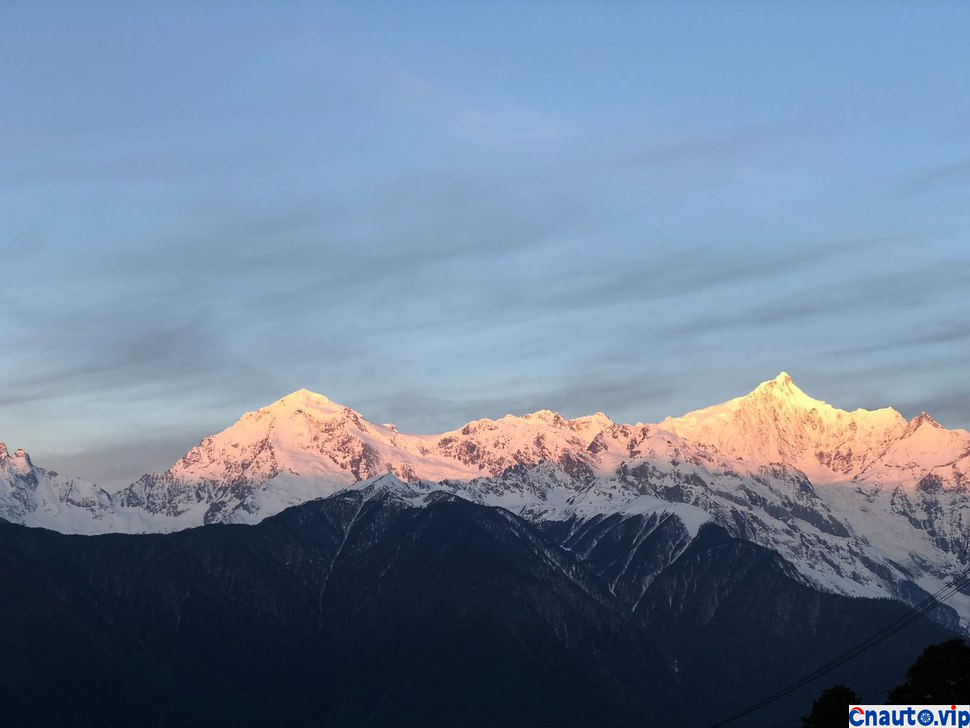

In 1902, the British mountaineering team failed to climb Kawagbo, the main peak of Meri.
From August to September 1987, the Yue Mountain Club in Japan gave up climbing because of a series of avalanches. Climbing route: Mingyong Glacier route; climbing height: 5100m.
1988, American Crouch climbing team, climbing route: Mingyong Glacier Route, climbing height: 4350m
From September to November 1989, the Sino-Japanese joint reconnaissance team of Meili Snow Mountain, climbing route: rain avalanche direction, climbing height: 5500 meters
From November 1990 to January 1991, the Sino-Japanese joint climbing team of Meili Snow Mountain (the second climb) had a series of heavy snows in Meili Snow Mountain on January 1-3, 1991. 6 members of the Chinese side and 11 members of the Japanese side stood by at the 5100-meter camp. Camp C3 spoke to the base camp for the last time at 22:30 on the evening of January 3. Contact was lost on the morning of January 4, and 17 Chinese and Japanese team members were missing.
Climbing route: rain avalanche direction, climbing height: 6470 meters (December 28,1990)
From January 6 to 20, 1991, the Meili Snow Mountain search team and four members of the China Mountaineering Association arrived at the base camp on January 9, while the Xizang Mountaineering Association arrived at the base camp on January 16. The Japanese rescue team arrived at the base camp on January 20 due to deep snow and frequent avalanches.
From April 15 to June 6, 1991, the Sino-Japanese joint search team of Meili Snow Mountain (12 from Japan and 5 from China) was forced to stop the search due to continuous snowfall and frequent avalanches.
Climbing route: rain avalanche direction, climbing height: 4500 meters
From October to December 1996, the Sino-Japanese joint mountaineering team of Meili Snow Mountain (the third climb), on December 2, Japan forecast heavy snowfall in Meili Snow Mountain from 4 to 6. The Central Meteorological Observatory and Yunnan Meteorological Observatory also confirmed that in order to avoid a repeat of the tragedy of 91 years, the team was forced to withdraw from the camp on December 8.
Meili Snow Mountain climbing route: rain avalanche direction, climbing height: 5300 meters
From December 2010 to January 2011, Gao Jiahu, a solo mountaineer in Yunnan, climbed Meili Snow Mountain alone. Due to the speed of climbing the mountain too fast to adapt to the height, he had symptoms such as vomiting yellow water, the sound of bubbles in the lungs, physical fatigue, headache and so on. There has been no contact since then.
Climbing route: in the direction of Chayu County, Xizang, climbing height: 5400 meters
So far, a total of 10 times have climbed Meili Snow Mountain in the past 15 years. Among them: China and Japan climbed 4 times jointly, Japan climbed 1 time alone, the United States team climbed 4 times, and China climbed 1 time alone.
Exploration activities
The research and exploration of Meili Snow Mountain originated in the 19th century or even earlier, mainly as follows:
Animals and plants in Meili Snow Mountain (30)
Zecheni Renjue, a Hungarian, wrote a book in 1879 that described in detail the geography and landform of Meili Snow Mountain.
F Kingdom Ward, a British botanist who made detailed geological and botanical surveys of the Mingyong Glacier in 1911 and 1914, published in the British Geographic Magazine in 1916 and published in 1925, described Meili Snow Mountain and the glacier. He wrote: “sitting on the glacier in a single coat, the glacier is cold, but the shore is full of flowers.”

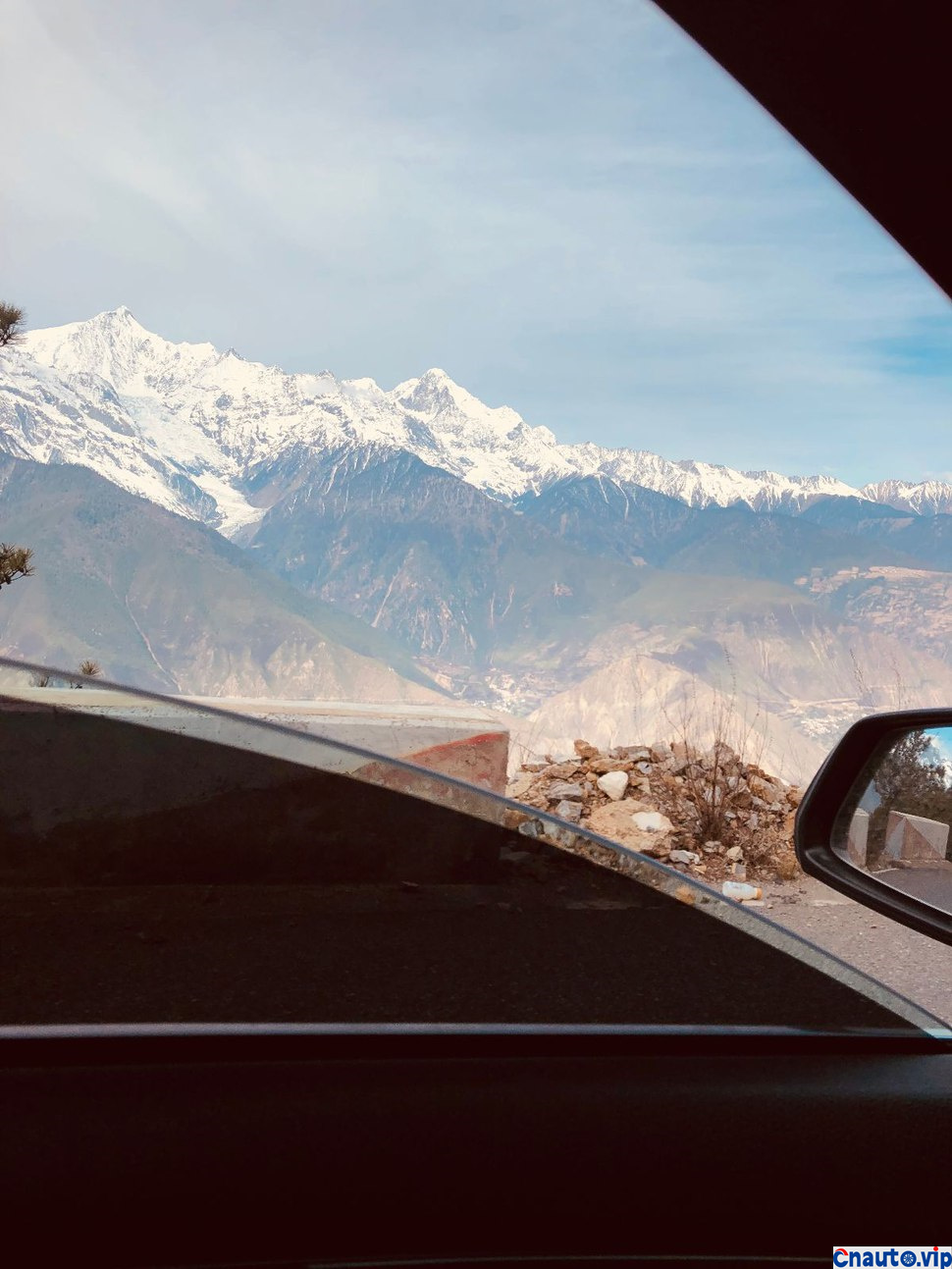






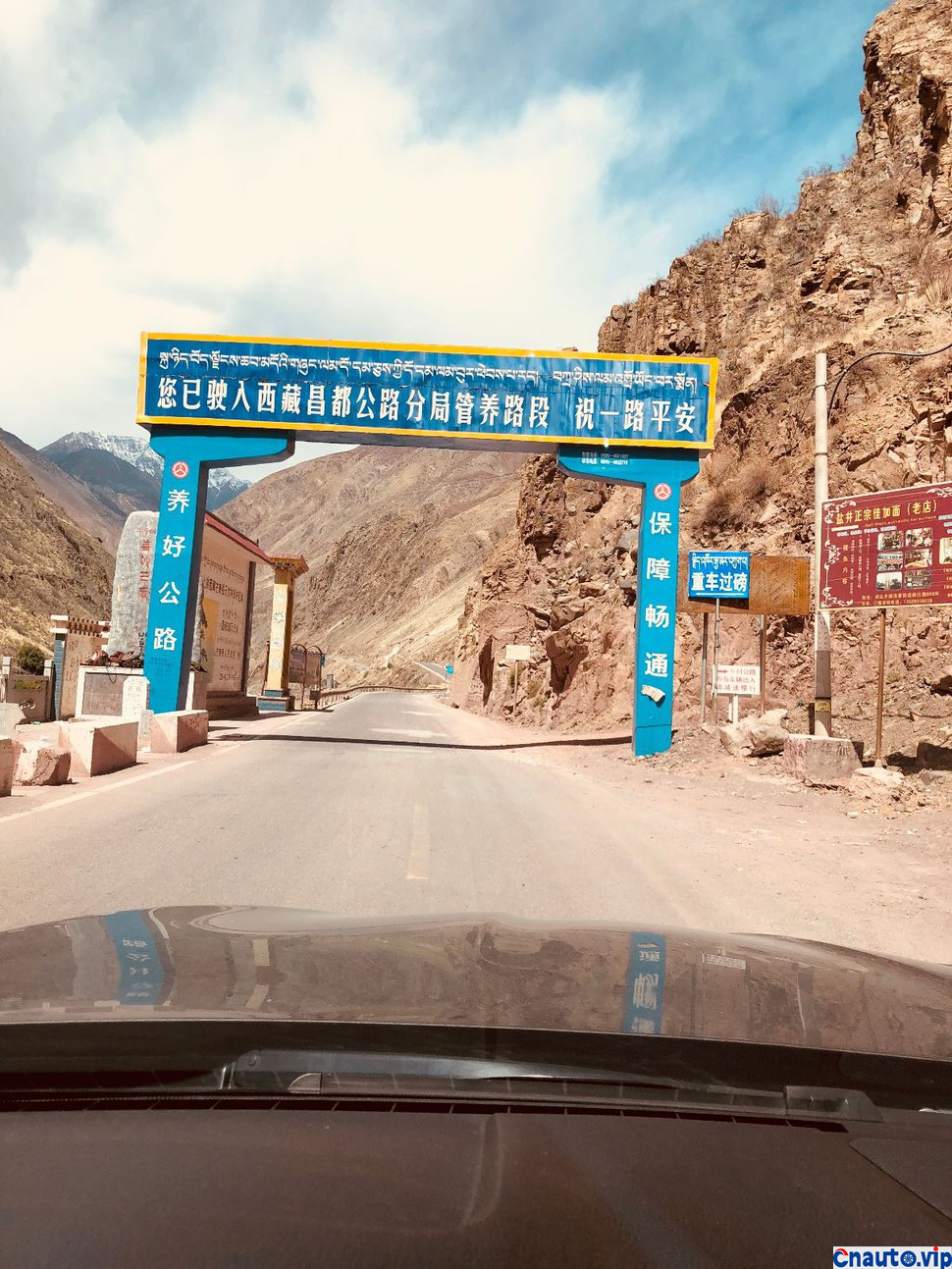






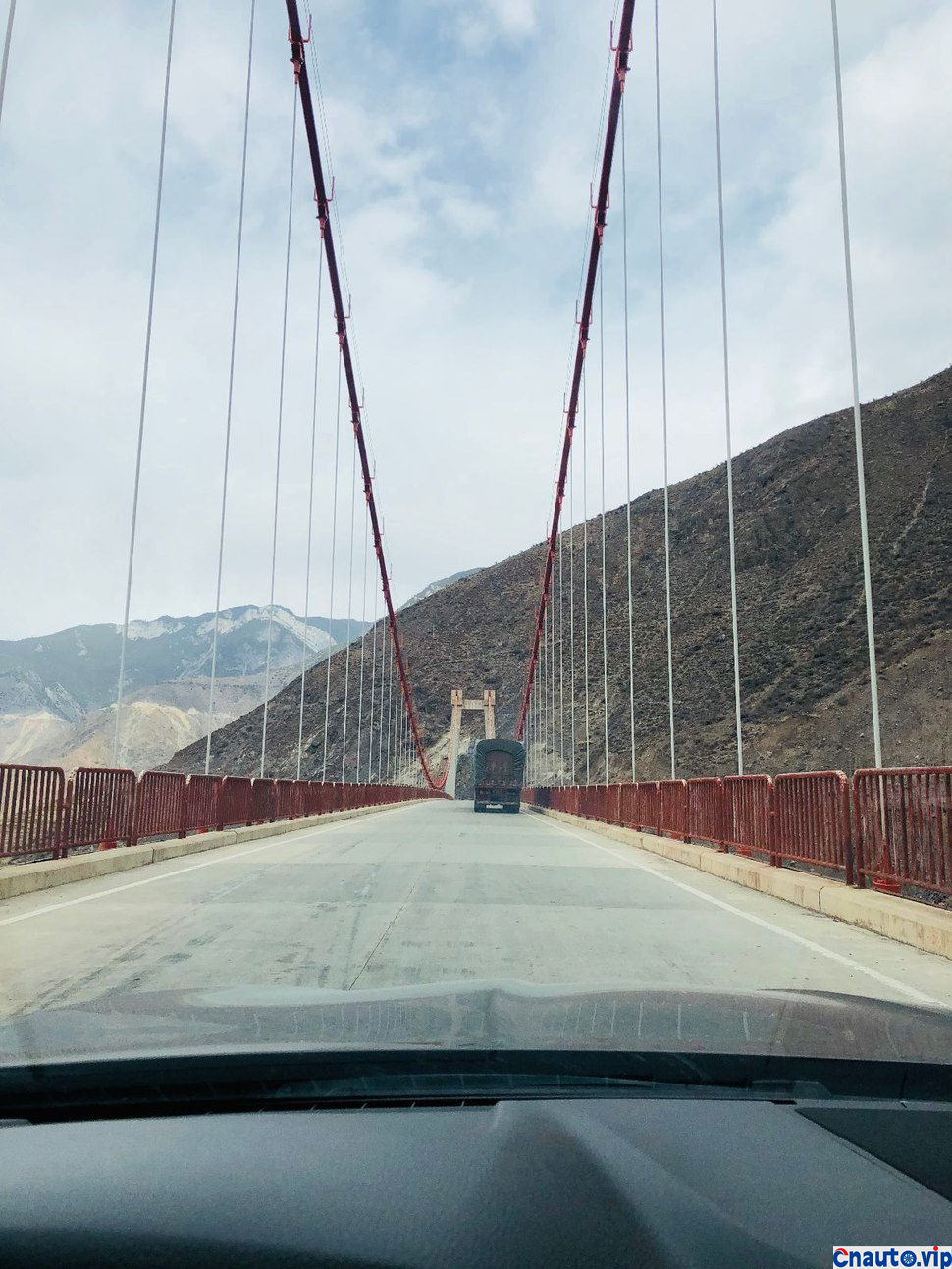


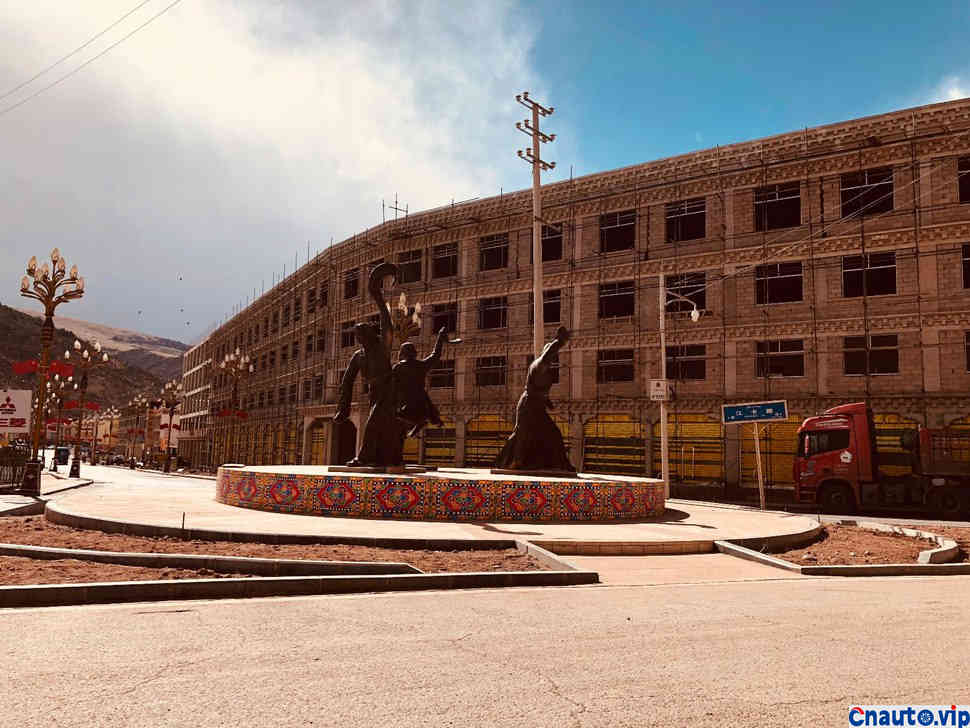









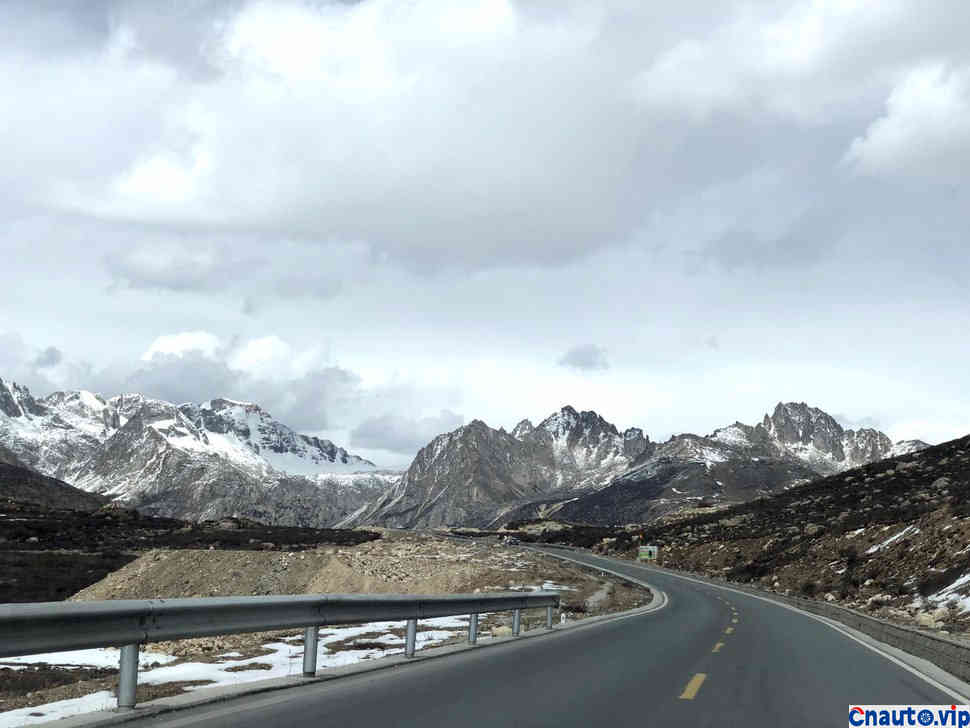

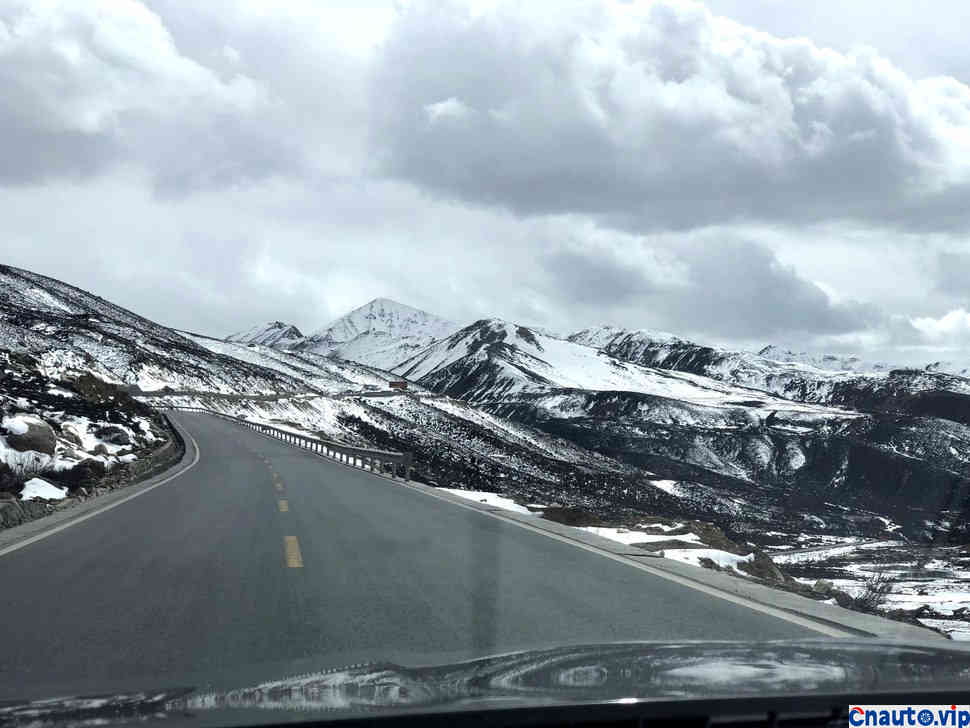
Then today’s road is heaven (Litang-Yajiang)
He was overtaken by one SUV after another yesterday.
Today, I overtook one SUV after another.

Sister Lake, also known as Eye Lake
Unfortunately, it is covered with snow! But it’s also beautiful!

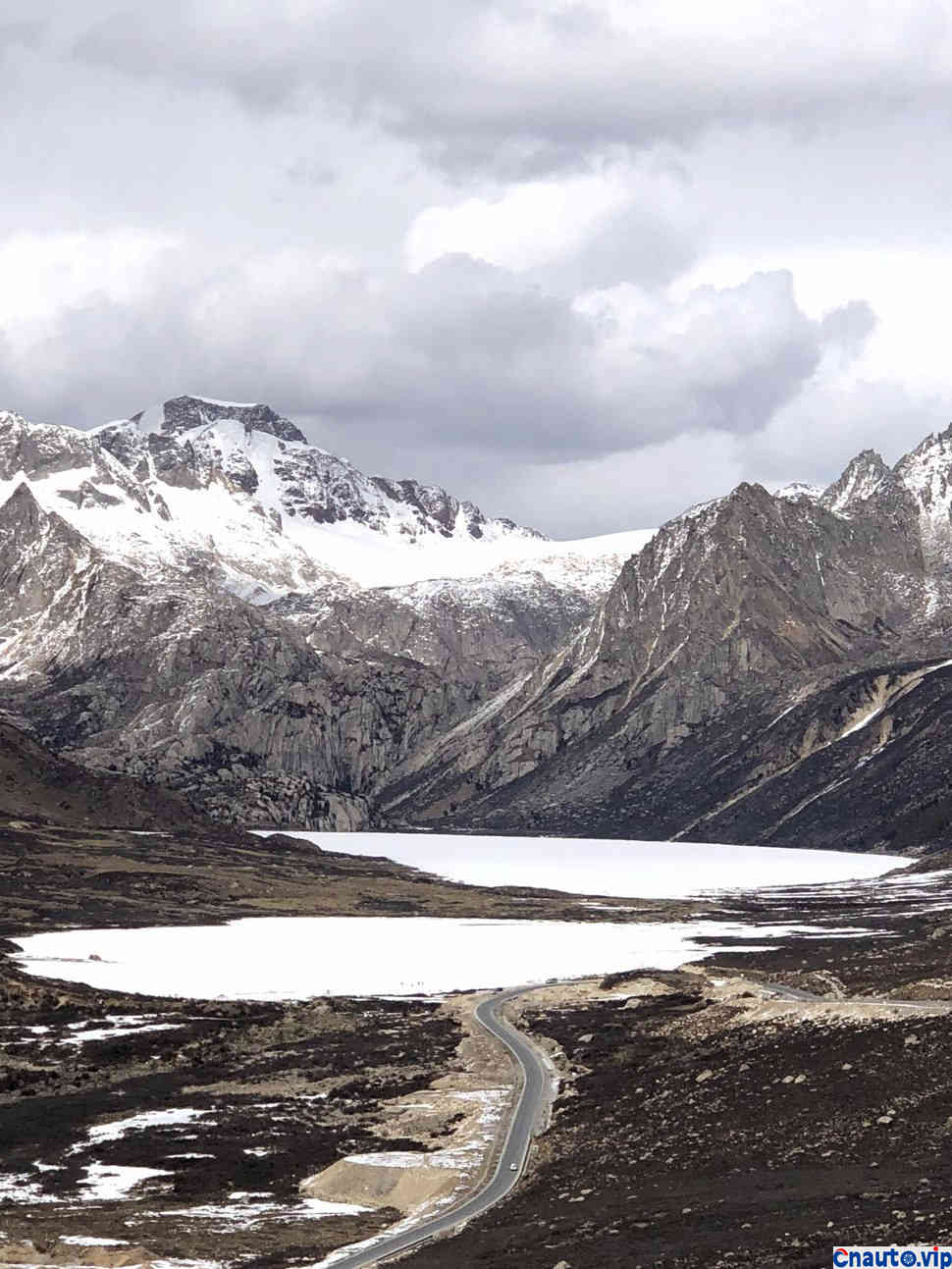
Legend has it that a long time ago, on the Gongge prairie on the banks of Lake Dali, there was a loyal and persistent Mongolian young man named Nimude. Nimod leads the jujube pony to herd sheep on the bank of Dali Lake every day, and every morning, noon and evening, he goes to the lake to drink sheep and horses. Nimod loved his little jujube horse so much that he braided the mane of the horse into braids, put on colorful wild flowers, and dressed the horse like a colorful little girl. One night, Nimod led the jujube red Malay Dali Lake to drink sheep. Suddenly, a huge wave came on the calm lake. A huge turtle sprang out of the huge wave. The big tortoise bit the jujube horse. The horse and the horse’s two silver stirrups were dragged into the bottom of the lake by the tortoise.
Nimod missed his jujube horse day and night, and came to the lake every night to cry when the horse sank to the bottom of the lake: my little horse, my old companion, since the day you were born, I have the same fate with you. No matter how fast the golden deer is, it is difficult to follow in your footsteps; no matter how fast the yellow sheep is, it cannot stand side by side with you. Day after day, Nimod came to pay tribute to his jujube horse, rain or shine. One day, Aohai, the sea dragon king of Dali Lake, went on a tour and was deeply moved when he heard the sound of Nimod’s crying sacrifice. As soon as the sea dragon king waved his hand, the wind blew suddenly, and the big tortoise was driven to the bottom of the sun. An hour later, the big turtle confessed, hiding the jujube horse in Dali Lake and the silver stirrup in Lake Duolun. The sea dragon king said, “Evil turtle, why don’t you give back the horse and stirrup quickly!” A sneeze, the waves of Lake Dali suddenly rose, the jujube horse jumped out of the lake and stood in front of Nimud. at the same time, two silver stirrups also jumped out of Lake Toron. As a result, Lake Dali became a “horse”-shaped lake, and Lake Duolun became a “stirrup”-shaped lake.









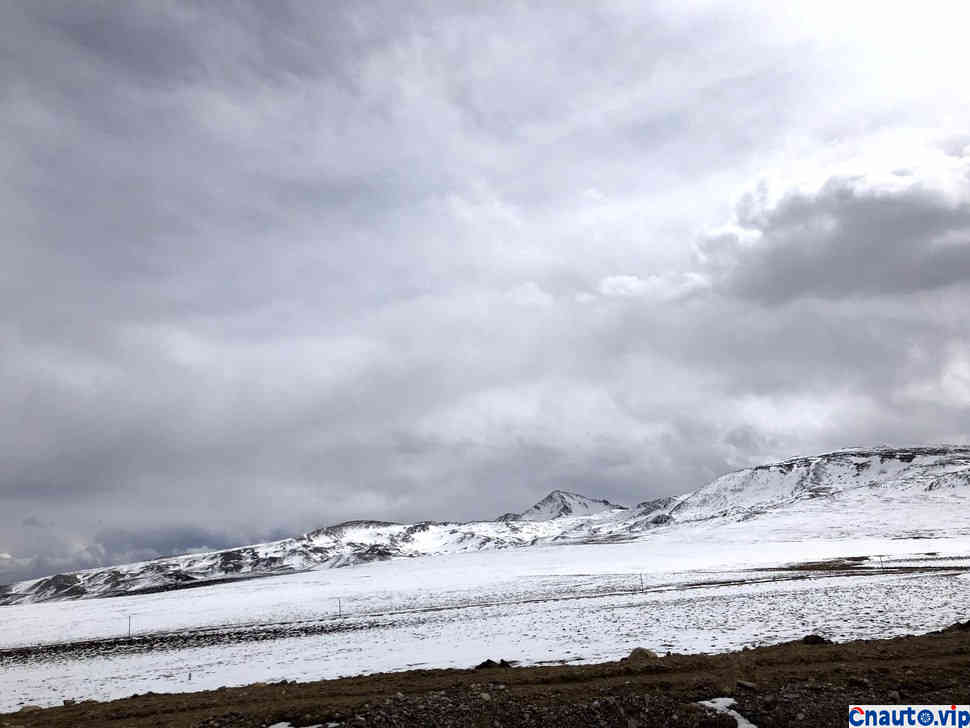



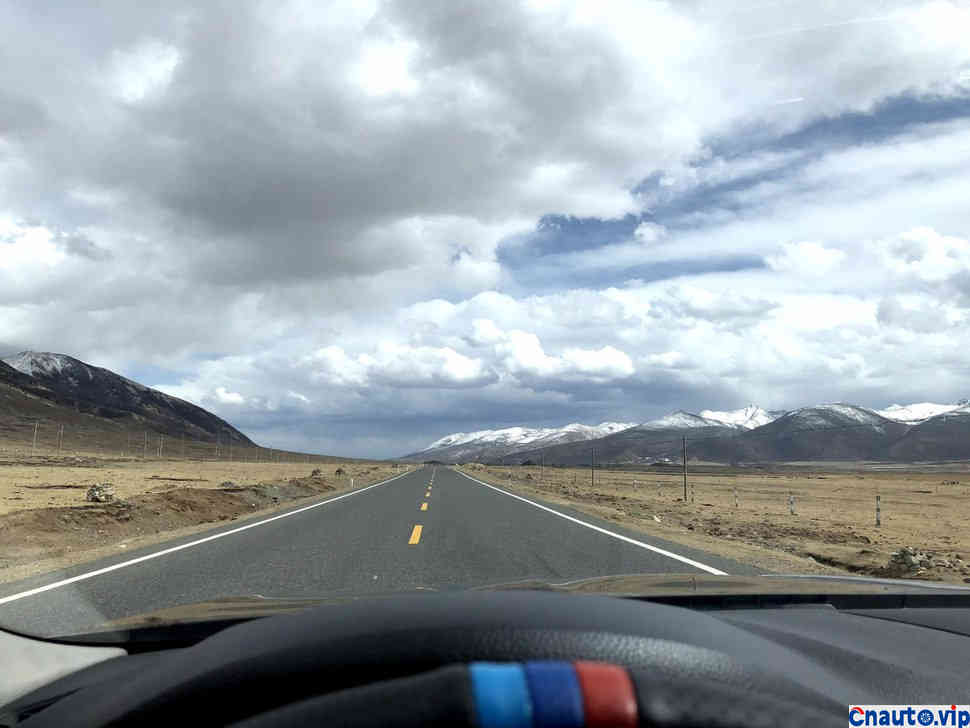

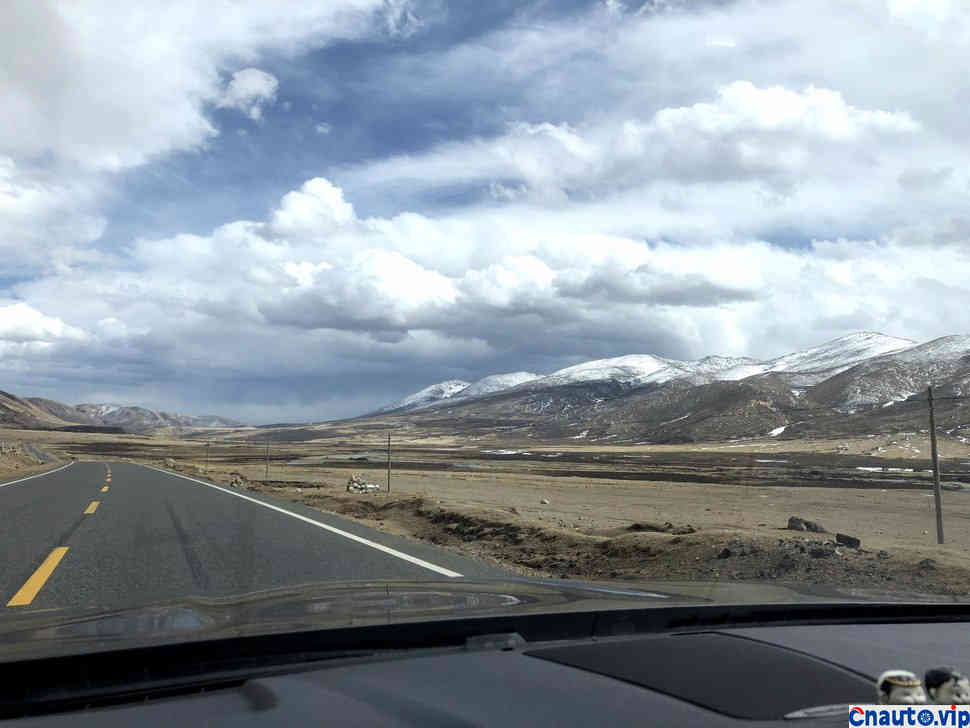
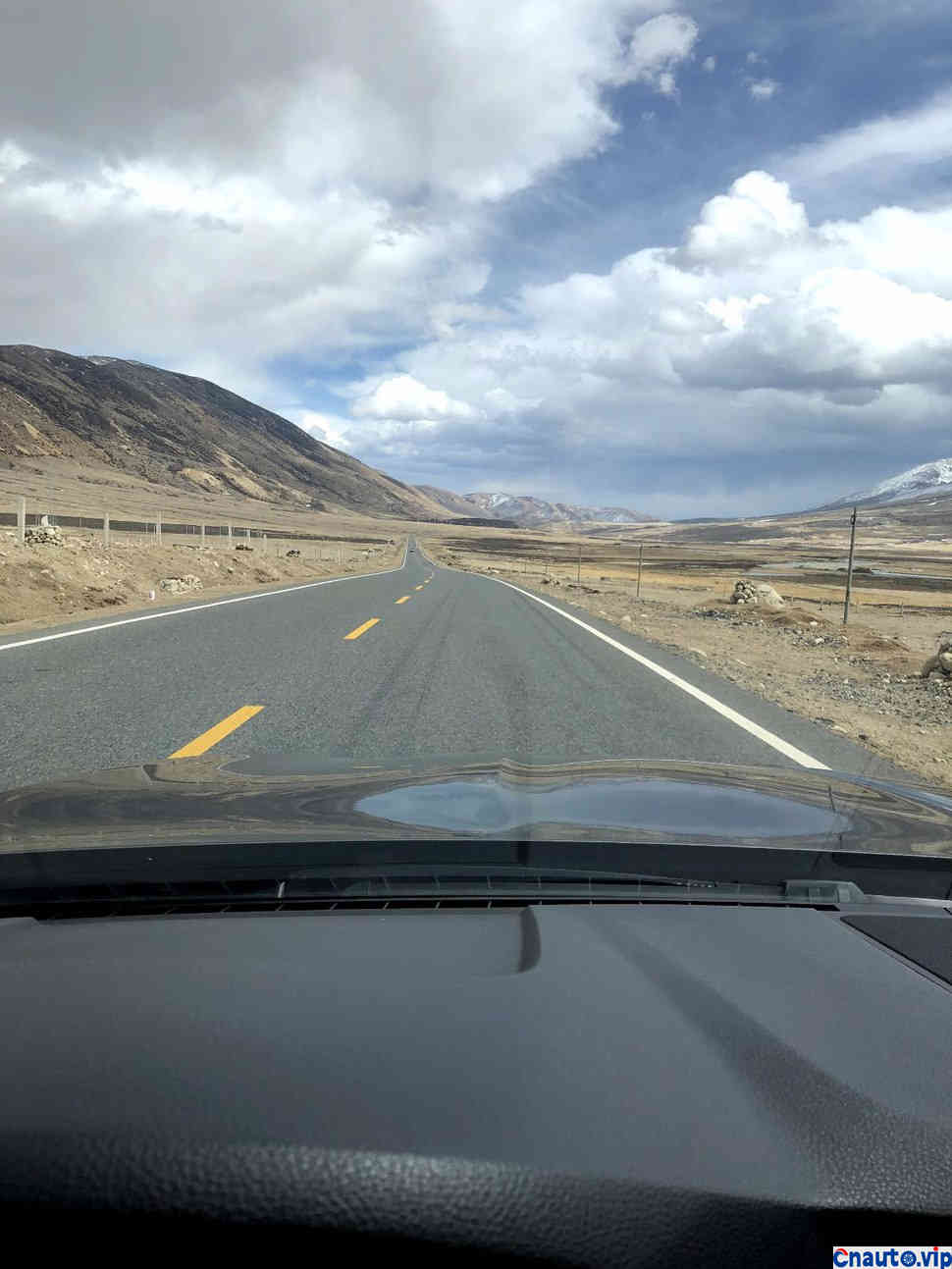
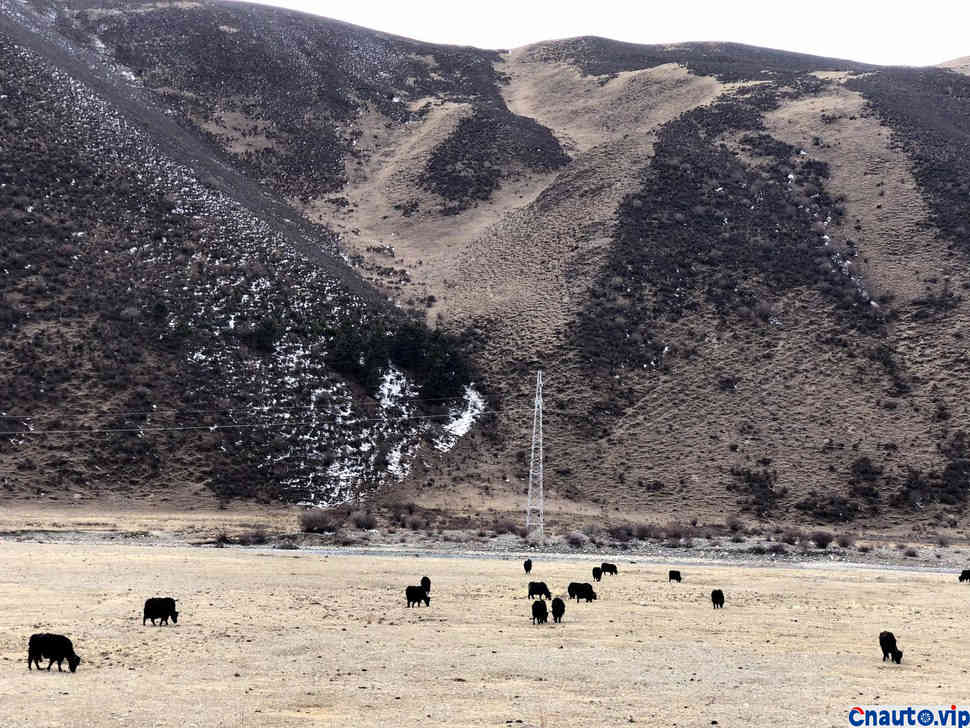
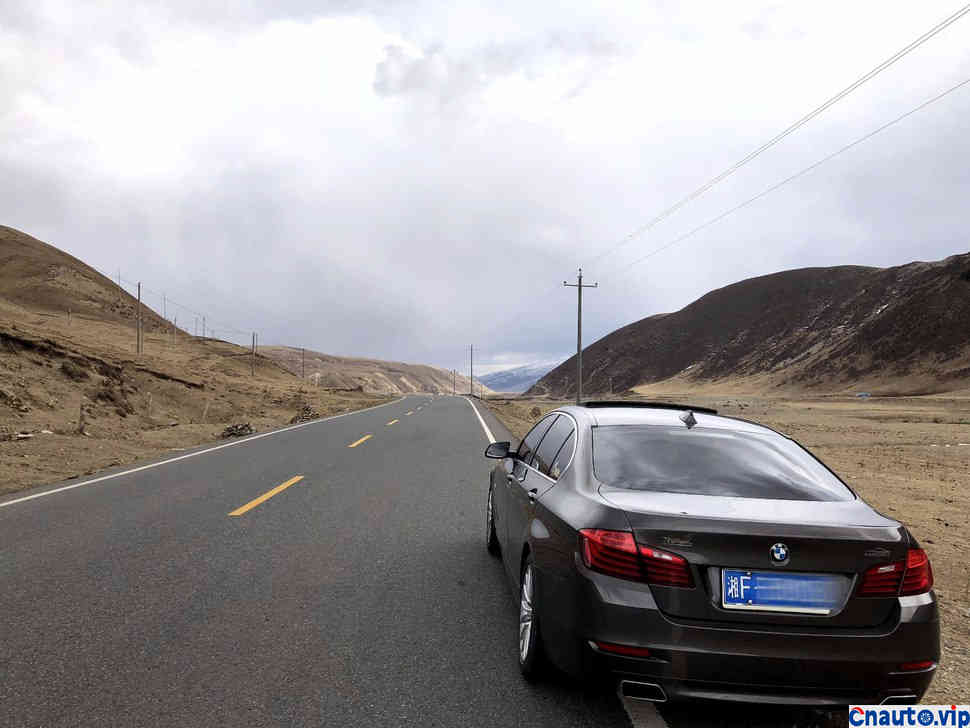


In 2011, Litang County has a total area of 14352 square kilometers and has jurisdiction over 5 districts, 24 townships, 231 villages and 282 village groups. by the end of 2011, Litang County had a resident population of 70420, with a natural population growth rate of 7.63 ‰. There are 9 ethnic groups: Tibetan, Han, Mongolian, Hui, Naxi, Tujia, Yi, Miao and Qiang.
Litang, Tibetan, Tibetan Pinyin: Litang Zong. “Li” means “copper”, and “pond” means “Bazi”, that is, the vast Bazi is like a bronze mirror. Therefore, it is the Litang chieftain.
In 2011, the GDP of Litang County was 643 million yuan, an increase of 11.3% over 2010. Of this total, the added value of the primary industry was 252 million yuan, an increase of 13.7% over 2010; the added value of the tertiary industry was 287 million yuan; and the proportion of the first, second and third industries was 39.2, 16.2 and 44.6.

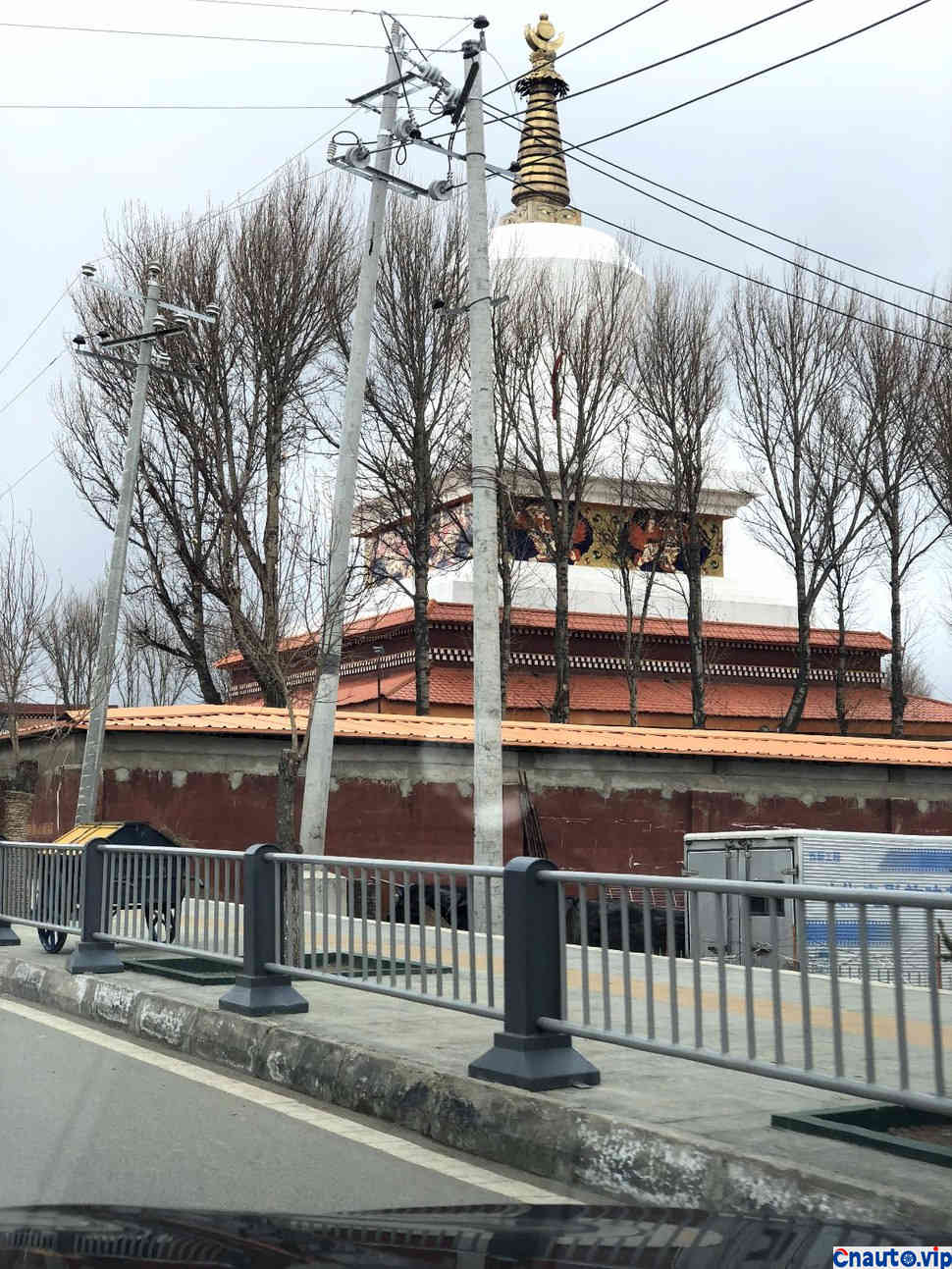

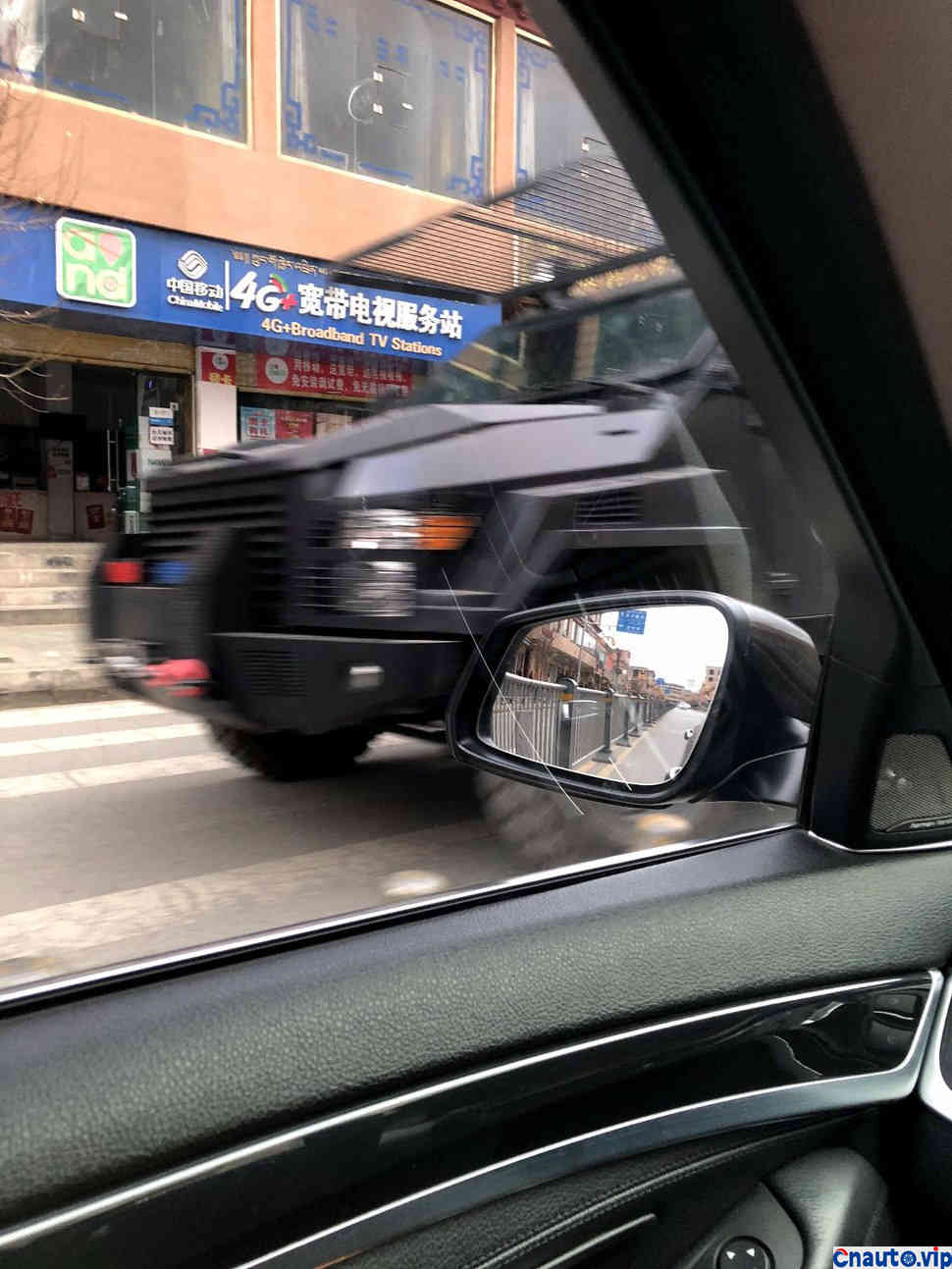



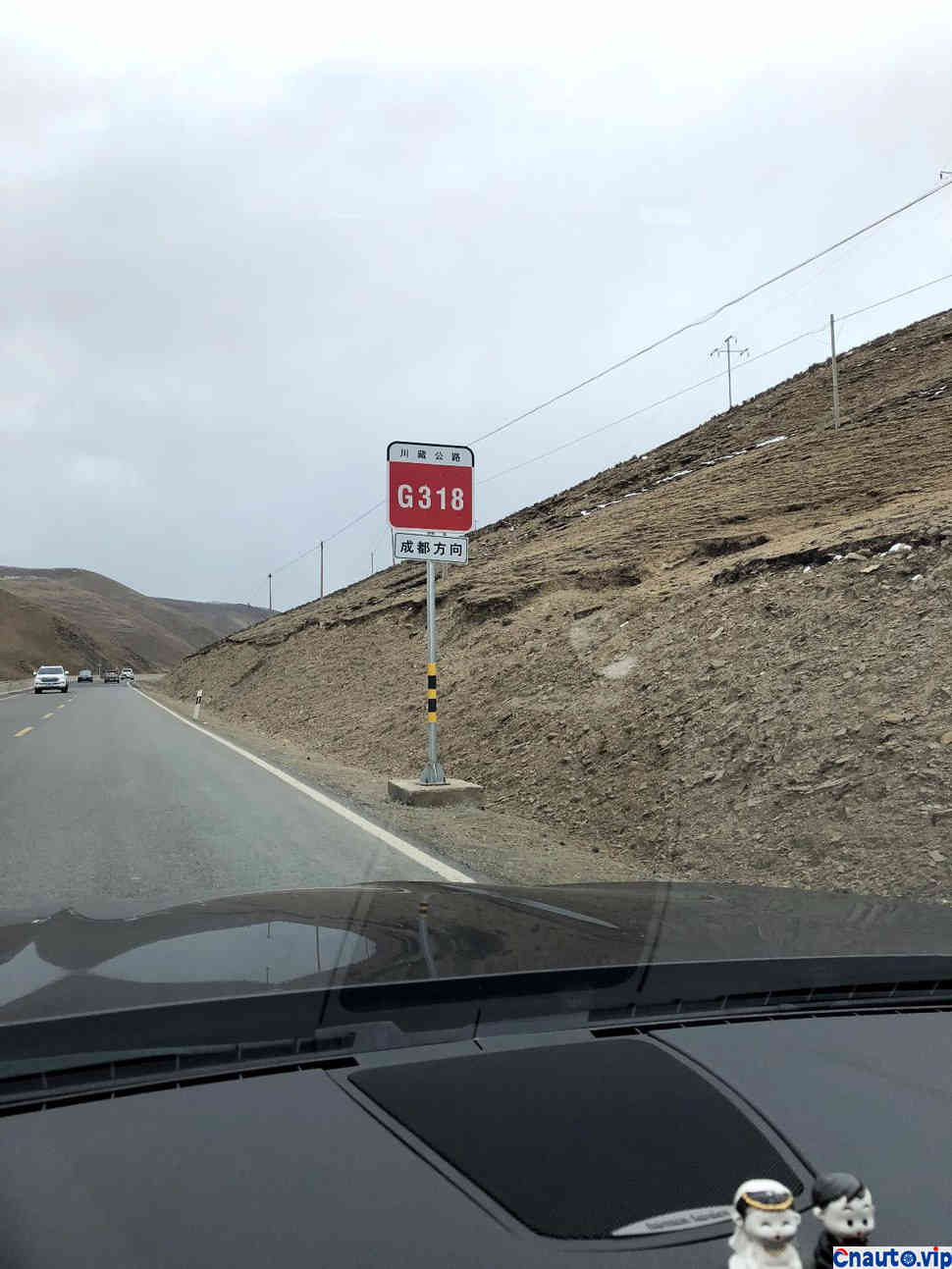
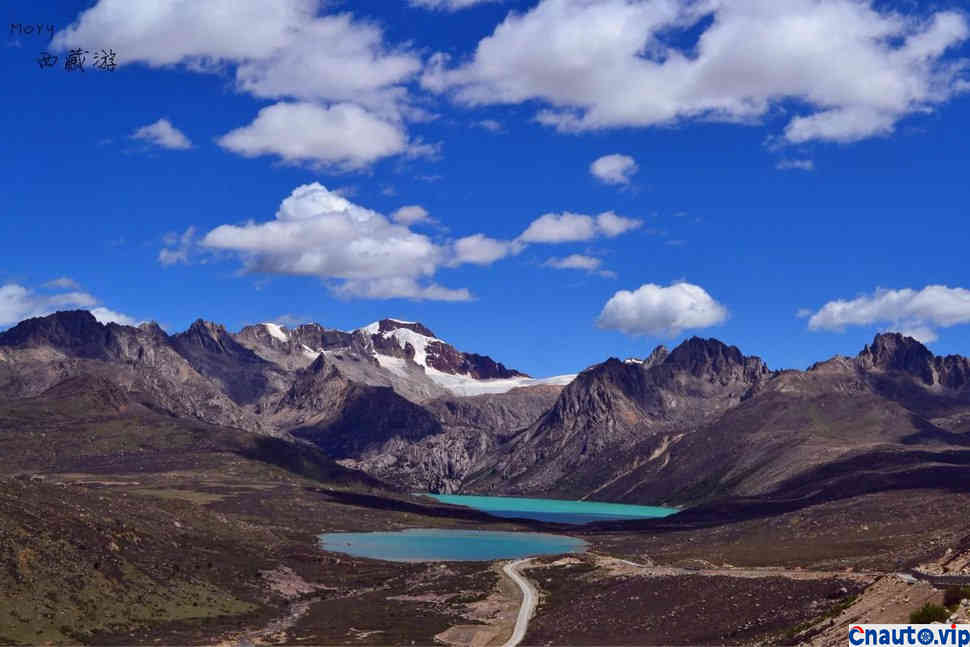

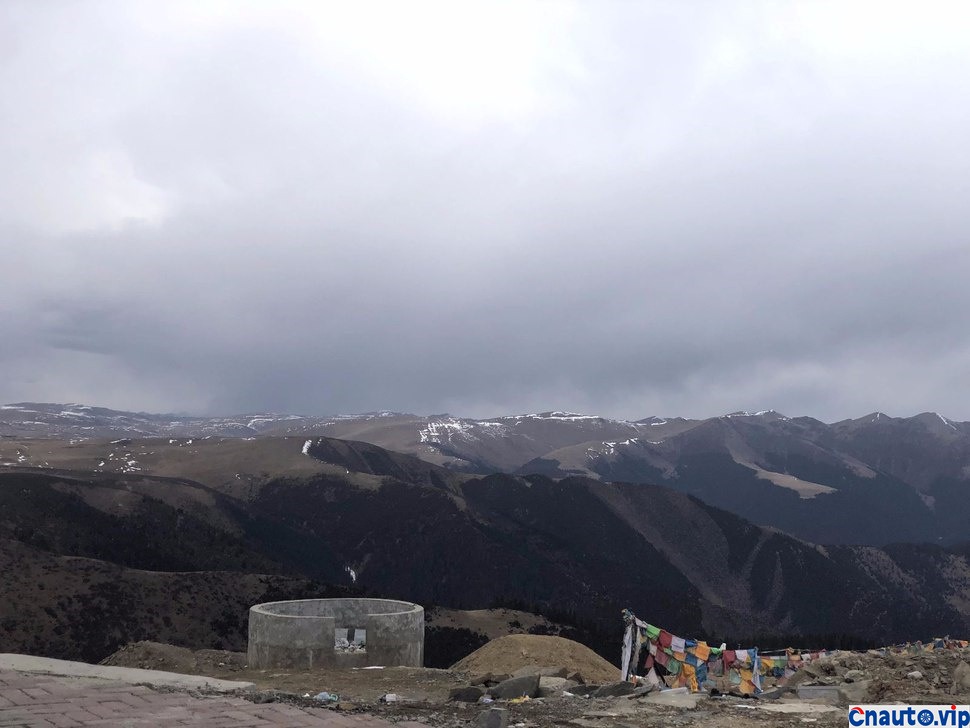



As we climbed the Katzila Mountains, the fog began to dissipate, and the clouds in the sky began to increase, one being flawless, the other dark and psychedelic, rapidly changing. However, the beautiful scenery can only be felt in her arms.
Kazila Mountain is said to be a mountain, but it does not feel that it is a mountain. It seems to be a beautiful pasture, which makes people relaxed and happy. Although the beautiful scenery makes people linger, it is impossible to stop and shoot.
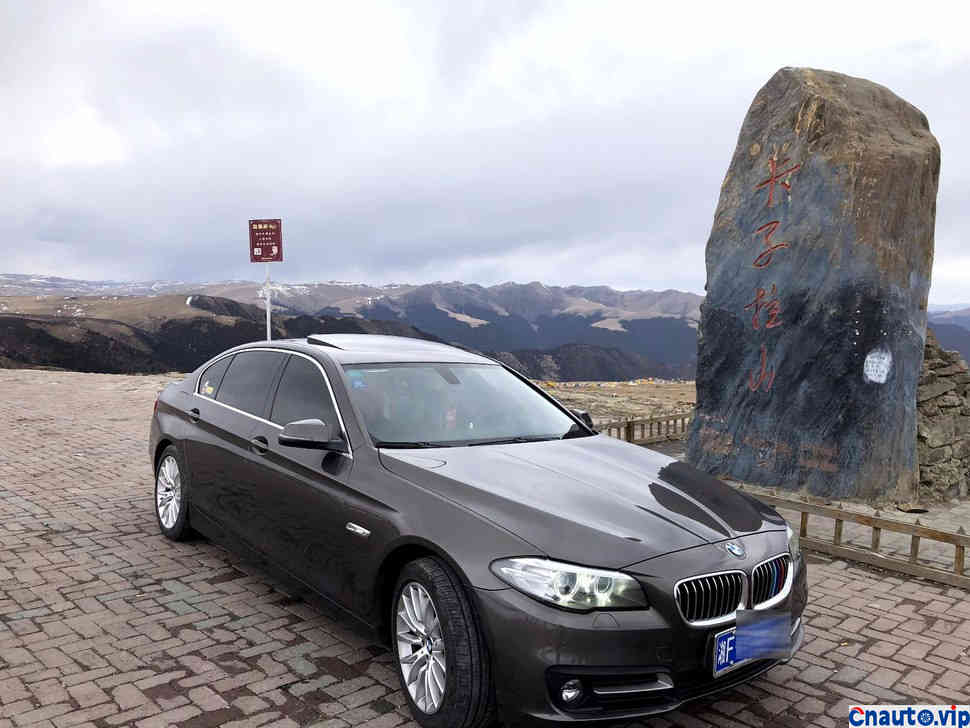





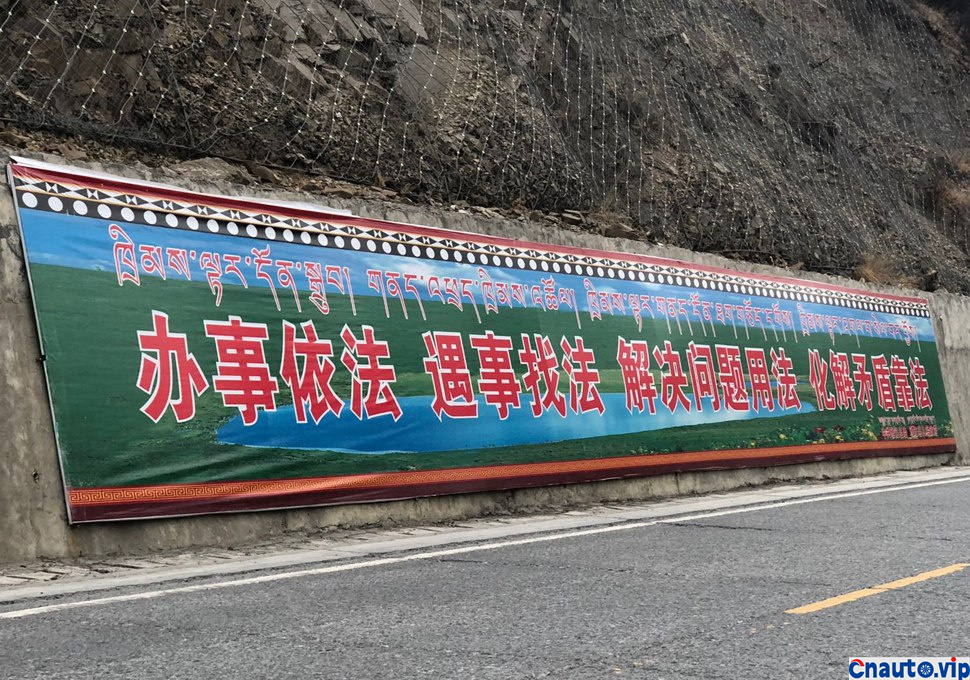



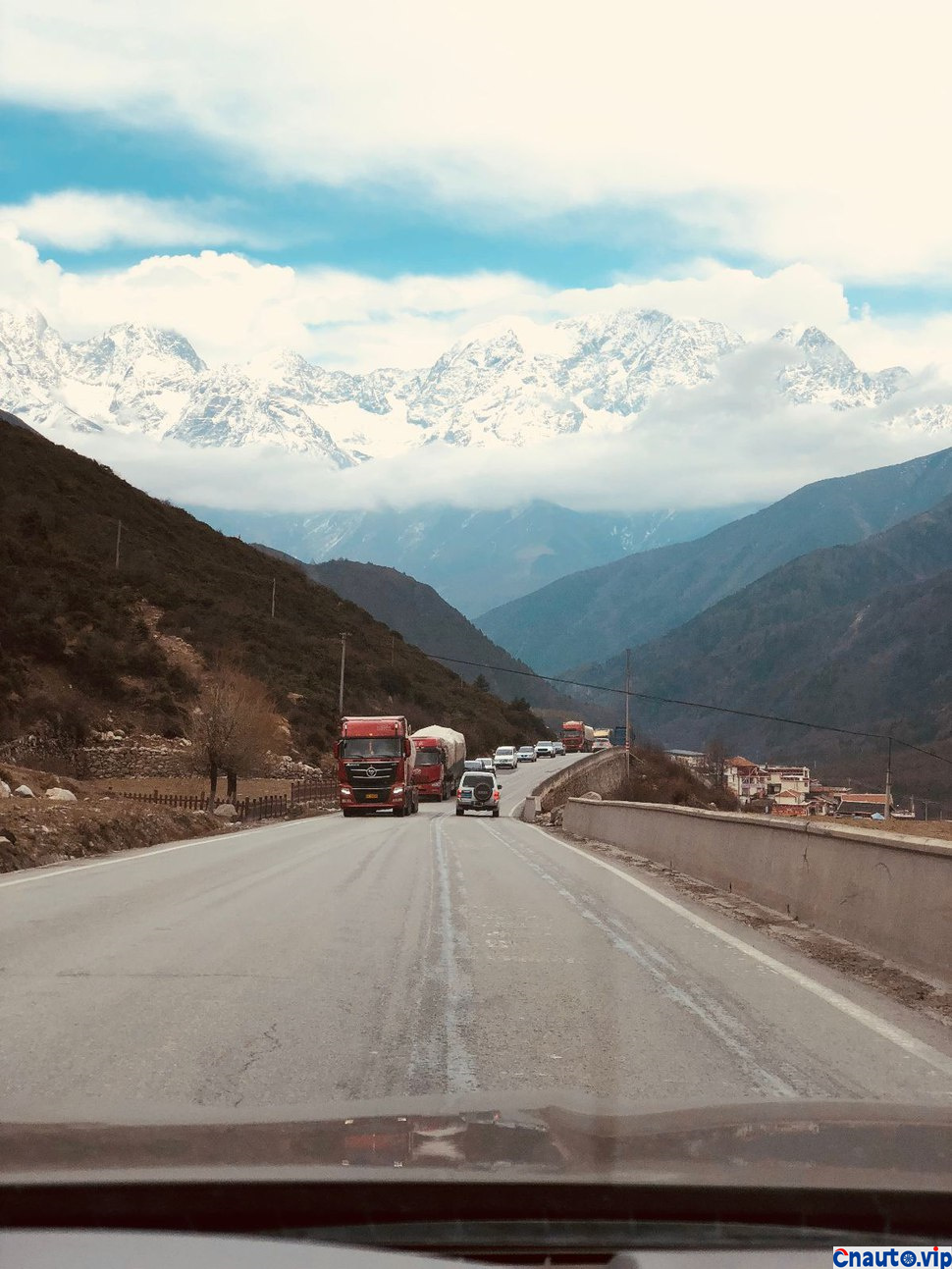
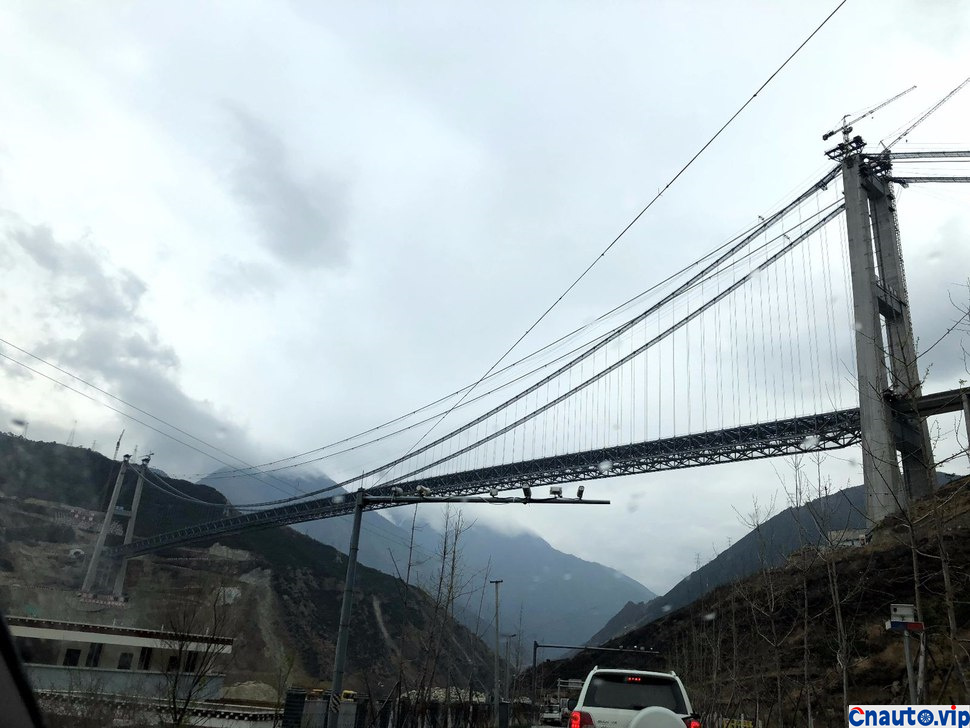
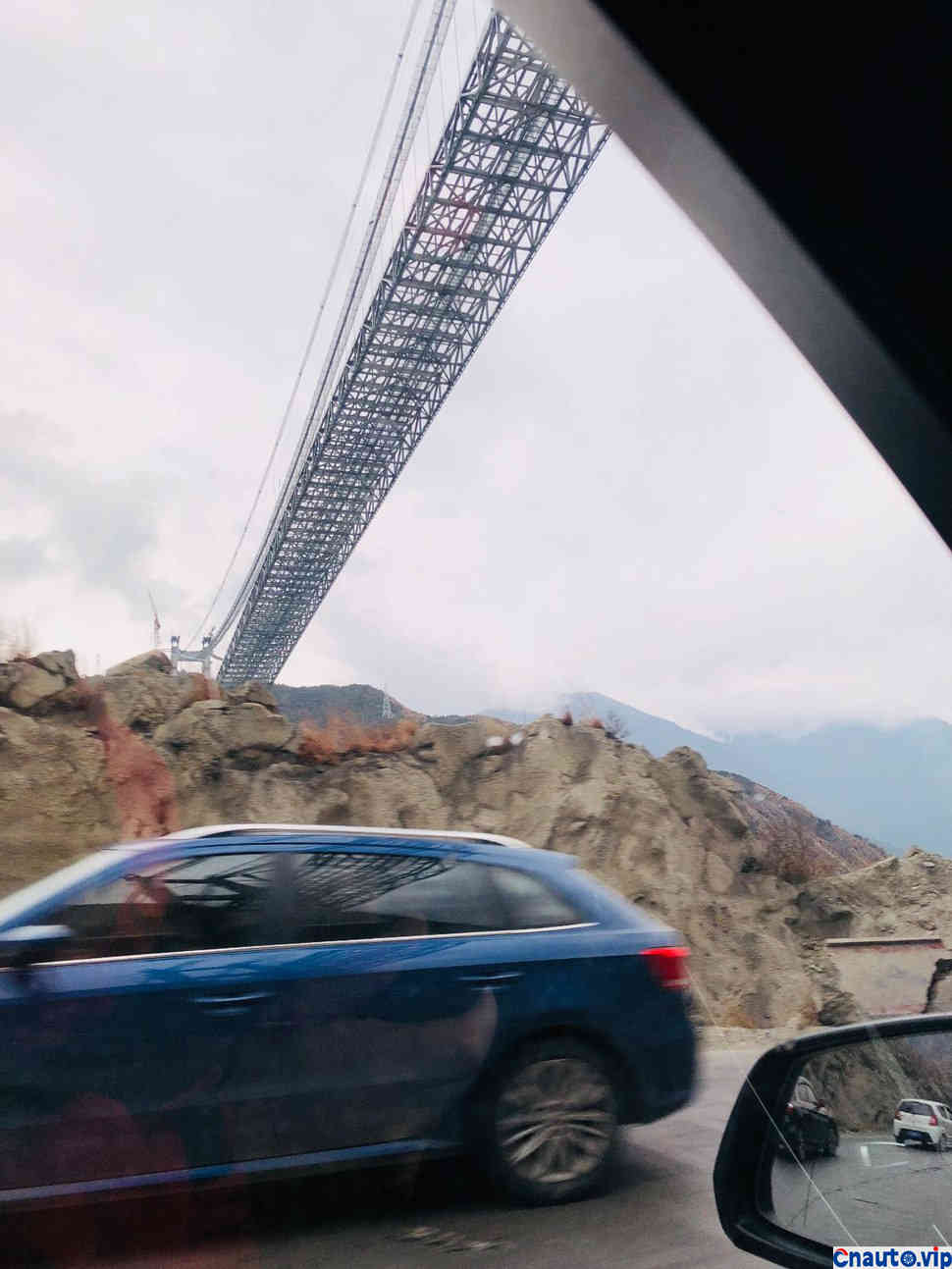


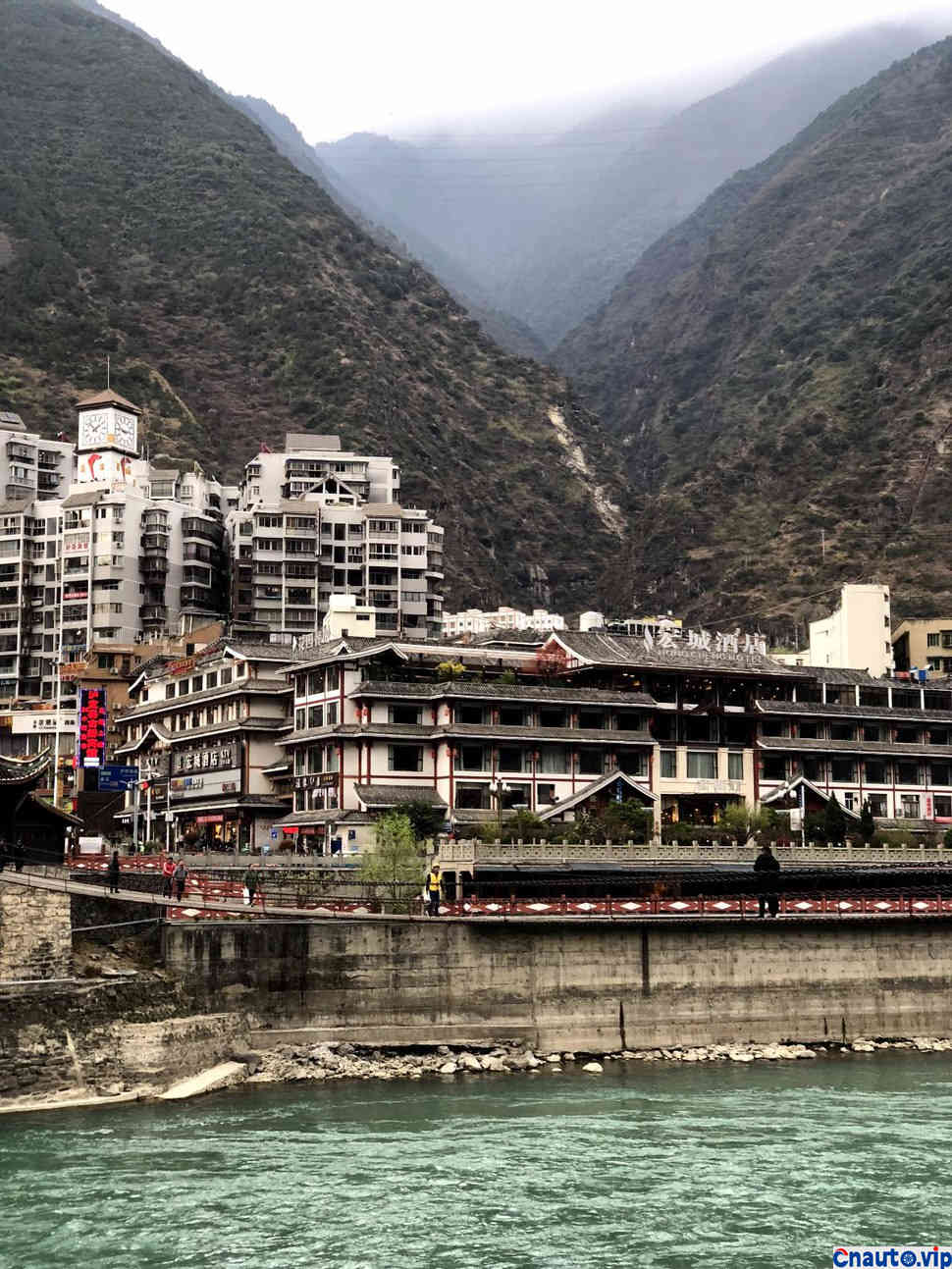
The Luding Bridge is 103m long and 3m wide. 13 iron chains are fixed in the well of the abutment on both sides, 9 as bottom chains and 4 as handrails on both sides. A total of 12164 iron rings are interlinked, and the iron parts of the bridge weigh more than 40 tons. The bridgehead castle on both sides of Luding Bridge is a traditional wooden structure unique to China.
Since the Qing Dynasty, Luding Bridge has been an important passage and military important for Sichuan to enter Tibet. On May 29, 1935, the Chinese Workers’ and Peasants’ Red Army passed through here on the long March. The commandos, led by 22 warriors, braved the enemy’s hail of bullets, crawled on the iron cable bridge and destroyed the bridgehead guards in one fell swoop. “Flying capture of Luding Bridge” opened the passage of the Red Army’s long March northward to resist Japan, wrote a “surprised, dangerous, strange and unique” war miracle in Chinese revolutionary history and world military history, and made it an important historical memorial site for Communist Party of China.
In December 2016, Ludingqiao Scenic spot was rated as a national AAAA tourist scenic spot.
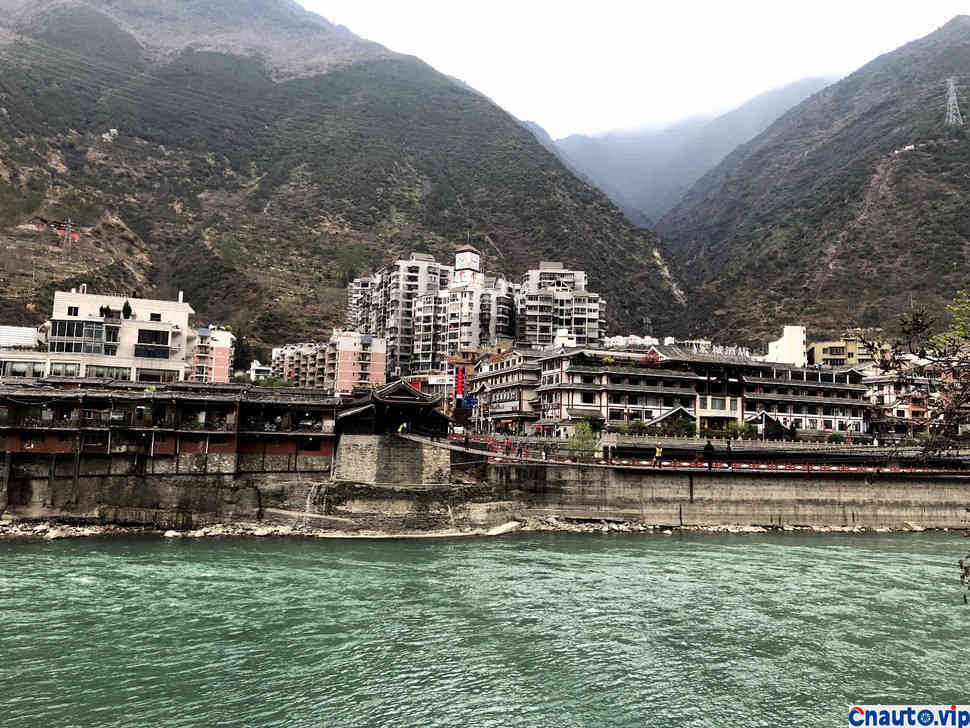






Luding Bridge overlooking is unique to China. The bridge was built in the 44th year of Emperor Kangxi of the Qing Dynasty (1705) and completed in the 45th year of Kangxi (1706).
Kangxi Imperial Pen inscribed “Luding Bridge”, and set up the imperial stele at the bridgehead, the bridgehead on both sides of the bridge is an ancient wooden structure, unique style is unique in China.
The Chinese Workers’ and Peasants’ Red Army “flew to seize the Luding Bridge” during the long March, making it an important historical memorial site for Communist Party of China.
In 1961, the Luding Bridge was announced by the State Council of the people’s Republic of China as the first batch of national key cultural relics protection units, with 2 on each side of the left and right, 9 side-by-side at the bottom, and covered with planks, that is, the bridge deck. Each chain consists of 862 to 997 hand-made wrought iron rings with a total weight of 21 tons. The bottom chain is covered with planks, and the handrails and the bottom chain are connected by a small chain, so that the 13 chains are a whole. It belongs to the national key cultural relics protection units.
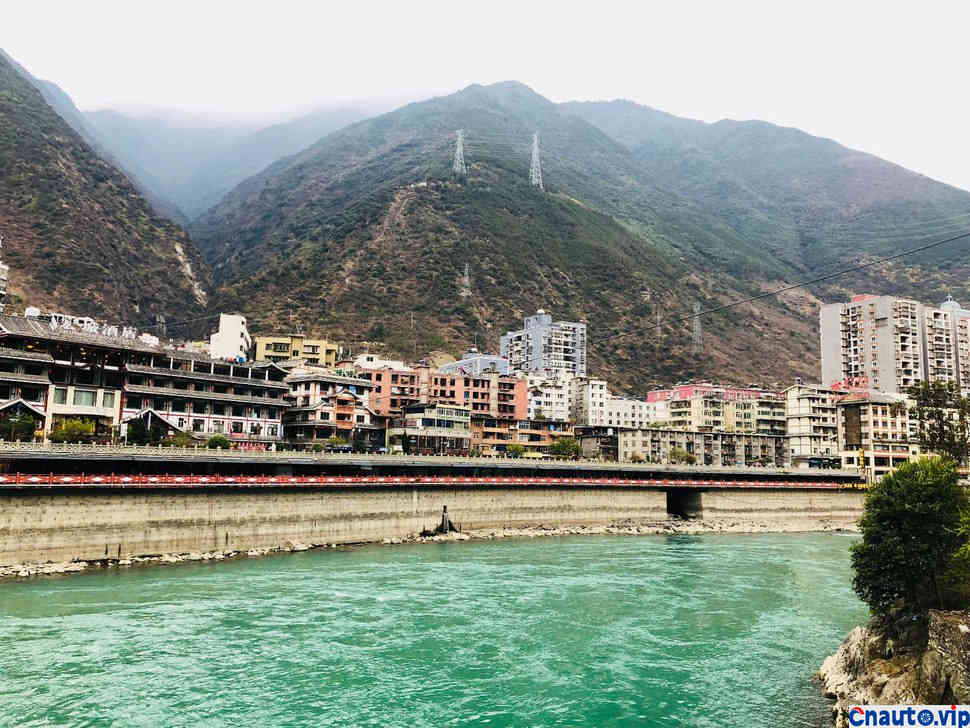
There is a Gada Temple in the west of Huding Bridge. It is said that when the bridge was built, 13 iron chains could not be led to the other side, and many methods were used and failed. There was a Tibetan Hercules who called himself Gada, with one chain in each armpit to cross the west bank by boat. When he finished transporting 13 chains, he was unlucky because of overwork.
Historical pictures of Feizheng Luding Bridge (8)
Die. The local people built the temple in memory of the hero who built the bridge.
Of course, legends are legends after all. In fact, when the bridge was built, after seminars were held in Xingjing, Hanyuan, Tianquan and other counties, skilled craftsmen gathered here to discuss ways to tie the chain across the river. Finally, the principle of Suodu is adopted, that is, the thick bamboo rope is tied to both sides of the strait, and more than 10 short bamboo tubes are worn on each bamboo rope, and then the iron chain is tied to the bamboo tube, and then the rope that has been tied to the bamboo tube is pulled from the other bank, so skillfully pulling the bamboo tube with the iron chain to the other bank.

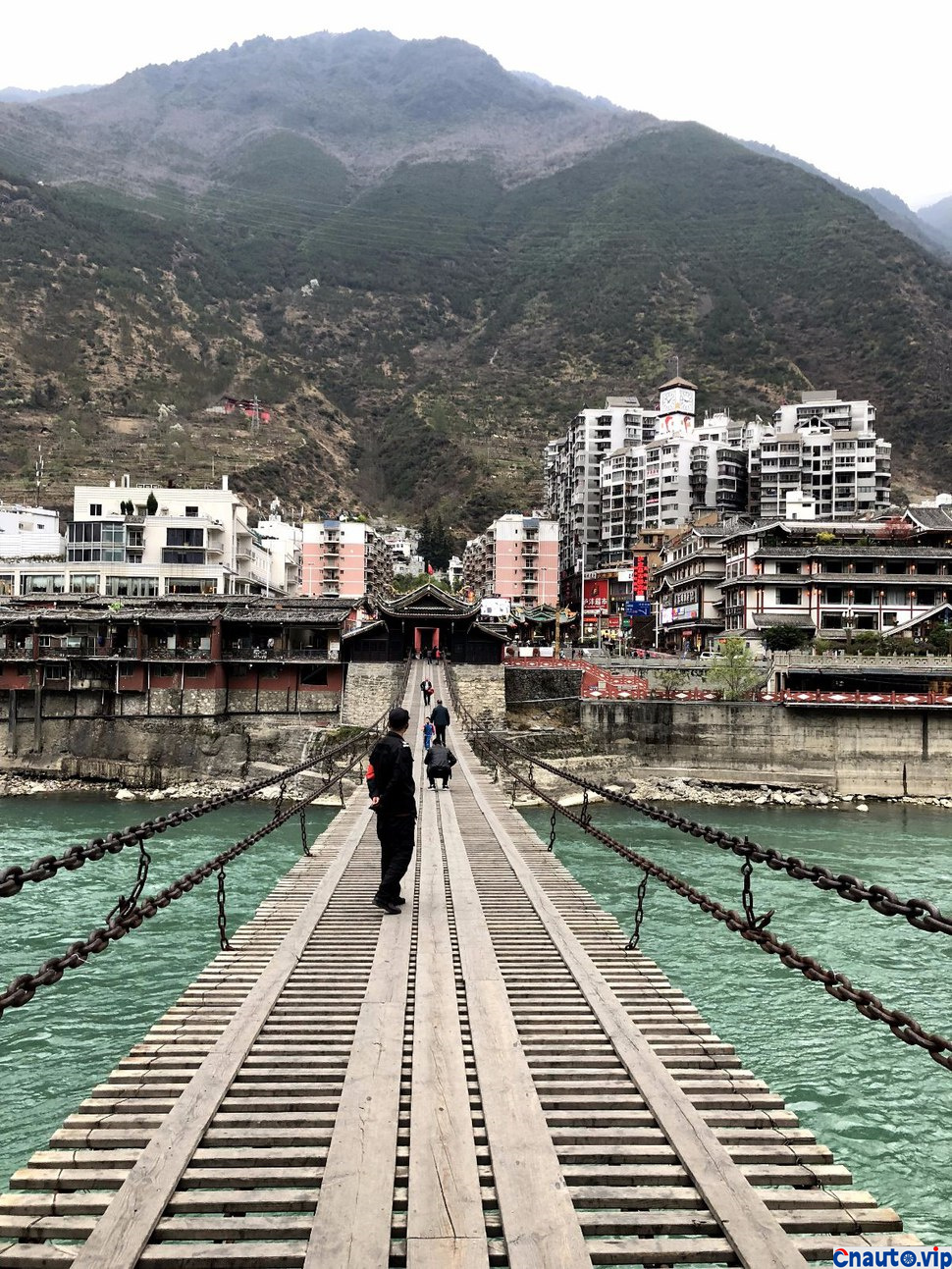
Flying to seize the Luding Bridge on May 25, 1935, in the face of the Kuomintang’s pursuit of troops, Mao Zedong, Zhou Enlai, Zhu de, Wang Jiaxiang, Lin Biao, Nie Rongzhen, Luo Ronghuan and Luo Ruiqing immediately made the decision to seize the Luding Bridge.
The deployment is that Liu Bocheng and Nie Rongzhen led the first division of the Red Army and the cadre regiment led by Chen Kui and Song Renqiong as the right-wing army, and the central column and the 1st, 3rd, 5th, and 9th legions carried the river for the left army to capture the Luding Bridge. The fourth regiment of the second Red Division, led by Wang Kaixiang and Yang Chengwu, advanced for the vanguard of the left Road Army. May twenty _ eighth After receiving the order, the fourth Red Regiment traveled 240 Huali Mountain Road day and night, and exchanged fire with the enemy on the west bank of the Luding Bridge on the morning of the 29th.
At that time, the Luding Bridge had about 80 meters of deck removed by the enemy, coated with engine oil, and closely sealed off the Luding Bridge deck with machine guns and artillery on the high ground of Dongqiaotou. At noon, the fourth Red Regiment held a meeting of the whole regiment’s cadres in the Shaba Catholic Church, carried out combat mobilization, and organized 22 bridge commandos led by company commander Liao Dazhu and instructor Wang Haiyun. At 4 p.m., 22 Red Army men armed with submachine guns, sabers on their backs and a dozen grenades wrapped around their waists pounced on the east bridge, braving a hail of bullets and climbing naked cable chains. The three soldiers, led by Wang Youcai, followed closely behind, carrying guns, holding boards in one hand and chains in the other, laying bridge boards while advancing.
When the Red Army commandos climbed to the middle of the bridge, the enemy set a fire at the head of the east bridge and blocked the Red Army from seizing the bridge with fire. The Red Army soldiers launched a hand-to-hand battle with the enemy and captured the bridge battle in Luding. At this time, the political commissar Yang Chengwu led a team to rush over the east bridgehead, beat back the enemy’s counterattack, occupied Luding City, and quickly extinguished the bridgehead fire. The whole battle took only two hours before the Luding Bridge was captured in a breathtaking manner. As a result, Luding Bridge became an important milestone for Communist Party of China during the long March.

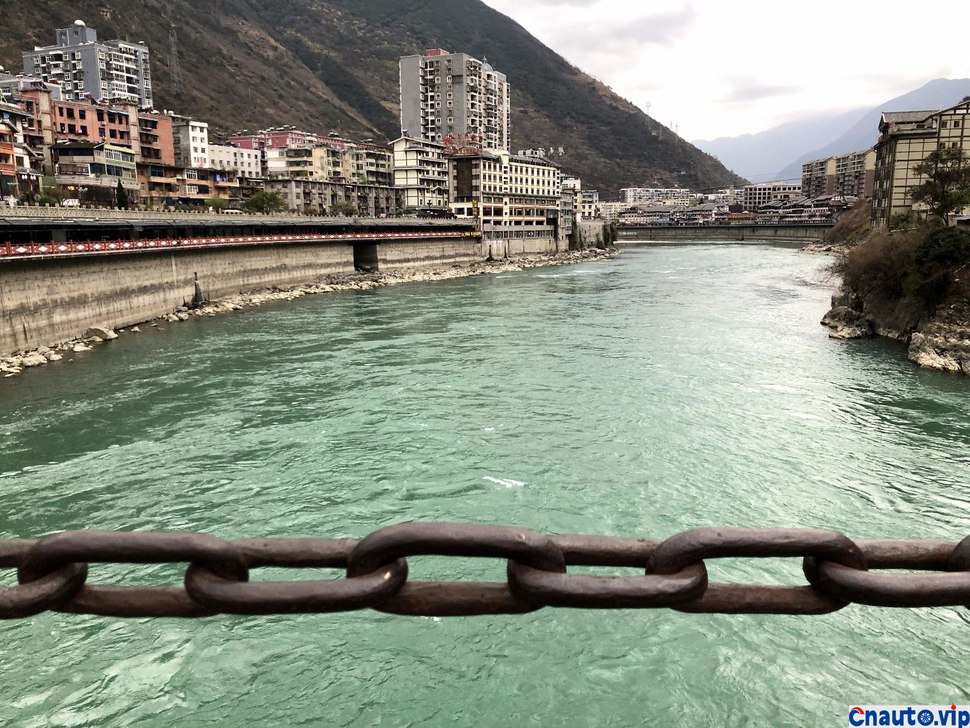






It is a well-known research institution for the protection of rare and endangered wild animals such as giant panda, which integrates scientific research and breeding of giant panda, protection and education, education and tourism, and the construction of panda culture.

In 1987, in order to strengthen the management of the treatment of sick and hungry giant pandas, separate the educational display function of giant pandas from the function of rescue research, strengthen the scientific research of giant pandas, and improve the level of giant panda breeding, the Chengdu people’s Government decided to establish a Chengdu giant panda breeding research base and implement a set of teams and two brands with Chengdu Zoo. [3]
After 1990, Chengdu Base and Chengdu Zoo were divided into two independent entities. [3]
In 1992, the Giant Panda Museum was open to visitors. [4]
In 1997, the Chengdu Giant Panda breeding Research Base established the first open laboratory in China to carry out endangered protection research endemic to China, jointly funded by the State Planning Commission, Chengdu Planning Commission and Chengdu Giant Panda breeding Research Foundation. [3] [5]
In 2000, the National Wildlife Protection system took the lead in carrying out public protection education, and the Ministry of Science Popularization was established. [1]
In 2001, the Open Laboratory was named “Sichuan key Laboratory for breeding and Protection of Endangered Animals” by the Sichuan Provincial Department of Science and Technology. In the same year, Chengdu Base cooperated with Sichuan University to carry out research and experiments. [3]
In 2003, the base was awarded as “Sichuan Advanced Unit for Talent Development” by Sichuan Provincial Party Committee and Provincial Government, and was approved as a national “postdoctoral research workstation” by the Ministry of personnel. [6]
In 2006, it was officially awarded “National AAAA level Scenic spot” by the National Tourism Administration. [1]
In 2007, the laboratory was officially approved by the Ministry of Science and Technology as “Endangered Wildlife Biology-State key Laboratory jointly built by provinces and ministries”. At the same time, modern giant panda museums, animal specimen halls and genetic resources of endangered animals have been established in Chengdu base and Sichuan University respectively. [3]
In 2011, the International Research Center for Giant Panda Conservation Biology, jointly founded by the base and the Global Koth Foundation, was also set up at the base. [6]
In September 2014, the base was awarded the honorary title of “National Advanced Collective of Technical talents”. [1] on October 1, the “Panda Valley”, the breeding wild release research center in Dujiangyan, the base, opened to the public. [1]
On April 20, 2015, Panda Valley was officially opened to the public.



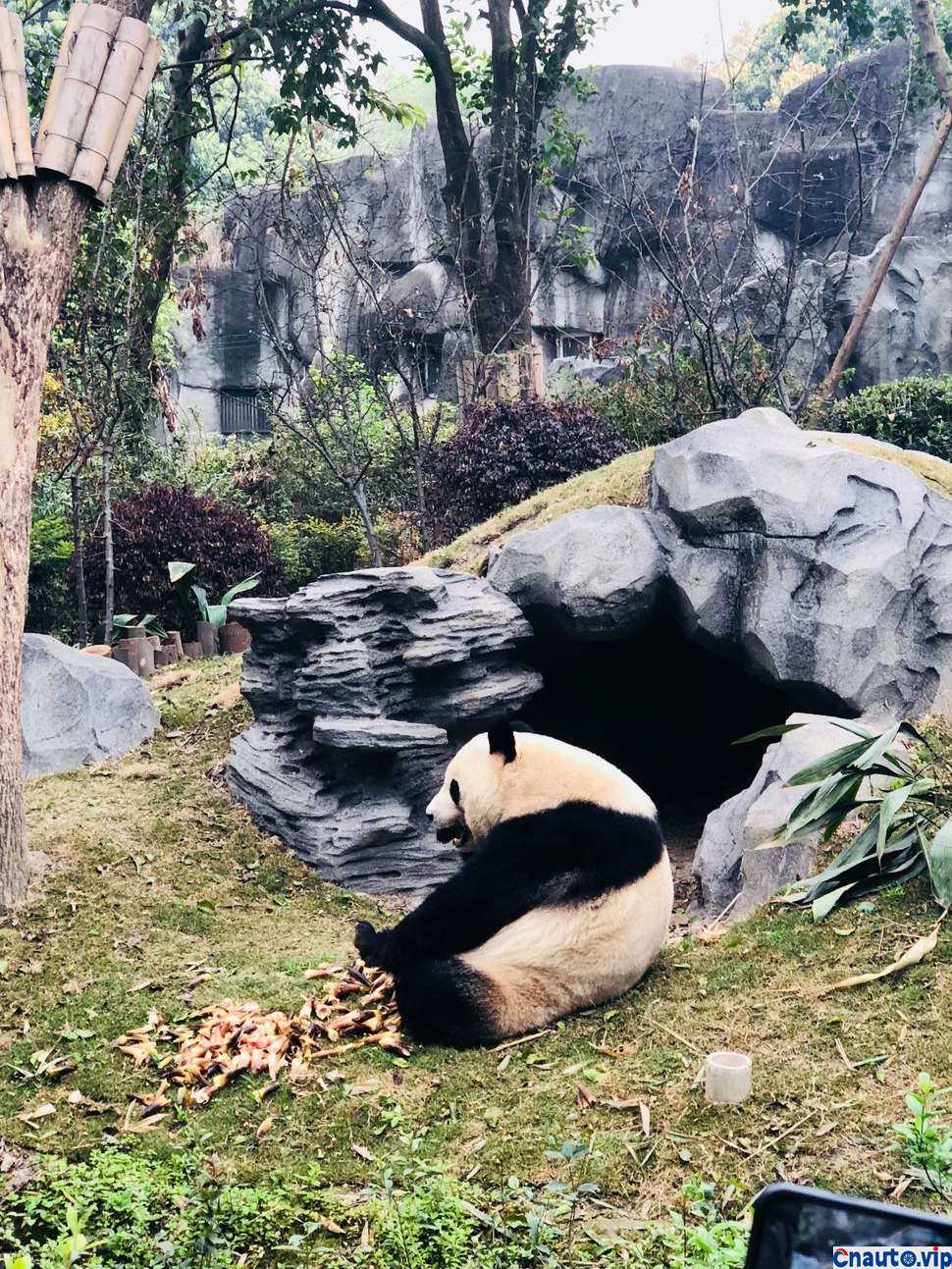
2011-Sichuan Television Festival “Golden Panda” International documentary Award
2012-the city is the first to strive for excellence in advanced grass-roots party organizations
From 2012 to 2012, people recommend scenic spots.
2013-feeding class was named “worker Vanguard”
2014-National Advanced Collective of Technical talents
2015-demonstration Base for practical Education of Socialist Core values of minors in Chengdu
2015-Chengdu model unit
Advanced units of urban water saving in Chengdu from 2015 to 2014





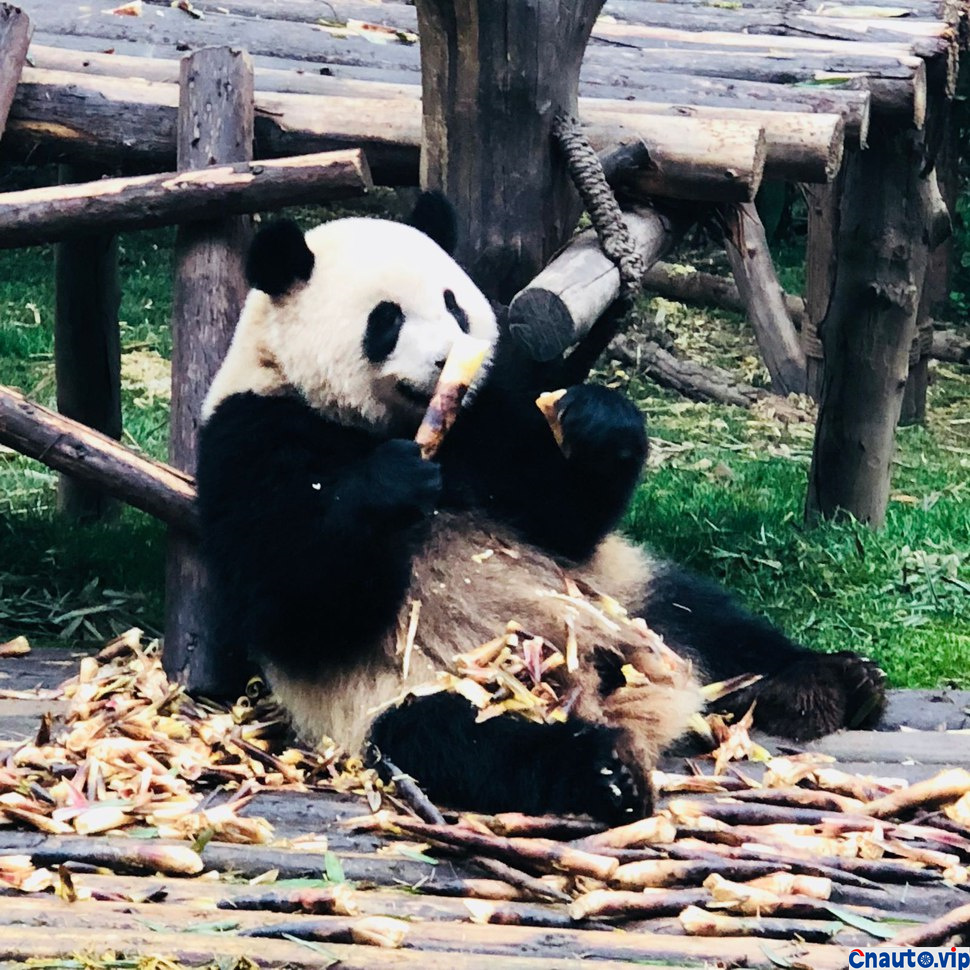
As of 2016, it has successively undertaken one national major basic research project (former “973” project), one national “Tenth five-year Plan” high-tech research project (“863” plan), as well as a number of provincial, ministerial and municipal scientific research projects and Chengdu Giant Panda breeding Research Foundation scientific research projects. More than 70 scientific research projects have won national, provincial and municipal technological invention awards and scientific and technological progress awards. It has obtained 14 national patents for invention and utility model. [1] [9]
research findings
Award for scientific research
According to the information brief on the base’s official website in May 2017, the base has achieved a total of 8 national scientific and technological achievements, 26 provincial and ministerial scientific and technological achievements, and 32 municipal scientific and technological achievements. 18 monographs such as “Research on Reproductive and Disease of Giant Panda”, “Reproductive Physiology and artificial breeding of Giant Panda”, “off-site Protection of Giant Panda: theory and practice” have been published successively, and more than 400 papers have been published in important international and domestic magazines.

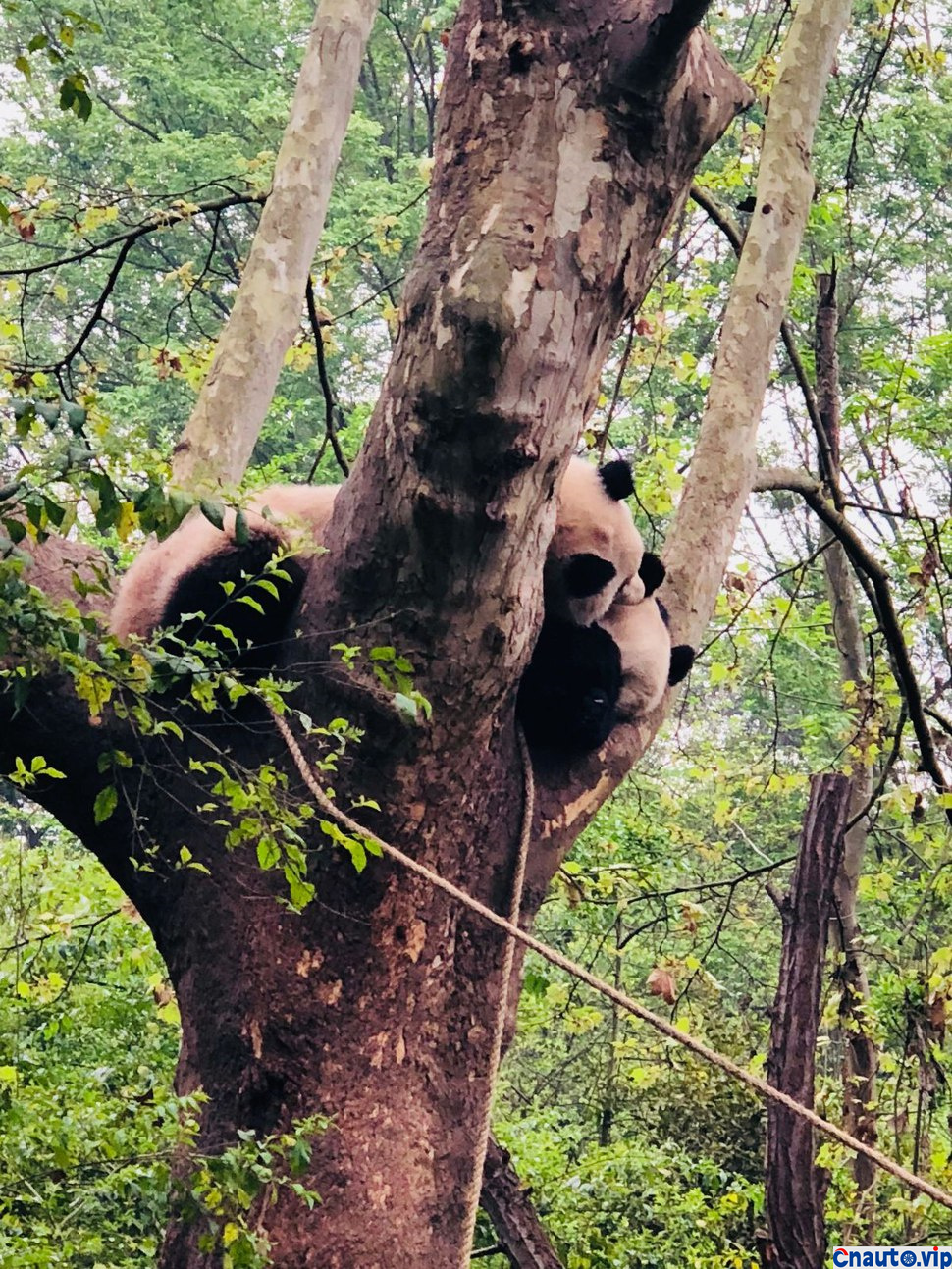





There are three difficult problems in walking through the building.
Ye Tianyi said that Liziba Station on Line 2 was put into trial operation in 2004 and officially opened in 2006. As early as 1998, his team began a national unprecedented “crossing” design-letting Line 2 pass through the building. “this is a very challenging job.”
Ye Tianyi said that the building standards of buildings and rail transit are different, and the approval procedures are also different. At that time, the design team was faced with three major problems that had to be solved: first, to ensure that the track could pass through the building smoothly; secondly, when the track passed through the building, it could not affect the structure of the building; finally, the functional layout of the transit transformation of the rail station should be reasonable, which could dredge the passenger flow and satisfy the surrounding residents to travel.
Crossing the building is not suitable for the subway.
“the whole design process took two years.” Ye Tianyi said that the building through which Line 2 runs, the 1st to 5th floors are shops, the 9th to 19th floors are residential buildings, and the 6th to 8th floors in the middle are rail transit areas. Among them, the 6th floor is the station hall, the 7th floor is the equipment floor, the 8th floor is the platform floor, each floor area is about 3500 square meters, the air height is about 3.6m, and the length of the train is 132m.
“however, piercing is not suitable for the subway.” Ye Tianyi explained that apart from the fact that the subway is noisier than the light rail, its carrying capacity is also much larger than that of the light rail. If it passes through the building like the light rail, it will have an impact on the nearest neighbors.
20 cm away from the building
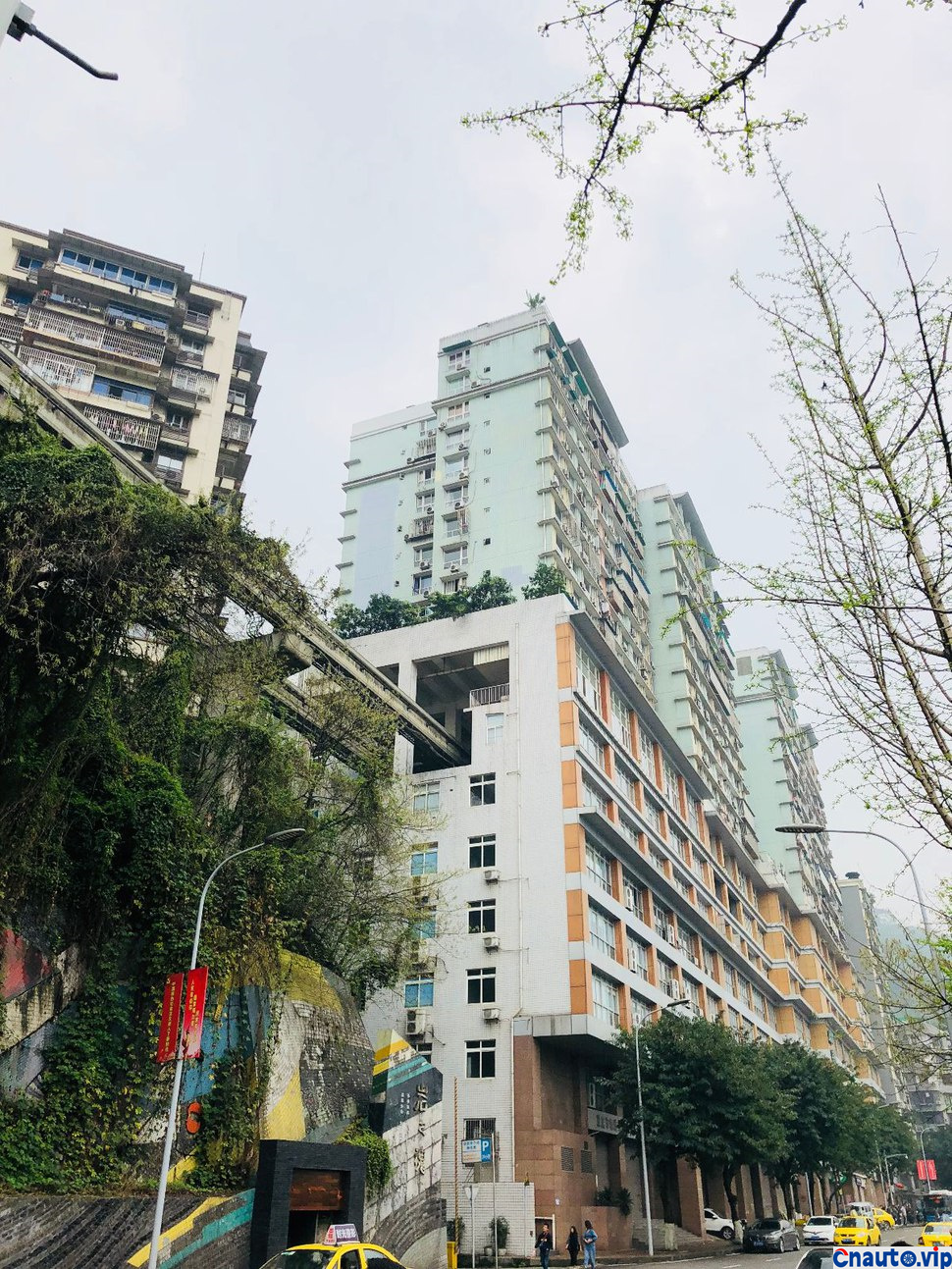
“seeing the divine comments from netizens, it was really hard to laugh or cry.” As the designer of Liziba Station, Ye Tianyi also paid attention to all kinds of hot discussions about the station on the Internet.
“in the pictures seen by netizens, the building and the light rail are indeed hugged together. However, they are actually neighbors 20 centimeters apart. ” Ye Tianyi said that there is no sharing between the neighbors, or even a common property management, no common power lines, and so on.
Answer questions
Question 1
The building or the track first?
Many netizens wonder whether the Liziba station is the first building or light rail. Ye Tianyi said that Li Ziba Station and the building were designed and built at the same time, and there was no one who came first and who came later. “therefore, when building Li Ziba Station, it was not some netizens who guessed that they encountered nail households.”
Ye Tianyi also said that no matter the building or the track, once one of them is built first, it is difficult to combine the two well again.
Question 2
Does the building tremble slightly when crossing?
Standing on the bridge, the car drove by, more or less a little shaking. The light rail passes through the middle of the building. is there a slight tremor upstairs and downstairs?
Ye Tianyi dug up a 1998 structural design and explained: “although the light rail and the building seem to be one, in fact they do not interfere with each other.” When the light rail passes through Liziba Station, unlike other stations, the columns of the lifting track are not visible, but are buried in the lower house.
From the first floor of the building, there are six lifting columns on the track, each about 22 meters long. The pillars of the building are about 90, each 69 meters high, which are not with the pillars of the light rail.
“there is a safe distance of 20 centimeters between the six light rail pillars and the building.” Ye Tianyi said that the two seem to be combined, but in fact they do not interfere with each other, so the operation of the light rail will not bring vibration to the buildings.
Question 3
Will the passing of the train disturb the people?
Many netizens are also concerned about whether the noise will disturb the people when the light rail train passes by.
Ye Tianyi said that the light rail uses low-noise and low-vibration equipment, the wheels are pneumatic rubber tires, and the entire car body is supported by air springs, and the noise level during operation is far lower than the average noise level of 75.8 decibels of urban traffic trunk lines.



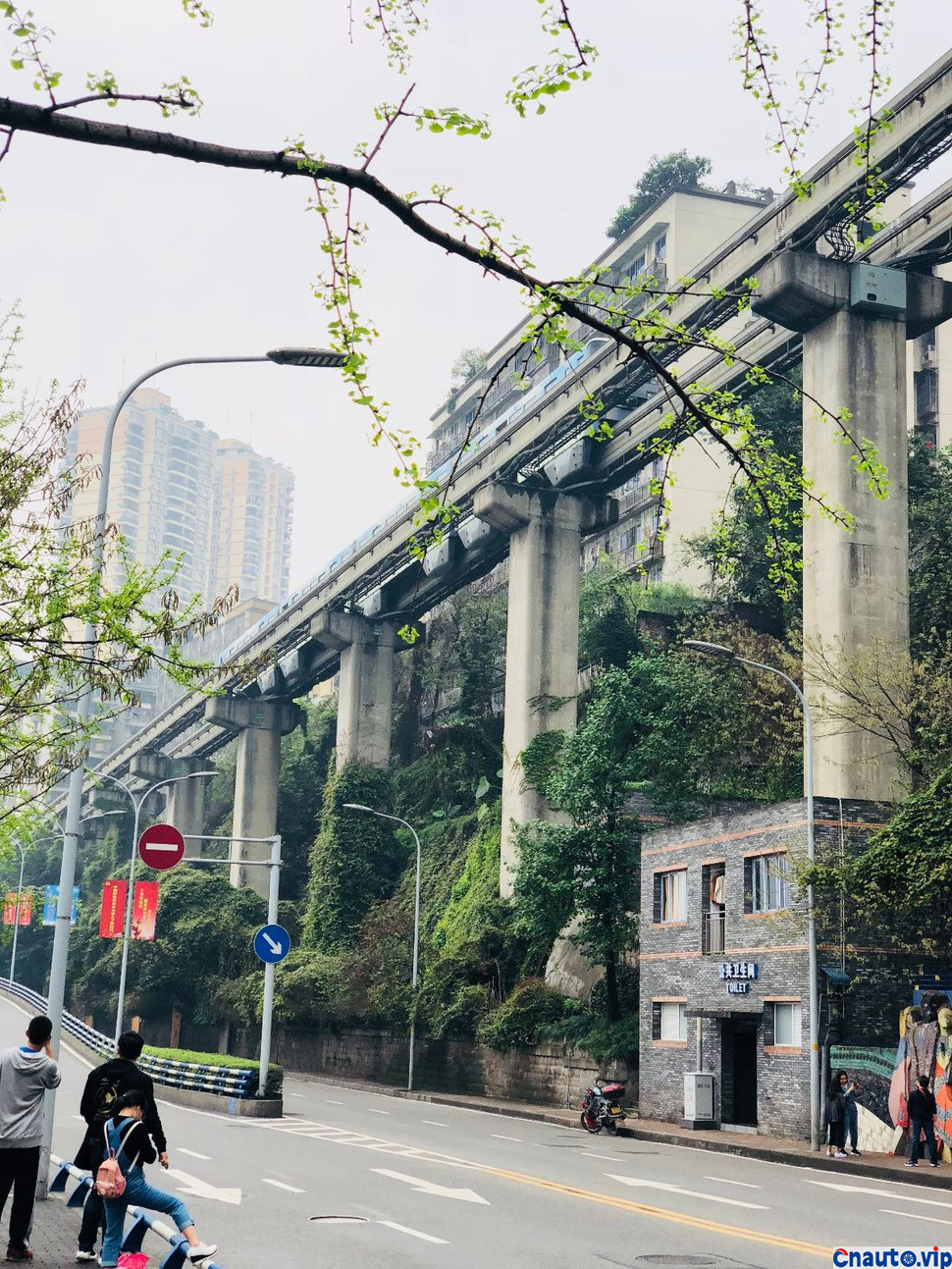
“Green Paradise”: the first stop of the journey, the mountain city of Chongqing, the setting sun of the Jialing River, Light Rail Line 2 passing through the building, God-like terrain, God-like light rail, has become the only shocking scenery in the country!
“Sophie Summer”: it turns out that Dao Lang is not singing nonsense, there is really a No. 2 “car” parked on the eighth floor.
“Dream1987fl”: you can climb over mountains, cross canyons, get into buildings and get out of the platform. Chongqing light rail, the same light rail, different feelings, you deserve to have!
“I want to go to Yunnan”: this can be ah, crazy world ah.
“this life is only for tea eggs”: if you live upstairs, make a hole and jump into the car when you want to go out.
Tree crawler: Li Ziba Station is very interesting. I went up the escalator many times and waited for the bus in the belly of residential buildings. It was fun.
Experience
Light rail sound is not easy to detect.
The noise of the car is even louder.
Yesterday morning, the reporter set out from Qiaochangkou Station and took the Line 2 train to Liziba Station. After getting off, along the direction of the Guiyuan exit, I came to the ninth floor of the residential building where the station is located in less than a minute. The 40-year-old sister Mo was busy cutting meat in the kitchen. “I have lived here for four or five years, and unlike some people, I feel neither noisy nor shaky.”
While chatting with Sister Mo, the reporter originally wanted to hear if there was a train arriving at the station, but he never heard it. Sister Mo admitted that when everything quieted down, the sound of the train arriving at the station could still be heard. “however, it’s not noise, it’s not harsh.”
Sister Wang, who lives on the 11th floor, told reporters that she and her husband bought a house in the building in 2005 and were not aware of the light rail noise after moving in. “We have lived here for nearly nine years, and there has not been a single complaint about the noise of the light rail. On the contrary, the noise generated by the cars on the street is even louder.” Sister Wang said.
Perhaps some citizens have questioned that it has been eight years since Line 2 was officially put into operation in 2006. Has anyone recently discovered that it has passed through a building? The reporter learned that since its operation in 2006, netizens have constantly posted pictures of light rail crossing buildings on the Internet, while some netizens mistakenly thought that light rail had encountered a nail household who did not want to move. Until recently, some netizens once again sent the map of light rail crossing buildings to the online forum, which has become a popular post at the top, and tens of thousands of posts have also been forwarded on Weibo. Sogou ranked first in the search for pictures for two weeks in a row.
Sister Mo told reporters that sometimes when she went out to take the light rail on the eighth floor, she would run into a lot of tourists from other places. “they asked curiously if they were living upstairs, as they took out their cameras from their travel bags and photographed the trains coming in and out of the building.” Sister Mo said that over the years, the site has almost become a popular scenic spot for tourists from other places to Chongqing.

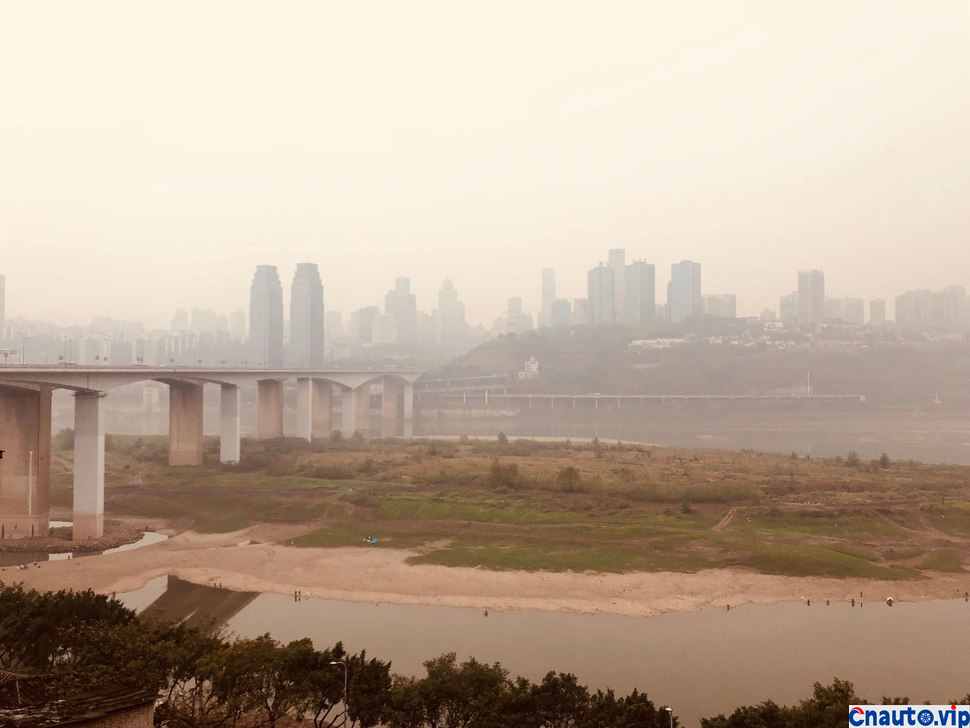

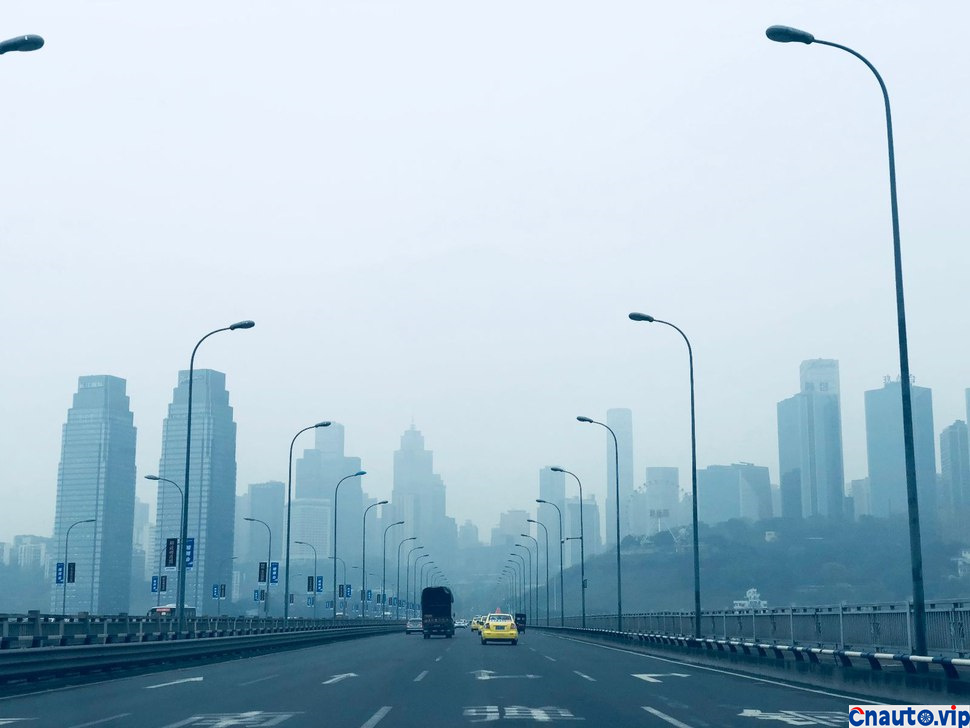



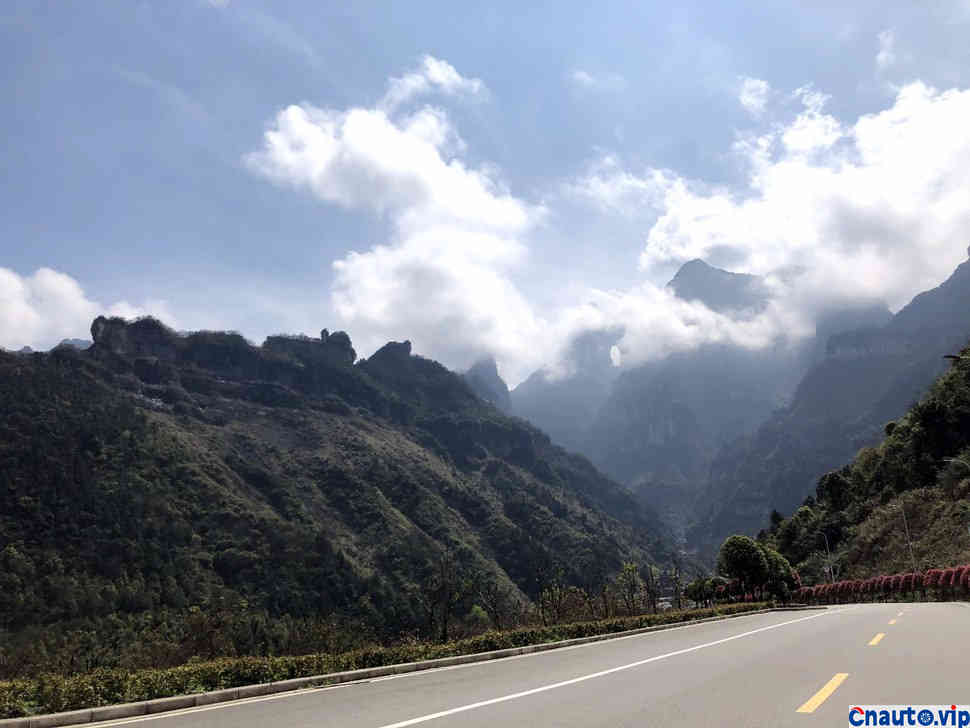
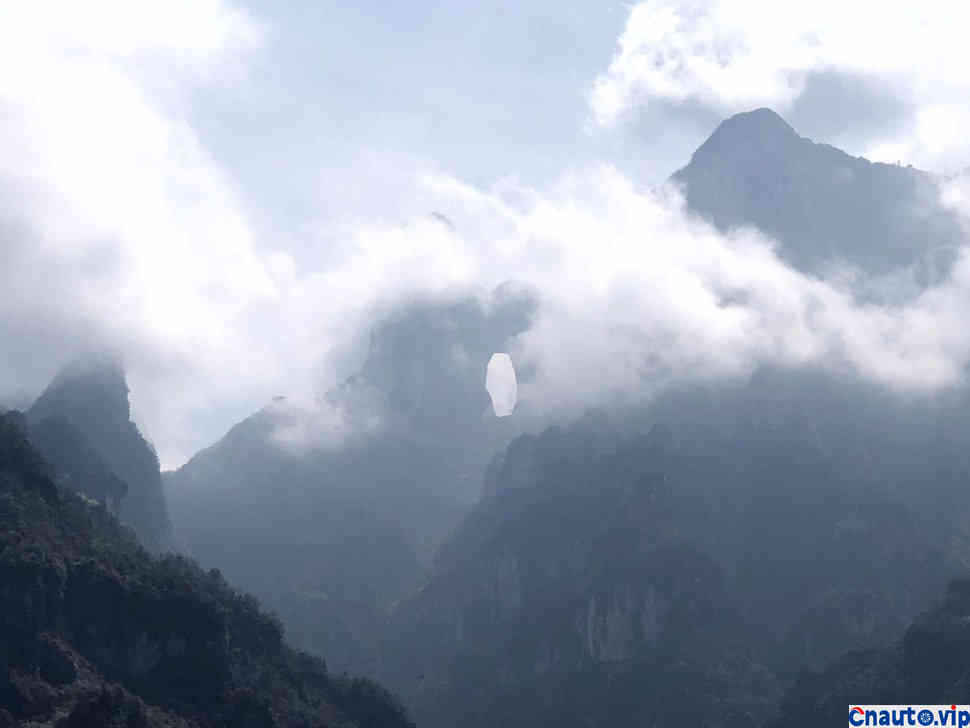
Form a rare world spectacle-Tianmen Cave, which is opposite to the north and south. The gate is 131.5 meters high, 57 meters wide and 60 meters deep. It is like a gateway to heaven, and it has been named Tianmen Mountain for 1754 years. The top of the mountain is relatively flat, with a complete primitive sub-forest, with many extremely precious and unique plant species, with a forest coverage rate of 90%. During this period, ancient trees are towering, vines are twining, moss are everywhere, stalagmites and stone buds are everywhere, like Tiancheng bonsai everywhere, and it is praised by the world as the most beautiful sky garden and paradise in the world. At noon on July 22, 2012, the French roller skater asked Yves Blondeau to challenge Tianmen Mountain.
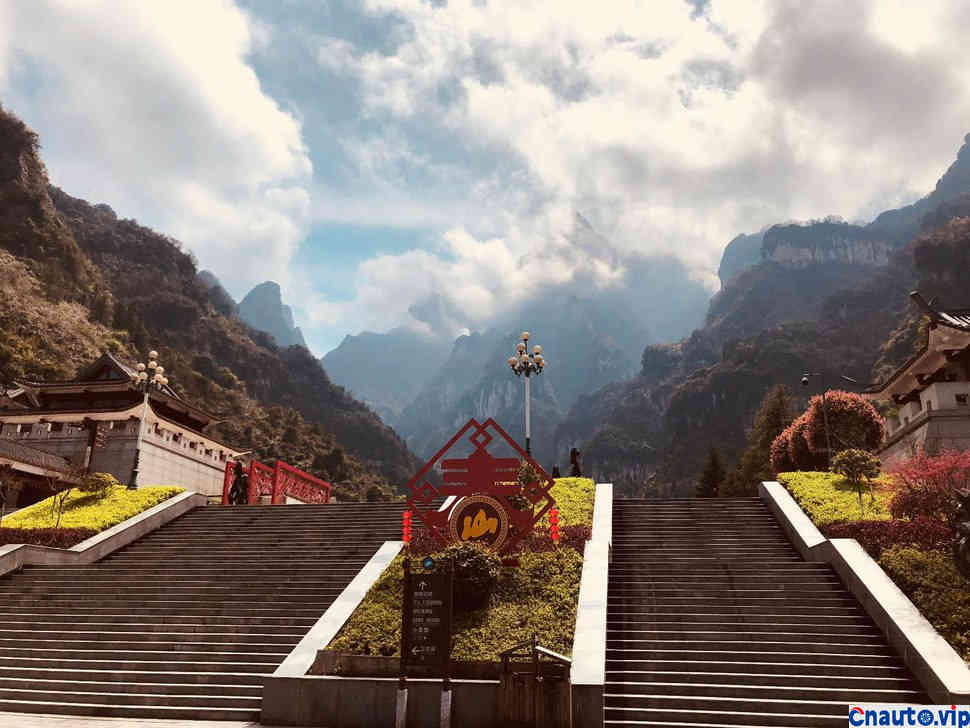

Tianmen Mountain, with its steep and magnificent scenery, is known as the Zhang family.
Tianmen Mountain (5)
The natural picture screen of the world. Tianmen Mountain uplift began with the Yanshan movement, and then through the Himalayan orogeny, the mountain was violently raised more than km, and the surrounding area was deeply cut by fault joints, coupled with the karst effect of long-term wind and rain erosion, resulting in a towering karst platform landform. The top of the mountain is relatively flat, with a complete primitive secondary forest, with many extremely precious and unique plant species, and a forest coverage rate of 90%. During this period, ancient trees are towering, vines are twining, moss are everywhere, stalagmites and sprouts are everywhere, like Tiancheng bonsai everywhere, and it is praised as the most beautiful sky garden and paradise in the world.
The north and south of Tianmen Cave is on the plain wall of thousand fathom, majestic and towering.
Tianmen Mountain (6)
It is not only a rare mountain cave at high altitude, but also a magical spectacle of creation.
Tianmen Cave is full of transpiration all the year round, the scene is unpredictable, sometimes there are clouds spitting from the hole, sometimes there is a glow through the hole, magnificent and magical, like a fantasy, seems to contain endless mysteries. Local chronicles once recorded: “in the ancient times, some natives saw the glow dream from the clouds, full of purple, full of holes, overflowing in Tianhe, thinking auspicious, falling to the ground to worship it.” Since ancient times, the fantasy and beauty of “Tianmen Fog” and “Tianmen Lingguang” have been regarded as auspicious phenomena in the heavenly world and are famous all over the world.

Tianmen Cave scenic spot gets its name because of Tianmen Cave, and Tianmen Cave in Tianmen Mountain is undoubtedly the most representative scenic spot. As a natural mountain-piercing cave at the highest altitude in the world, Tianmen Cave hangs above the thousand fathom wall, like a gate to the sky embedded in the curtain of the sky. The poet Wang Xinjian said in the poem “stepping on Tianmen Mountain”: “A few dreams wander for a long time, and the breeze steps on the flowers.” Step by step step by step Yinhan, the vast cloud path around the Cuiya. The secluded valley hides the ancient temple and draws a screen to move to Penglai. And bathing the haze into the wonderland, it is clear that the heart is close to Yaotai. “

The birthplace of Tianmen Mountain.
Guiguzi, a wizard between man and immortal in Chinese history, lived in seclusion, practice and apprenticeship on the cliff of Xianxian Wonderland Scenic spot, and is the representative of the seclusion school in Tianmen Mountain. The warrior who bravely broke into the Ghost Valley Cave occasionally photographed the “development of the Ghost Valley” on the stone wall of the cave, which is similar to the popular head portrait of Ghost Valley in the world, and has become another mystery in Tianmen Mountain. Emperor Shennong and his rain master Chi Songzi also left various relics and legends here. Tianmen Academy, which once trained two Hanlin, is a shrine of Taoist culture on Tianmen Mountain.

Tianmen Mountain (5)
Area.
The most important scenic spot of Tianjie Buddhist Scenic spot is Tianmen Mountain Temple. Built in the Ming Dynasty, the temple is the center of Buddhism in western Hunan. Tianmen Mountain Temple is rebuilt in the original site, covering an area of nearly 10000 square meters, the temple is located in the mountain nests, the vision is very broad, with a mountain-to-mountain spirit.
Qiuer Cave, one of the sixteen holes in Tianmen, has a magical legend and a long history, and is another tourist focus of the Tianjie Buddhist scenic spot. According to folklore, the son Guanyin is sanctified here, and young couples who have not yet become parents can imitate the local way of blessing and ask themselves for a healthy, smart and beautiful baby.

Tianmen Mountain (6)
The core reserve of the primeval forest is in the Bino Yaotai scenic spot. Here, strange stones covered with moss can be seen everywhere, and rare tree species and precious medicinal materials are also found from time to time. The whole scenic spot is like a large natural bonsai, tourists walking on the winding road, can enjoy the fun of nature. Bino Yaotai Scenic spot, located in the east of the top of the mountain, is characterized by natural scenery and has more than 20 scenic spots, which is the most among the four scenic spots in Tianmen Mountain.

Line A cableway uphill-highway downhill
Tour route: ropeway uphill-Peak Tour-take the escalator down to Tianmen Cave-take the scenic bus down the mountain to the mountain gate-transfer to the free bus to the next station of the ropeway.
Line B highway uphill-ropeway downhill
Tour route: take the free shuttle bus to the mountain gate at the next station of the ropeway-take the scenic tour bus to Tianmen Cave-take the mountain escalator to the top of the mountain-visit the top of the mountain-the ropeway goes down the mountain to the next station.
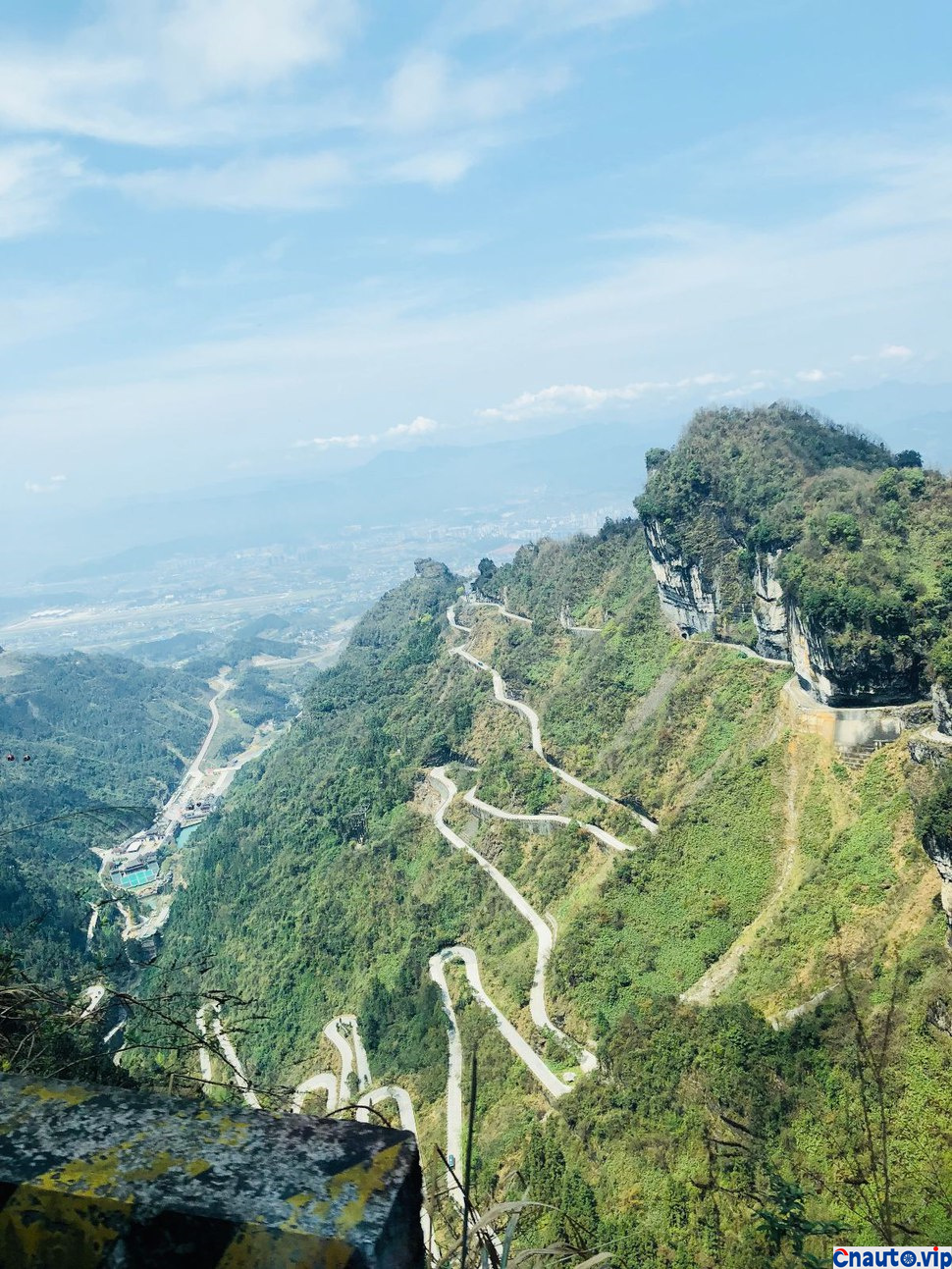
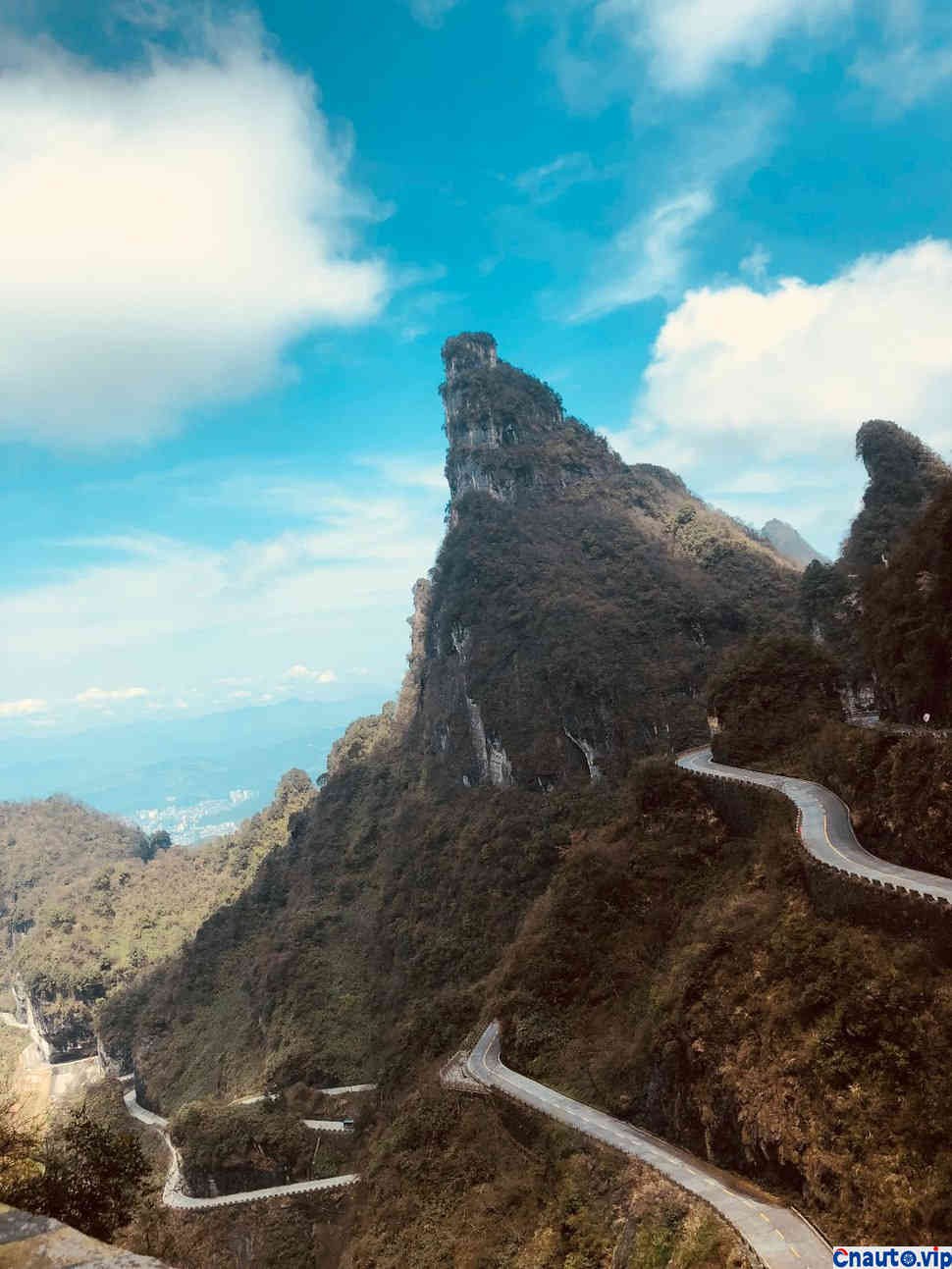
The Tianmen Mountain Highway in Zhangjiajie is very steep, which is much more dangerous than the Daozhai Highway leading to the main road between Hunan and Guizhou, and the cost is very astonishing. The total length of the highway is about 10 kilometers, and the cost per meter is about 10000 yuan (about equivalent to the unit price of the highway). Therefore, the cost of the whole Tianmen Mountain Panshan Highway has exceeded 100 million yuan.
Tianmen Mountain Panshan Highway has a total of 99 sharp bends, of which the steepest section is successfully built through scientific argumentation and design. You can see the steepness of the highway through the pictures.
Tianmen Mountain Panshan Highway is the only way to Tianmen Cave. All the newly imported Costa cars are driven by experienced drivers. There are professional processes and standards for how to control speed, how to drive, and how to turn. Therefore, it is very safe to take an environmentally friendly car in Tianmen Mountain Scenic spot on Tianmen Mountain Panshan Highway. In the past few years since the opening of the Tianmen Mountain Scenic spot, there has never been any safety accident on the Tianmen Mountain Panshan Highway.

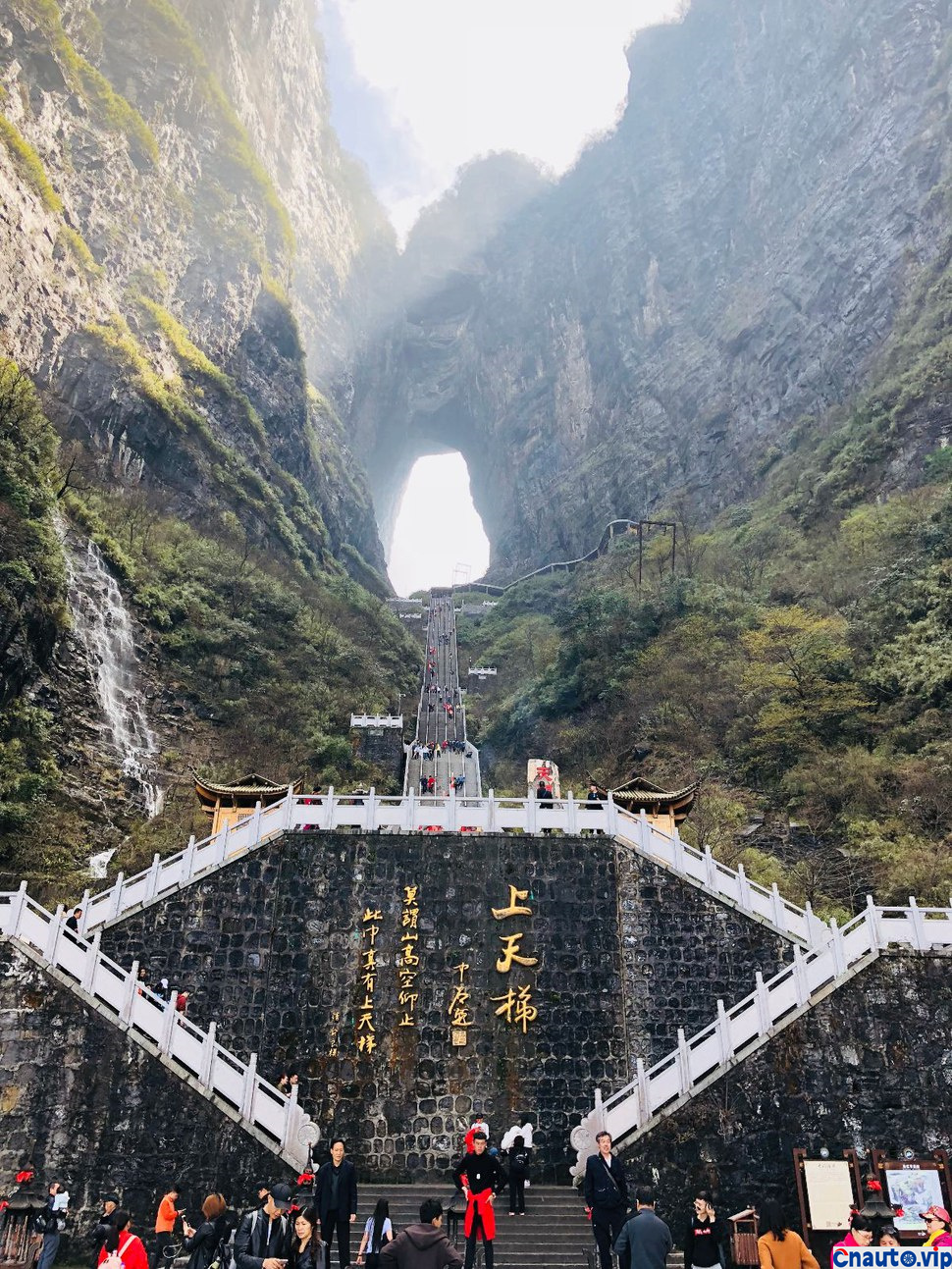


Mountain elevator
On April 25, 2015, the world’s first elevator installed in a mountain tunnel was officially put into operation.
The elevator through the mountain runs in the whole mountain tunnel, from the bottom of Tianmen Cave to the top of the mountain, a total of 12 sections, the total length of the escalator is 897m, the lifting height is 340m, and the total span is 692m. There are 16 30-meter super-high-heavy-duty bus escalators and 3 20-meter high-heavy-duty bus escalators with an one-way capacity of 3600 people per hour.
Tianmen Mountain elevator is the most difficult construction, the highest technical requirements, the highest lifting height, the longest total length of steps and the most creative escalator project in the world. it can be called the miracle of elevator engineering in the world. it is also another miracle of characteristic traffic in scenic spots.



In September 2005, Tianmen Mountain was selected as the “Best Forest Park in China” by the Asia-Pacific Tourism Federation and the World overseas Chinese Tourism Cooperation Organization.
In March 2006, more than 30 media, including NetEase and Globe Travel, jointly selected “the 50 places most worthy of foreigners to visit in China”. Tianmen Mountain won the gold medal alongside China’s top tourism brands such as the Great Wall, Terracotta Warriors, Mount Huangshan, Mount Tai and Dunhuang.
On August 20, 2007, Tianmen Mountain Scenic spot was rated as a national 4A tourist scenic spot by the National Scenic spot quality Evaluation Committee.
On August 12, 2008, Tianmen Mountain successfully passed the provincial preliminary evaluation of the establishment of AAAAA Scenic spot.
On September 5, 2011, good news came from the National Tourism Administration. Tianmen Mountain, together with our province’s Yueyang Tower-Junshan Island Scenic spot and Shaoshan, has officially obtained the qualification of 5A Scenic spot, and officially awarded the license in Beijing on the 6th.
On July 22, 2012, French super roller skater Jean-Yves Blondu, known as the “roller-skating Transformers”, will appear in Zhangjiajie Tianmen Mountain.

In 2002, the development and construction of Tianmen Mountain started in an all-round way, and nearly 600 million yuan was set off on the front page of creating a world-class scenic spot.
In March 2006, the Russian Air Force staged an aerobatic show in Tianmen Mountain. The heavy fighter Su-27 and Su-30 passionately wrote an amazing legend.
On September 24, 2011, Jeb, the world’s top wingsuit pilot? Coris crossed the Tianmen Cave in a winged suit to challenge the limits.
Tianmen Mountain
At noon on July 22, 2012, French roller skating master Jean Yves Blondeau, known as the “French roller skating Transformers”, did not take any other protective measures, but only wore his own special roller skating suit to challenge Tianmen Mountain 99 turn Tongtian Avenue and slide down from Tianmen Cave. It is estimated that the speed will exceed 90 kilometers per hour. Blondeau, 42, is known as the most skilled and daring roller skater in the world. He often takes risks to do high-speed roller skating on high-risk mountain roads around the world, and his speed record of more than 112 kilometers per hour has always been unmatched. Blondeau is going to challenge the Tongtian Avenue in Tianmen Mountain. Tongtian Avenue, which runs from the foot of Tianmen Mountain to Tianmen Cave, is 10.77km long and 6m wide, with a height difference of more than 1000 m from start to finish. The whole highway winds its way between ten thousand dangerous ravines, most of which are built on dangerous peaks and cliffs, with a total of 99 sharp bends, known as the “king of extreme roads in China”. [10]
On the afternoon of September 24, 2013, a thrilling wingsuit flight challenge show was staged in Zhangjiajie, Hunan Province. Jeb Coris, a wingsuit flying man from the United States, successfully crossed the Tianmen Cave after two test flights, setting another extreme flight record in human history.

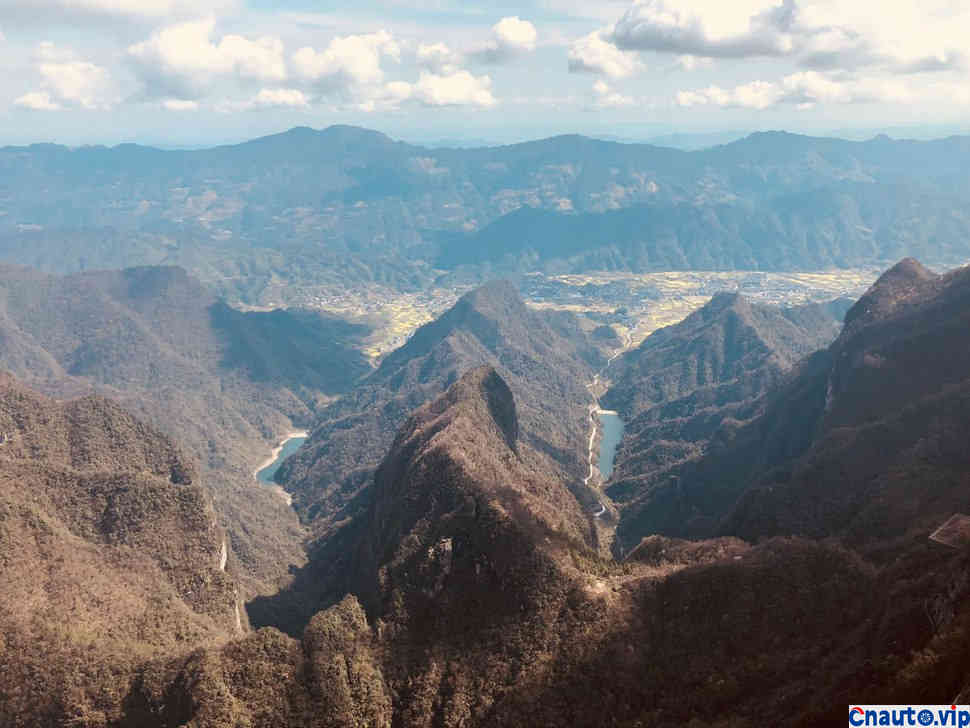

Tongtian Avenue, with a total length of 10.77km, but in such a short distance, its elevation has risen sharply from 200m to 1300 m. On both sides of the road, the cliff is thousands of miles away, the empty valley is deep, and the 180-degree sharp bend disappears one after another. “it can be called the first highway spectacle in the world.” Mr. Shen Peng, executive vice president of the Chinese calligraphy Association, gladly wrote the inscription “qu Tao Tongtian” after walking through the Tongtian Avenue. The font is vigorous and straight, which is integrated with the wonderful world of Tongtian Avenue. The construction of Tongtian Avenue began in 1998 and was fully completed in 2005 due to the unique geology and climate of Tianmen Mountain. It took eight years and cost a total of 100 million yuan. The whole project is full of hardships, it embodies the wisdom and painstaking efforts of all the construction personnel, its potential is breathtaking and breathtaking, and it has become the first highway spectacle in the world by winding its way through the cliff of the mountain.

Ghost valley plank road [6]
The total length of the plank road is 1600 meters, with an average elevation of 1400 meters. The starting point is Yihongguan and the end point is Xiaotianmen. Different from other plank roads, the whole line of Ghost Valley Plank Road is neither at the top of the cliff nor on the side of the cliff, but stands in the middle of the Wanzhang cliff, giving people the feeling of rising and falling together with the cliff.
Standing on the plank road overlooking the mountains, the ancients felt that “one day I will climb to the top of you and have a clear view of the small mountains around me.” As Tianmen Mountain is a national forest park with rich vegetation and typical karst landforms, you can find a feeling of flying over the tropical rain forest Grand Canyon by helicopter on this plank road. This is a scene that can only be seen in movies. You can be there here.

The glass walkway of Tianmen Mountain is a hanging glass aisle completed in September 2011. Located 500 meters from the beginning of Ghost Valley trestle Road in Tianmen Mountain, this is a fork in the road. For those who like excitement, you can choose to walk like this, otherwise you can go around the stone road next to it. It is made of hard toughened glass, surrounded by metal railings and transparent glass under its feet. It is 60 meters long and 1430 meters high and 1.6 meters wide. If you walk from above, you can practice courage. Don’t go to the timid.
Glass plank road
In 2015, the newly built glass plank road on the east side of the scenic spot was also officially opened. The glass plank road on the east line is located above the Tianmen hole, and walking on the plank road is like floating above the Tianmen hole. If you walk from above, you can practice courage. Don’t go for those who are timid and afraid of heights.

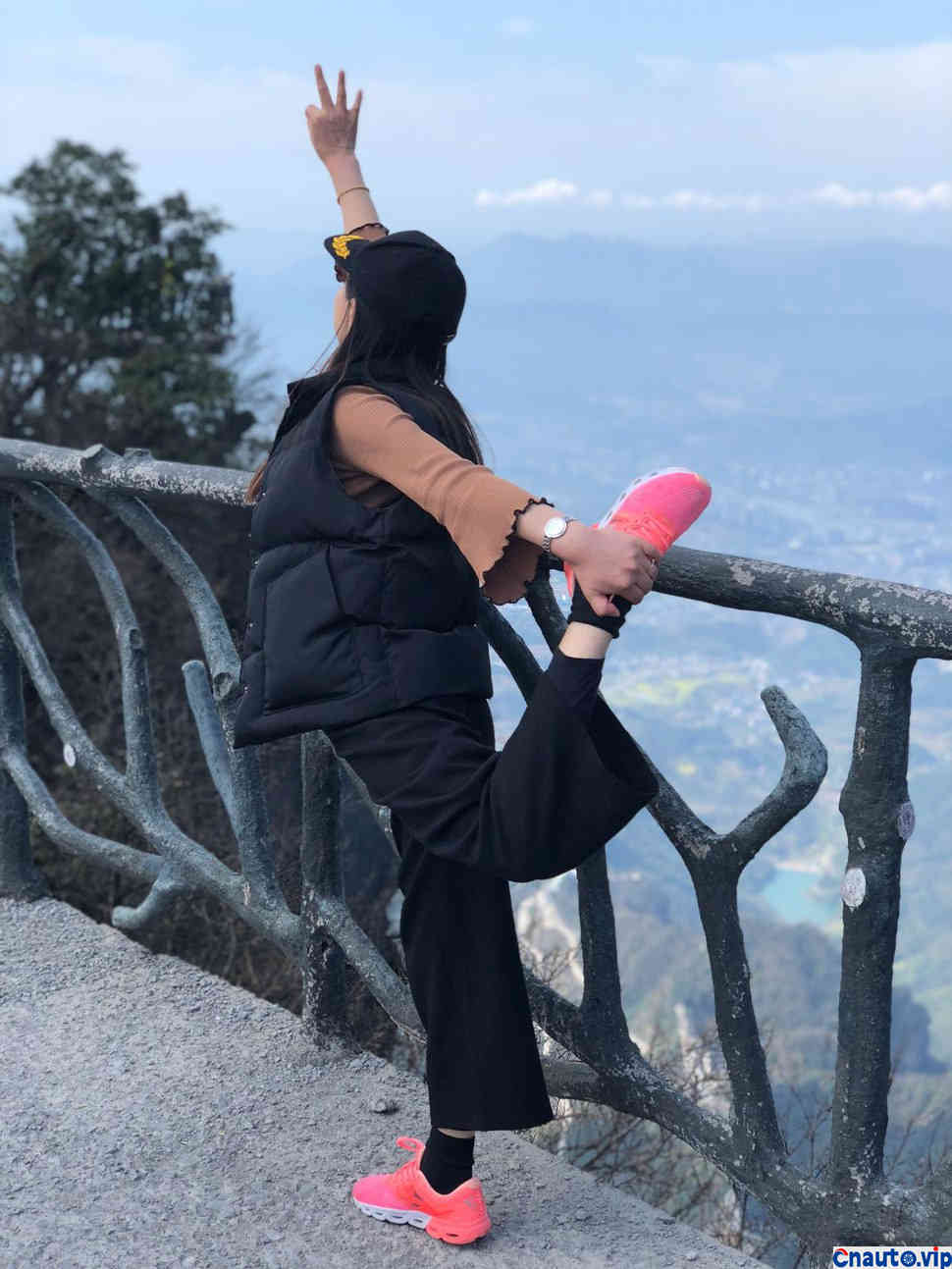
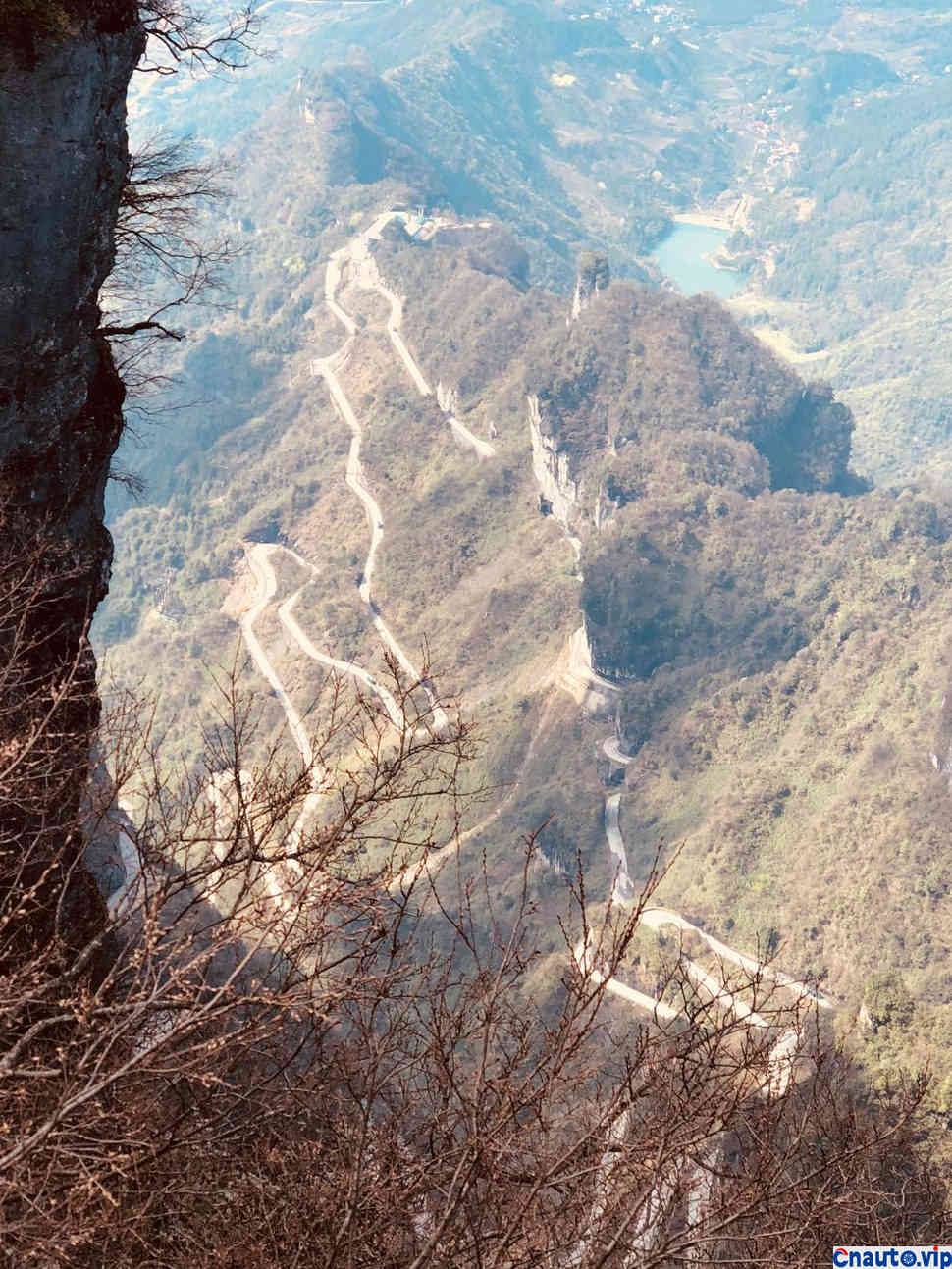


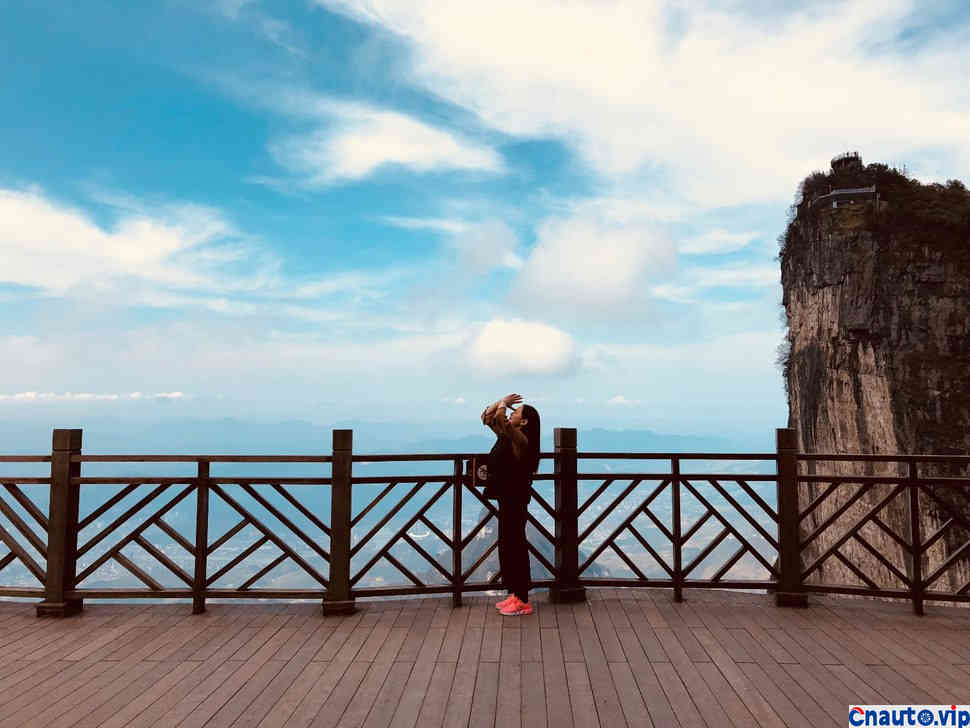


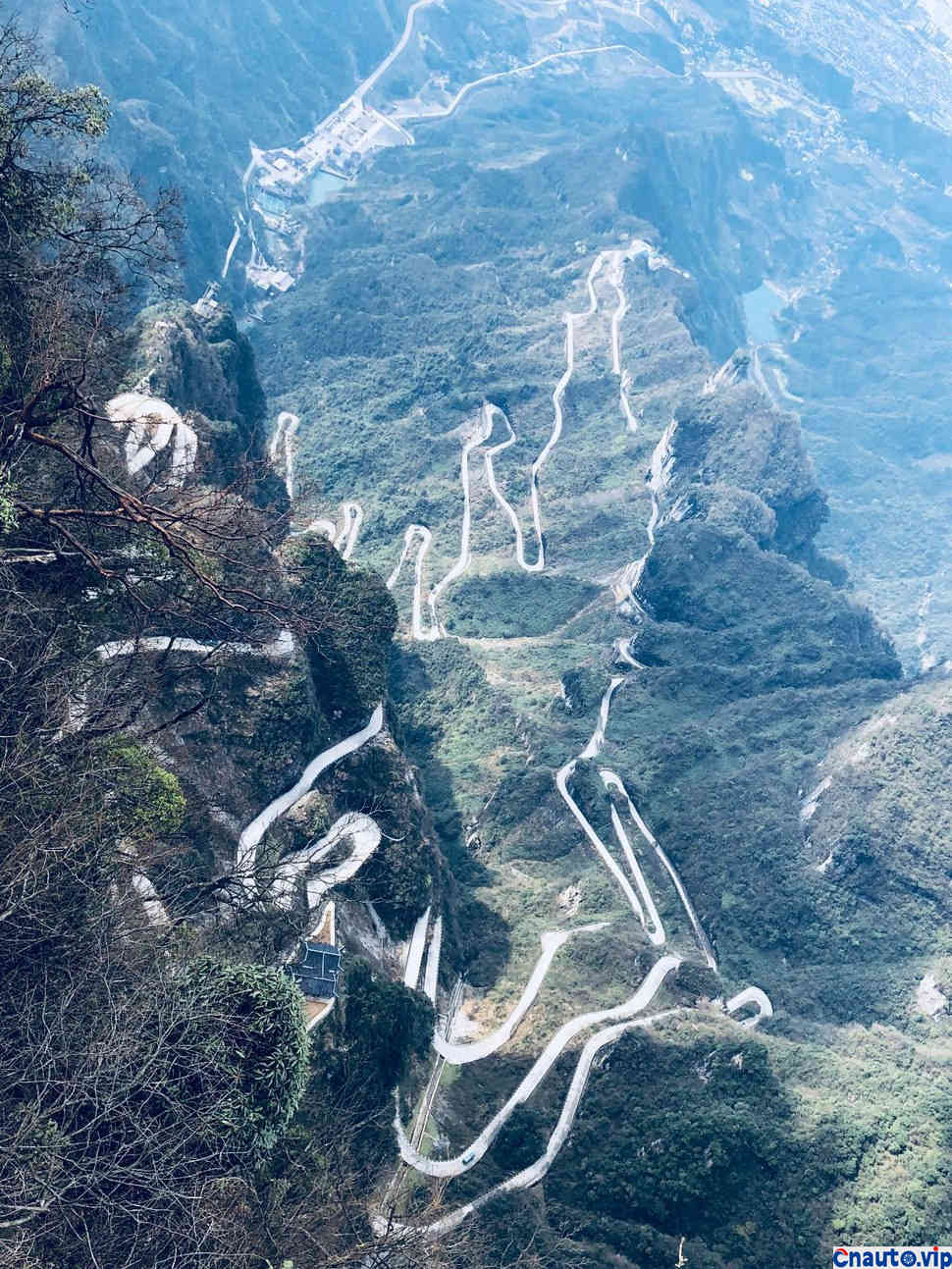

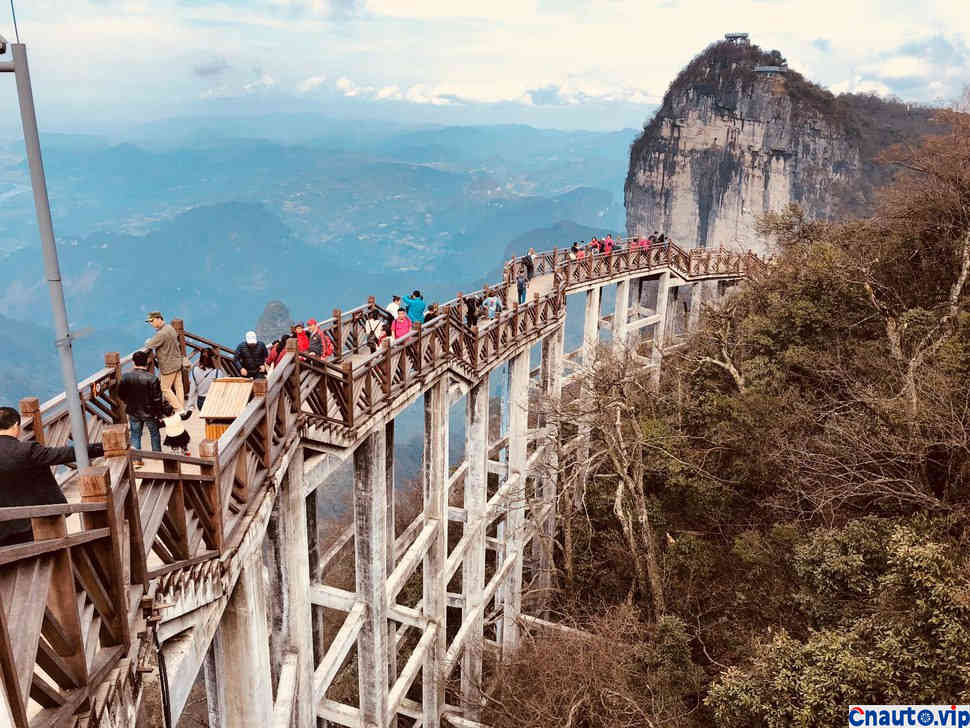

1. Tianmen Mountain cableway is 7455 meters long, ranking first in the world.
The oblique length of the ropeway line is 7455 meters, and the horizontal height difference between the upper station and the next station is 1279 meters. It is the longest single-line cyclic release grip car-type ropeway in the world, of which 98 cars come from CWA Company of Switzerland. The car body is 2 meters high and the single cost is as high as 200000 yuan. Especially the design of 6 m / s running speed, the one-way transport capacity of 1000 people per hour and the maximum slope of 38 degrees are rare in China and even in the world. The ropeway has specially added three rescue brackets among the 57 supports, which are used to immediately carry out the “horizontal rescue” or “vertical rescue” scheme to safely rescue tourists to the ground when the ropeway is suddenly completely paralyzed, and the ropeway stations are equipped with lightning protection equipment, which is the most complete and advanced rescue system in the world.

Tianmen Mountain cableway project was established in May 1999. Ropeway companies from Austria, France, Switzerland, Italy and Japan have come to Tianmen Mountain for inspection. Finally, according to the field situation of Tianmen Mountain and the requirements of the National Cableway Safety Center, a contract was signed with France’s MOPA Company in Tianjin on March 17, 2001. The whole construction lasted more than two years and cost 220 million yuan from the opening ceremony on January 15, 2003 to August 2005. the whole set of equipment was imported according to European standards except that the bracket was produced in Tianjin, China. the whole construction strictly implements the safety process of “debugging-self-inspection-operation inspection-safety inspection”. Because the mountains along the ropeway are extremely high and dangerous, the geology and geomorphology are complex and changeable, the difficulty of construction is far beyond ordinary, and the whole construction process is extremely difficult. Tianmen Mountain cableway not only condenses the wisdom and sweat of all Chinese and foreign construction personnel, but also integrates the most advanced scientific and technological achievements of contemporary ropeway engineering, which can be called a miracle and a milestone in the construction of contemporary ropeway engineering.
Taking into account the long running time of the ropeway and the need for ventilation for tourists at high temperatures, two ventilation windows are specially designed for each car to form air convection. The humanized ropeway steel rope comes from France with a diameter of 50.1 mm and weighs up to 10 kg per meter. Ensure the safety of tourists.
The biggest highlight of Tianmen Mountain cableway is the design of its climbing bracket, which has a total of 96 cable wheels and 16 cable wheels. It integrates the most advanced theories and achievements in modern physics, modern engineering and modern manufacturing.
3. There are three stations on the ropeway.
Tianmen Mountain cableway has a total of three stations: the lower, middle and upper stations, of which the lower station covers an area of 11140 square meters and the ground is 165.80 meters above sea level, which is not only a circuitous and tight station room, but also a station room carrying tourists, its shape fully reflects the inspiration of modern design, spectacular style, transparent and elegant, the roof Radian of the attached building on both sides is like a pair of wings, the whole station room is in white and green as the basic tone. Symbolizing white clouds and nature The central station room, with a construction area of 3230 square meters, is a power-driven station room, which does not provide tourists to get on and off; the ground of the upper station room is 1438.56 meters above sea level, and it is also a circuitous tightening station room, covering an area of 1973 square meters.
The Tianmen Mountain cableway starts from the city garden in the center of Zhangjiajie and goes straight to the primitive sky garden at the top of Tianmen Mountain, like a rainbow flying across the “earth” and “sky”. It is also like a giant dragon Tengxiang Suyun sky, based on the mountain wall, pulling the earth into the sky, invigorating and magnificent, becoming one of the “four wonders” of Tianmen Mountain tourist scenic spot, adding unique wonders to Zhangjiajie, a world-class scenic spot.
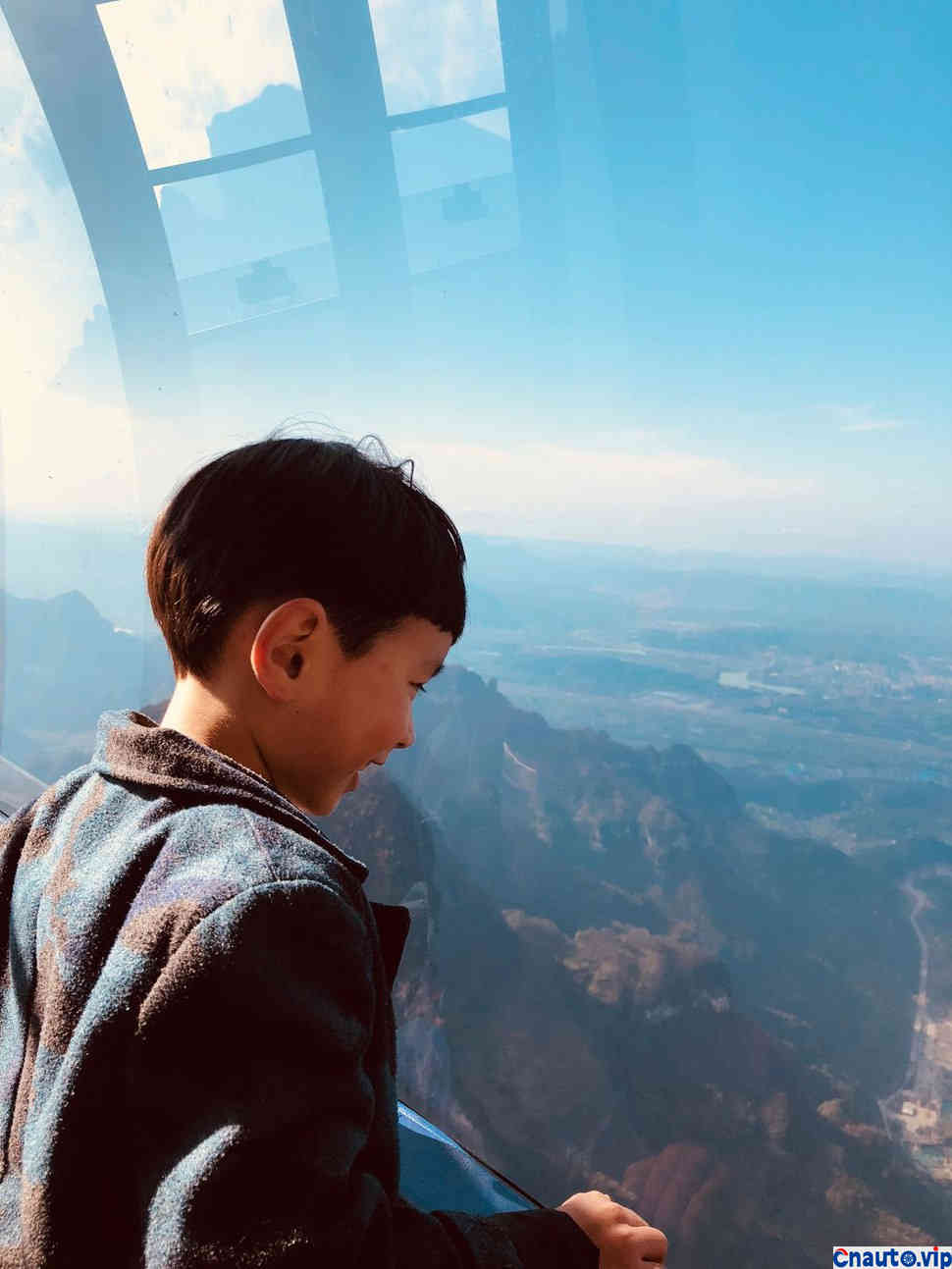


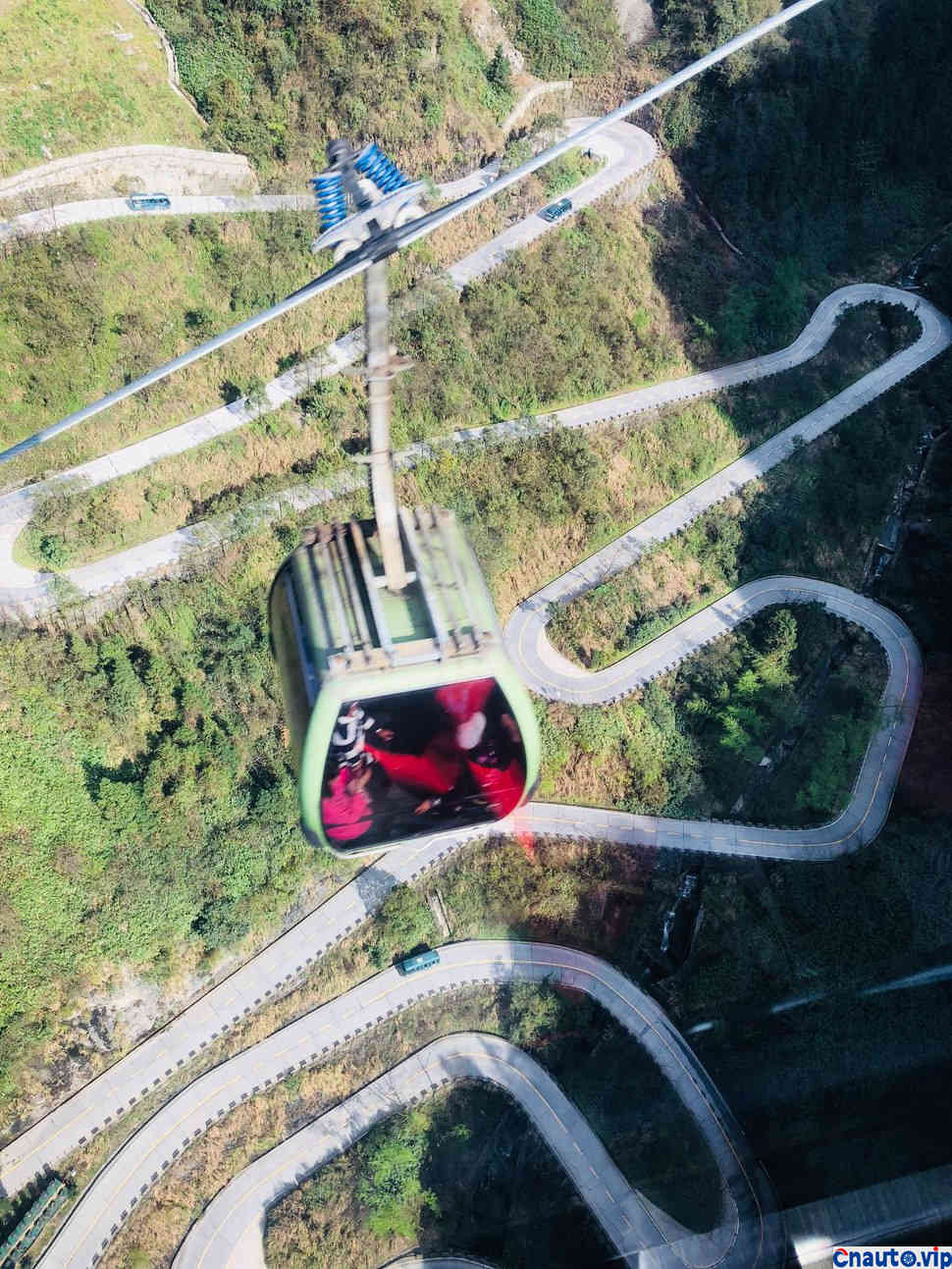


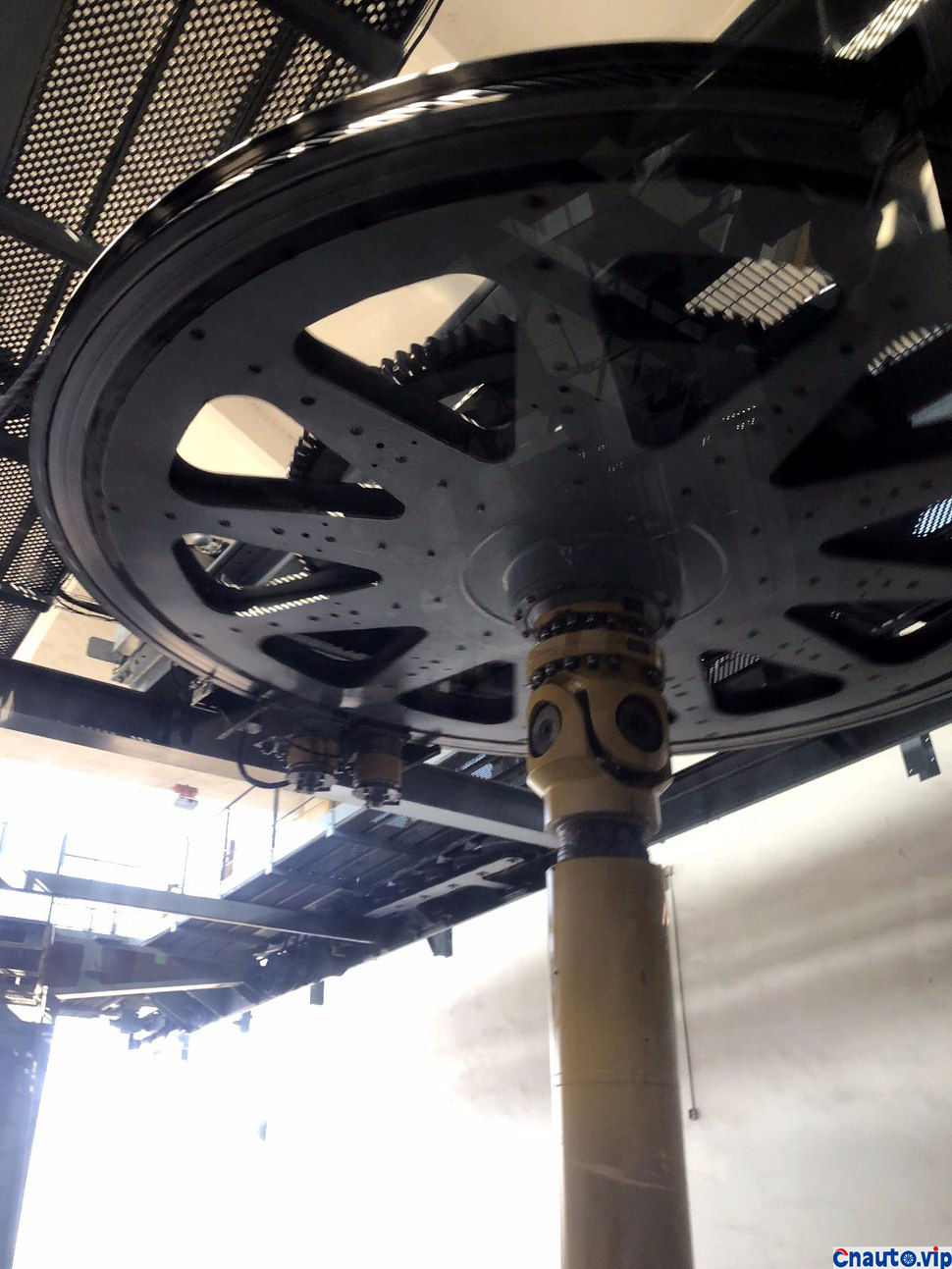

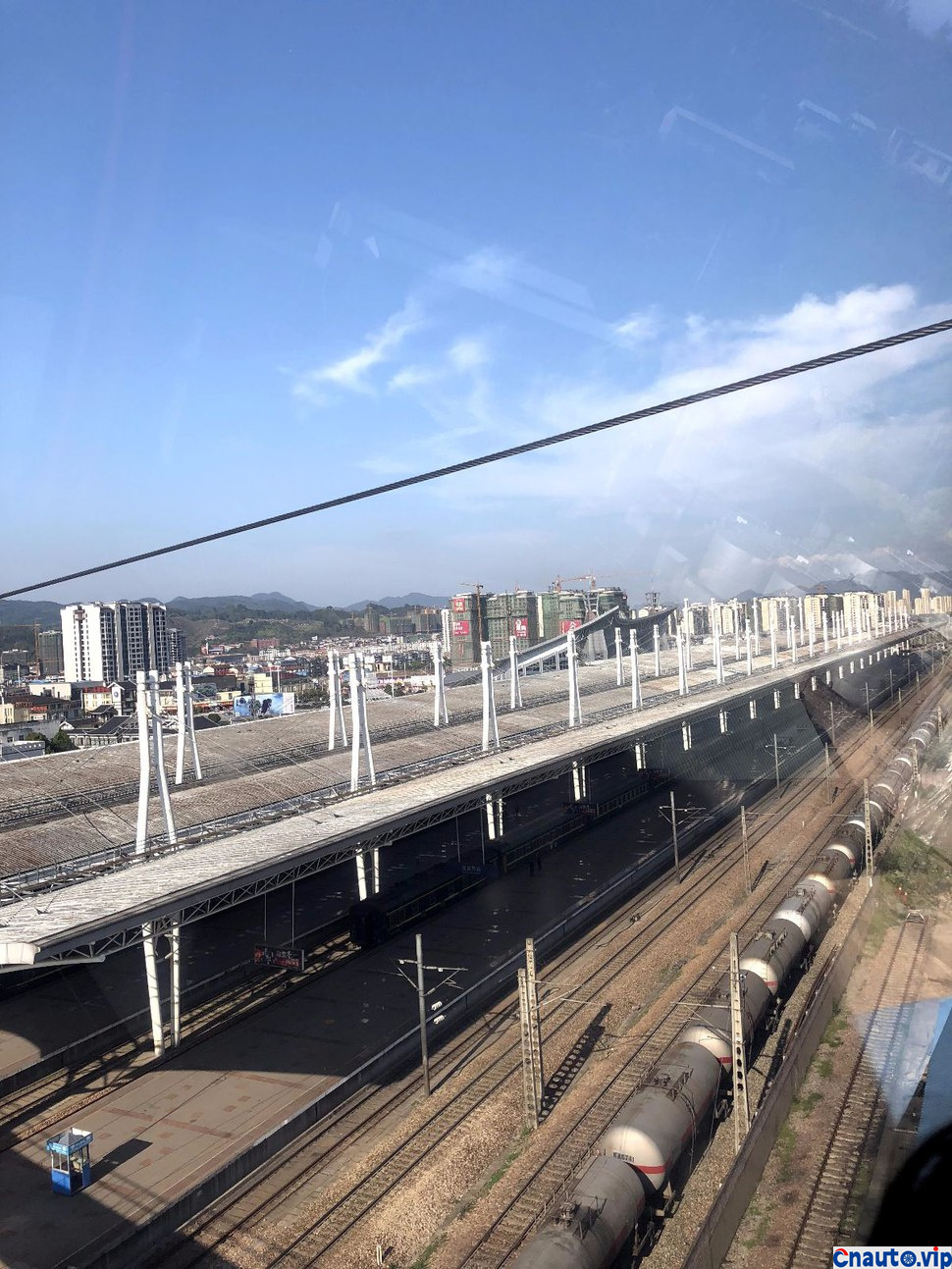

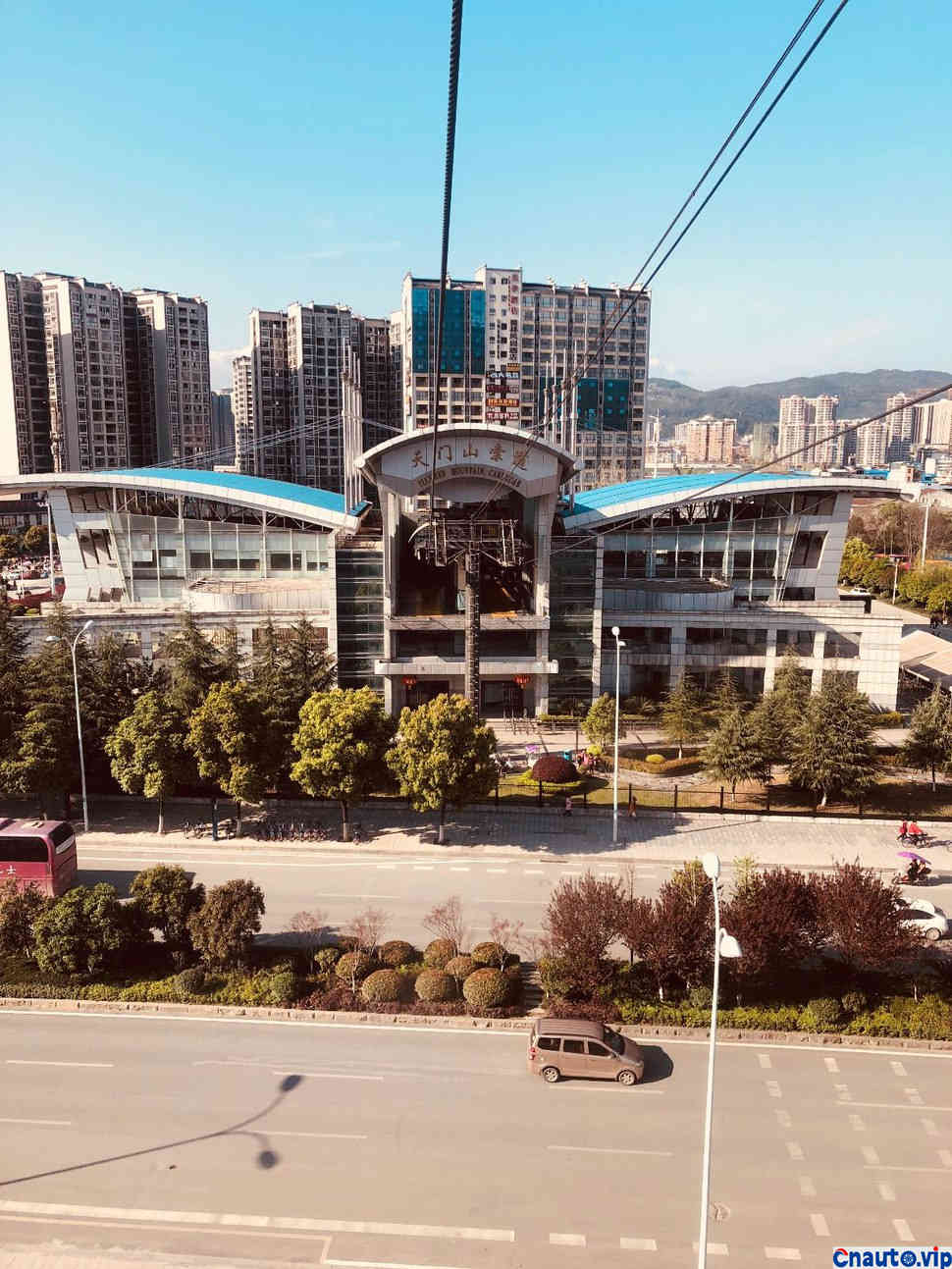


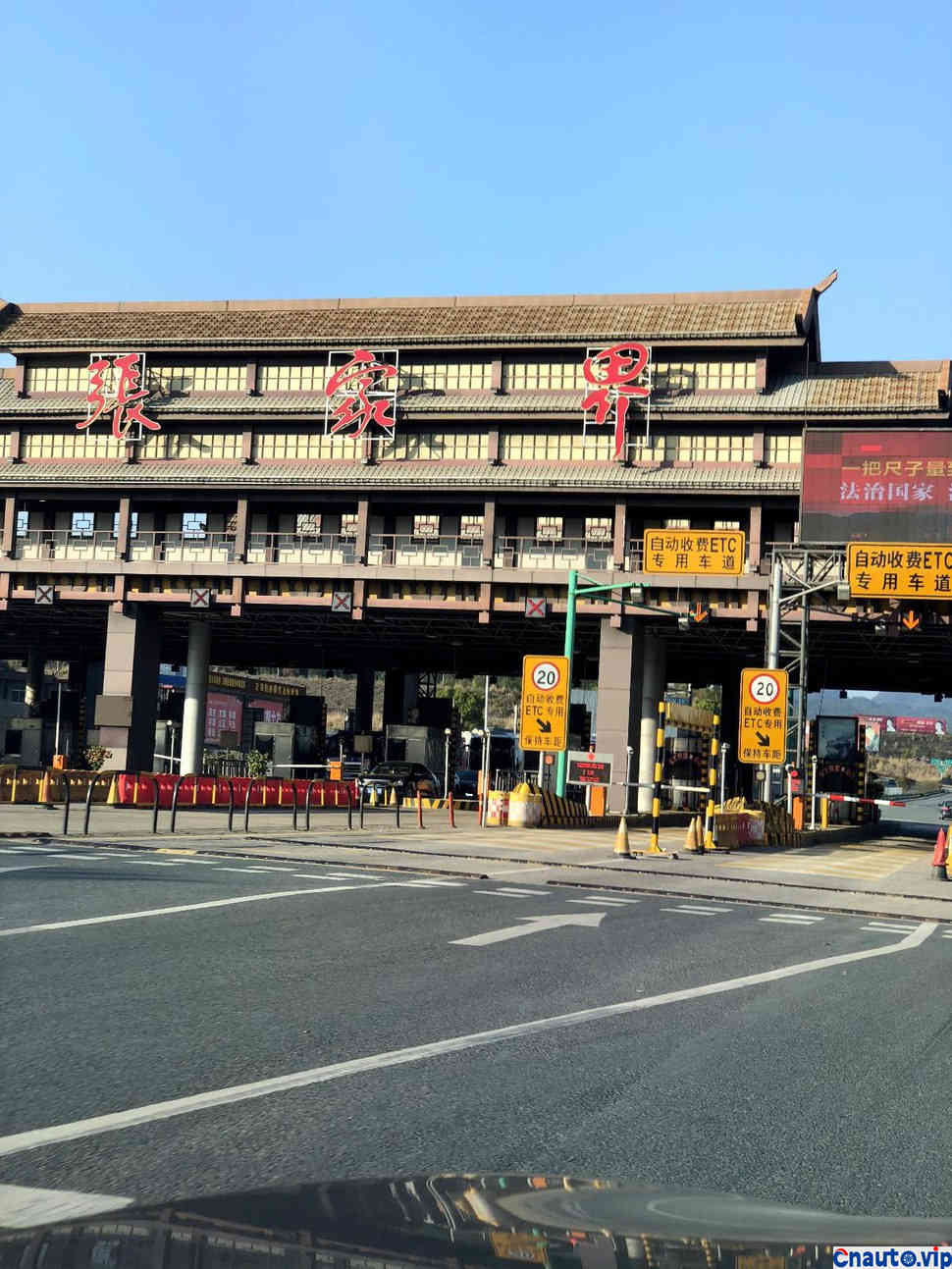

Dongting Lake Bridge of Dayue Expressway is a super large bridge between Linxiang and Yueyang of Hangzhou-Rui Expressway in Hunan Province. Hangzhou-Rui Expressway is the 12th horizontal line in the national highway network, and it is also an important transportation channel running through the eastern, central and western regions of our country. Dayue Expressway is the easternmost section of Hangzhou-Rui Expressway in Hunan Province. It starts from Linxiang boundary, passes through Zhanqiao, Hefei, Hengpu and Junshan District, and ends with ten brigades of Jianxin Farm with a full length of 72.433km.
Dongting Lake Bridge of Dayue Expressway is located at the confluence of Dongting Lake into the Yangtze River, from Qili Mountain of Yueyang City in the east, across Dongting Lake and Jun Mountain in the west. The bridge is a key control project of Dayue Expressway with complex conditions and large scale. The bridge adopts the standard construction of two-way six-lane highway, the design speed is 100Km/h, the deck width is 33.5 m, the main bridge is arranged as (1480-453.6) m double-tower and double-span steel truss suspension bridge, the total length is 2390.18m, and the height of the main tower is about 236m. When completed, it will become the first steel truss girder suspension bridge with the first span in China and the second largest span in the world.
On February 1, 2018, the Dongting Bridge on Hangzhou (Hangzhou) Ruili (Ruili) Expressway was completed and opened to traffic.





Recommended Suppliers
 April 1, 2024
April 1, 2024  March 27, 2024
March 27, 2024 
 March 27, 2024
March 27, 2024 










